All of those policies include necessities associated with cybersecurity. Cybersecurity for Financial Services is particularly guided by frameworks such as the Payment Card Industry Data Security Standards (PCI-DSS), for instance, provide methods to stable cardholder information, manage get right of entry to and factor-of-sale safety systems, and preserve a records protection policy that identifies and protects sensitive records, at the same time as testing tactics and monitoring networks.
As financial establishments in Singapore increasingly navigate the digitization of operations and provide more state-of-the-art online offerings, they’re also increasingly encountering cybersecurity threats. As high‐risk establishments, the effects of a data breach, ransomware attack, or fraud dedicated to them can result in extensive financial and reputational damage.
This blog will explore the cybersecurity for financial services in Singapore, the most effective solutions to combat these threats, and the laws and regulations applicable to the organization in Singapore. Throughout this post, we will also refer to Qualysec, a reputable firm in the cybersecurity domain, which also services financial institutions in Singapore, as a provider of security and policy compliance.
Read our recent blog on Cybersecurity for Fintech companies
What is Cybersecurity for Financial Services?
Cybersecurity for financial services defines the methods, technologies and processes in properly protecting financial institutions (like banks, credit unions, financial statement firms, insurance firms, etc) against susceptibility or malicious events. Perhaps even more than other industries, financial institutions are extremely at risk of breaches due to the core functions of their organizations – wire transfers, digital payments, online banking, customer data management, etc.
Vital parts of cybersecurity in finance are:
- data coding
- Multi-factor authentication (MFA)
- Compliance of Security and Auditing
Common Cyber Attacks in Banks
Cybercriminals use a range of strategies to take advantage of flaws in financial systems. The most often seen cyber attacks against banks are:
|
Attack Type |
Description |
|
Phishing |
Deceptive emails trick users into revealing sensitive information |
|
Ransomware |
Malware that encrypts data and demands a ransom to restore access |
|
DDoS Attacks |
Overloads bank servers with traffic, disrupting services |
|
Credential Stuffing |
Uses stolen credentials from breaches to access customer accounts |
|
Insider Threats |
Employees or partners who misuse their access for malicious intent |
|
Man-in-the-Middle |
Intercepts communications to steal or manipulate transaction data |
Pros and Cons of Cybersecurity in Finance
While cybersecurity offers immense benefits to financial institutions, it also presents challenges that require careful consideration.
|
PROS |
CONS |
|
Protects sensitive customer data |
High initial implementation and maintenance costs |
|
Ensures compliance with regulatory laws |
Requires constant updates and monitoring |
|
Maintains customer trust and brand image |
Can impact user experience if overly restrictive |
|
Prevents financial loss from cyberattacks |
Skilled cybersecurity talent is in short supply |
|
Enables secure digital transformation |
Complex systems may face integration challenges |
Importance of Cybersecurity for Financial Services
Some of the reasons for the need for cybersecurity matters for financial services organizations include the following:
1. Protection of Sensitive Data
All economic institutions manage a substantial amount of personal and monetary records about clients. This includes patron names, addresses, social security numbers, credit card statistics, transaction histories, and many different touchy pieces of information. This data value considers customers and hackers. Hackers use this information to pursue fraudulent activities.
Financial services companies use different cybersecurity technologies to protect sensitive financial data. Some technologies include encryption, secure networks, and authentication mechanisms that demonstrate that authorized users and systems only access sensitive data. Cybersecurity protects sensitive data at rest and in motion and provides software and hardware mechanisms that detect and respond if any unauthorized access or exploits appear, limiting any damage.
2. Prevention of Financial Loss
Cyber attacks introduce considerable financial loss for businesses. Cybercriminals attack financial services organizations to steal money by theft from bank accounts, misappropriating stolen credit card information for purchases, and other monetary means. In addition, data breaches carry costs related to regulatory fines to legal costs, damage, and loss of reputation to the organization. Because of incidents like these, the cost of cybercrime is increasing in the financial services space.
Cybersecurity for financial services helps prevent loss from these attacks. Cybersecurity provides various purposes within network security, intrusion detection systems, malware protection, and other offerings to reduce the impact of cyber attacks or even prevent them from the start.
3. Maintaining Consumer Trust
Trust is the bedrock of the financial services industry. Customers entrust their money and personal information to financial institutions, expecting it to be safeguarded from loss, manipulation, or misuse. Any breach of this trust, such as a successful cyber attack, can have catastrophic effects on a financial organization’s reputation and relationships with its customers. By protecting financial transactions and consumer data, cybersecurity for financial services helps to uphold consumer trust. Cybersecurity provides customers with the confidence of knowing their data and money are safe, which contributes to customer faith in the financial institution’s services.
4. Regulatory Compliance
In addition to consumer trust, financial institutions also act according to strict regulations. These rules establish a framework for the anticipated security, protection, and integrity of the economic structures and their clients. Regulatory frameworks include but aren’t restricted to the Bank Secrecy Act (BSA), Dodd-Frank Act, Sarbanes-Oxley Act (SOX), and Payment Card Industry Data Security Standards (PCI DSS).
The Rising Importance of Cybersecurity in Singapore’s Financial Sector
Singapore, with its 1,200-plus financial institutions, is a global financial hub. These institutions, including banks, fintechs, insurance companies, and asset managers, play a crucial role in the country’s digital transformation, a strategic initiative led by the Monetary Authority of Singapore (MAS) through the creation of the Smart Financial Centre. As they embrace digitalization, cybersecurity has become a significant concern for these financial service agencies.
Cybercriminals are not only targeting financial service companies for financial gain but also to disrupt economies and undermine public trust in these institutions. The need for robust cybersecurity measures has never been more urgent in Singapore’s financial sector.
Key Cybersecurity Threats for Financial Institutions in Singapore
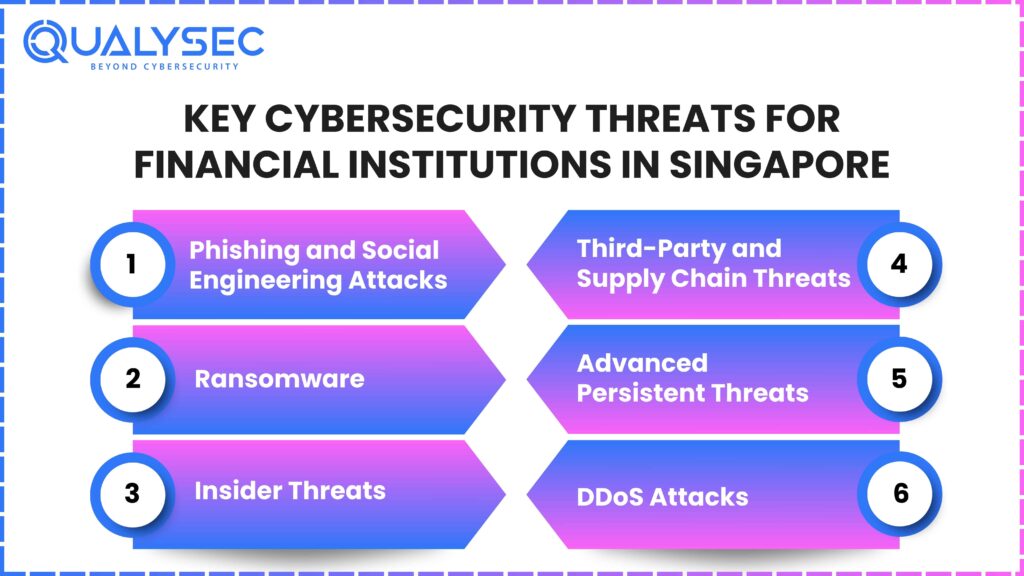
Financial institutions deploy a variety of cybersecurity solutions to protect their services and customer data from cyberattacks. Here are some of the key defensive measures in Cybersecurity for Financial Services:
1. Phishing and Social Engineering Attacks
Attackers can trick personnel into disclosing sensitive statistics or moving finances through the use of misleading emails, messages, or telephone calls. These assaults can be exceptionally sophisticated and localized to stay away from detection.
2. Ransomware
Cybercriminals use ransomware to encrypt data associated with finance and demand payment to decrypt it. If the attack is a hit, the attack can freeze, paralyze, or almost terminate operations and result in giant financial losses.
3. Insider Threats
Employees and contractors are an insider hazard. Malicious or careless personnel or contractors may additionally inadvertently or intentionally divulge facts or structures to some form of cyber risk. This is the major challenge for any enterprise handling sensitive monetary data.
4. Third-Party and Supply Chain Threats
A financial group may additionally have to depend on third-party vendors for cloud services, software services, and data processing. Third-party vendors can increase the attack in addition to introducing new threat vectors.
5. Advanced Persistent Threats
State-sponsored organizations or organized groups may attempt to target the same business and execute a coordinated, sustained attack to exfiltrate intellectual property or financial data over a significant period.
6. DDoS Attacks
A Distributed Denial of Service (DDoS) attack is capable of disrupting online banking services and online trading, which affects customer trust and revenue.
Learn how penetration testing for financial services can help protect your financial business from cyber threats.
Latest Penetration Testing Report
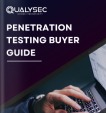
Cybersecurity Solutions for Financial Firms
To address these threats, financial institutions in Singapore must implement a multi-layered cybersecurity approach that integrates technology, processes, and personnel awareness and training.
1. Regular Penetration Testing and Vulnerability Assessments
Penetration testing, or “moral hacking” checks, are done regularly to show and remediate vulnerabilities in an organization before malicious actors threaten to take advantage of them. Vulnerability checks offer a non-stop view of an organization’s protection posture.
2. Security Information and Event Management (SIEM)
Security Information and Event Management (SIEM) solutions, when utilized, can acquire and aggregate both established and unstructured security records from multiple resources and analyze the facts in real-time to identify anomalies and offer the capability to shape a rapid reaction to cope with cyber threats.
3. Endpoint Detection and Response (EDR)
EDR has the function of constantly monitoring laptop computers, servers, mobile devices, etc., being used in organizations to detect cyber threats in real time and contain the threat.
4. Multi-Factor Authentication (MFA)
Multi-factor authentication is an additional measure to add extra protection against hacked credentials, requiring the user to verify their identity using two or more credentials.
5. Data Encryption and Tokenization
Data encryption is an important way to protect customer information in case the systems are compromised, so cybercriminals cannot use the information they retrieve. Tokenization is similar, but with tokenization techniques, it will further protect the sensitive financial information.
6. Employee Training and Cyber Awareness
Regular training curricula can help employees be more aware of the latest phishing schemes and prepare them to respond to cyber threats.
7. Incident Response Plans and Disaster Recovery Plans
As a matter of policy, every financial institution must have an incident response plan that is documented and tested to ensure the organization can mitigate the cyber incident and take steps to recover.
Singapore-Specific Cybersecurity Regulations and Compliance
The Monetary Authority of Singapore (MAS) has strong cybersecurity regulations established for financial institutions that require them to maintain high levels of digital resilience.
1. MAS Technology Risk Management Guidelines (TRM)
The TRM guidelines provide best practices for how to manage technological and cyber risks. The MAS expects that financial institutions will do the following:
- Perform Risk Assessments Regularly
- Use secure development for systems
- Monitor incidents and report security events immediately.
2. MAS Notice 644 and 655
There are also formal documents explaining the expectations of the MAS called Notices. MAS notices impose some mandatory requirements. The Notices for Financial Institutions would be MAS Notice 644 (banks) and MAS Notice 655 (insurance companies). Compliance with these Notices is mandatory and includes expectations like:
- Implementing strong authentication
- Logging and monitoring systems
- Conducting penetration tests periodically.
3. Cyber Hygiene Notice
The Cyber Hygiene Notice stated that there needs to be some minimum baseline hygiene procedures, including:
- Implementing security patches promptly
- Protecting the network perimeter
- Taking steps to protect endpoints from malware
4. Personal Data Protection Act (PDPA)
Financial institutions also must comply with the Personal Data Protection Act (PDPA). The PDPA regulates the collection, use, and disclosure of personal data. Breaching the PDPA can result in large penalties.
5. Outsourcing Guidelines
MAS has strict outsourcing guidelines to create a managed expectation for third-party vendor management. This ensures that outsourced services do not introduce unknown security incidents.
Failure to comply with all these regulatory principles can result in regulatory action, including fines, suspension of the license, or reputational risk.
How Qualysec Helps Singapore Financial Firms Stay Secure

Qualysec is a prominent cybersecurity service provider that works with financial organizations based in Singapore to protect their digital assets and assist with compliance requirements.
1. Full-Scope Penetration Testing Services: Qualysec conducts comprehensive penetration testing across all attack vectors, such as web, mobile, API, cloud, and network, to help organizations find and fix gaps in their security.
2. Preparedness for Regulatory Compliance: Qualysec helps organizations align with the regulatory guidelines from the Monetary Authority of Singapore – Technology Risk Management Guidelines, Cyber Hygiene Notice, and PDPA through audit examination of their cybersecurity maturity as well as compliance assessments.
3. Customized Security Solutions: From SIEM integration, EDR deployment, and vulnerability management, Qualysec can provide clients with tailored cybersecurity solutions that factor in their unique risk context.
4. Security Awareness Training: Qualysec also provides training for organizations so that employees can detect phishing, be more vigilant of social engineering attacks, and understand service provider risks.
5. 24/7365 Security Monitoring: Qualysec Cyber-Awareness Portal allows organizations to access Managed Security Services to provide around-the-clock, real-time threat detection and incident response, as well as log management that is essential for compliance and continuity.
6. Third-Party Risk Management: Qualysec reviews the cybersecurity posture of third-party vendors and can help clients implement security controls to limit risks from third parties.
With an understanding of the unique regulatory landscape of the Singaporean context and peculiarities of the local financial services environment, such as a strong dependence on legacy systems, Qualysec can assist these firms in developing and enhancing their cyber-resilience.
Talk to our Cybersecurity Expert to discuss your specific needs and how we can help your business.
Conclusion
Cybersecurity isn’t non-obligatory for financial establishments in Singapore; it’s miles a business necessity. With the evolving threats and tightening regulatory expectations, Cybersecurity for Financial Services has become increasingly important, and financial institutions must come to be extra proactive as a way to defend their systems, records, and customers.
A complete approach that utilizes best-in-class technology and training alongside regulatory compliance represents a pathway of decreasing threat and increasing stakeholder consideration.
Qualysec is prepared as a strategic accomplice. We can help Singapore’s economic atmosphere to shield itself from the evolving cyber risk panorama, at the same time as maintaining compliance with MAS policies.
Do you need assistance with strengthening your cybersecurity framework?
Reach out to Qualysec experts today for a consultation that meets your business and regulatory requirements in Singapore.
FAQ
1. How does cybersecurity apply to financial services?
In financial services, cybersecurity safeguards against data breaches, fraud, and illegal access. It guarantees that client data, money transfers, and digital banking activities stay safe and adhere to rules.
2. What is the biggest challenge facing the financial services industry?
The most difficult obstacle for the financial services sector is what?
Managing complex cyber attacks and ensuring compliance with quickly changing regulations, while not impacting user experience or customer trust, is the major challenge.
3. What is the scope of cybersecurity’s impact on financial institutions?
Cybersecurity encompasses almost every aspect of the operation of a financial institution, from online transactions and online banking to protecting customer data and regulatory compliance. A breach may harm both reputation and money.
4. Why do hackers target the financial sector?
The financial industry is a great target for cybercriminals looking to abuse flaws for economic advantage or disruption since it provides access to sensitive information and direct financial incentives.

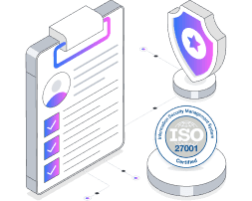



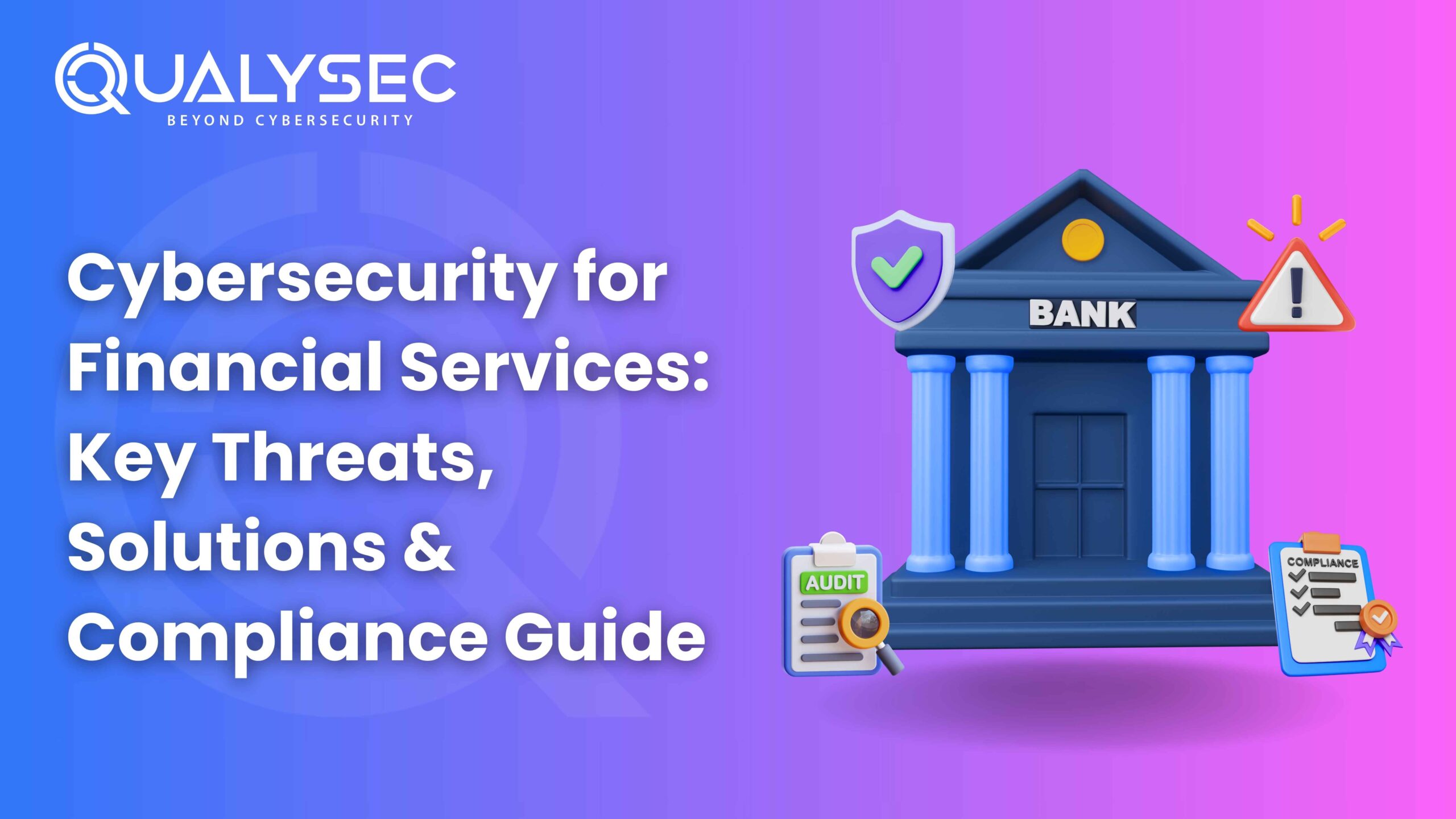



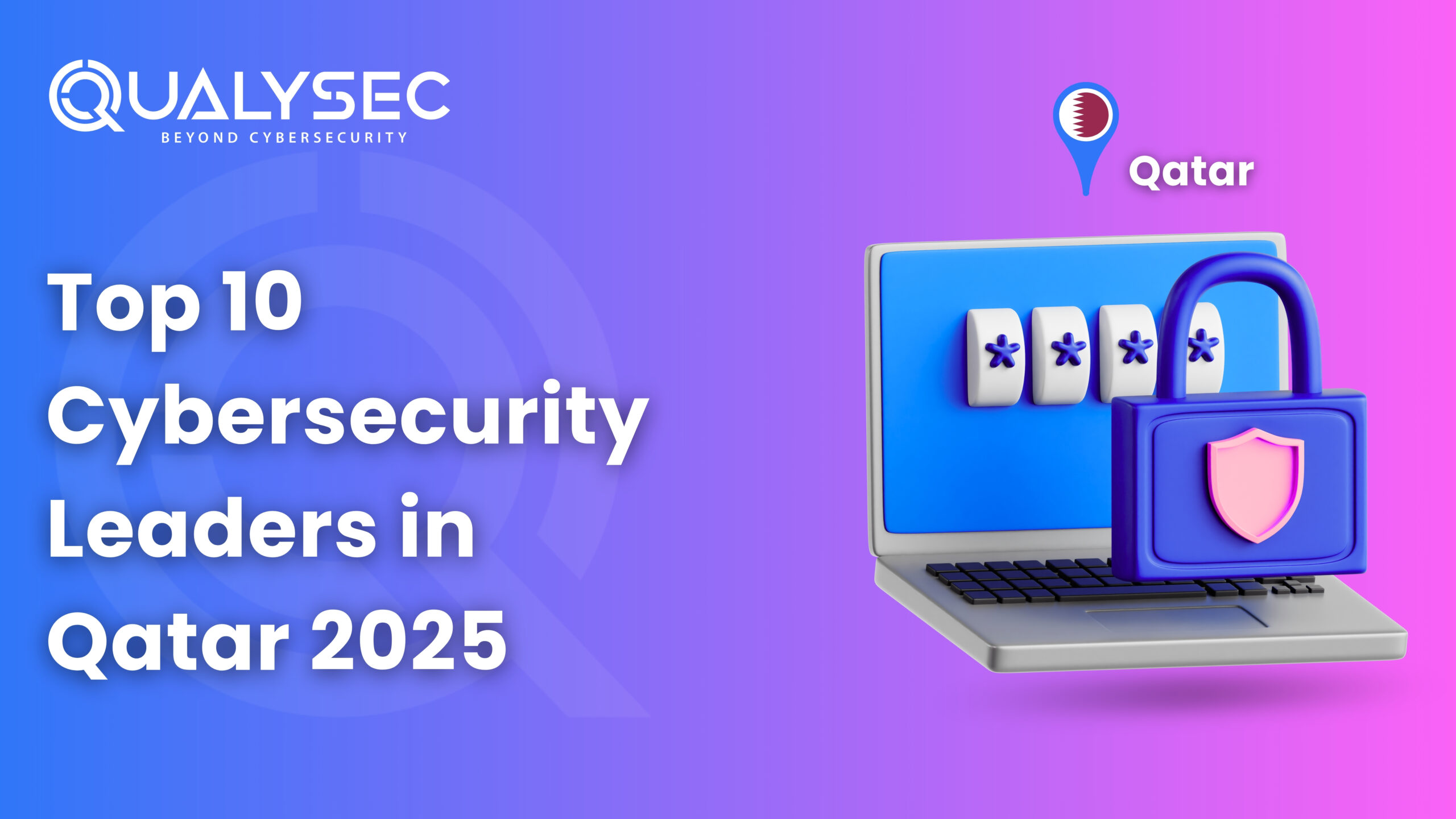
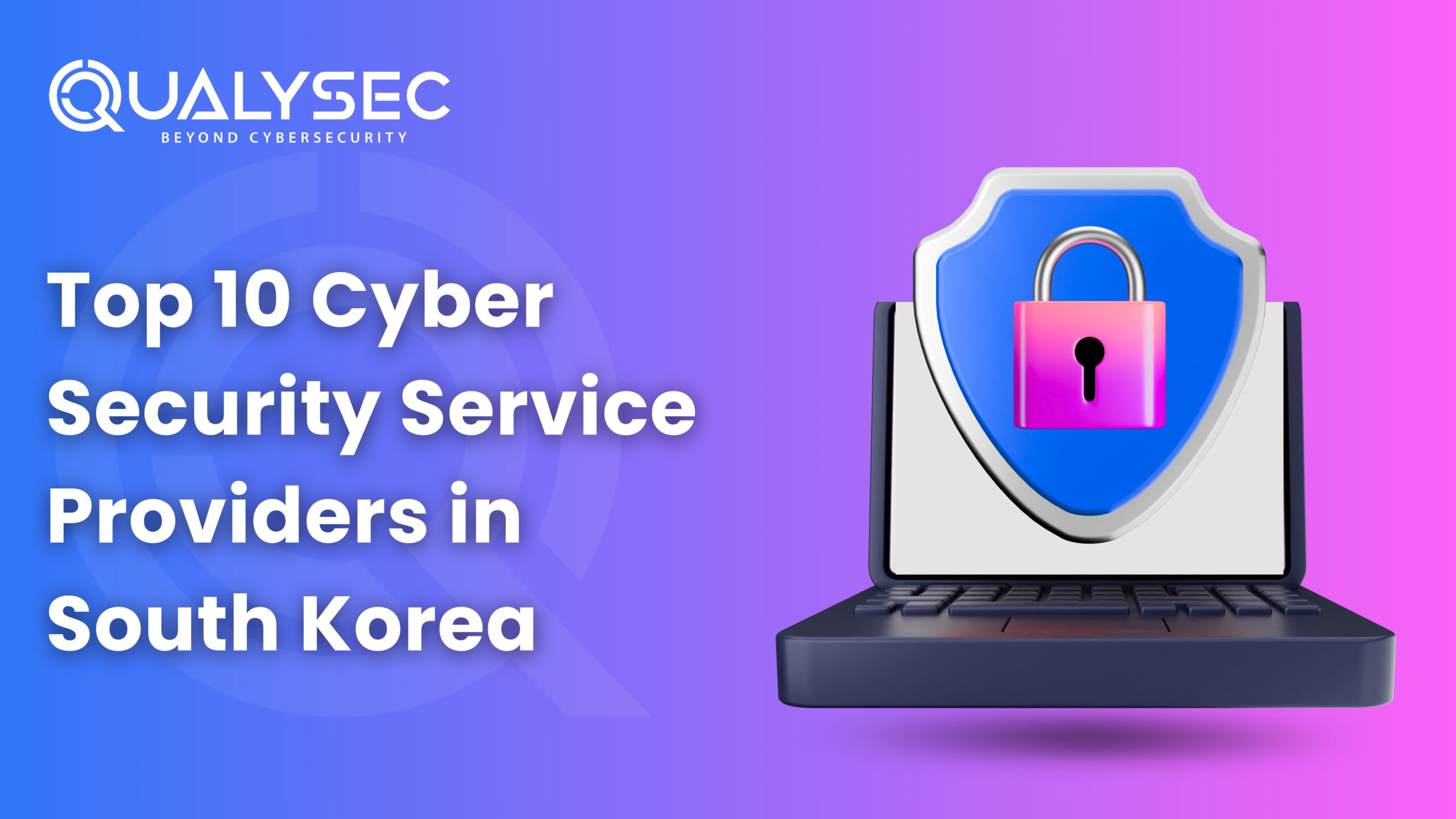
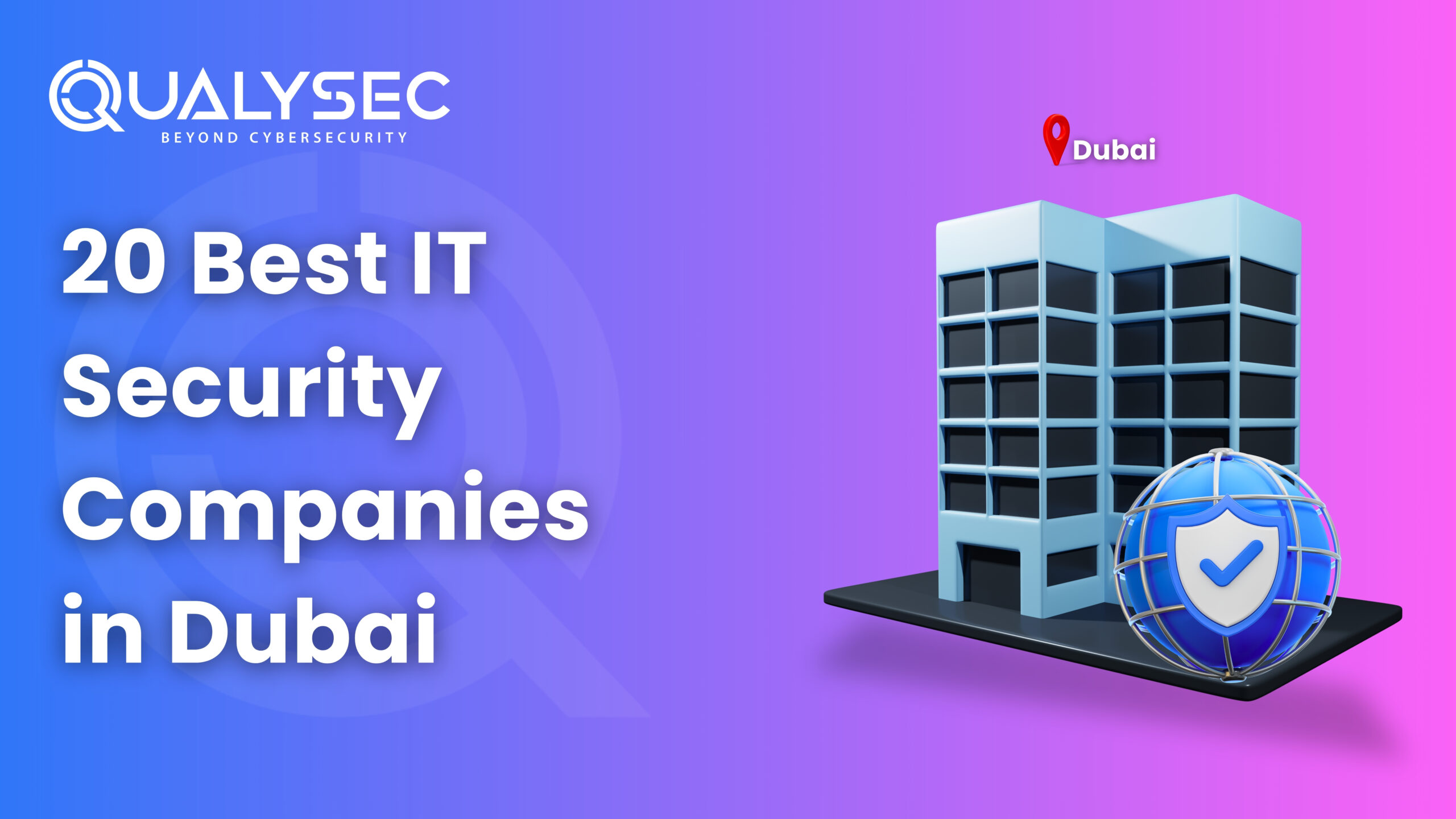
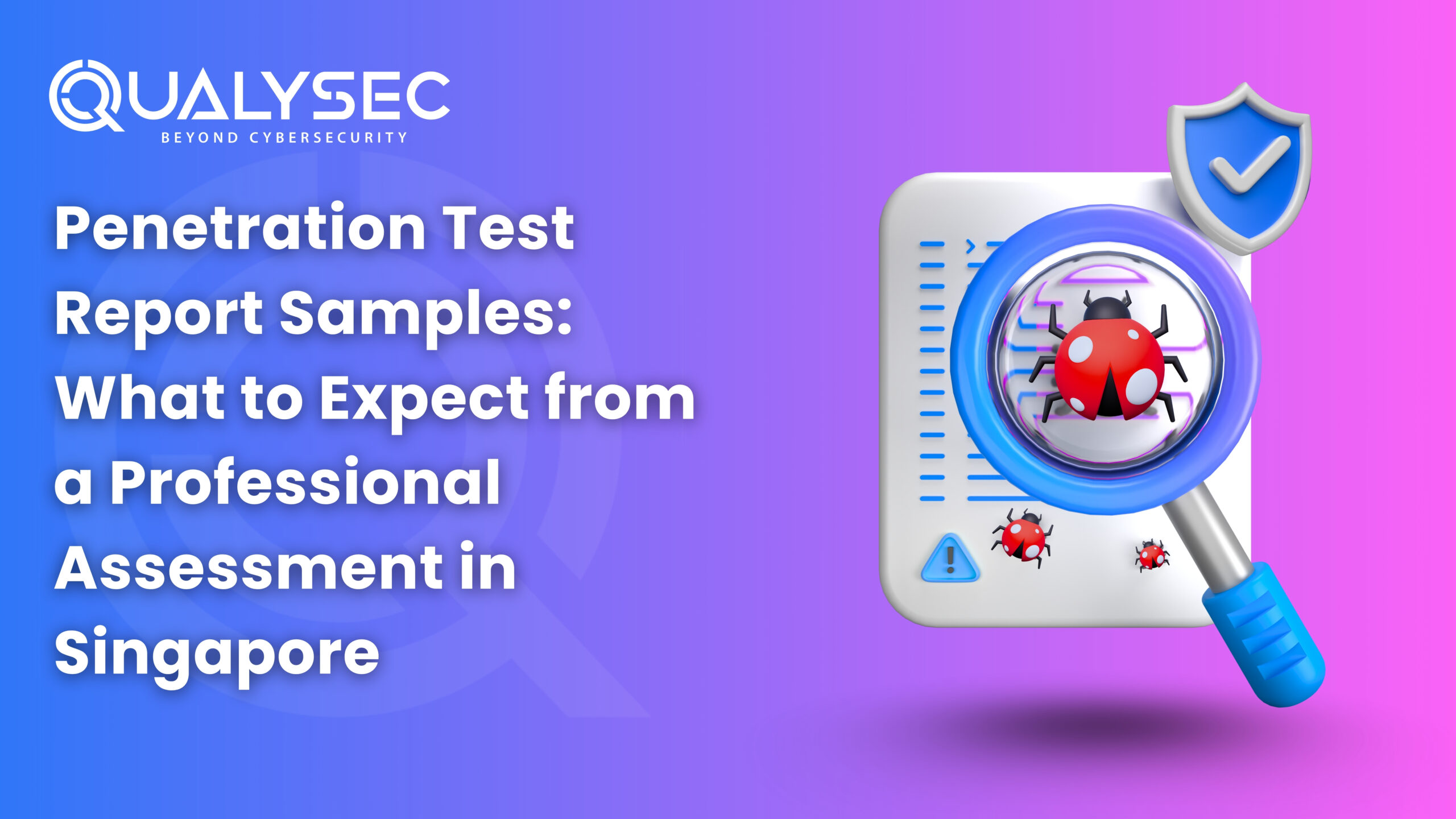

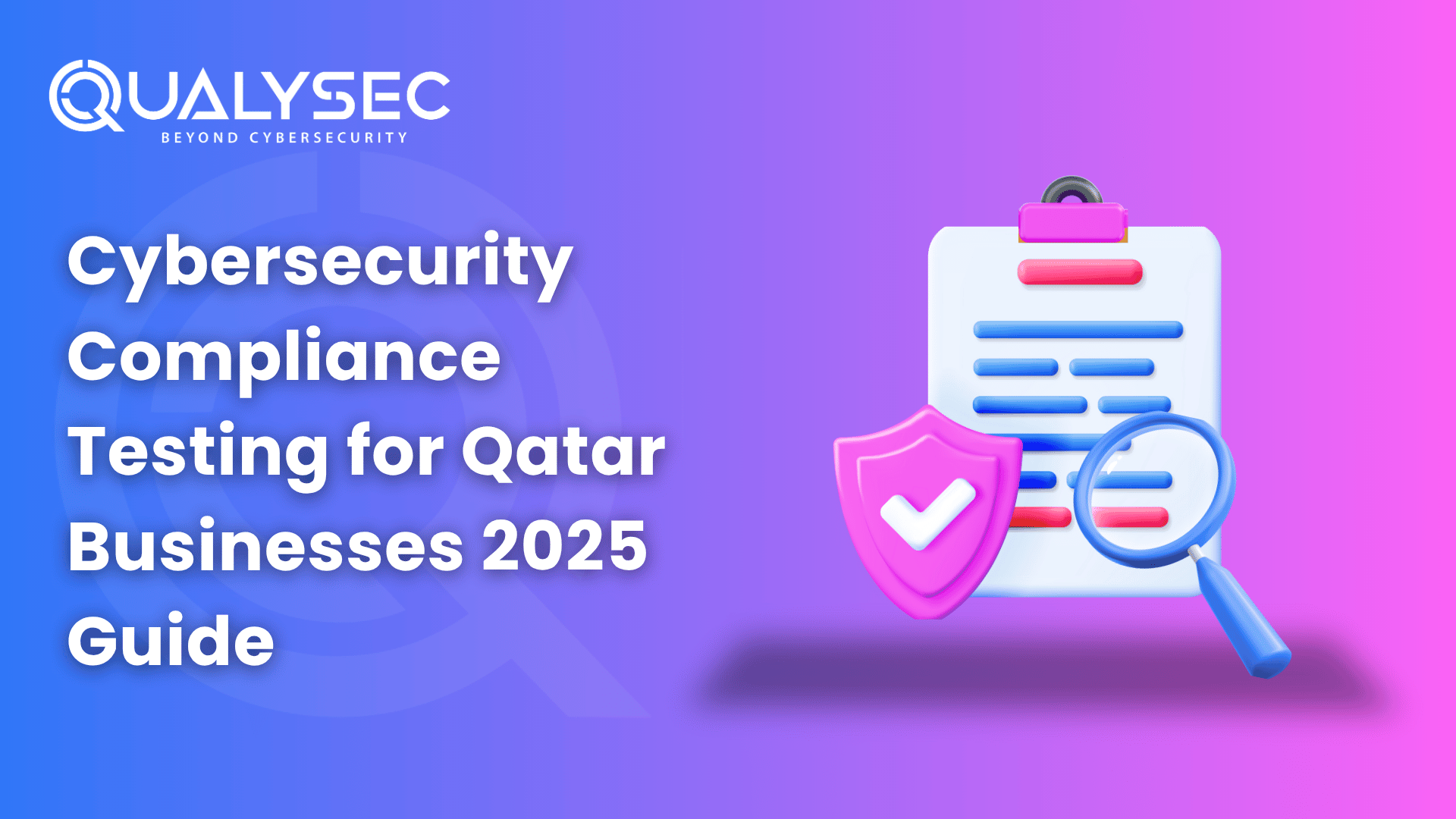
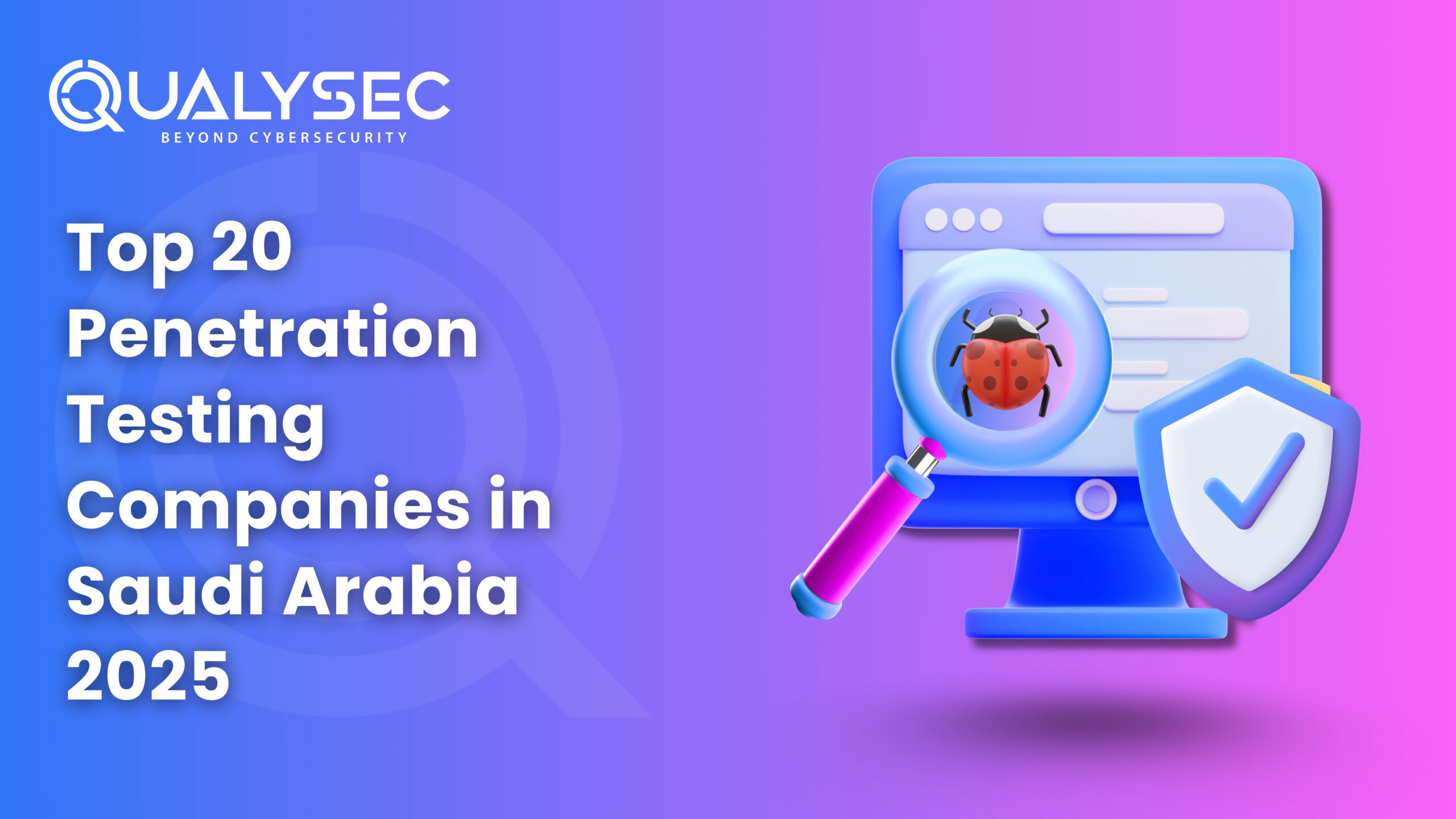
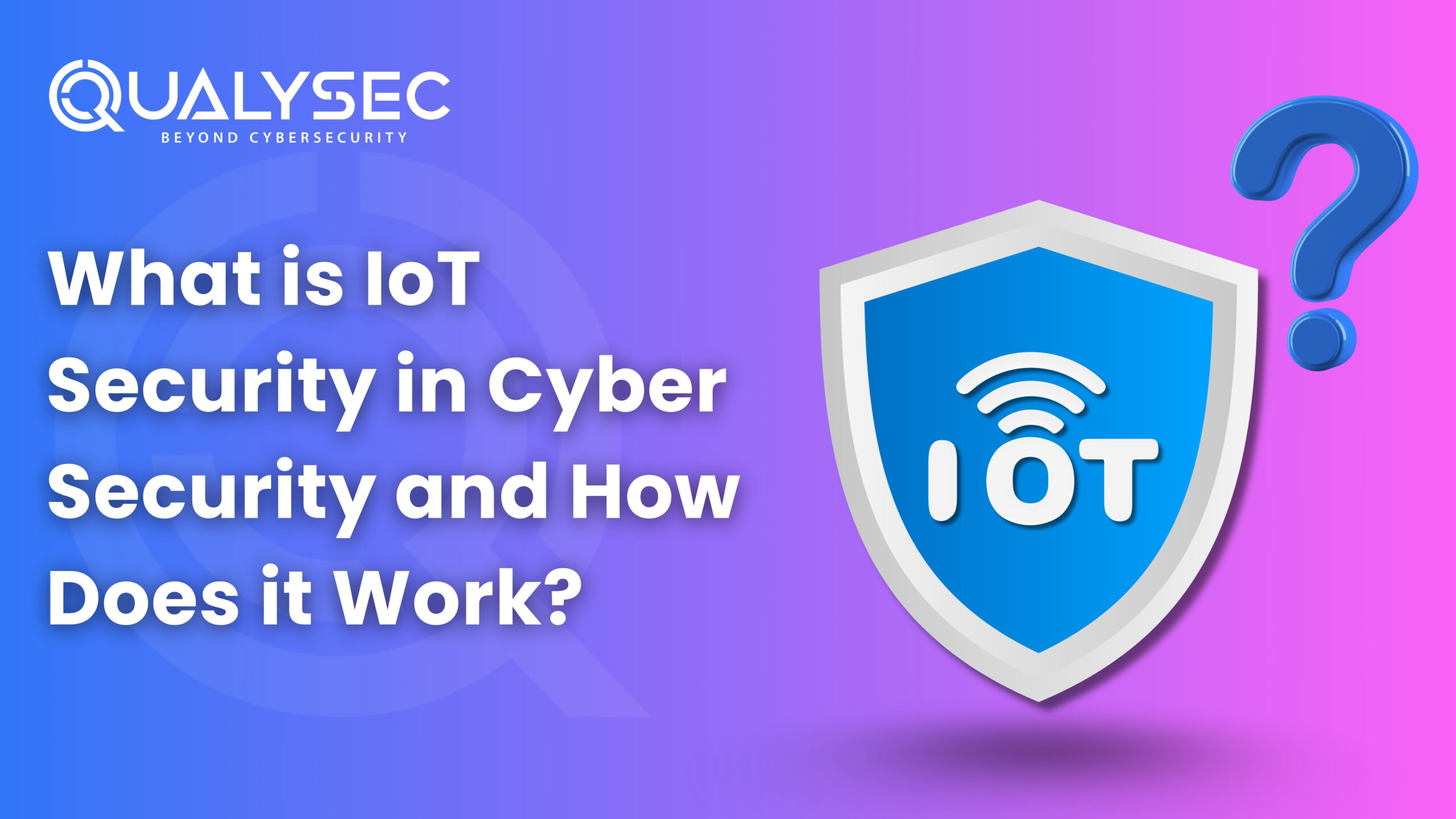
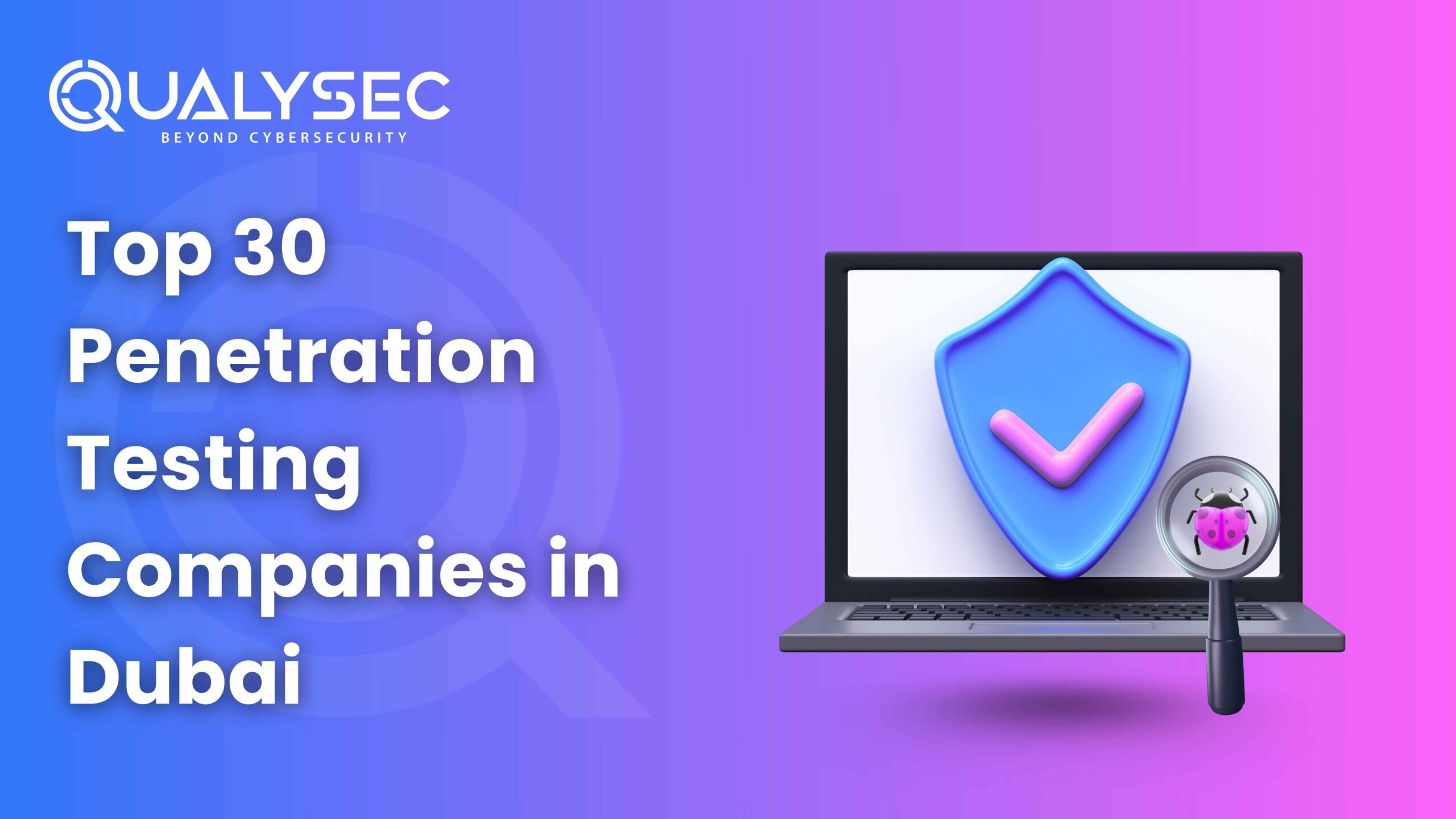

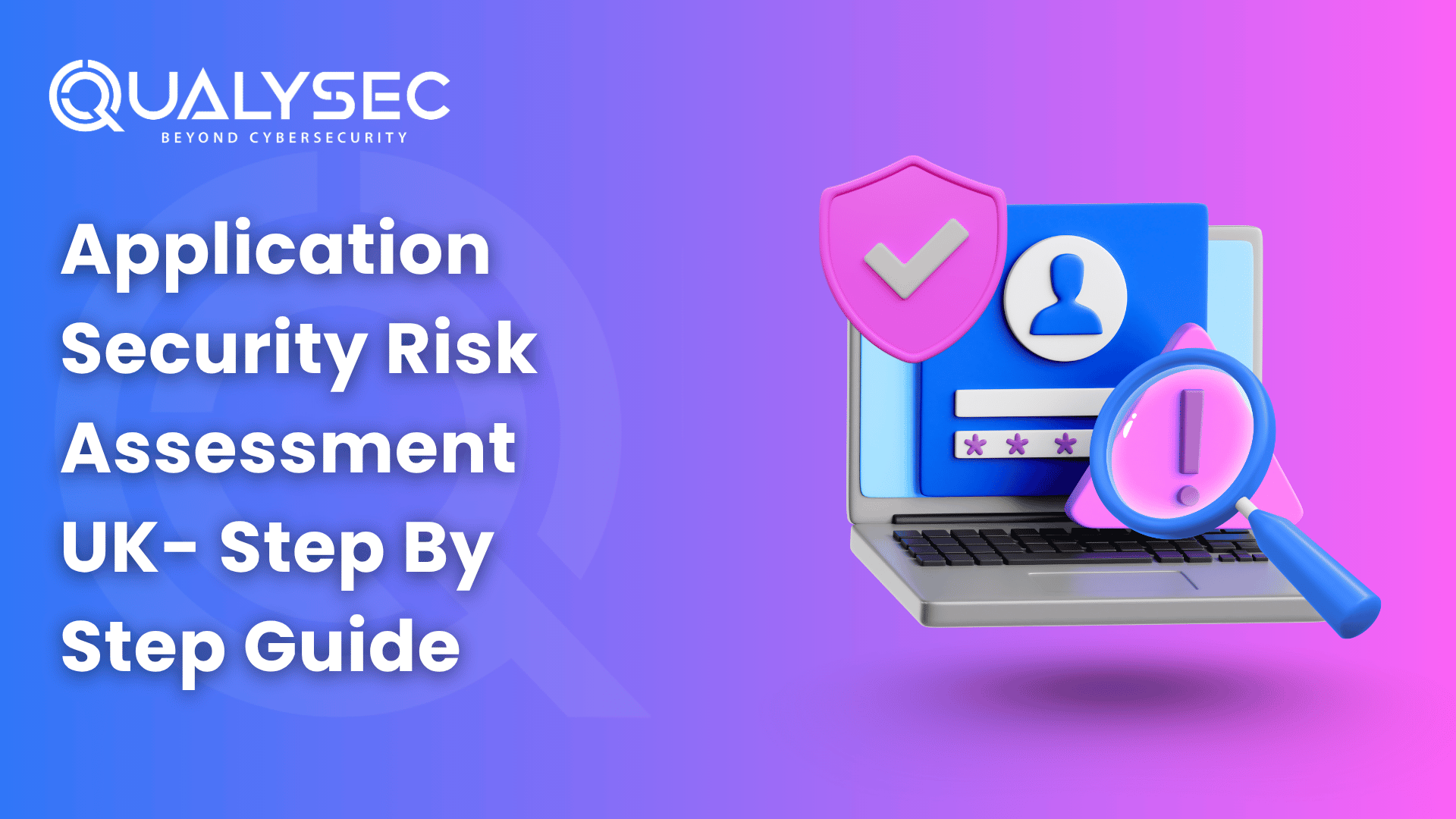
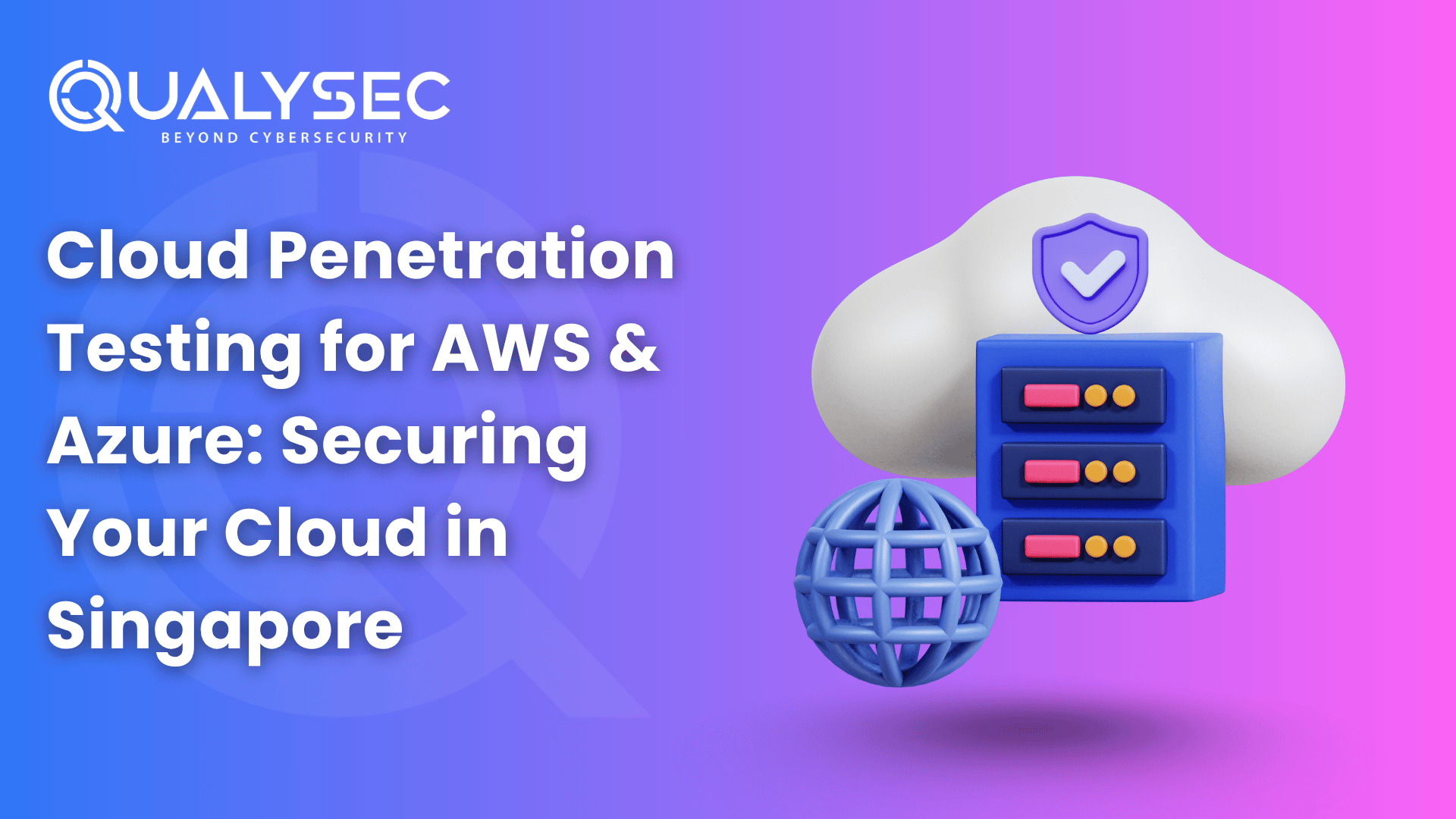
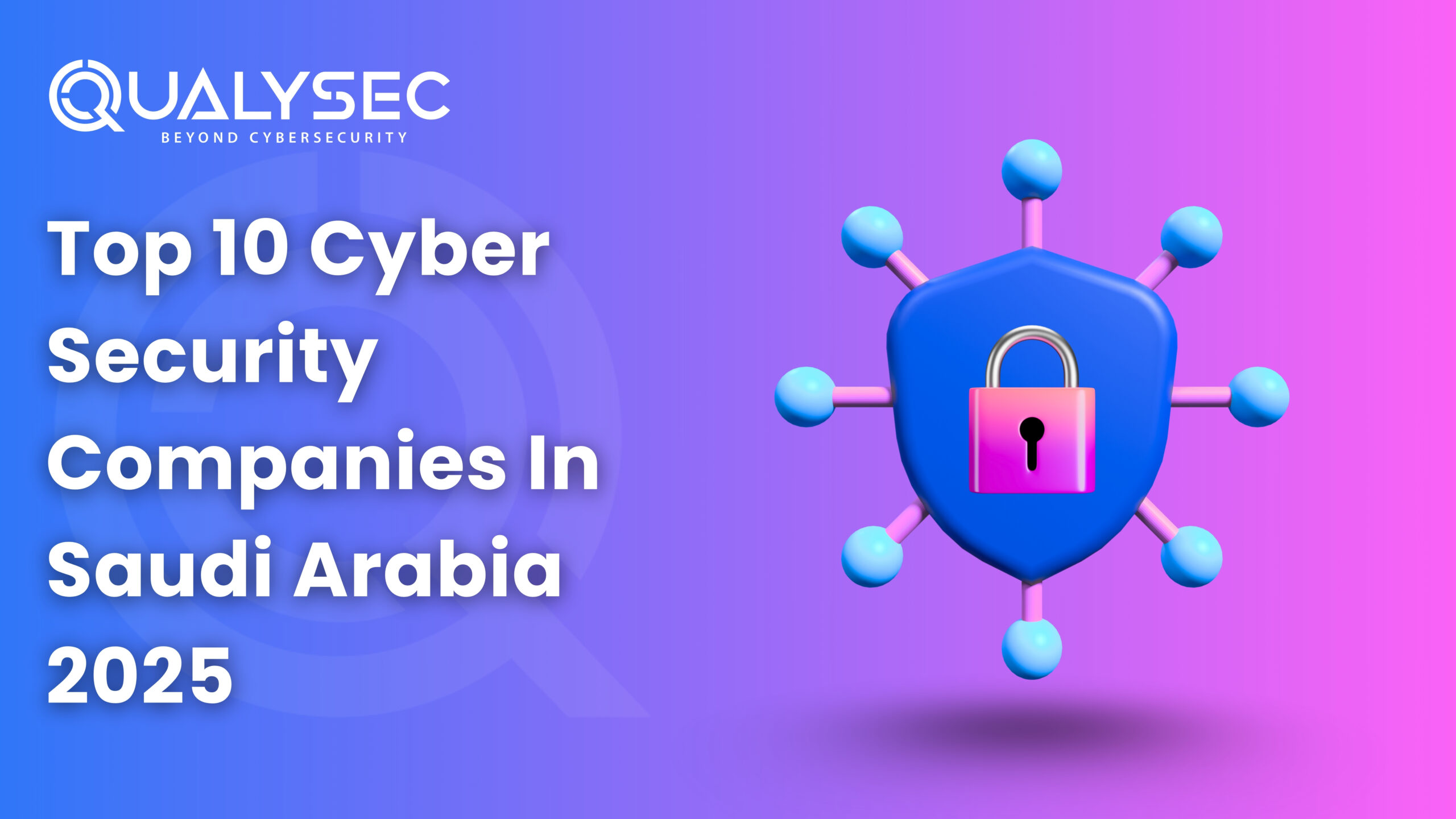
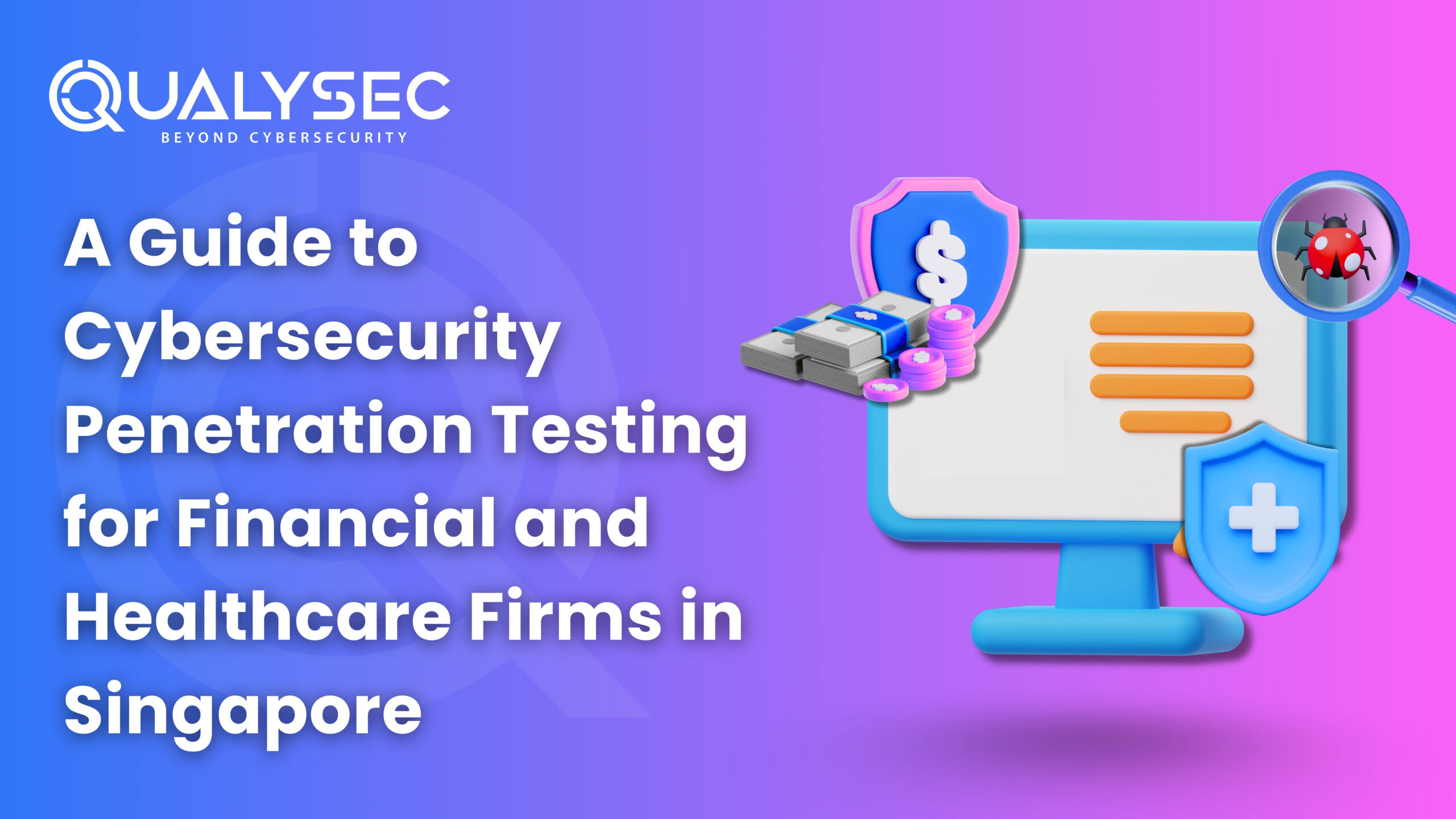

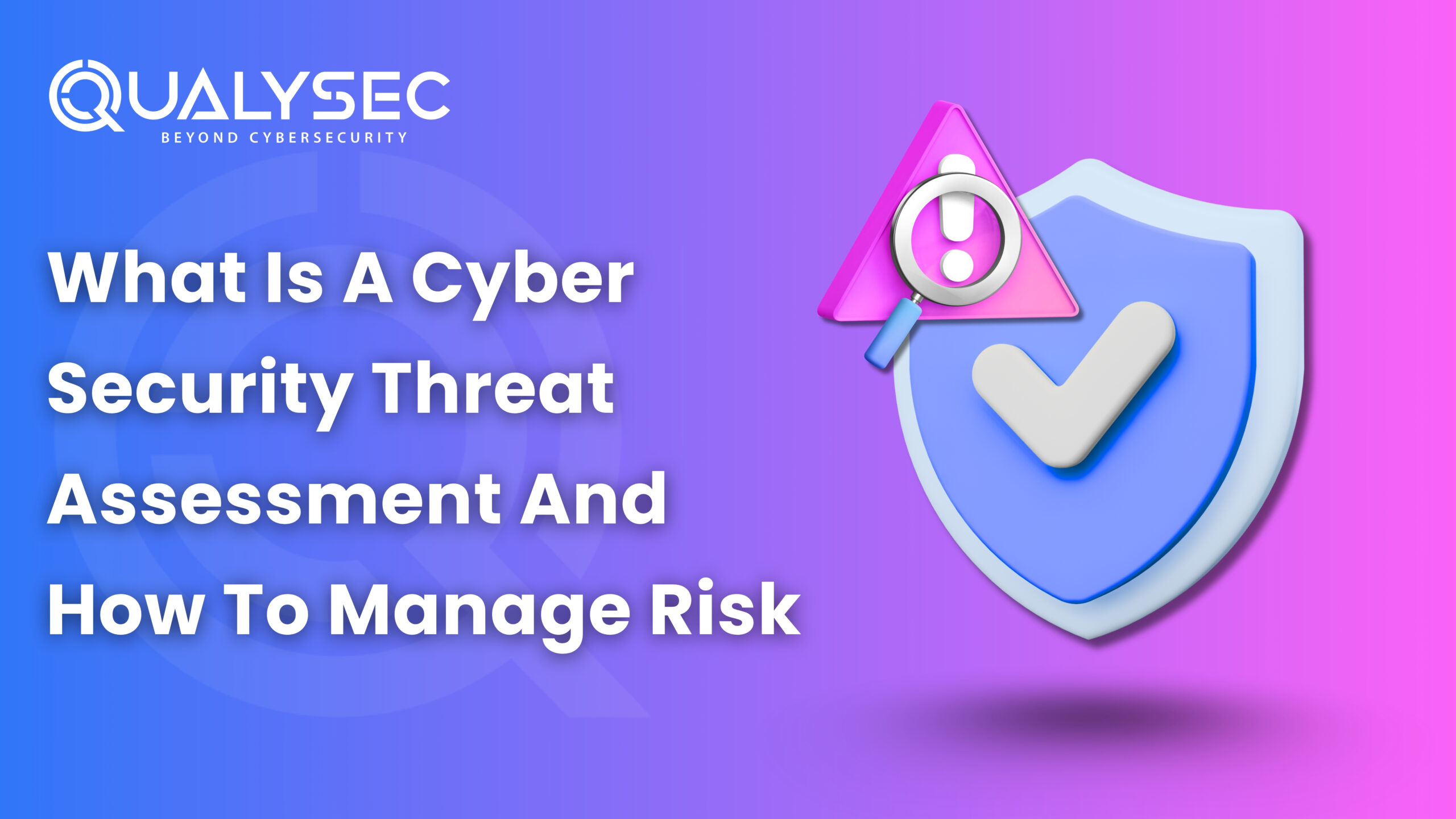



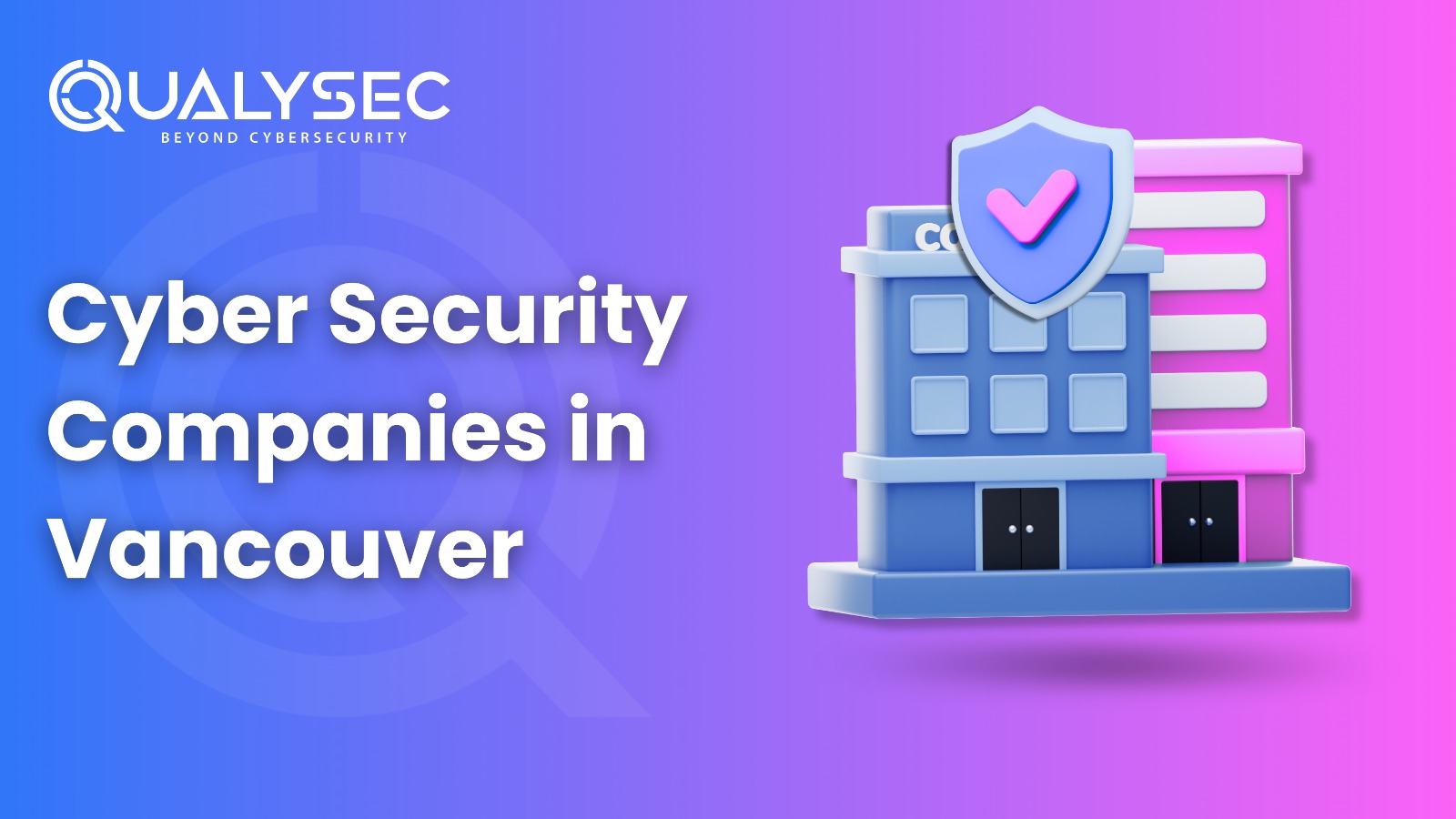
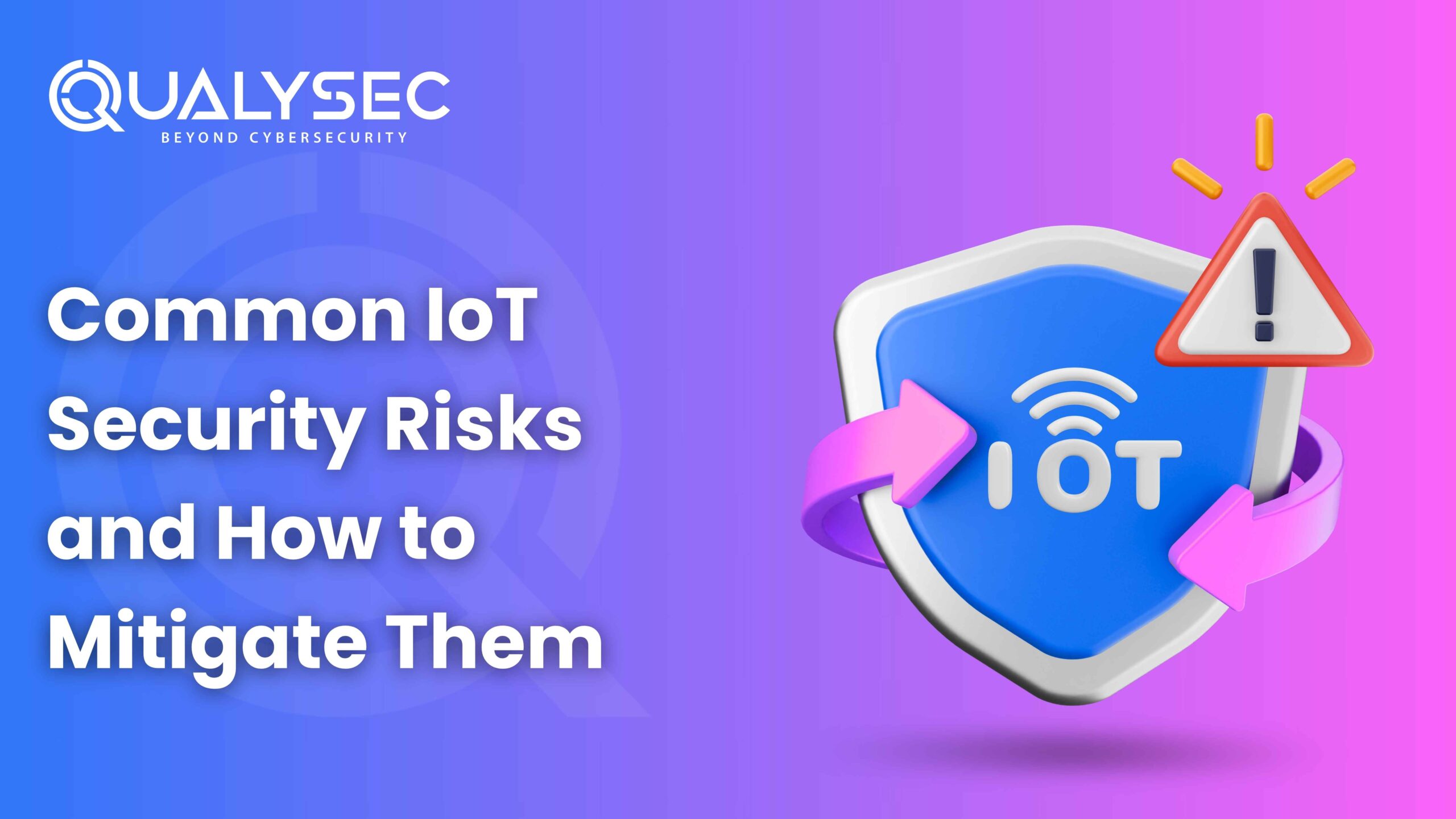
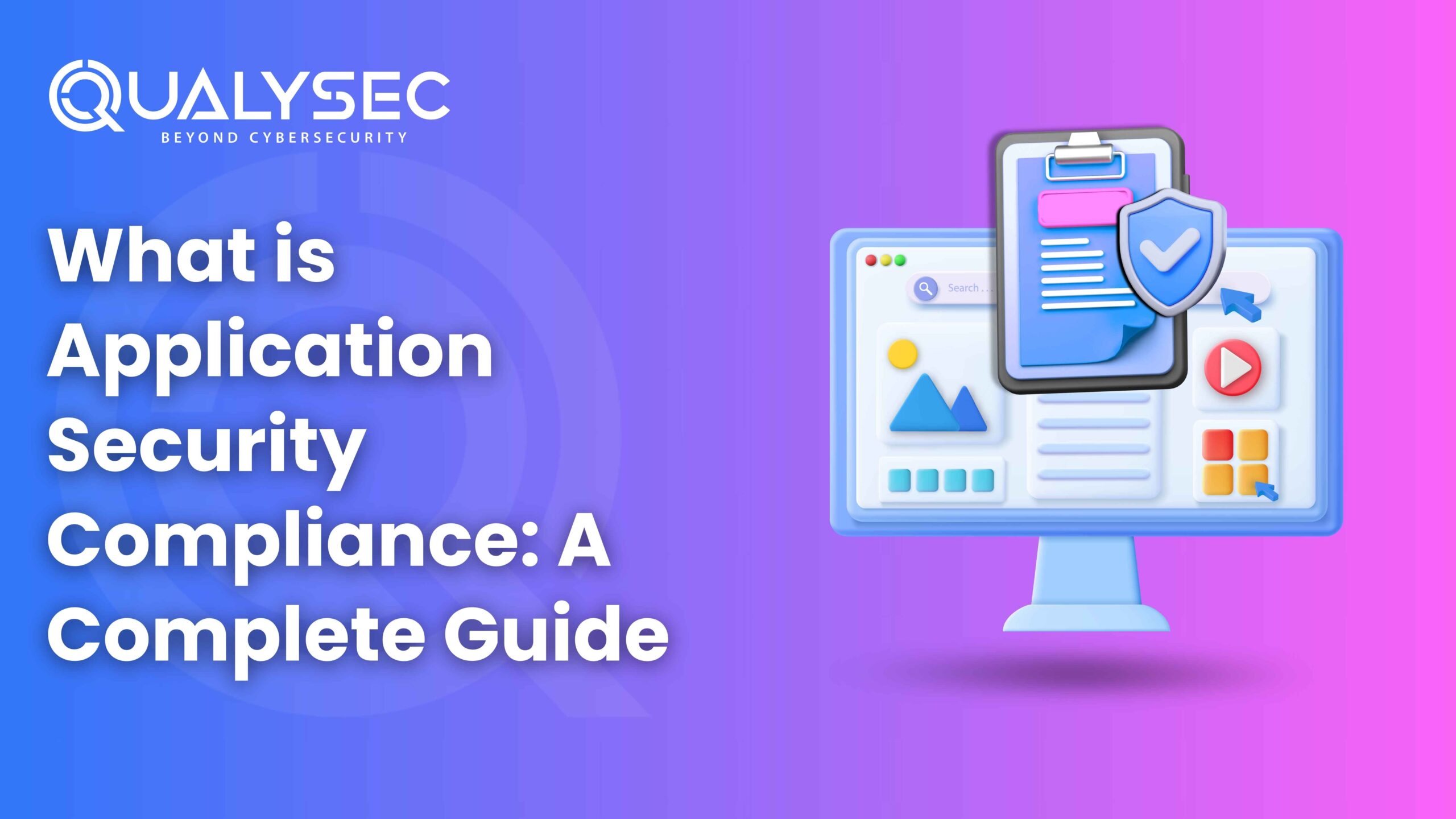
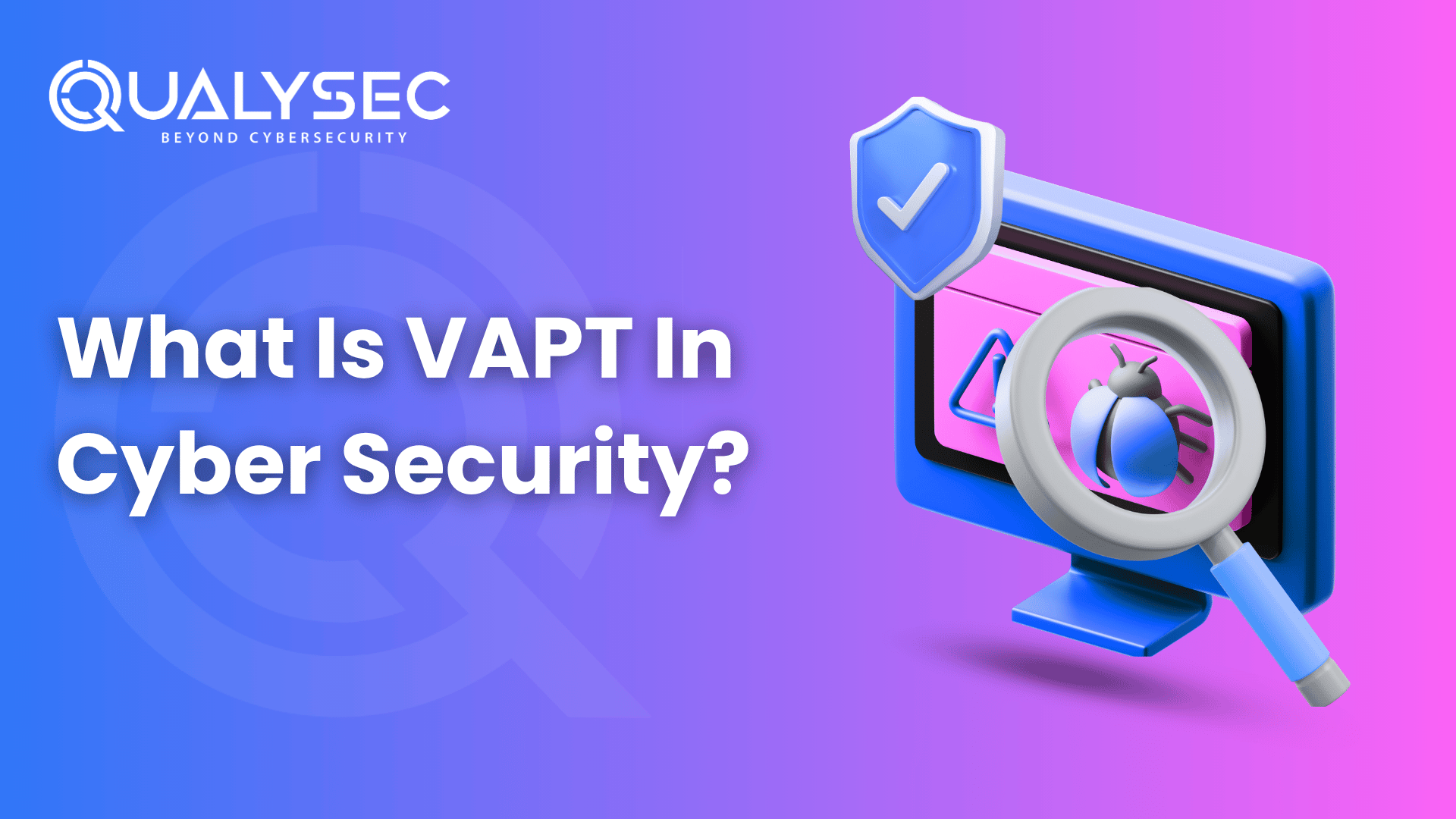
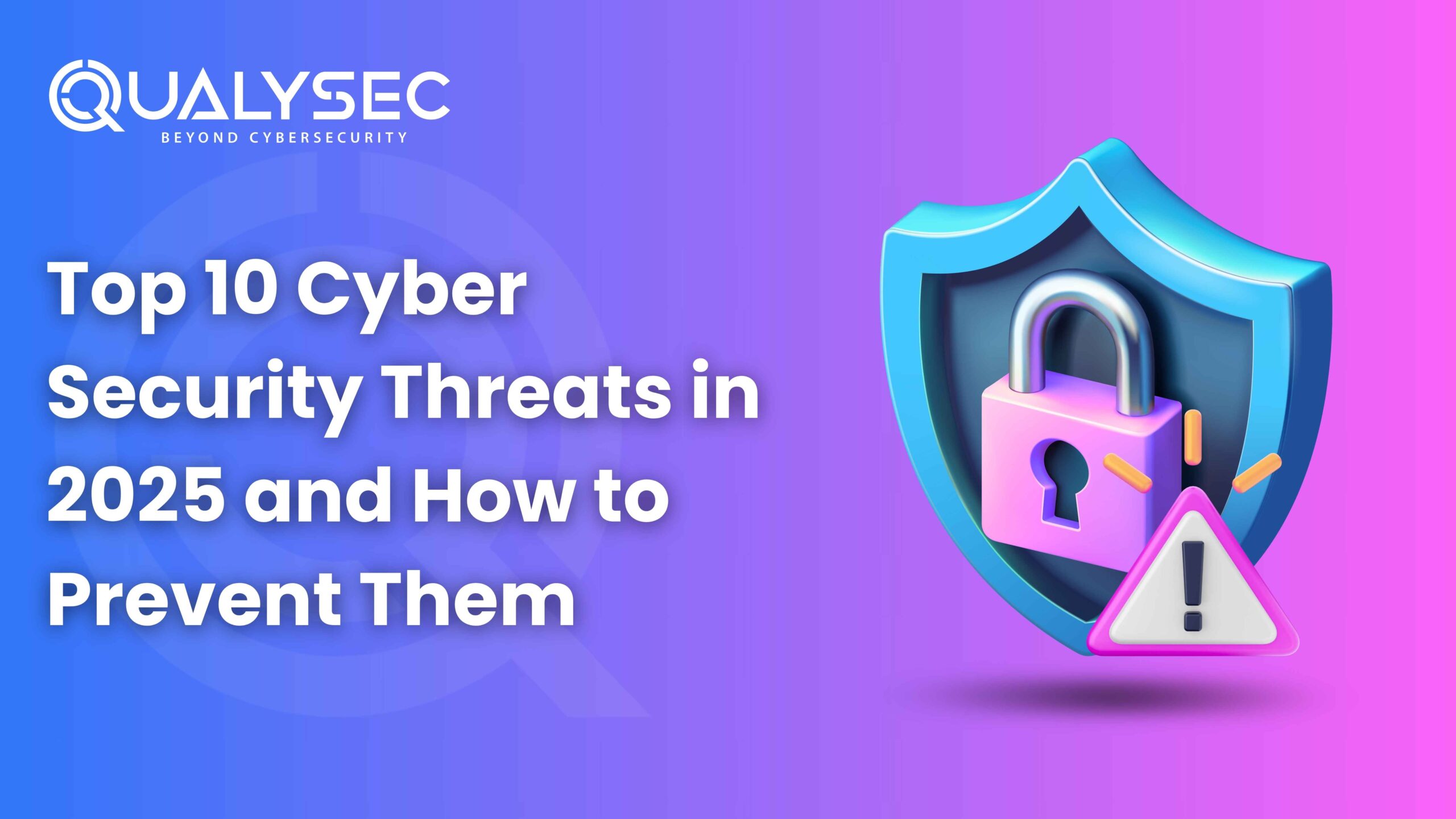
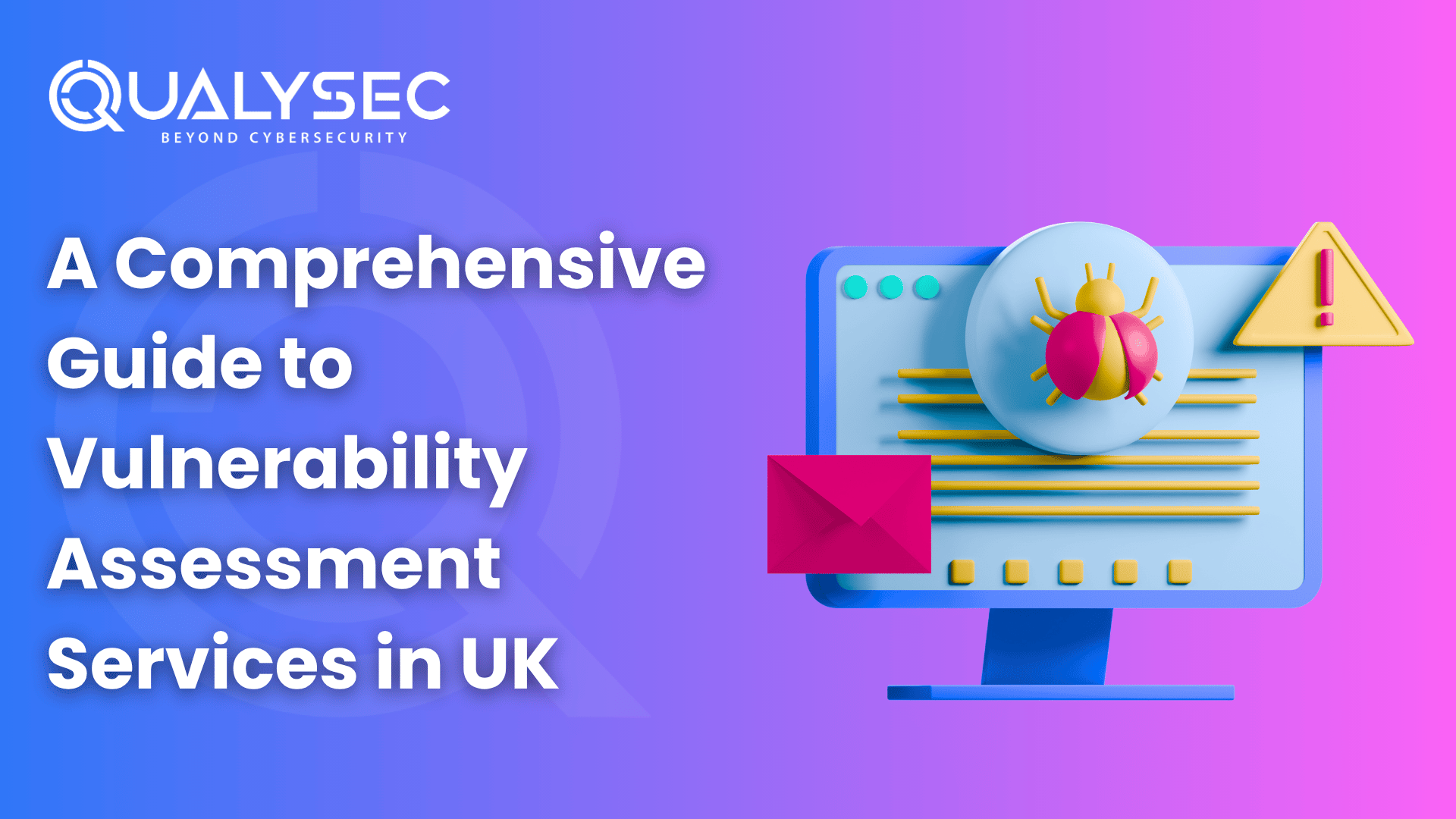
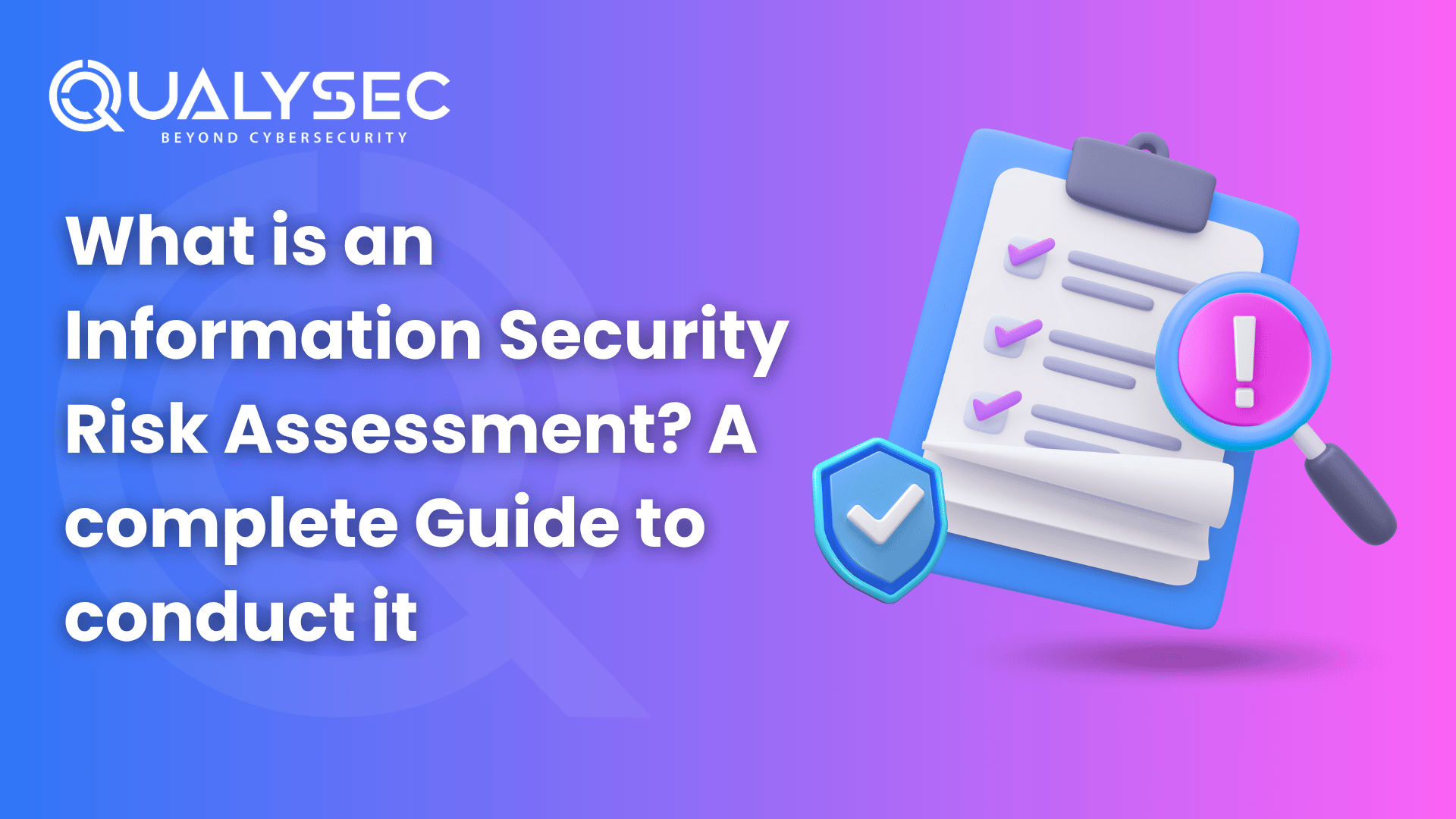
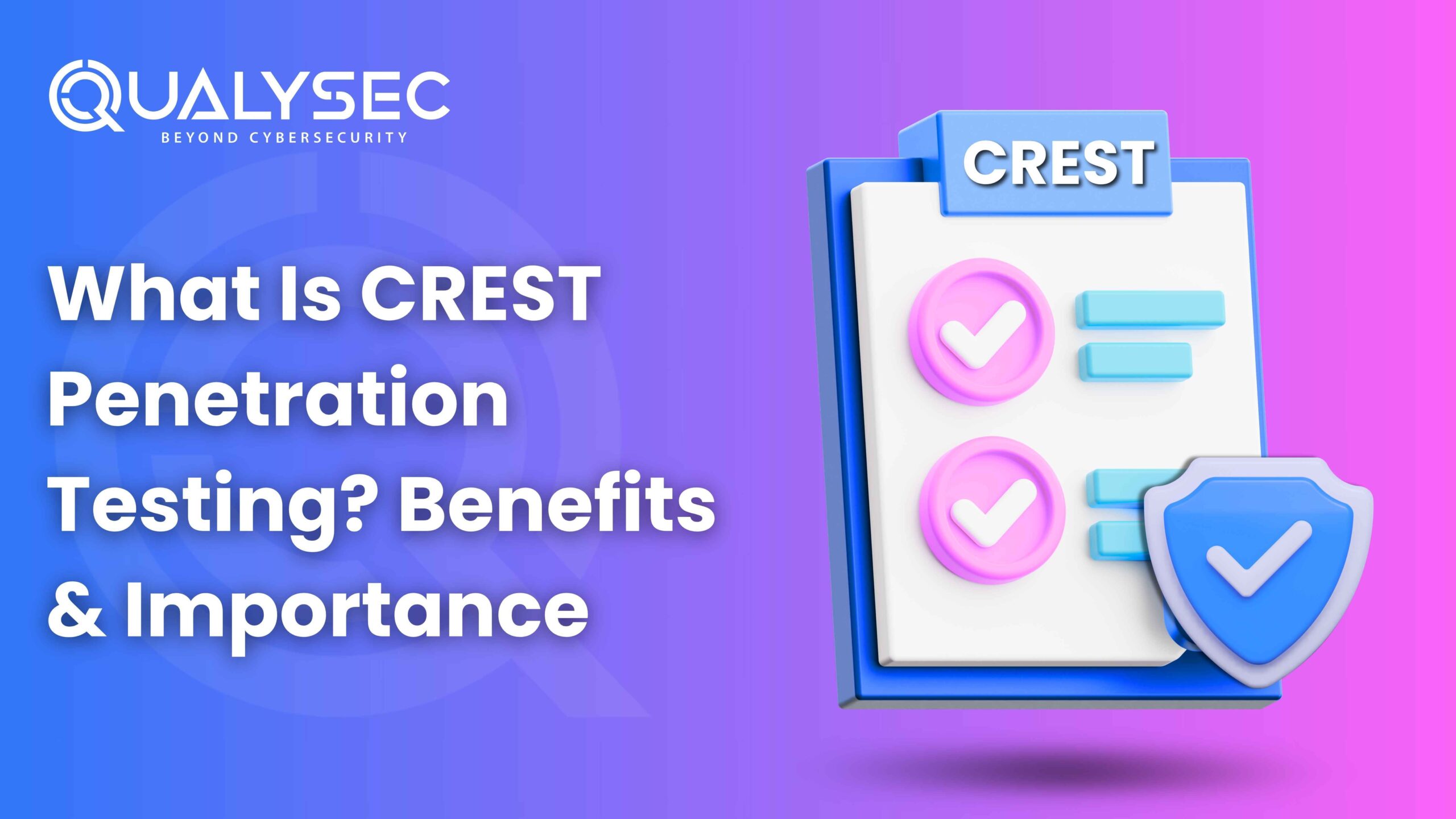
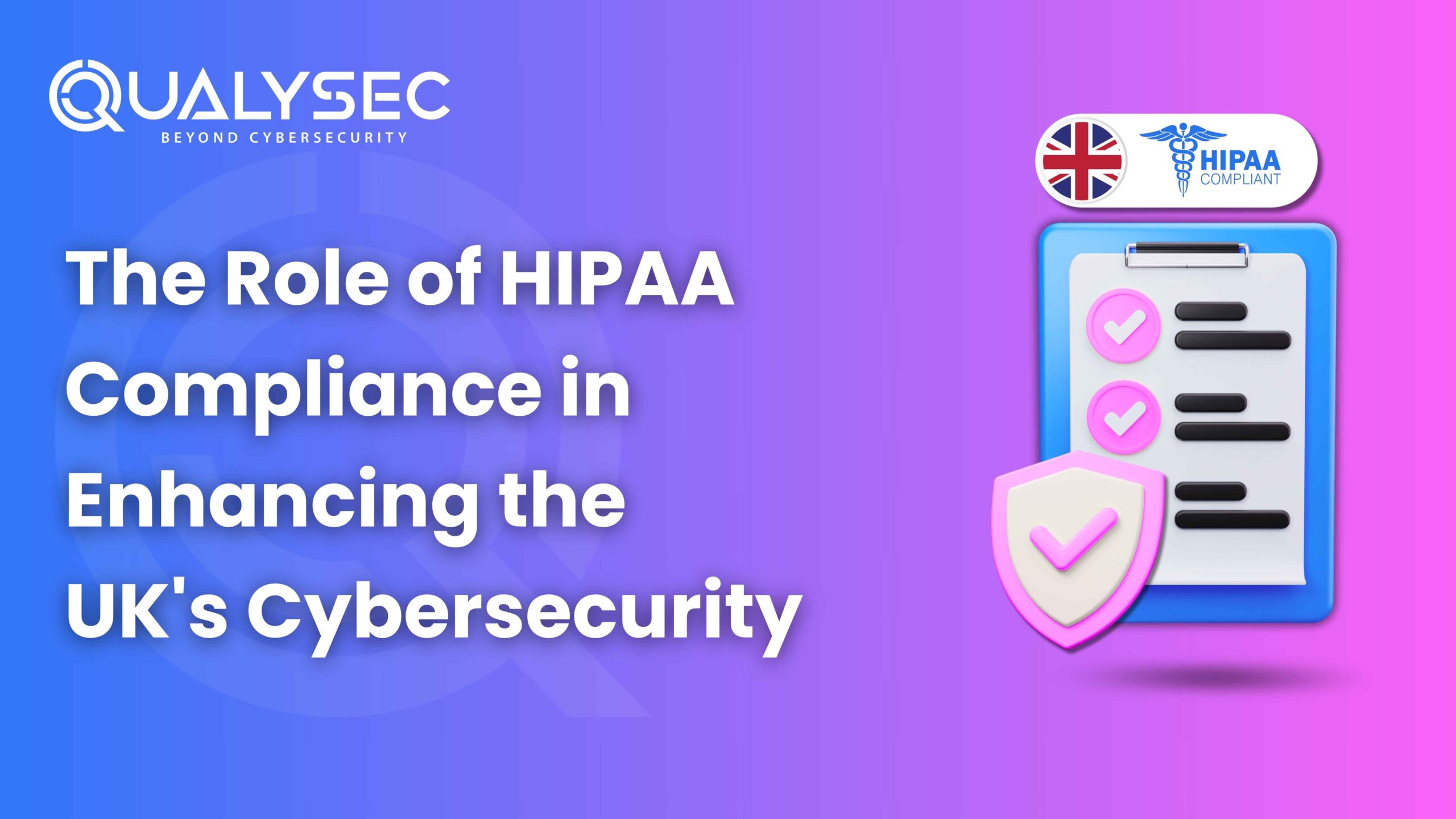
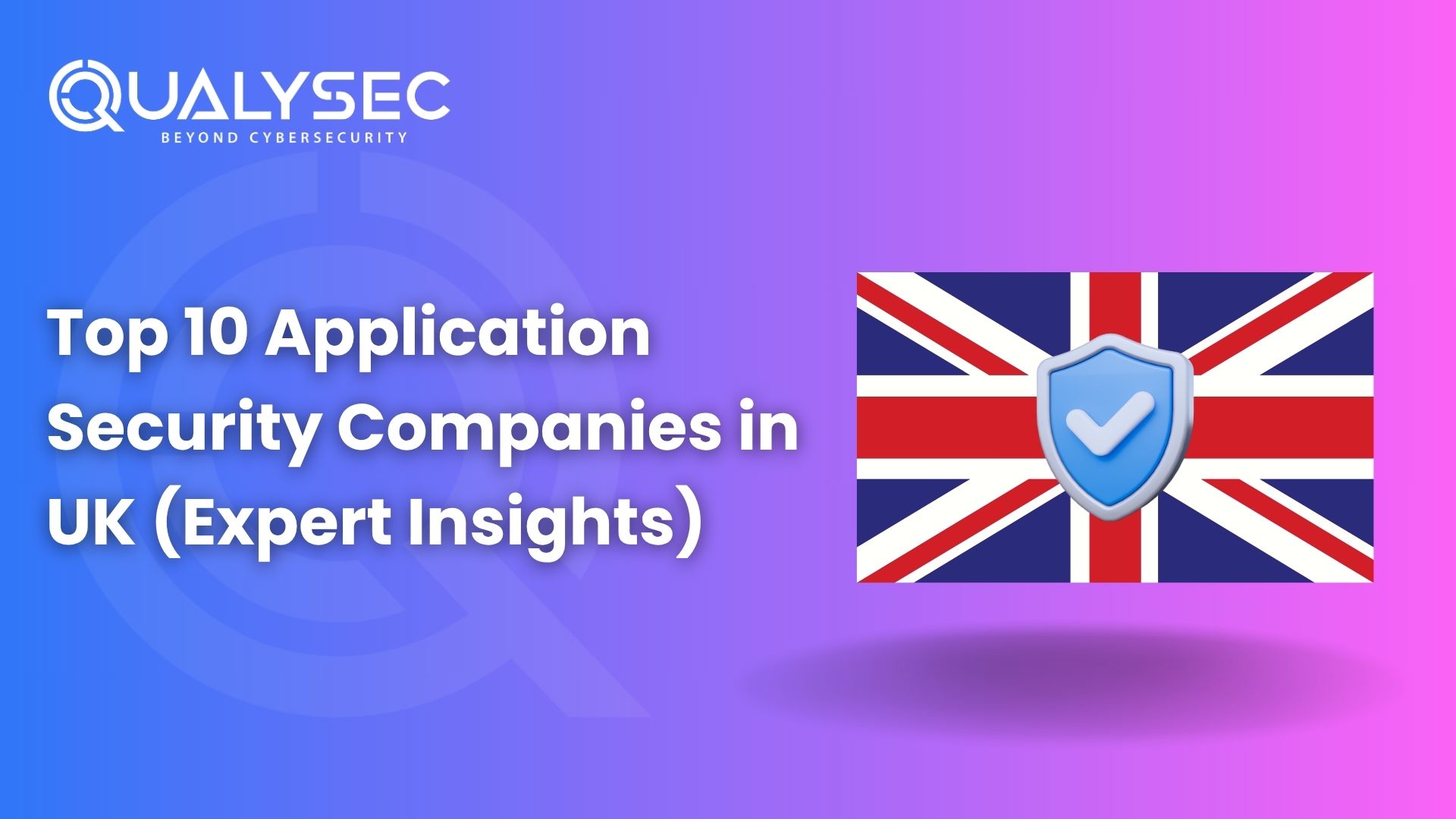

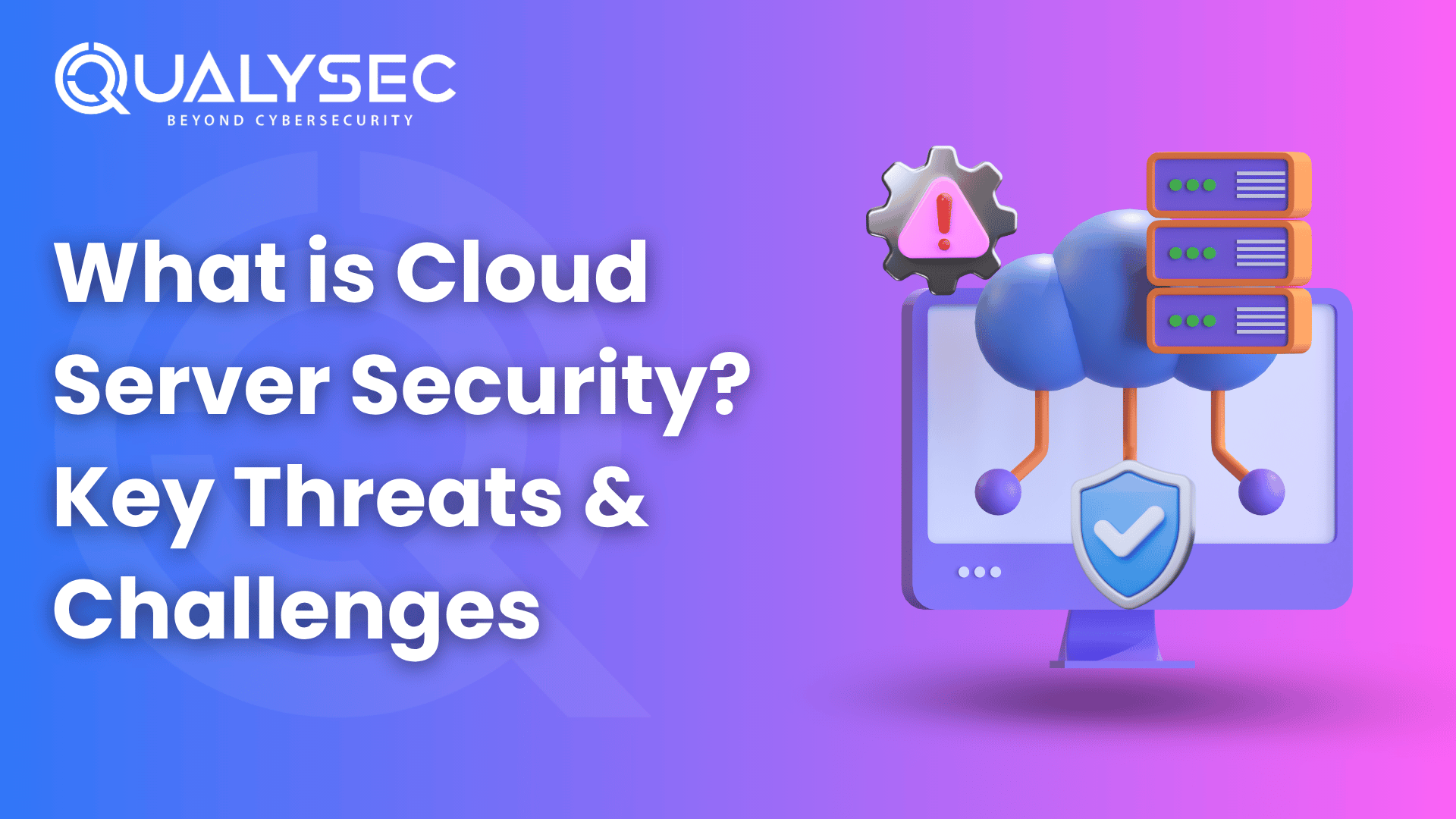
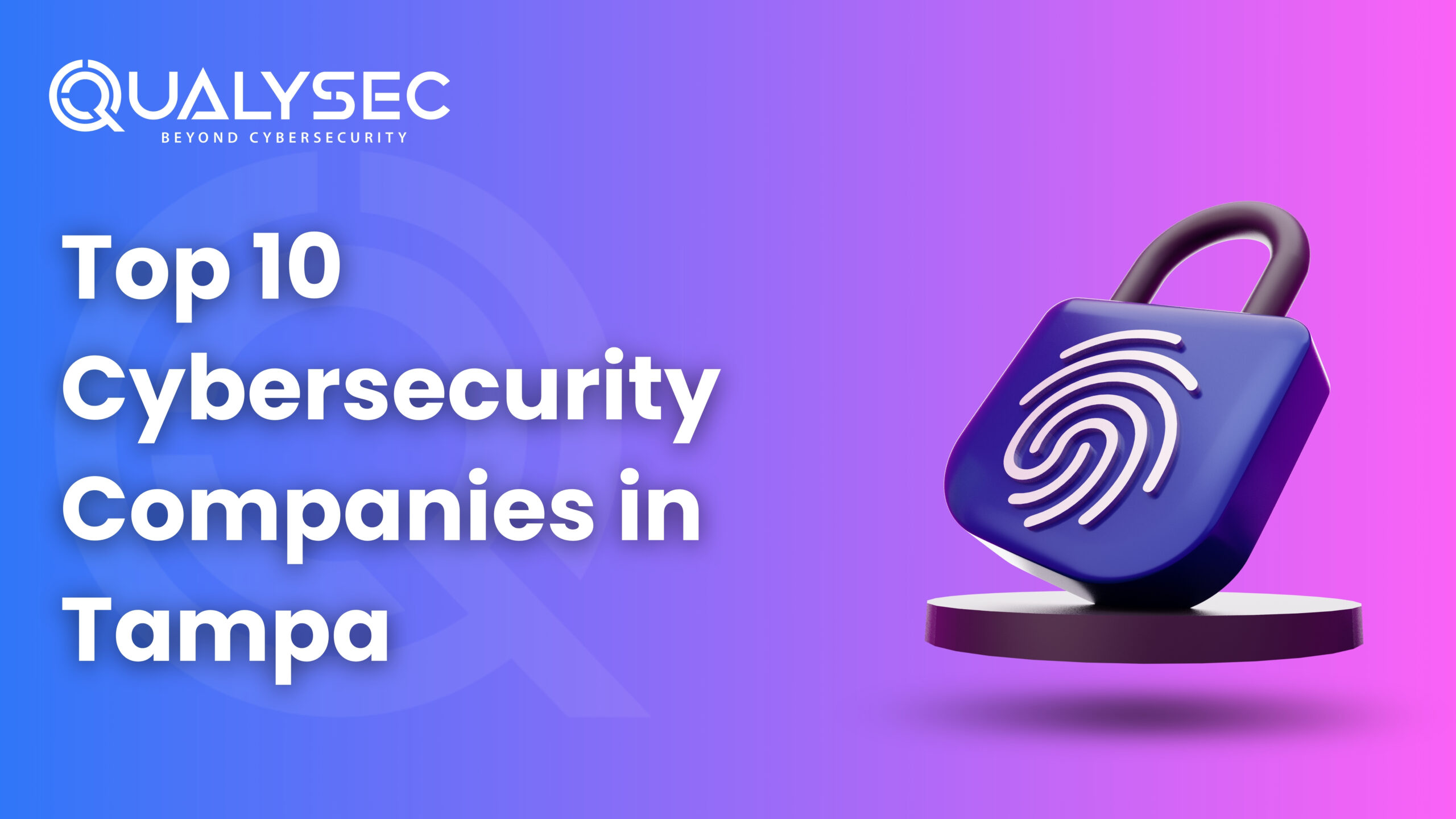

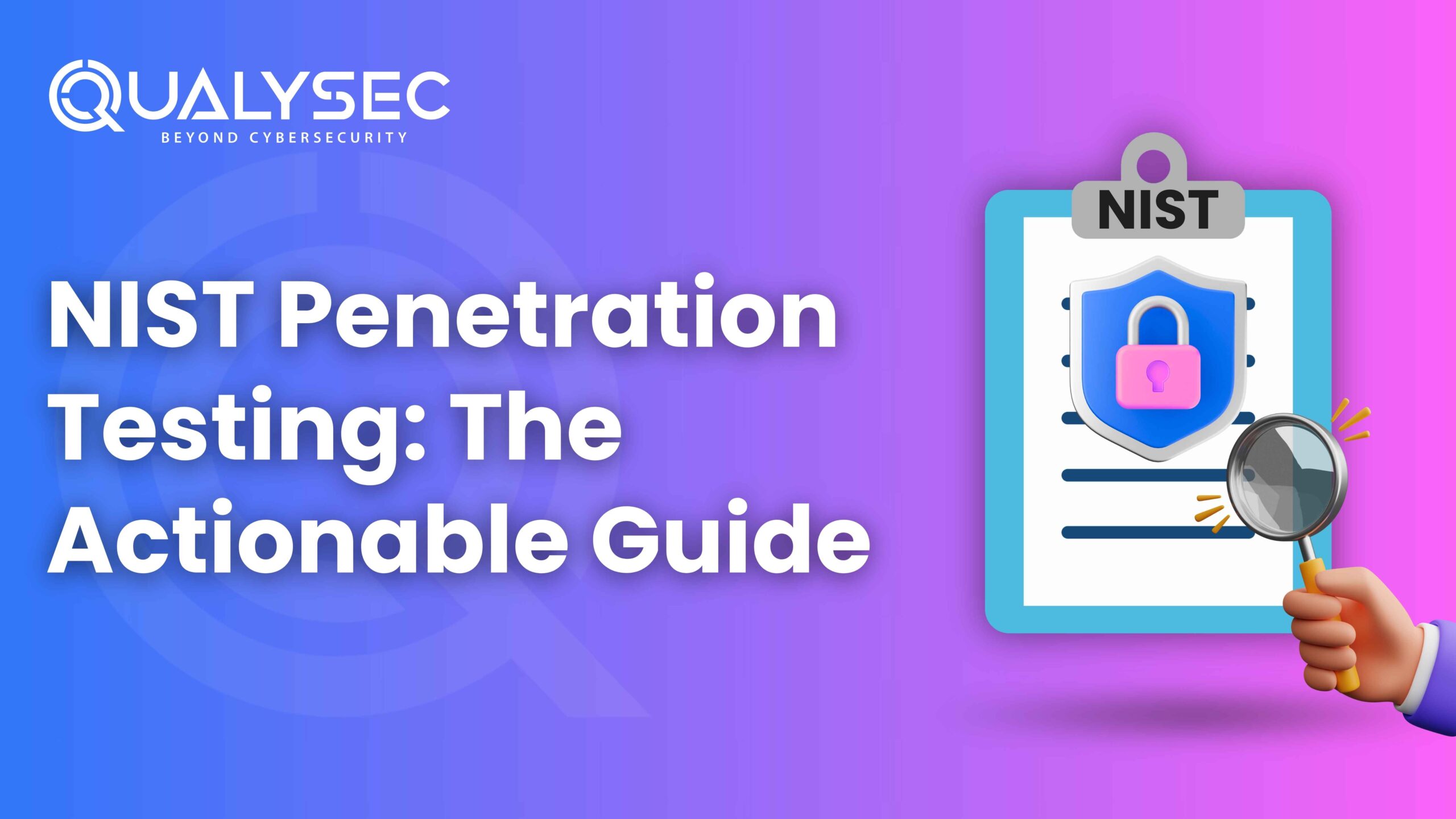

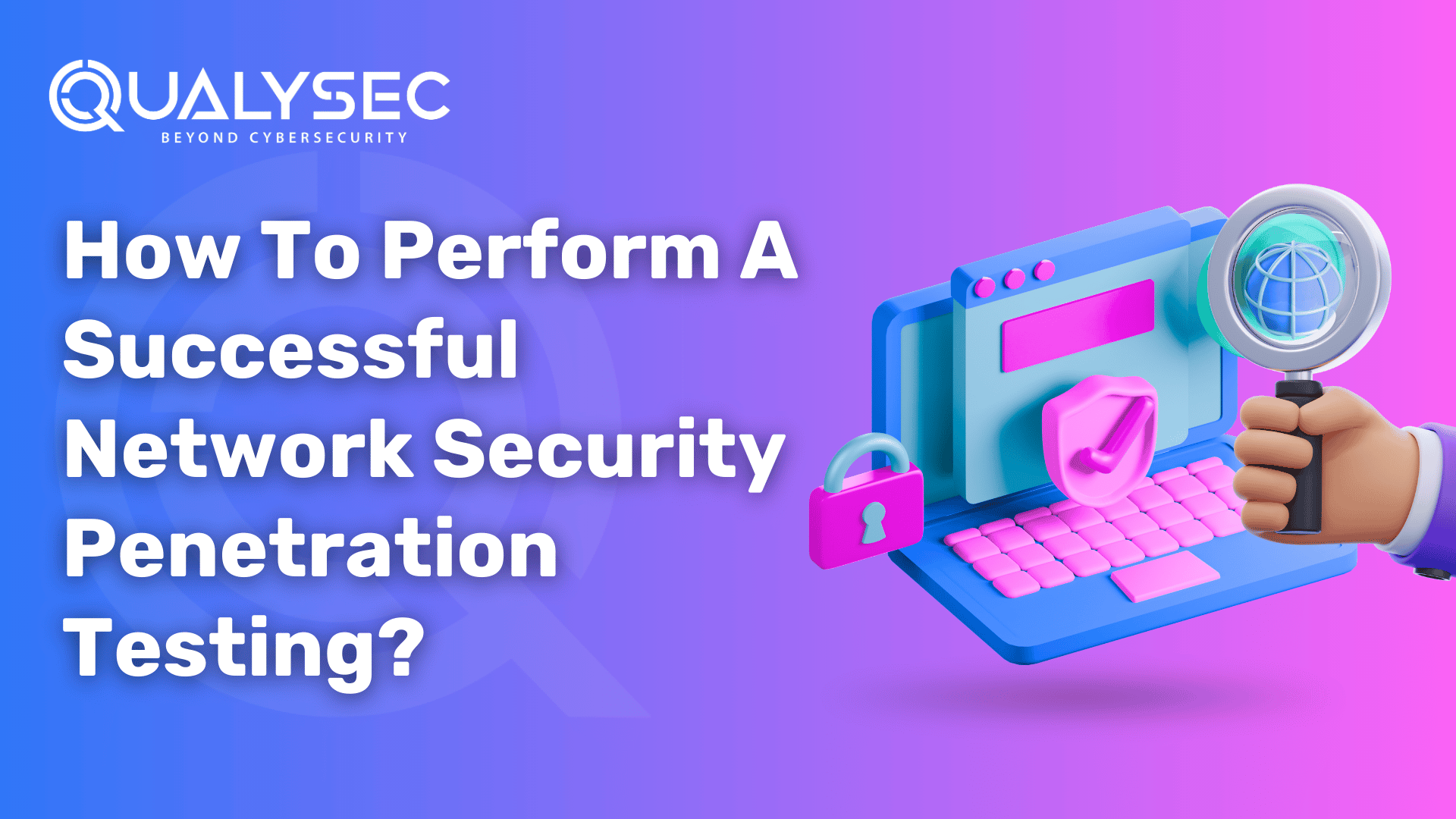
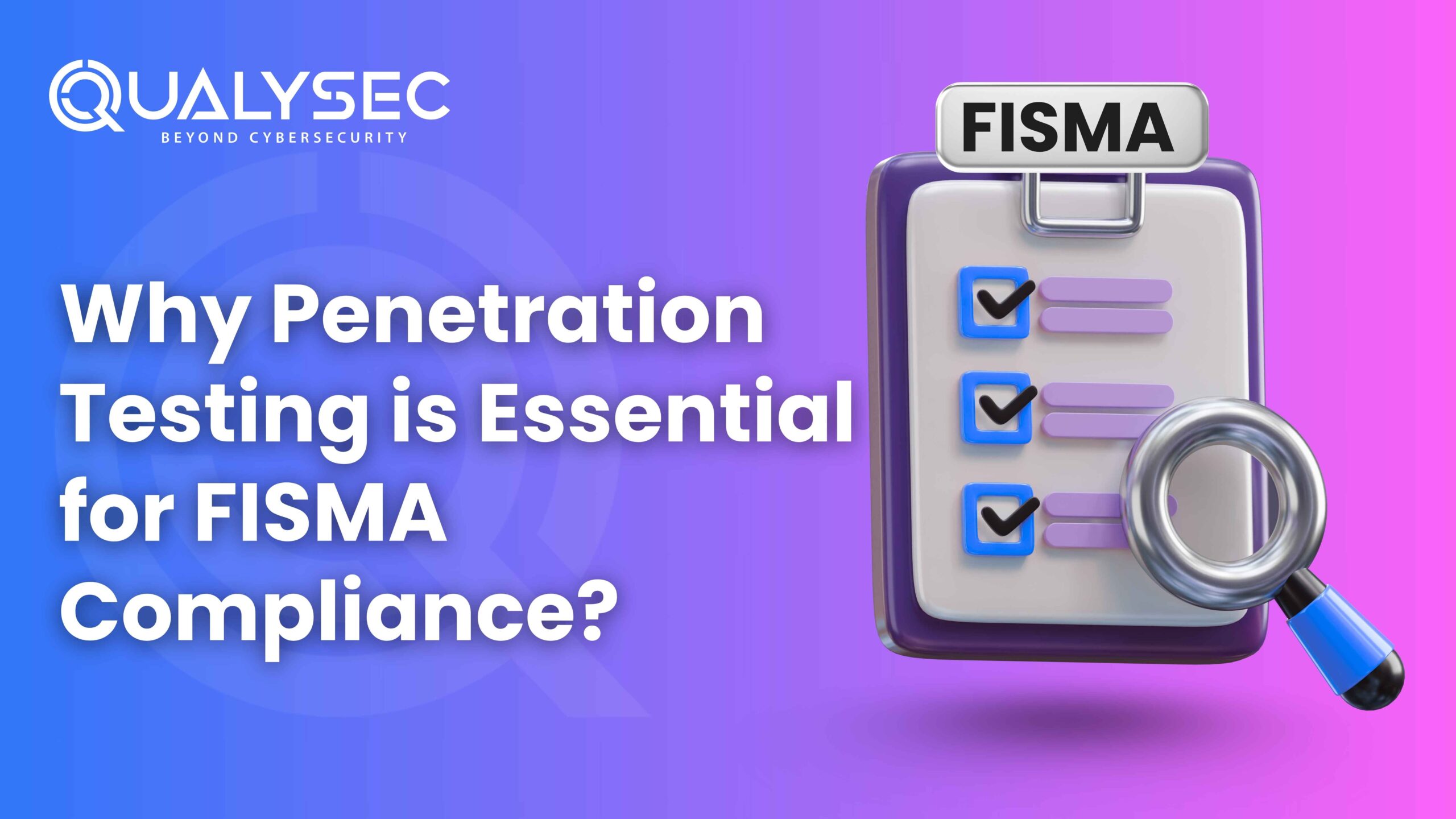
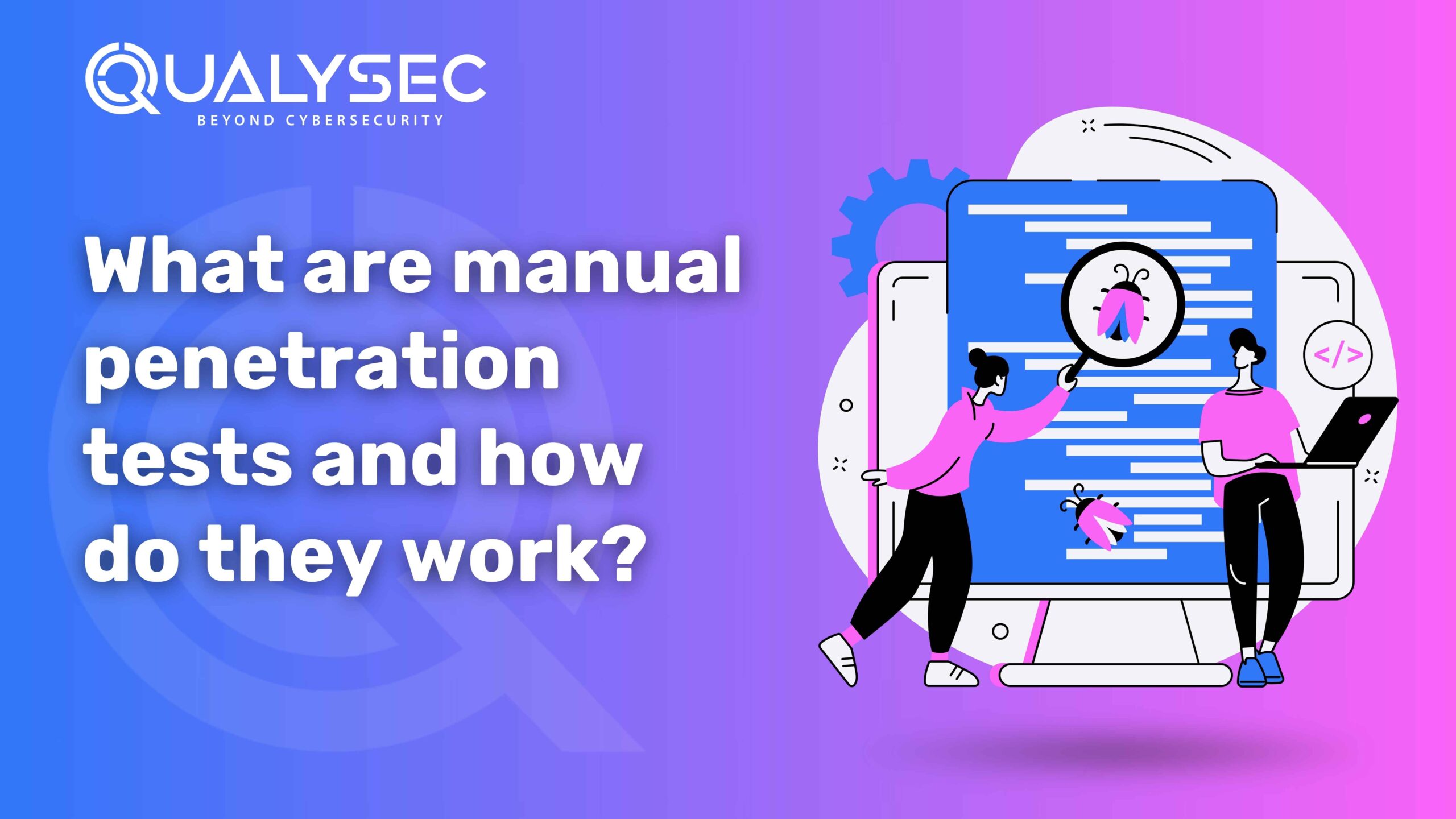
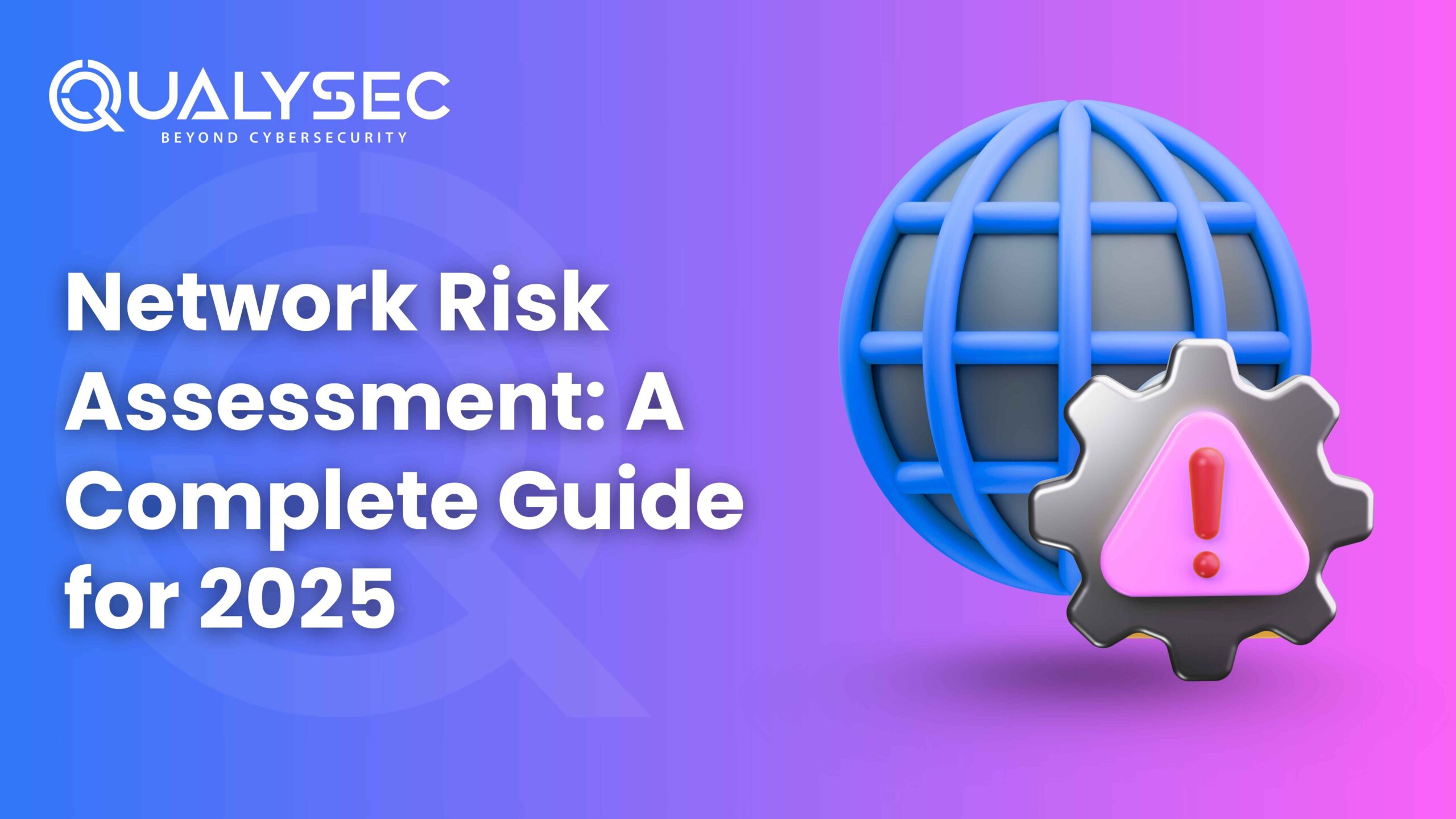
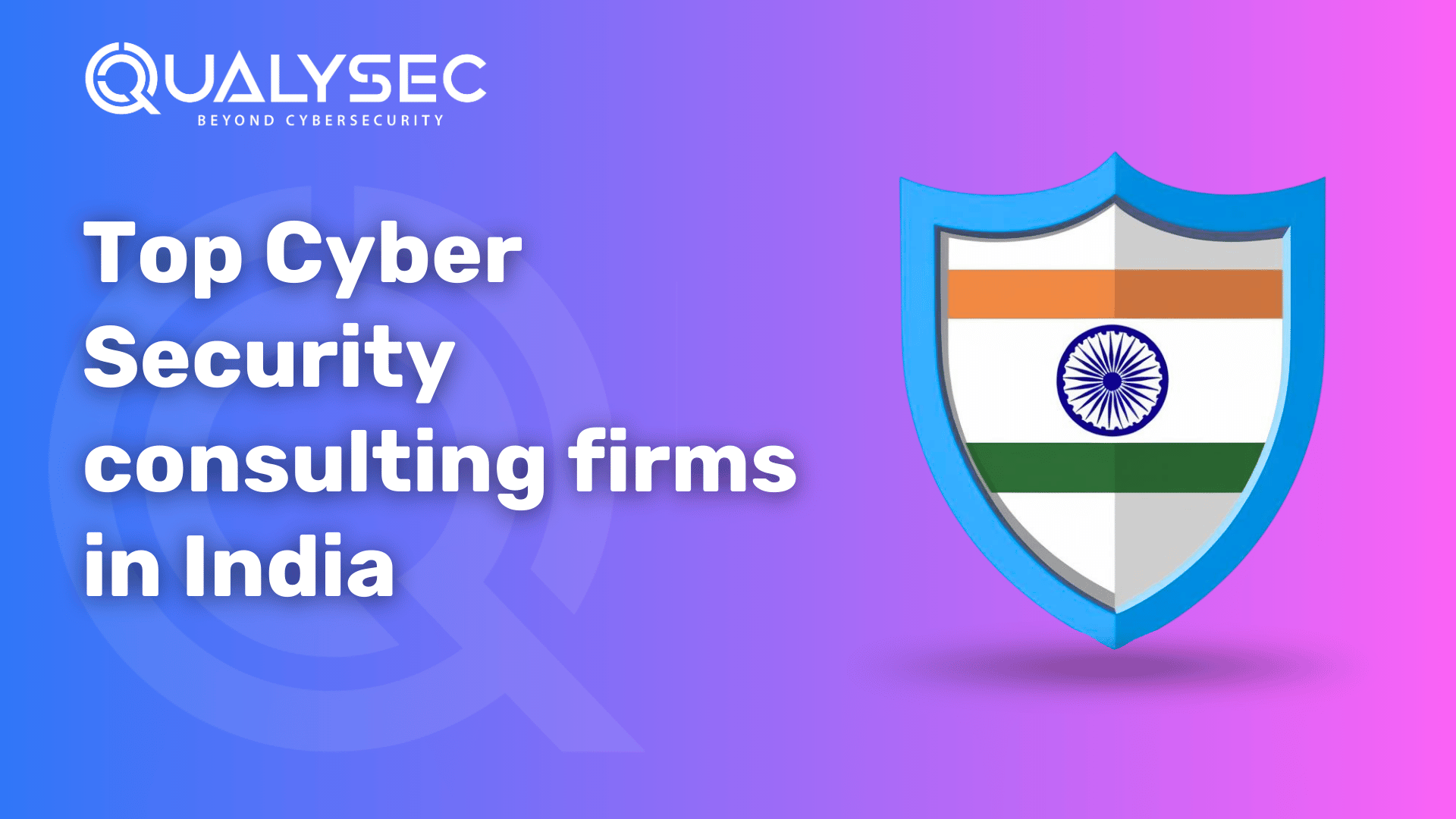
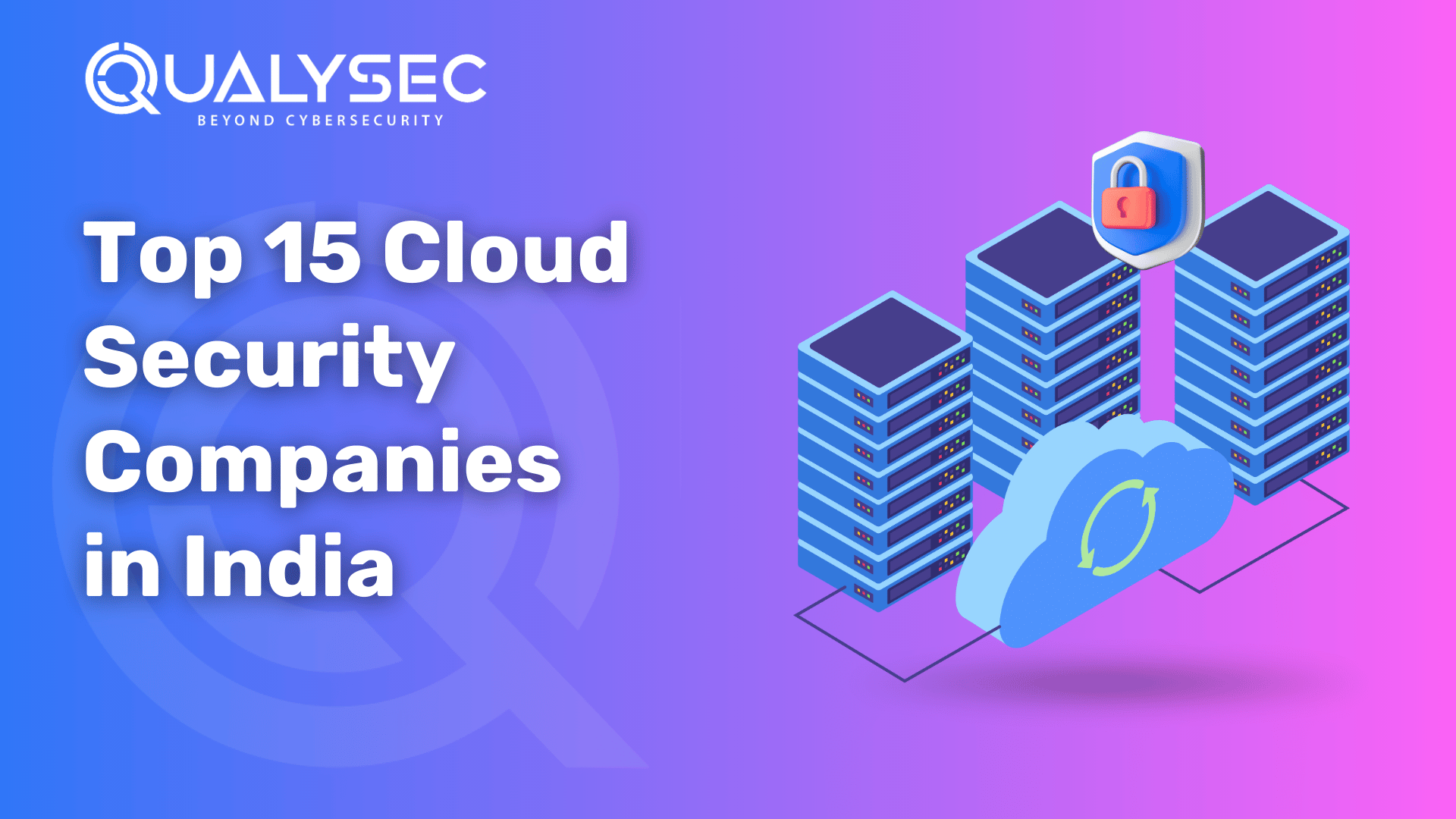

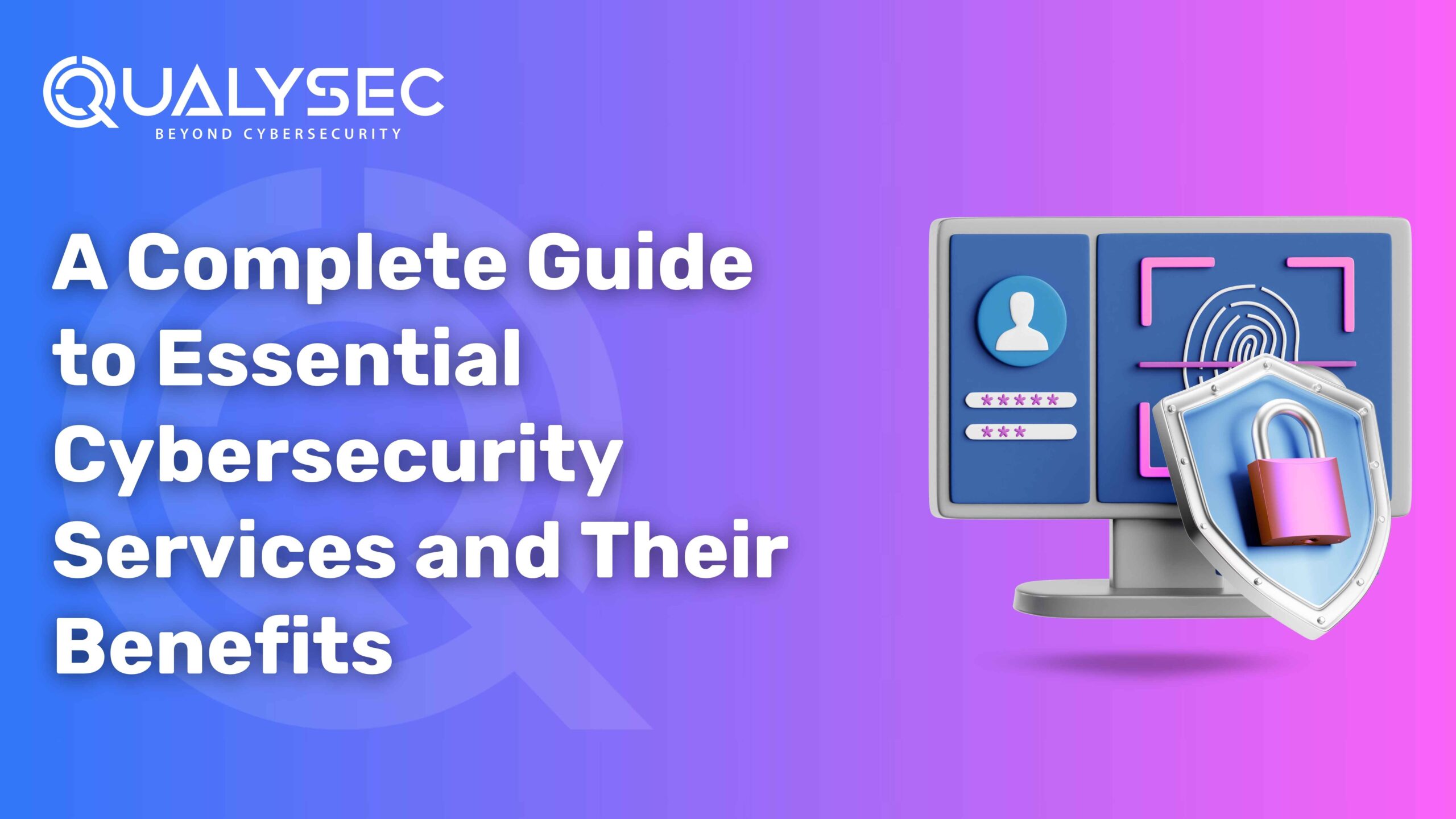
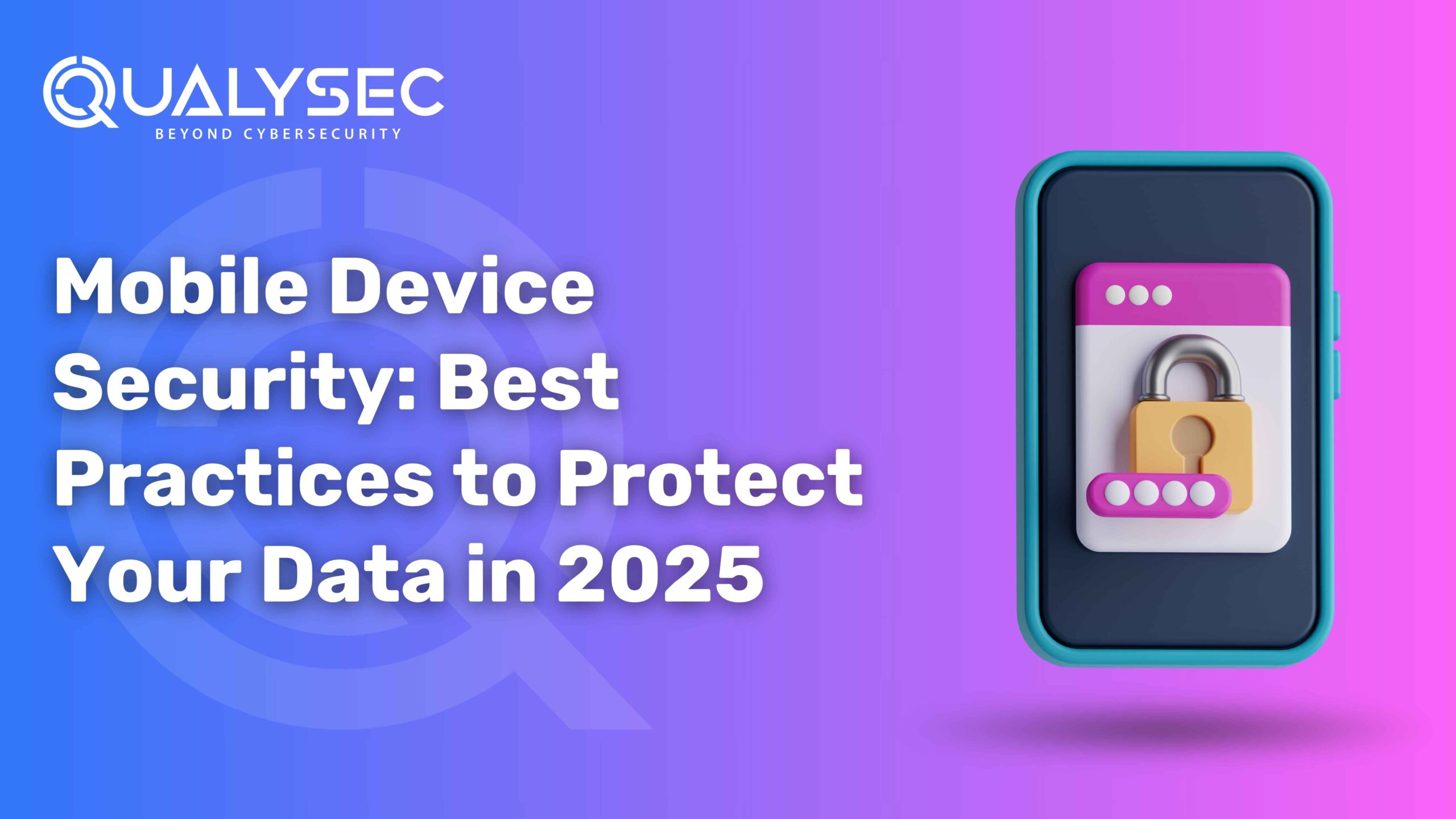
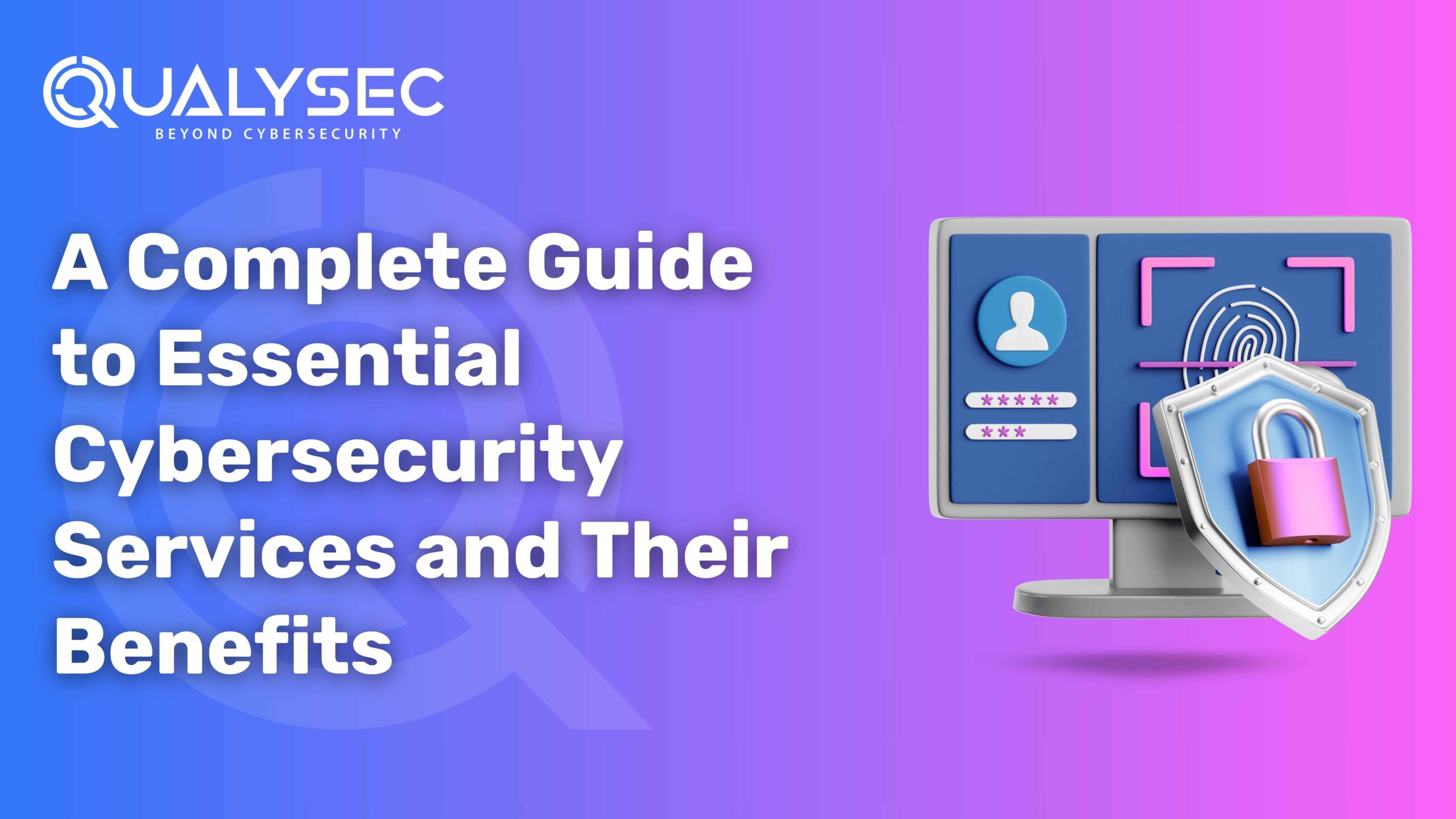
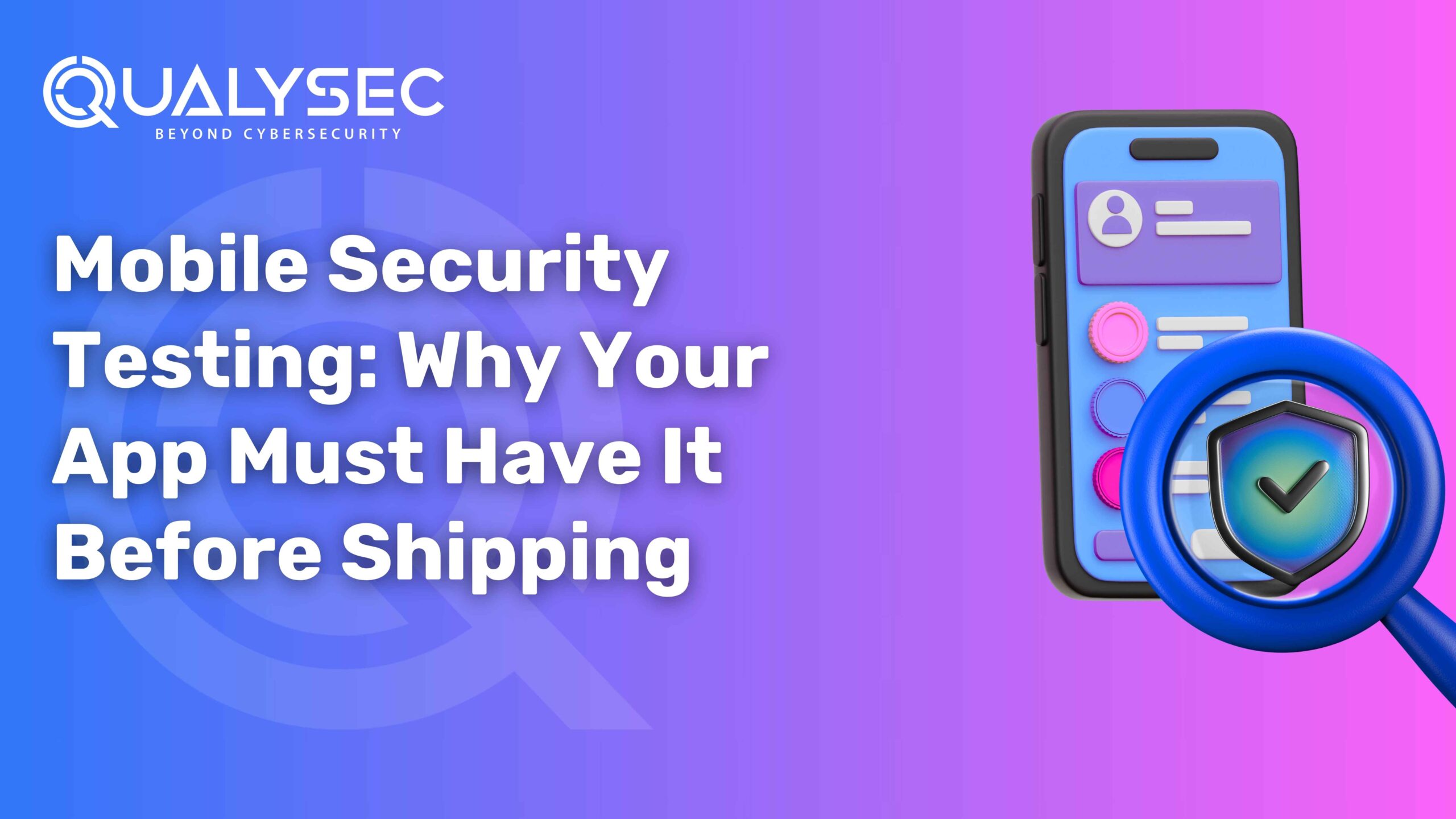
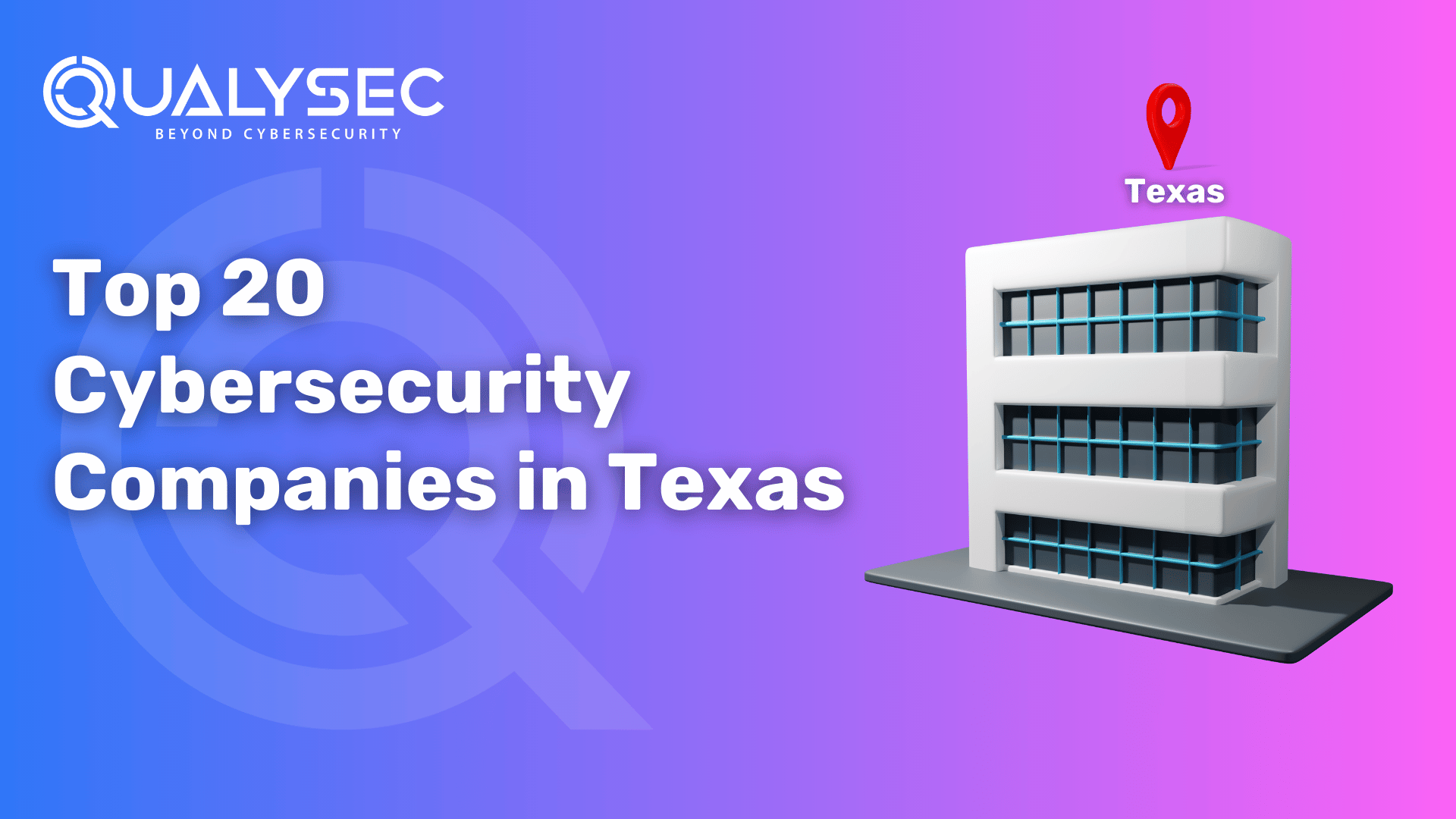
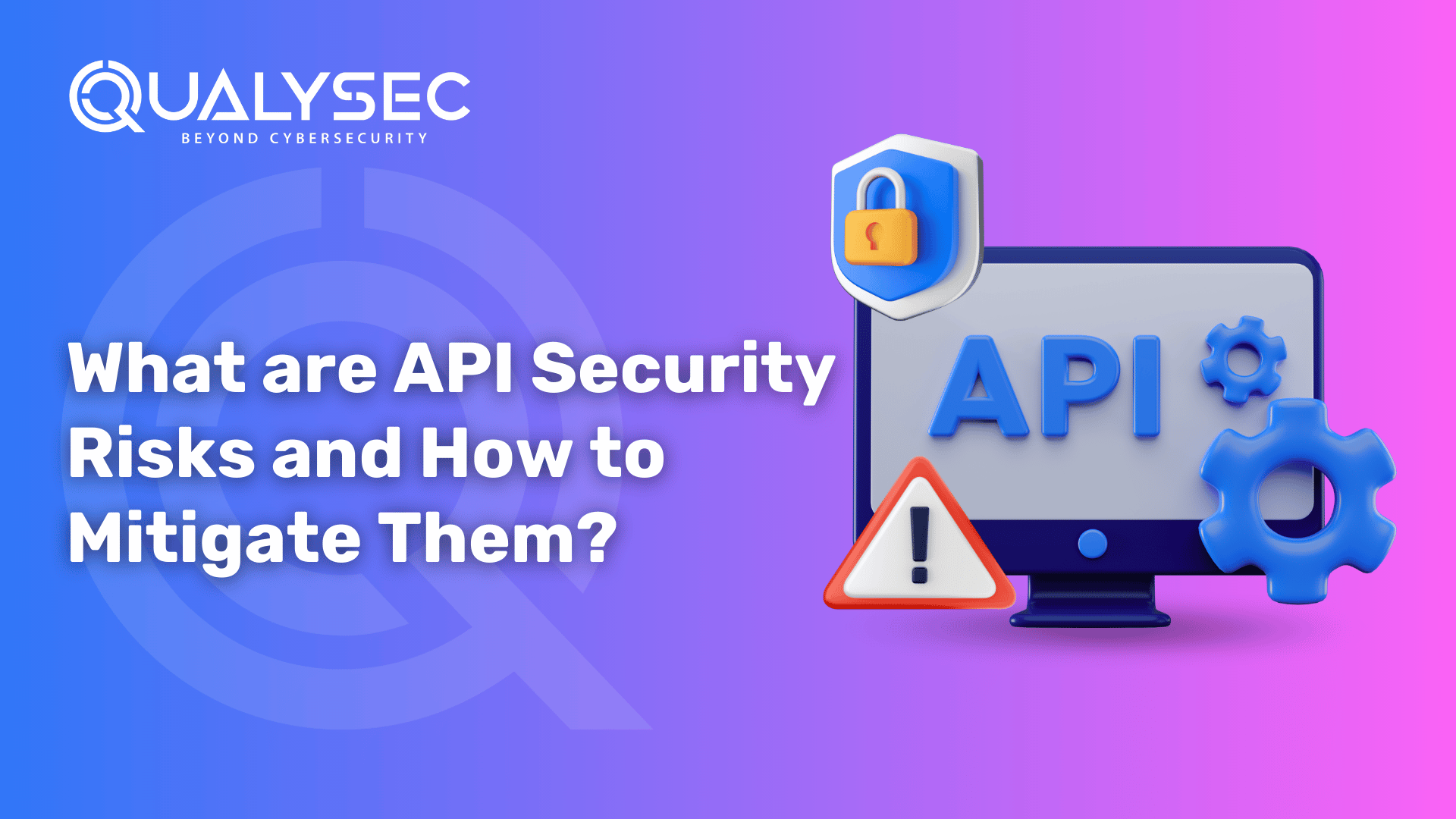
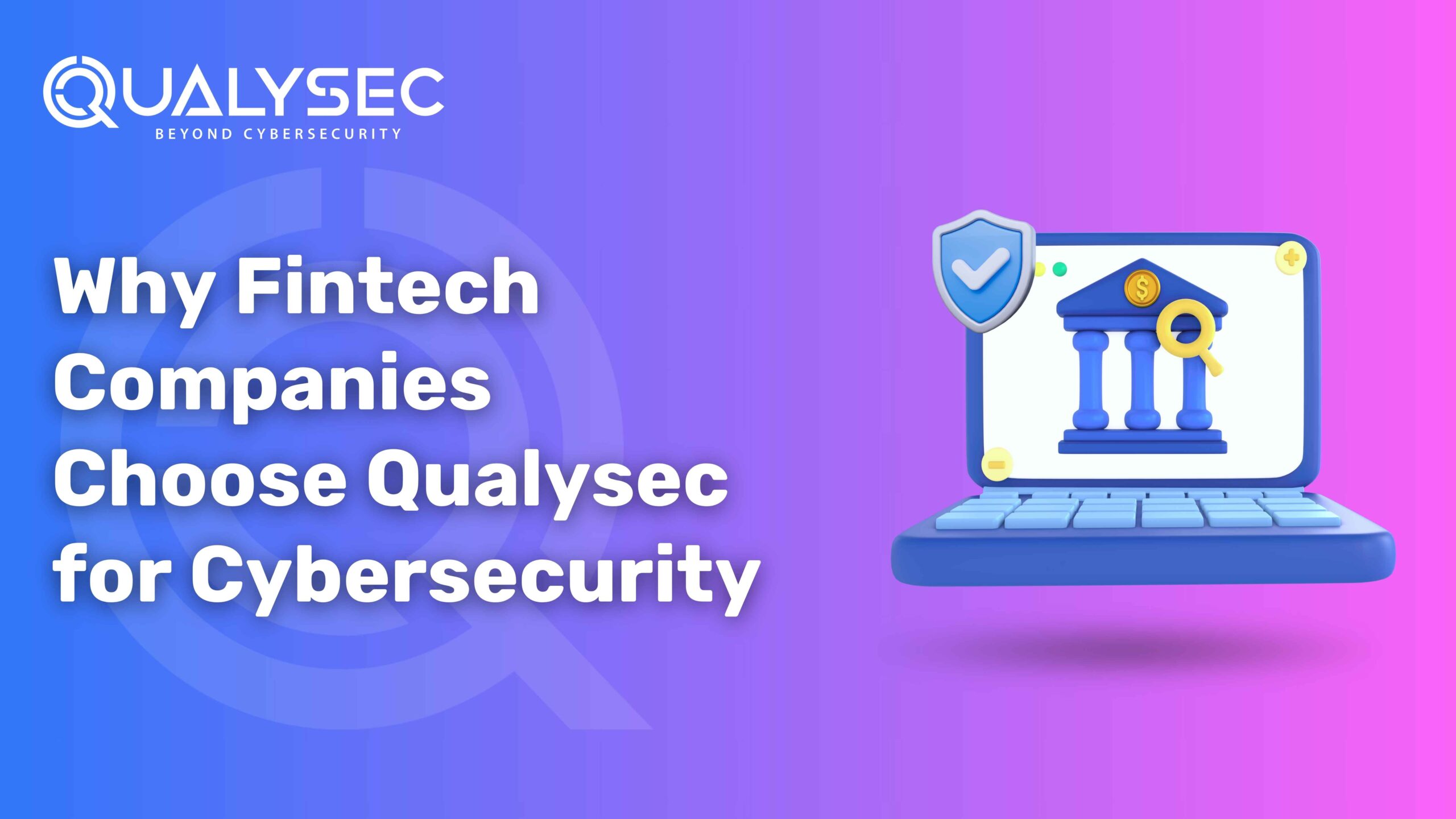
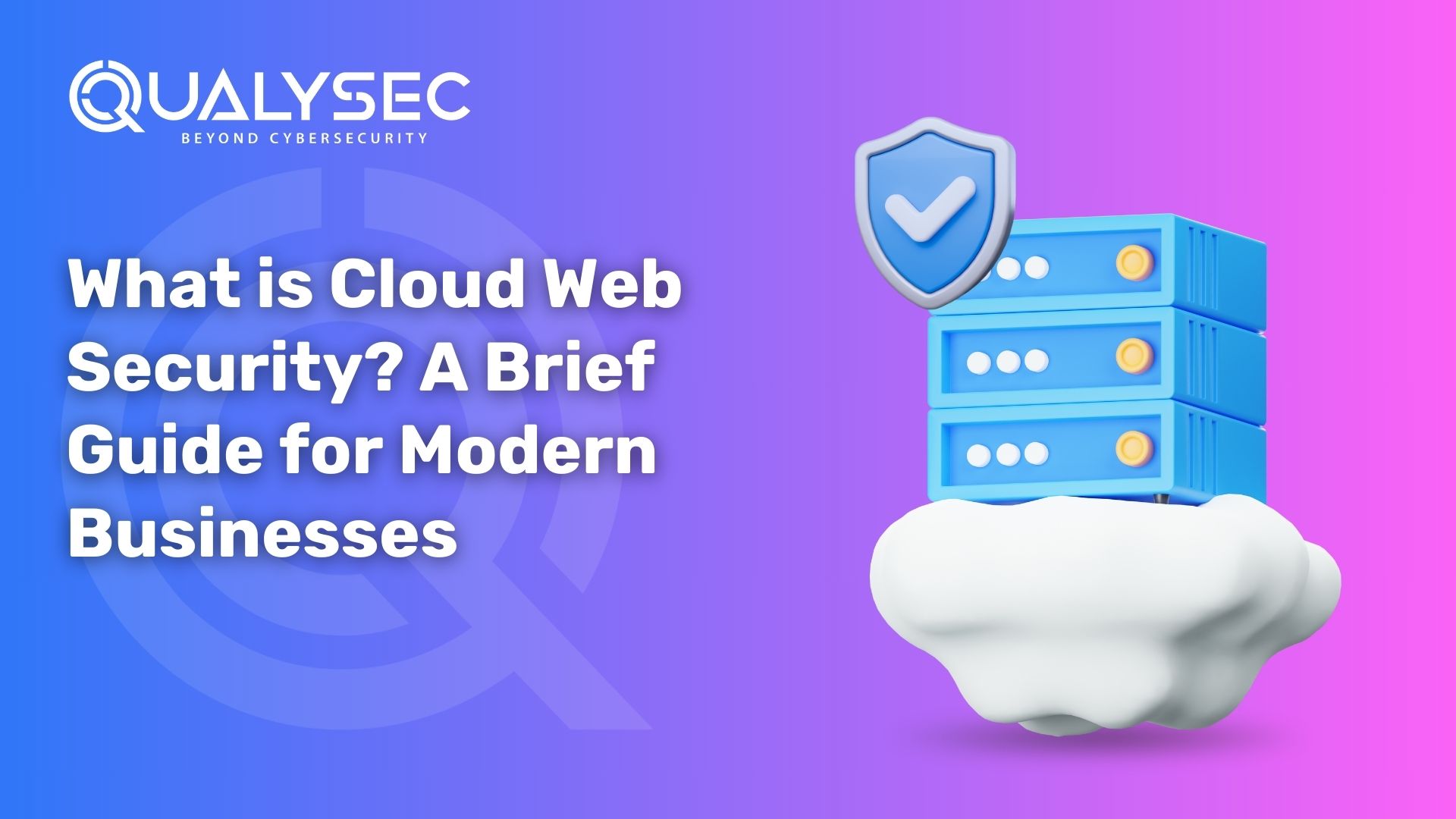
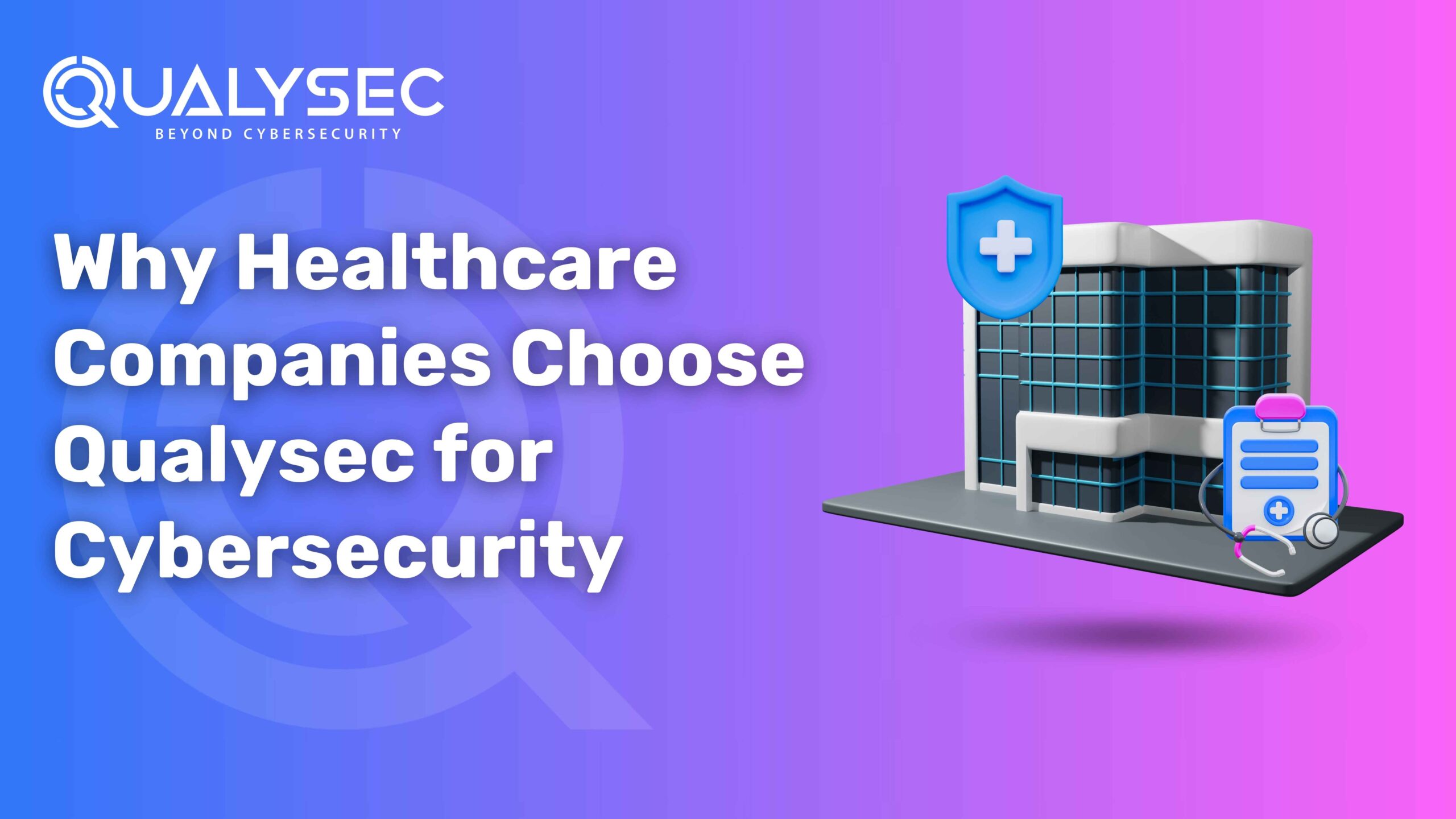
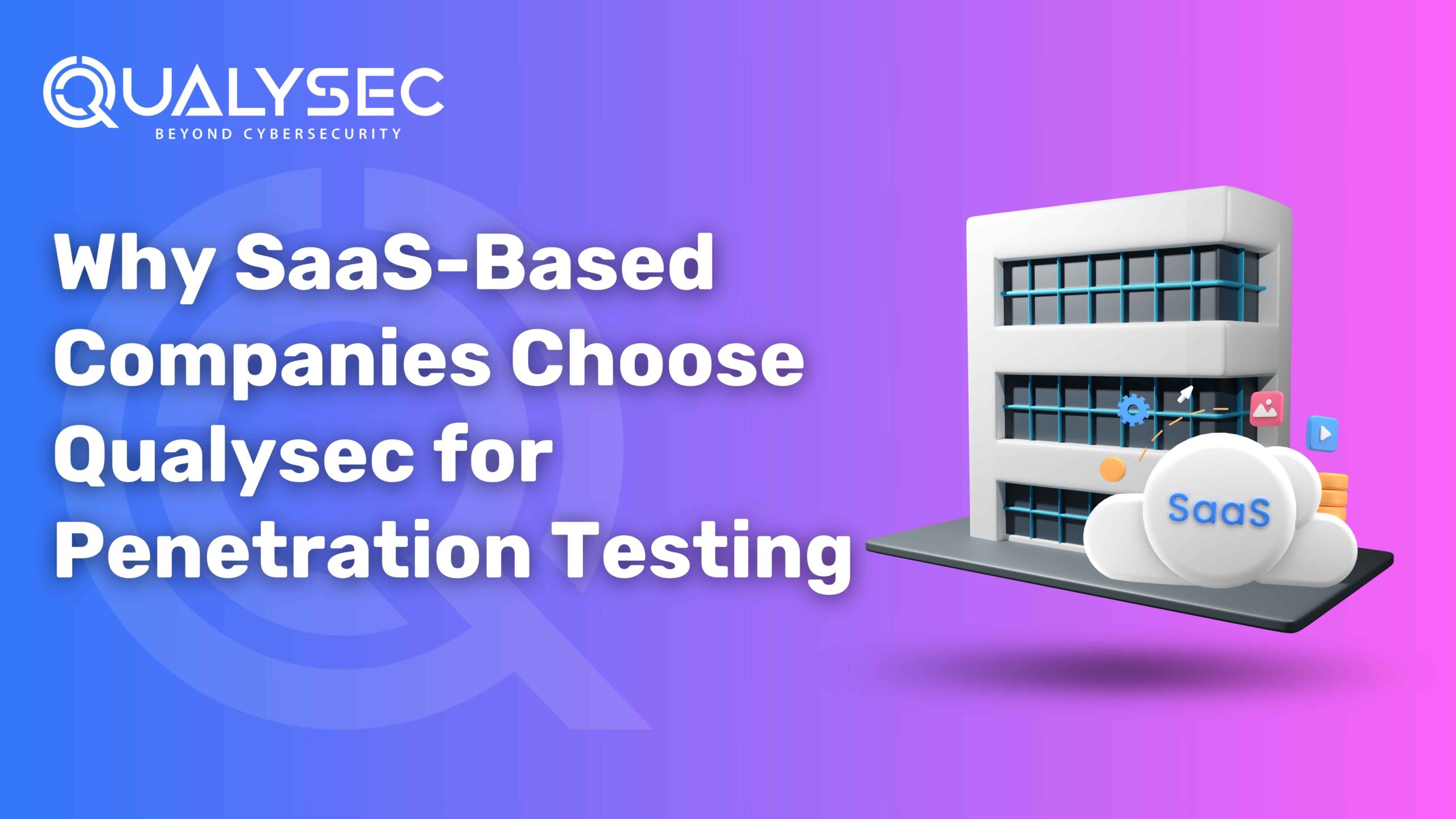
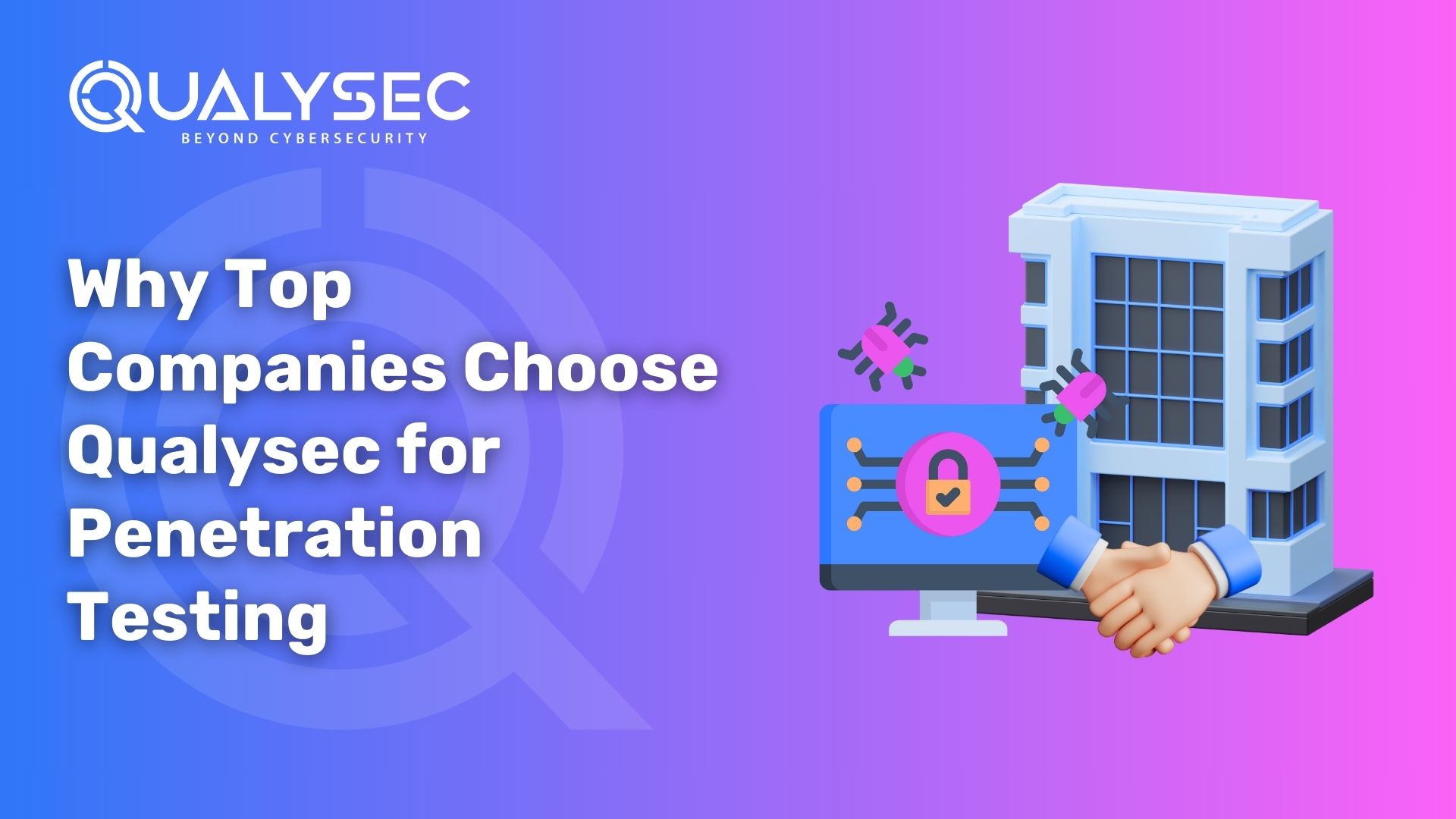
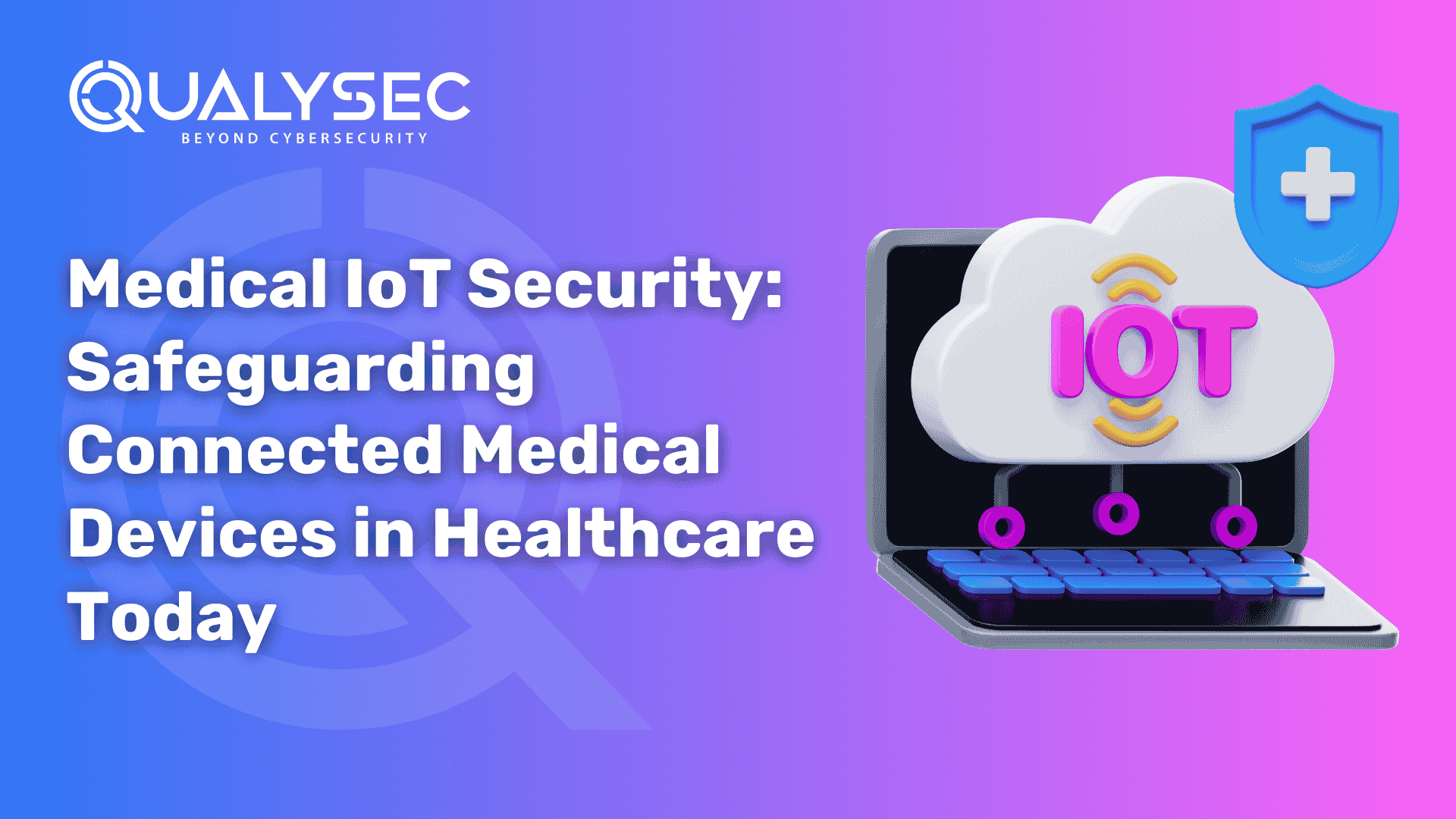
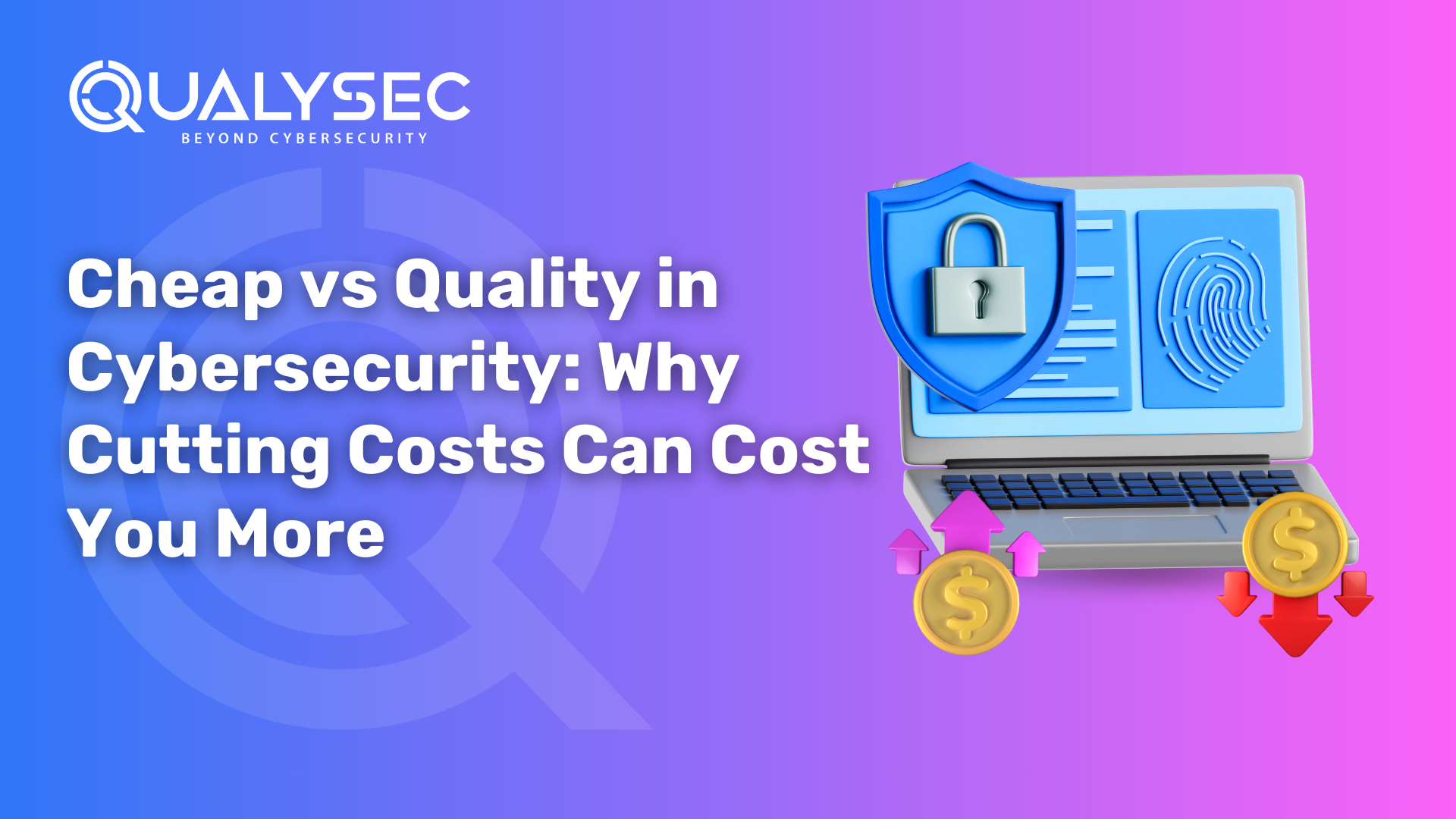
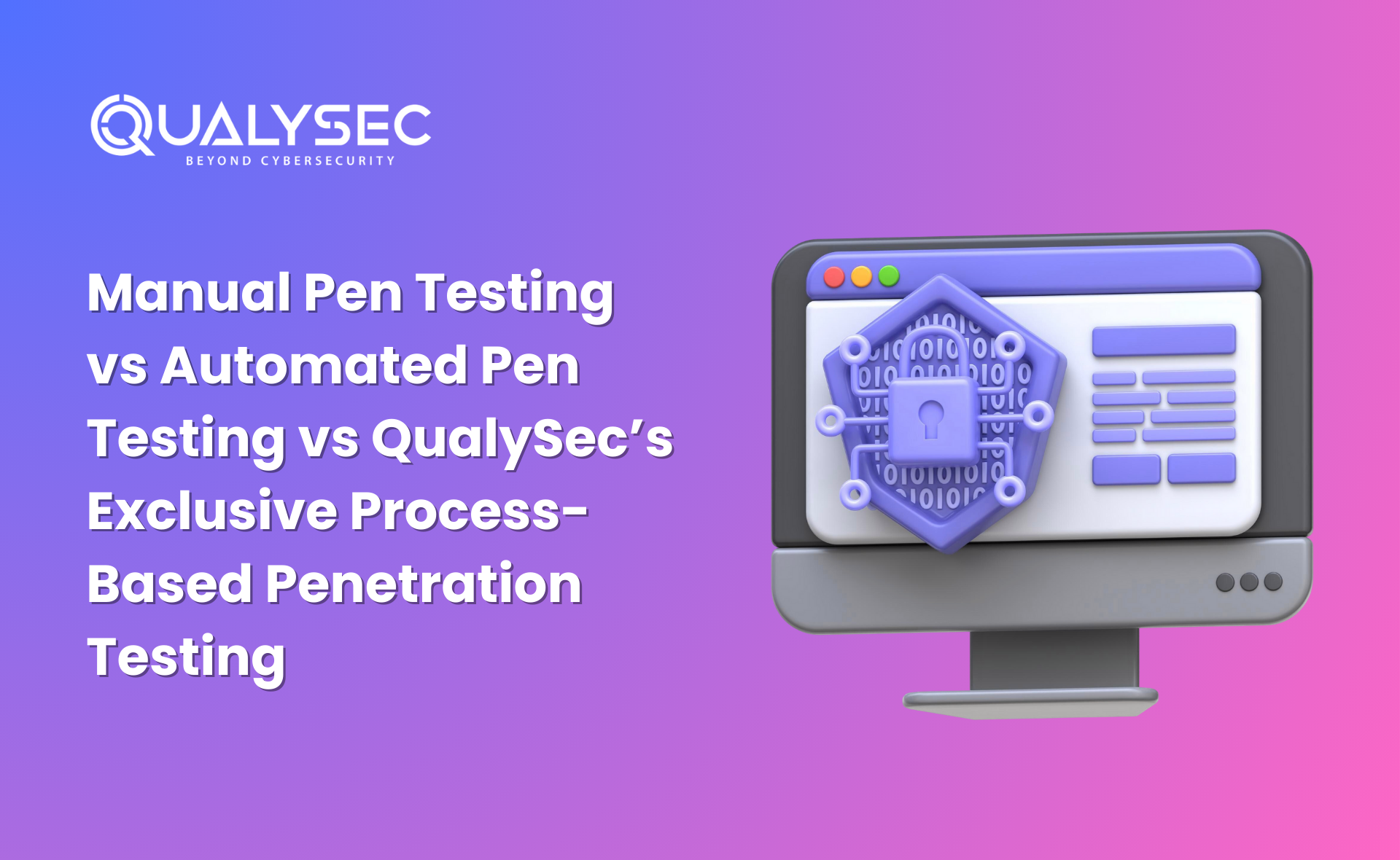
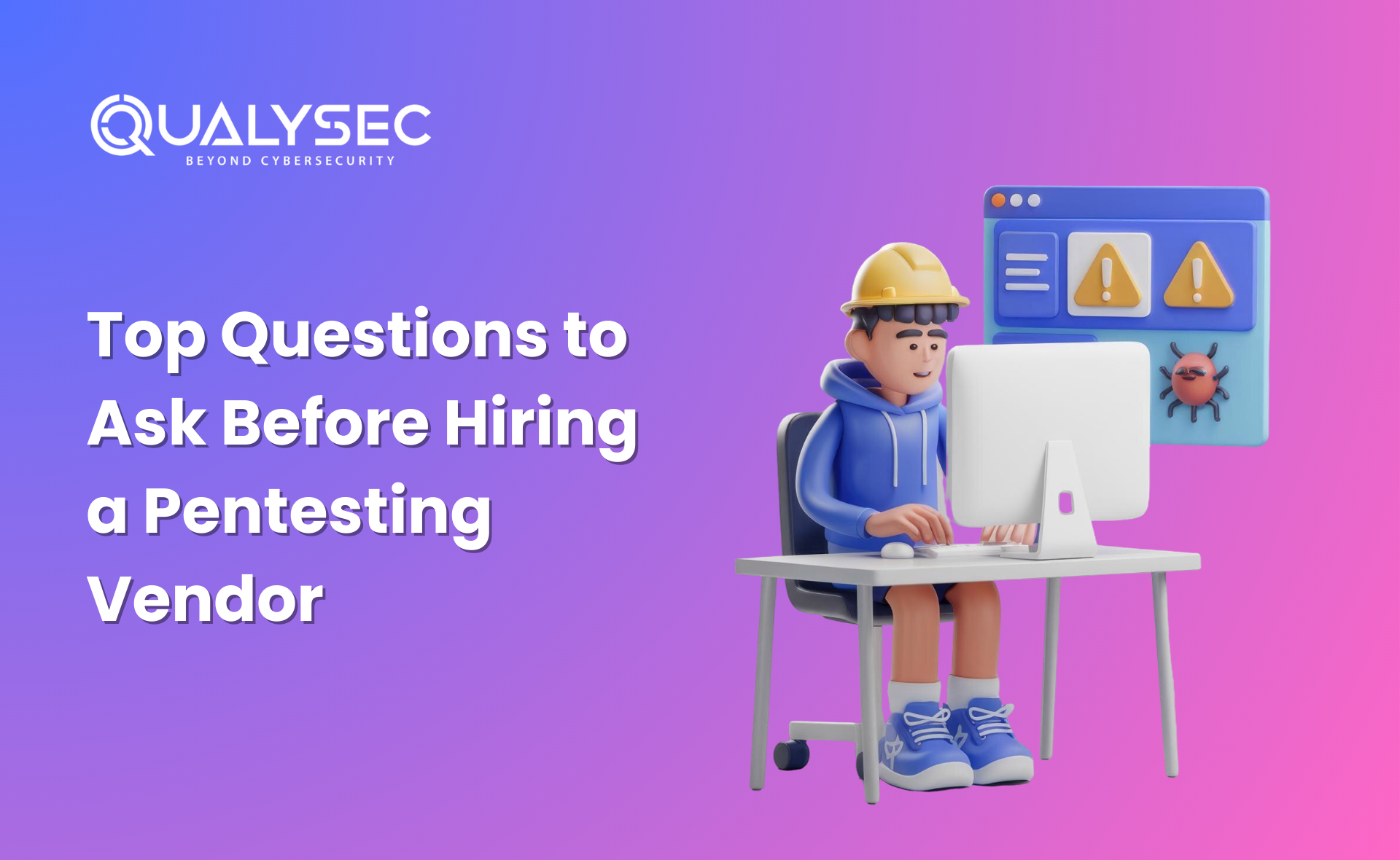
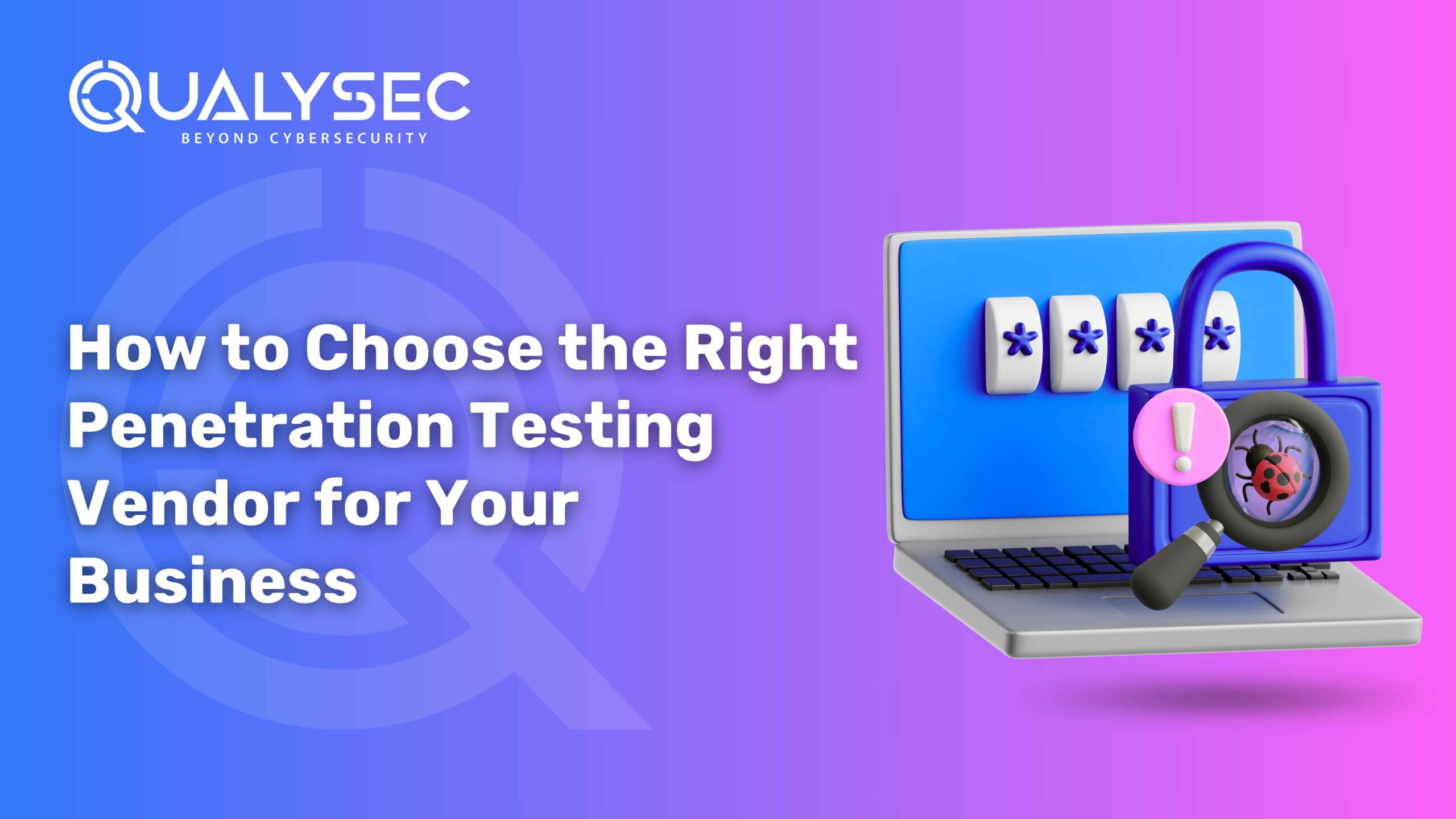
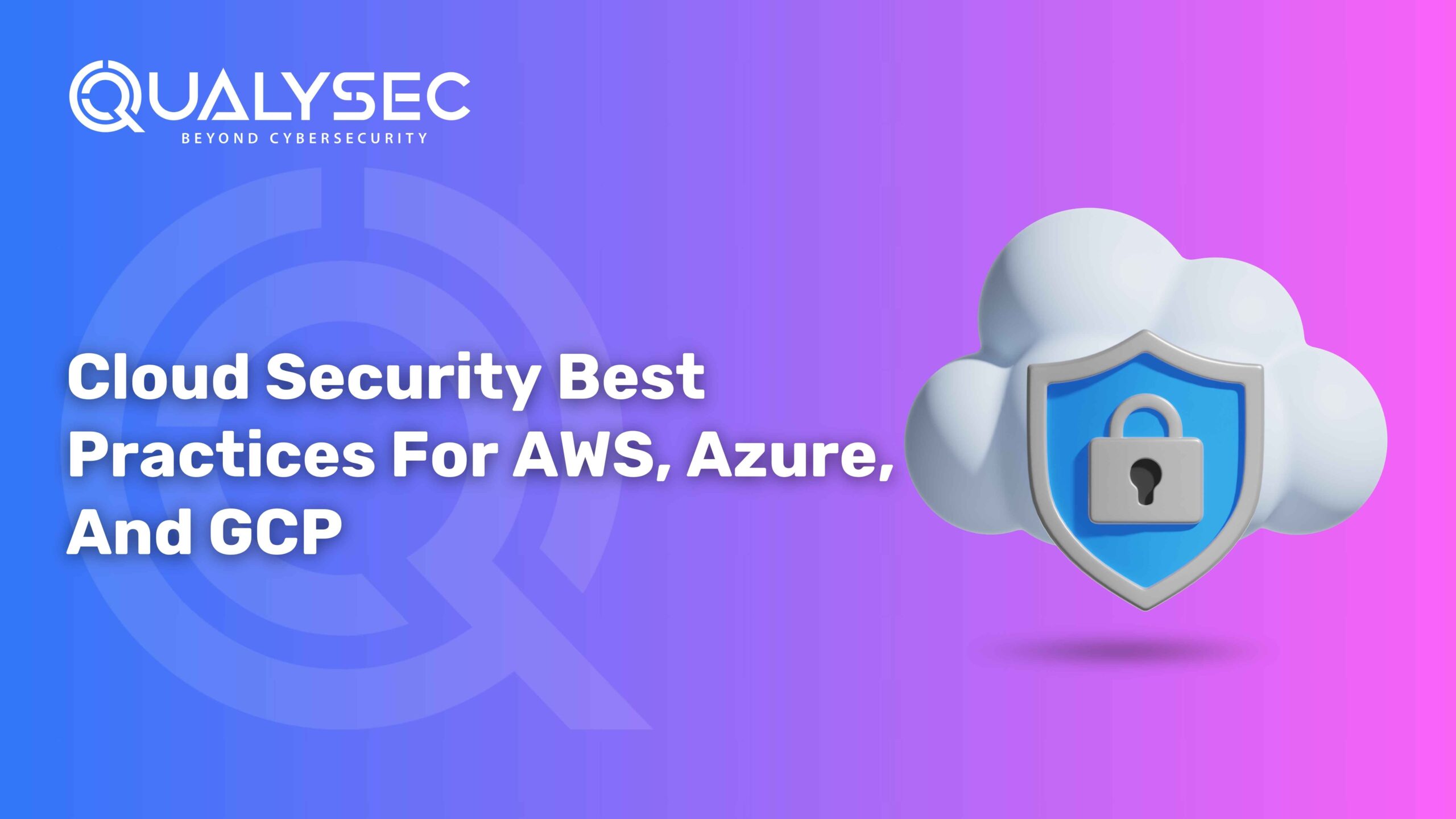
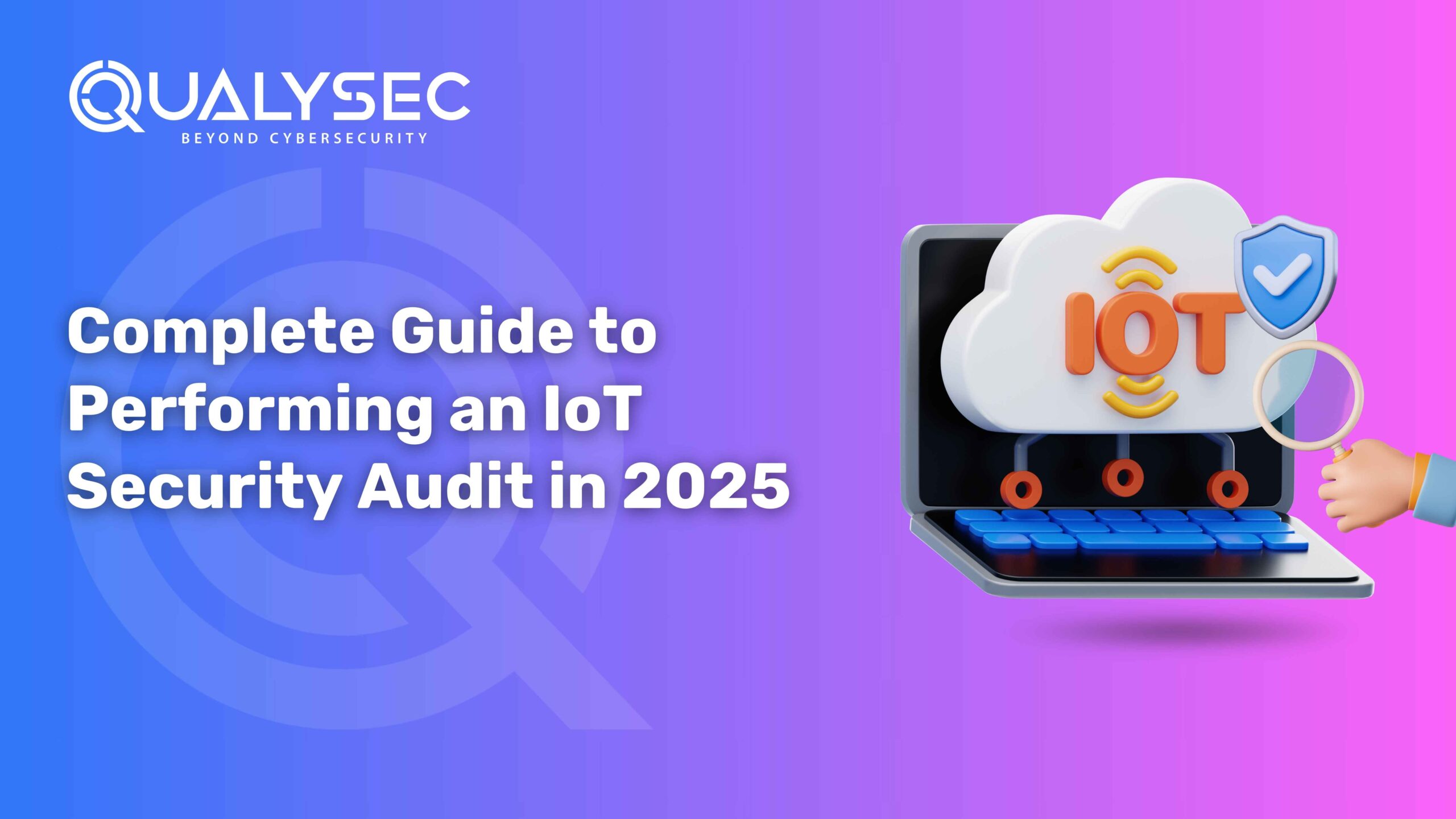
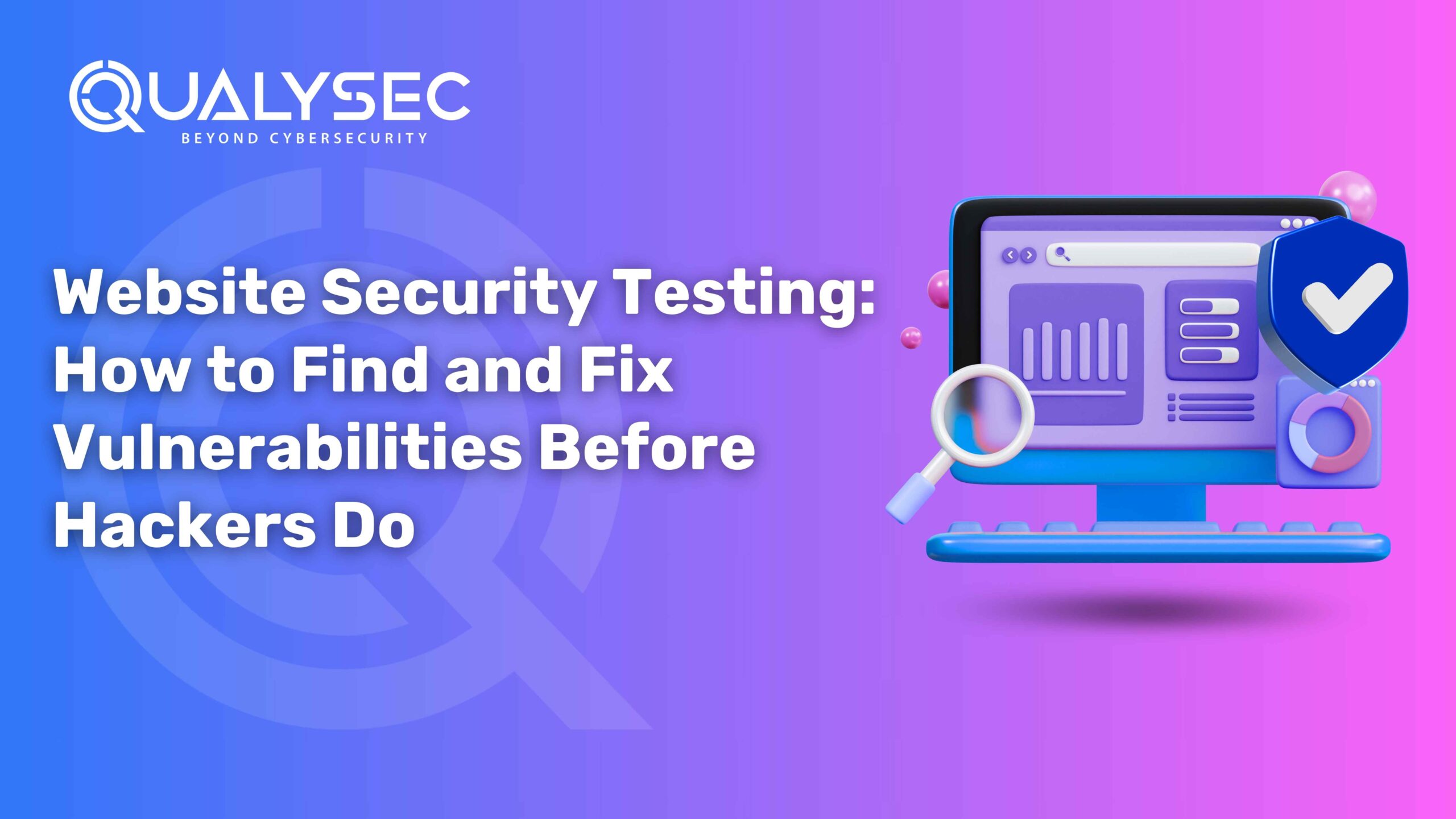
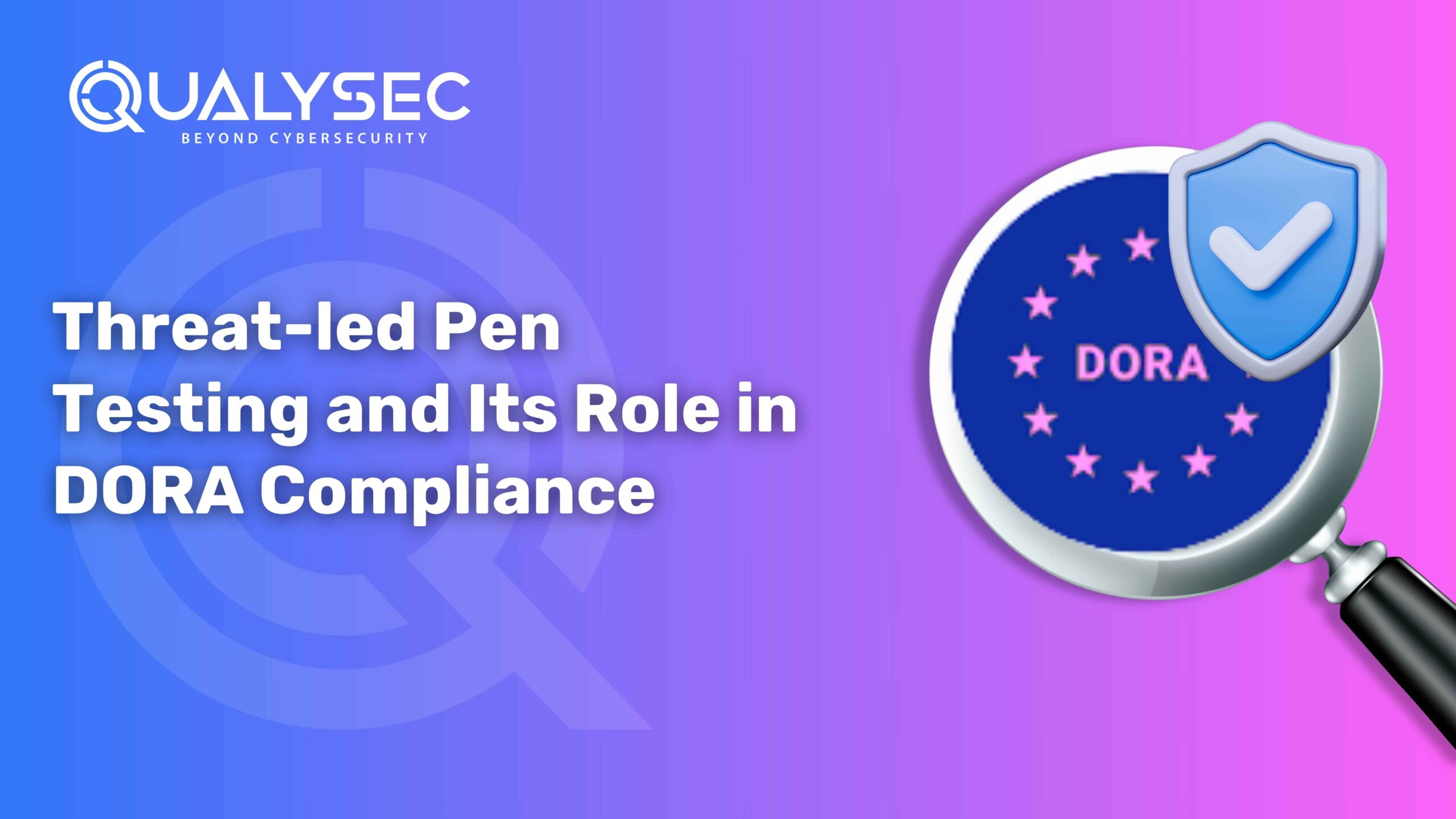

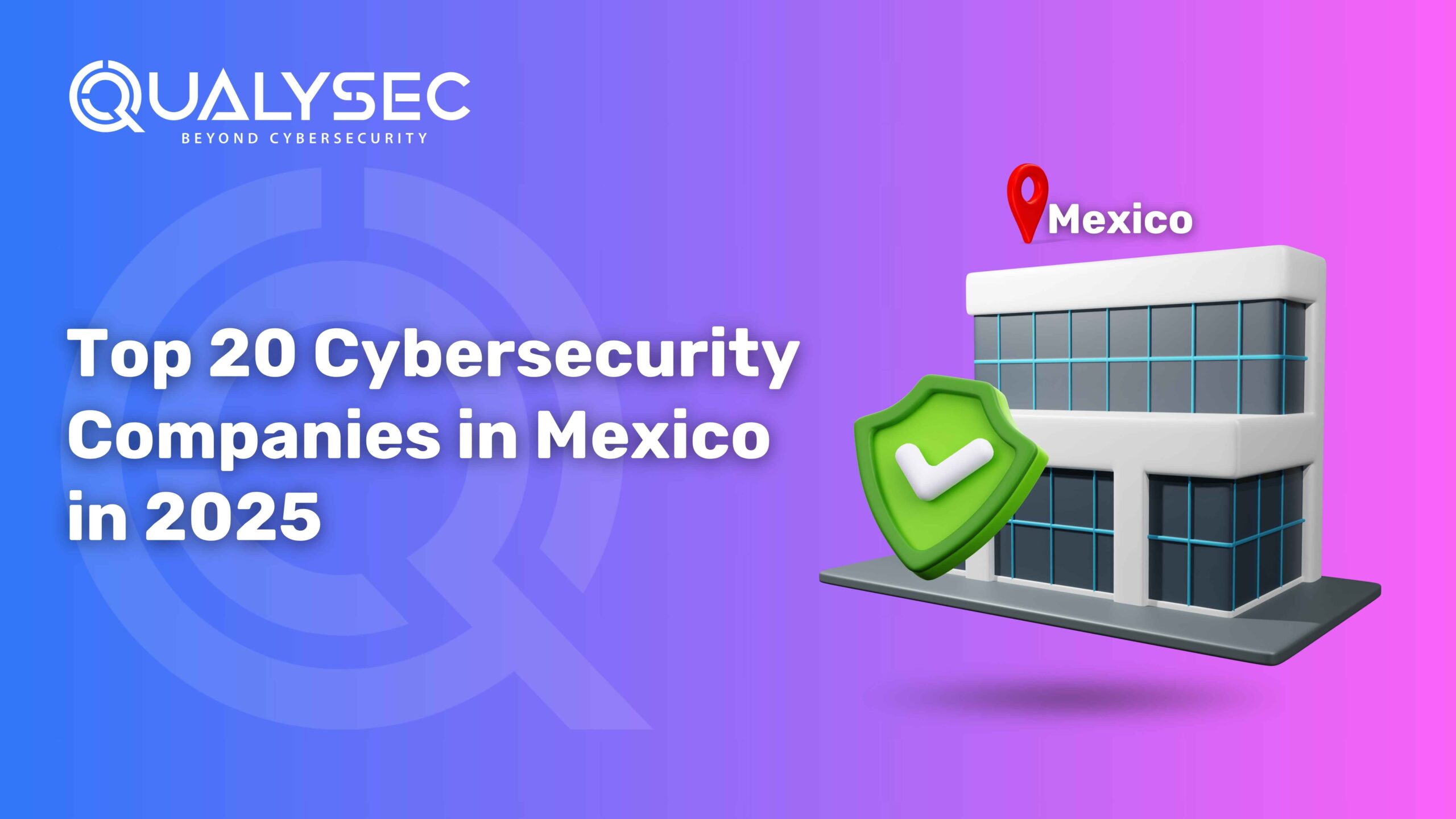
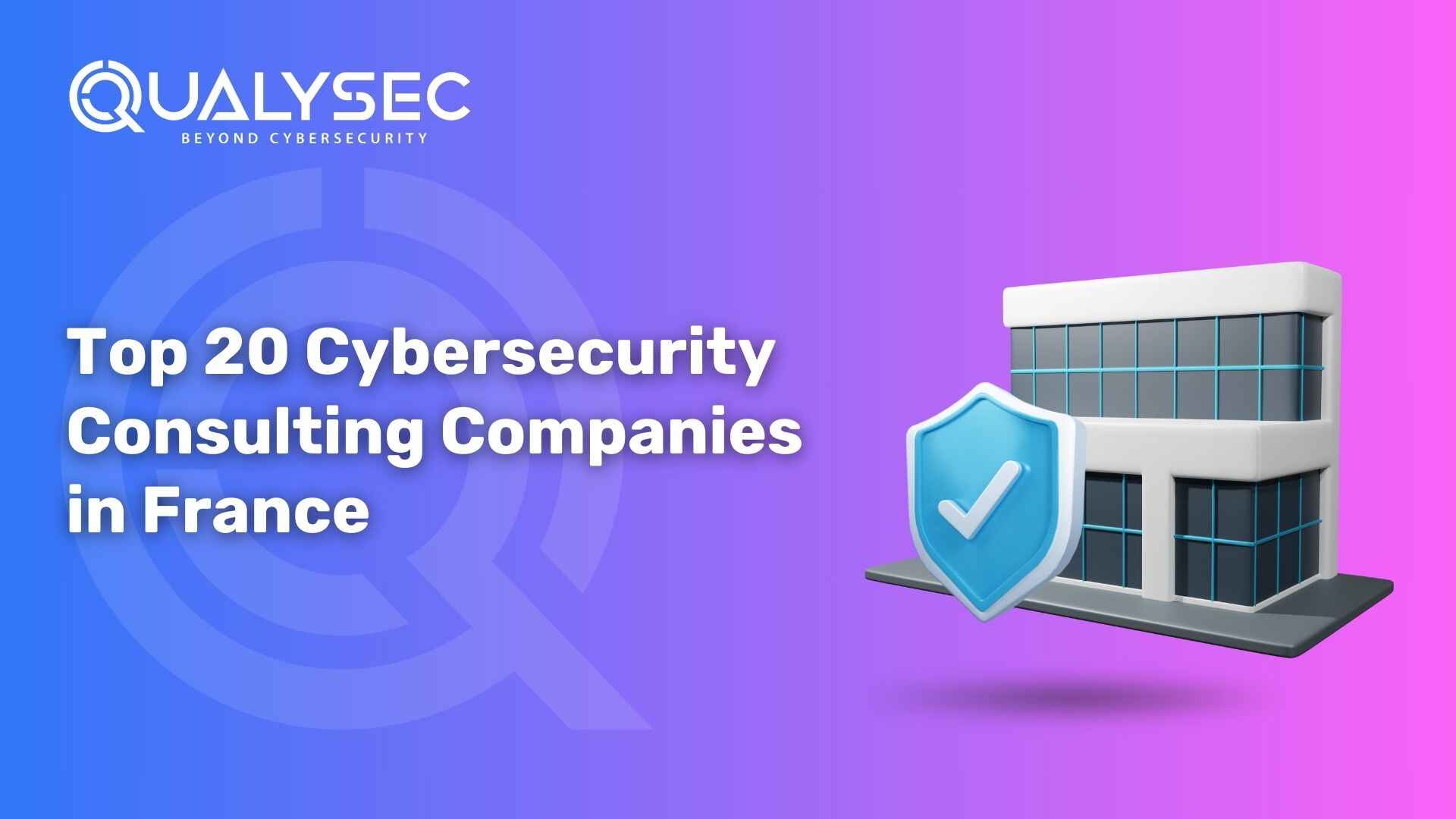
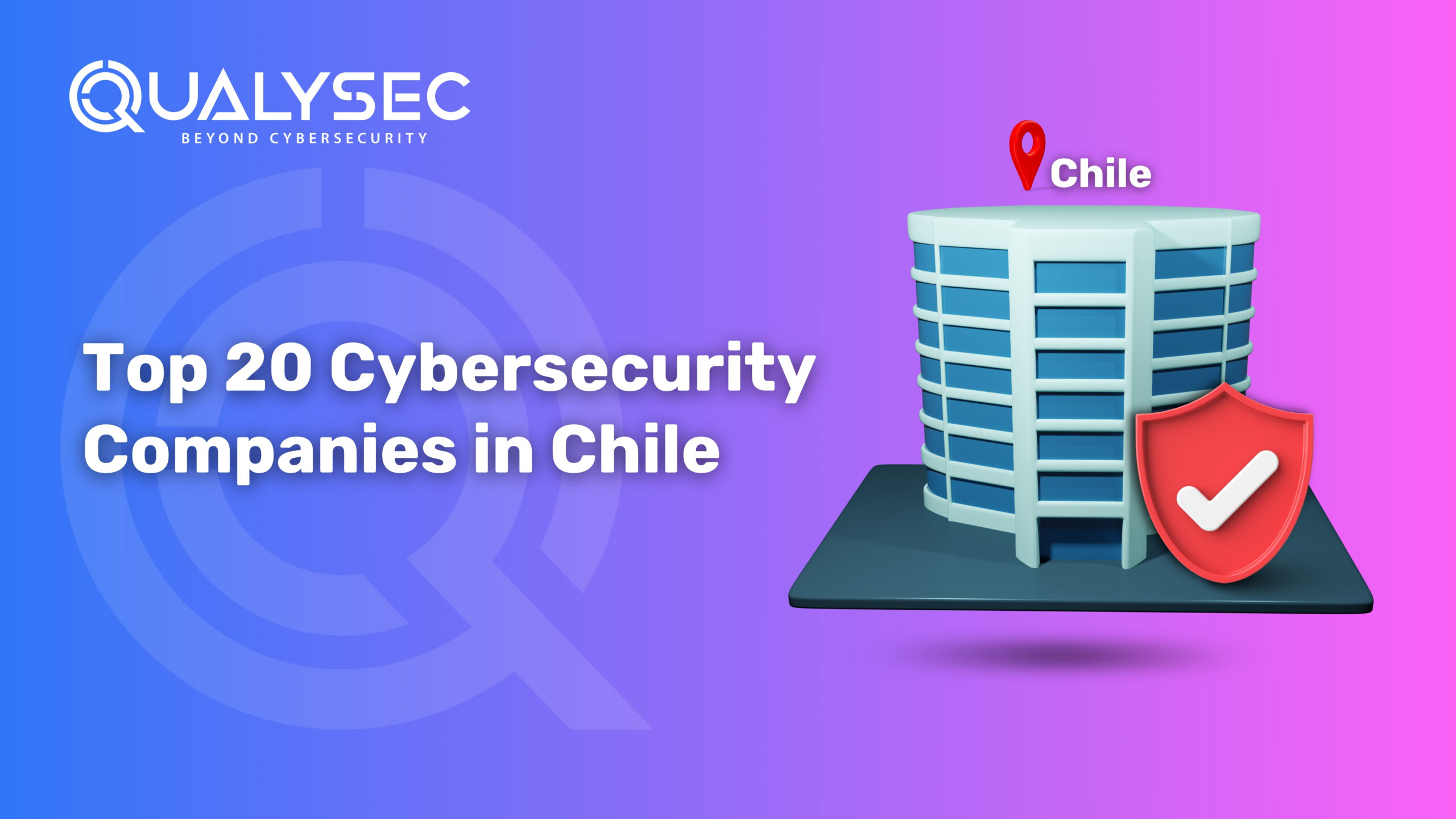


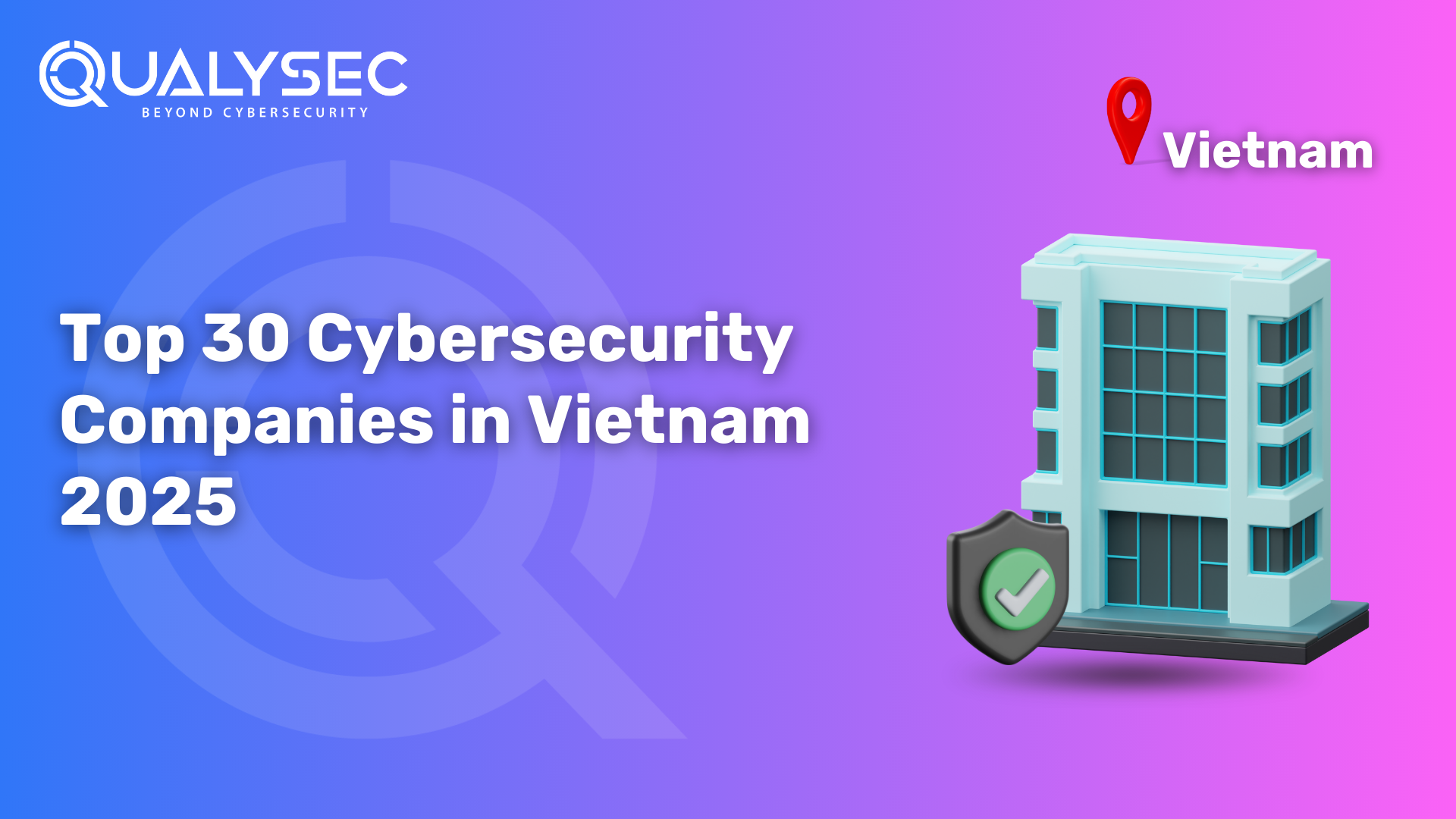
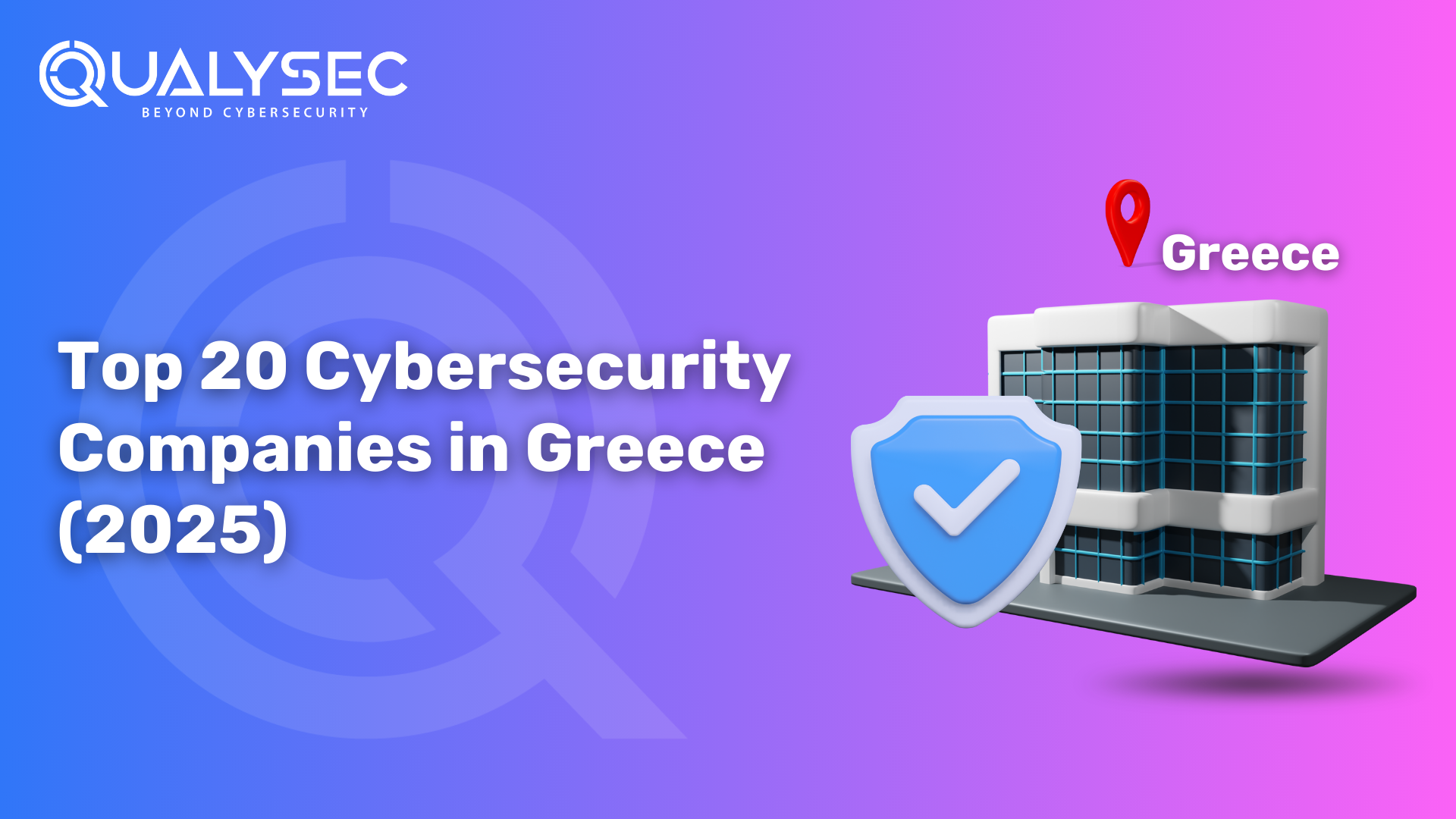
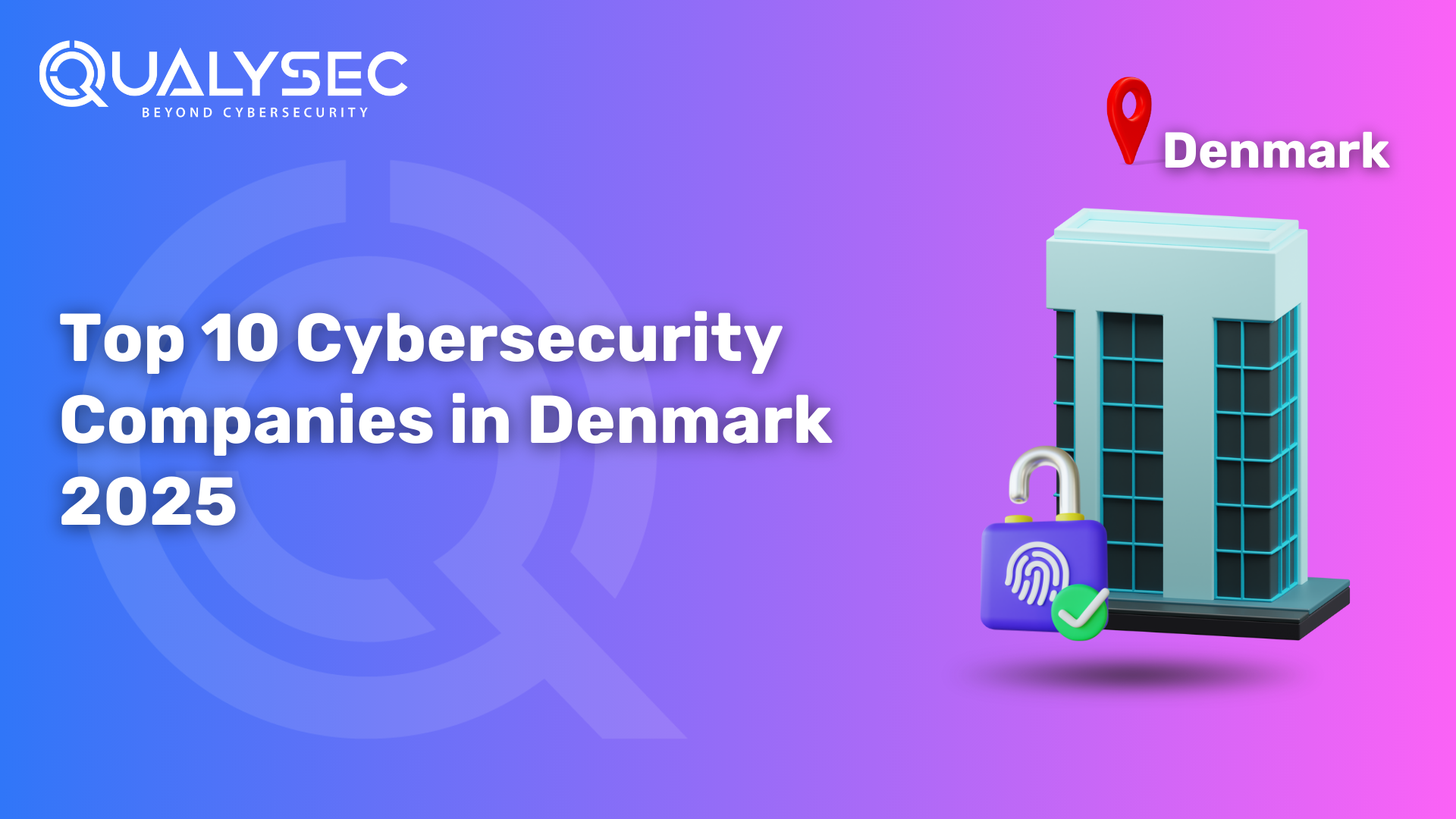
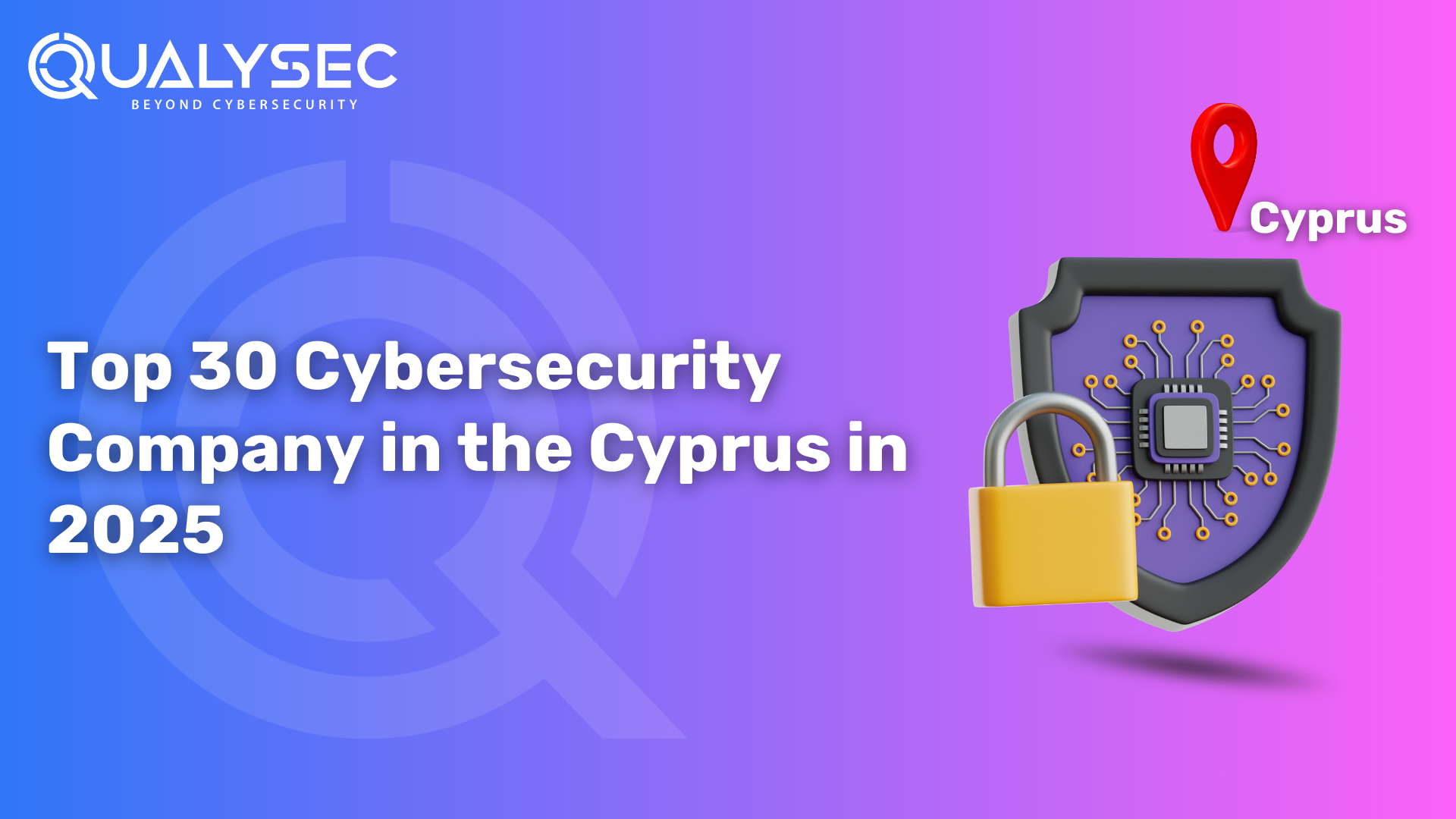
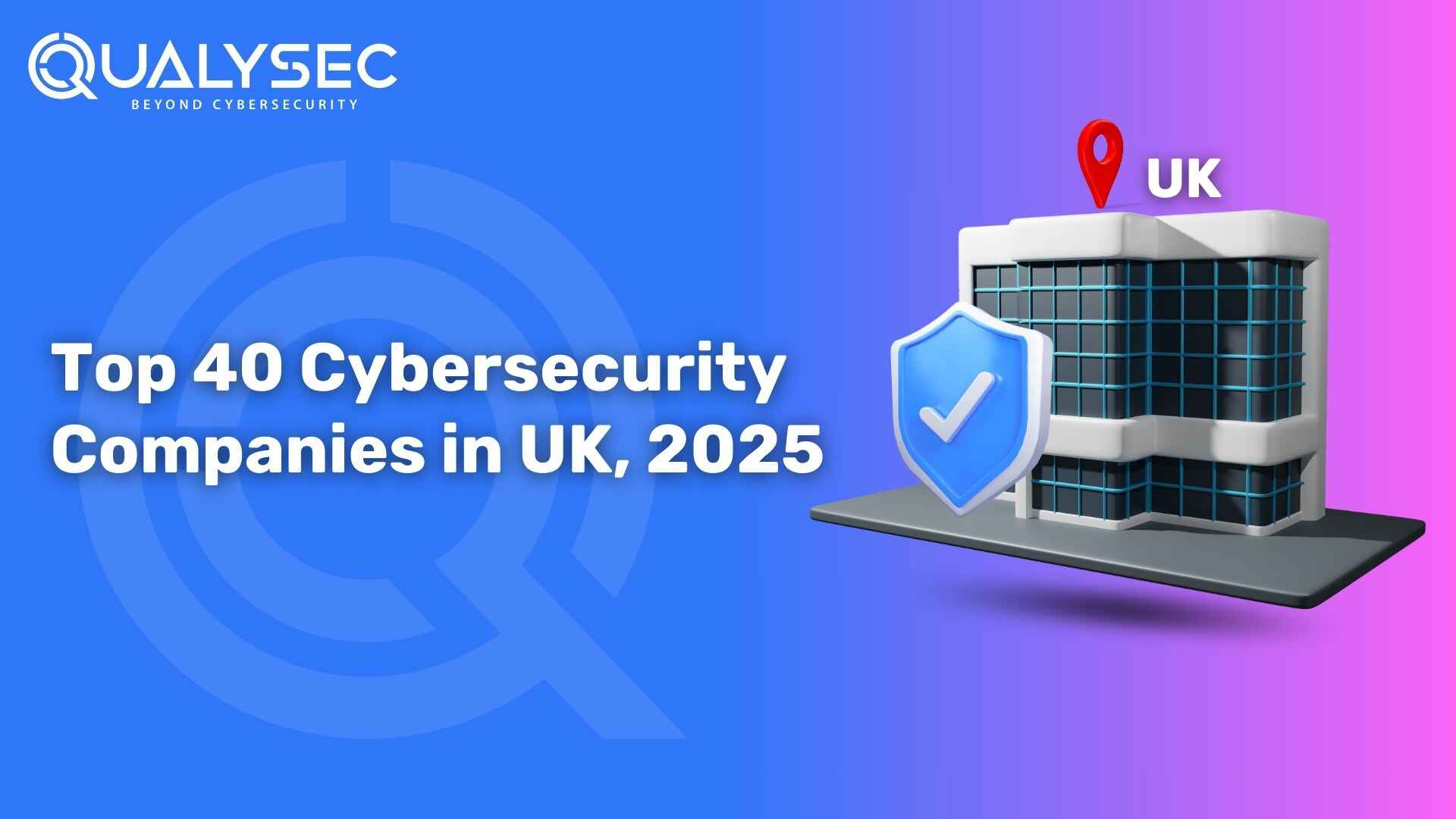

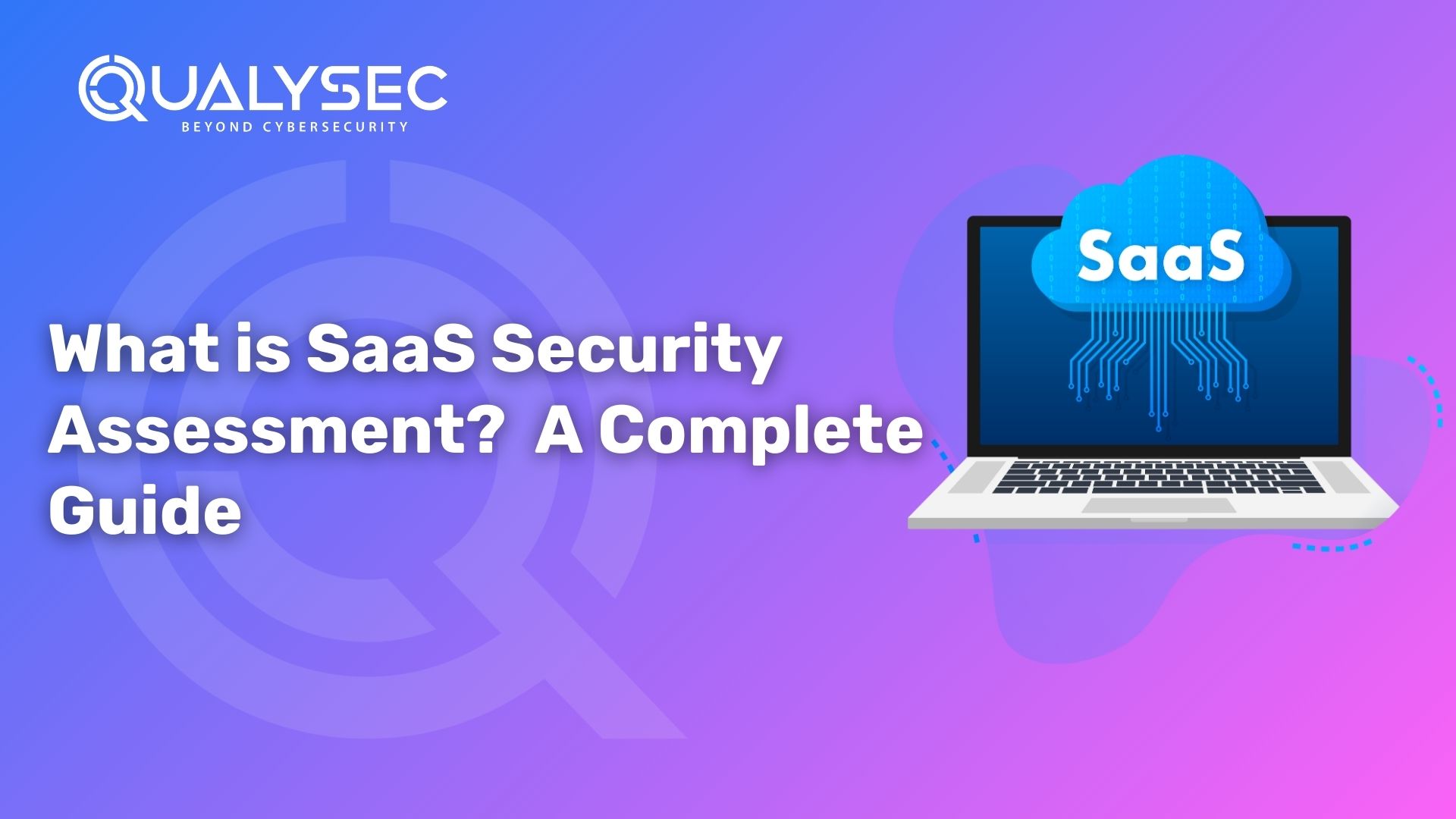
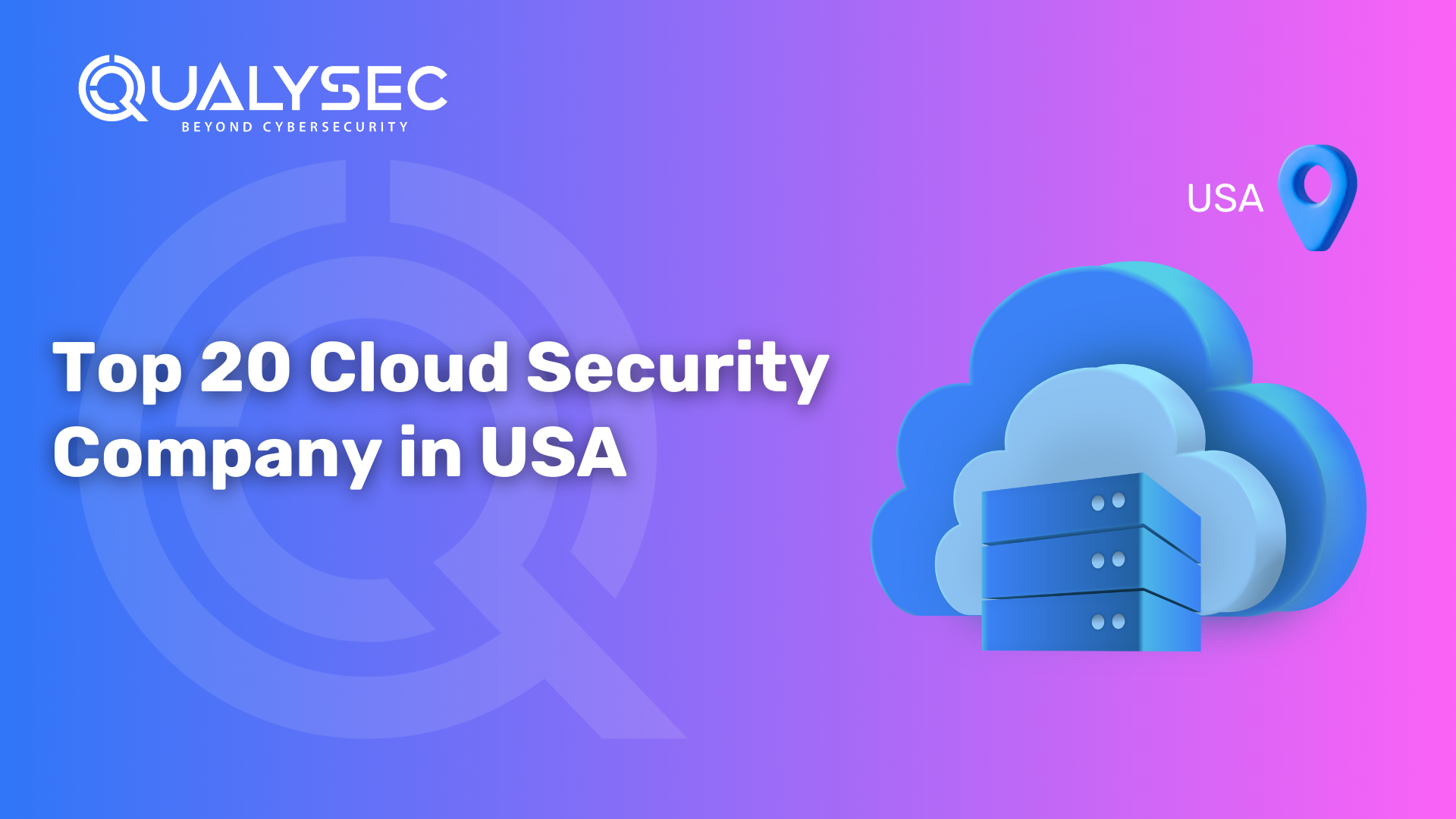
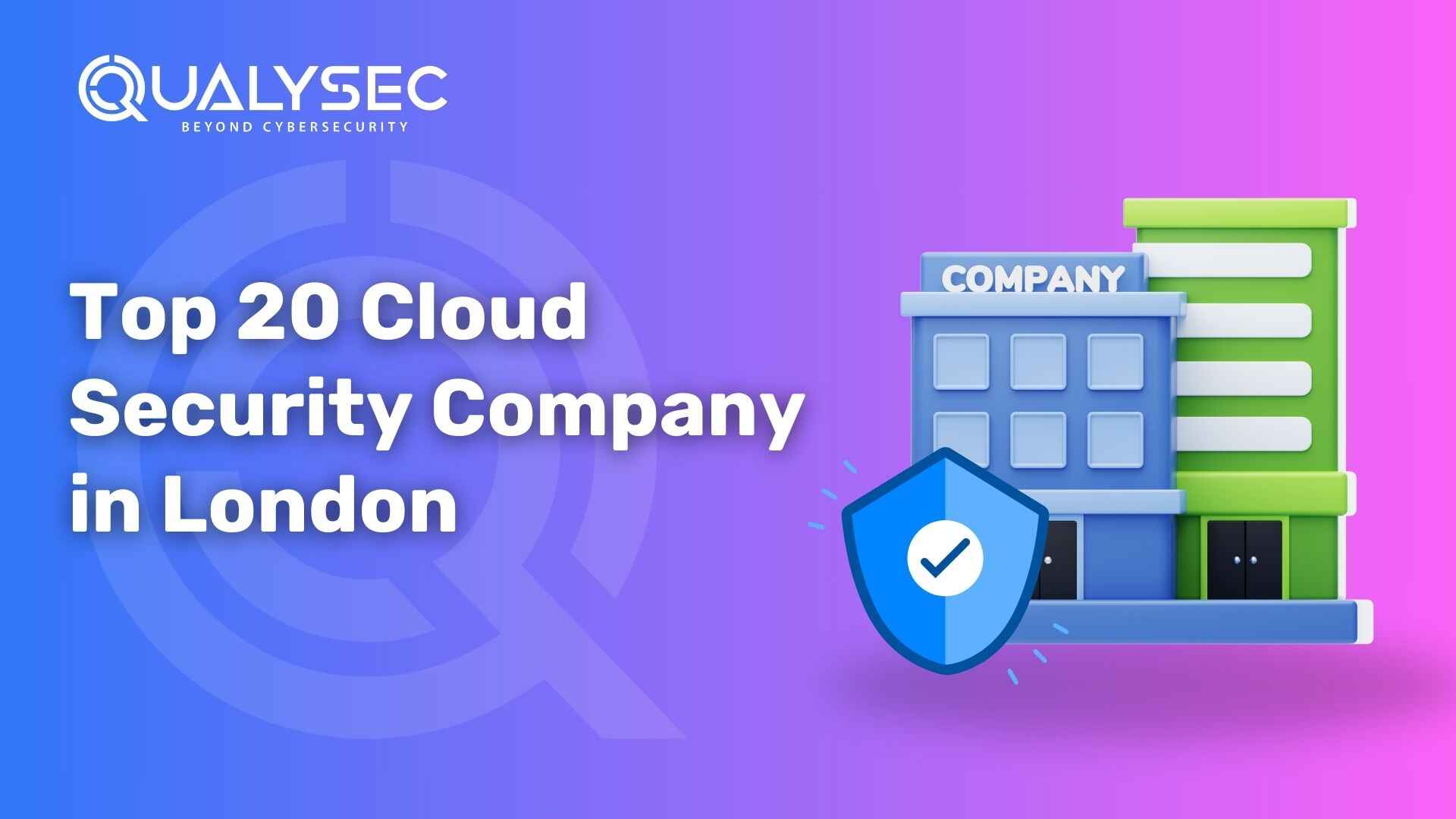
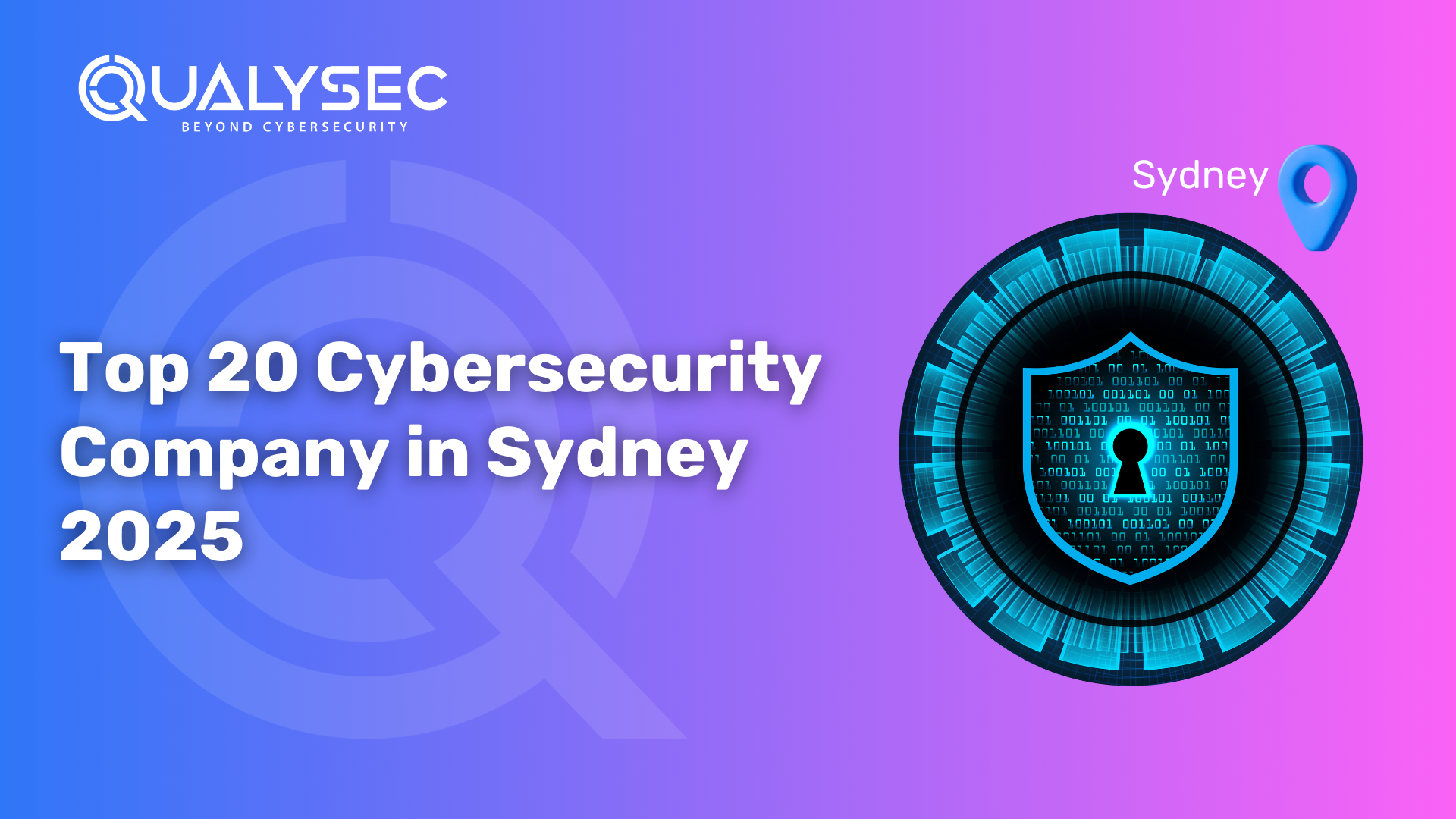
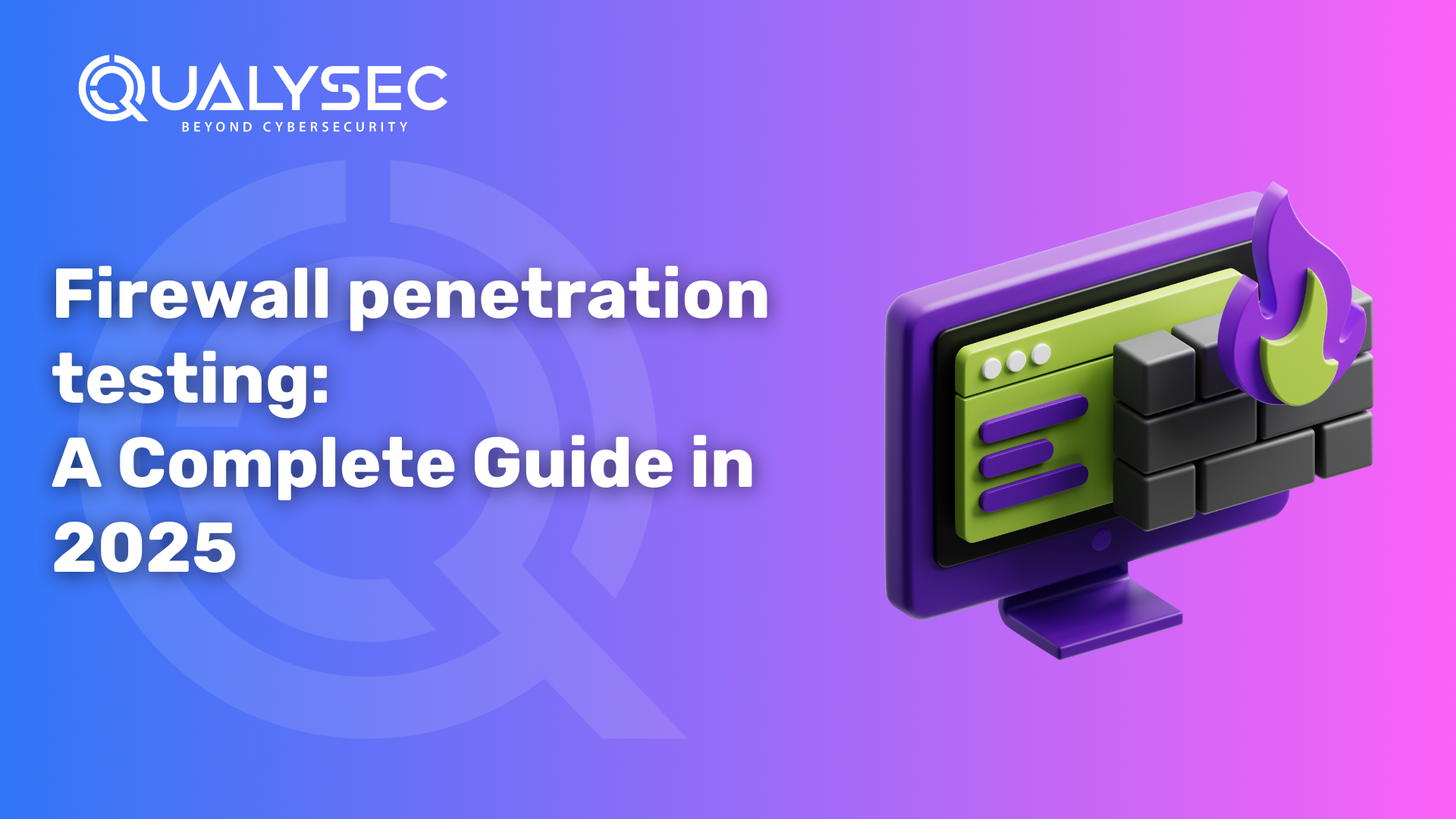
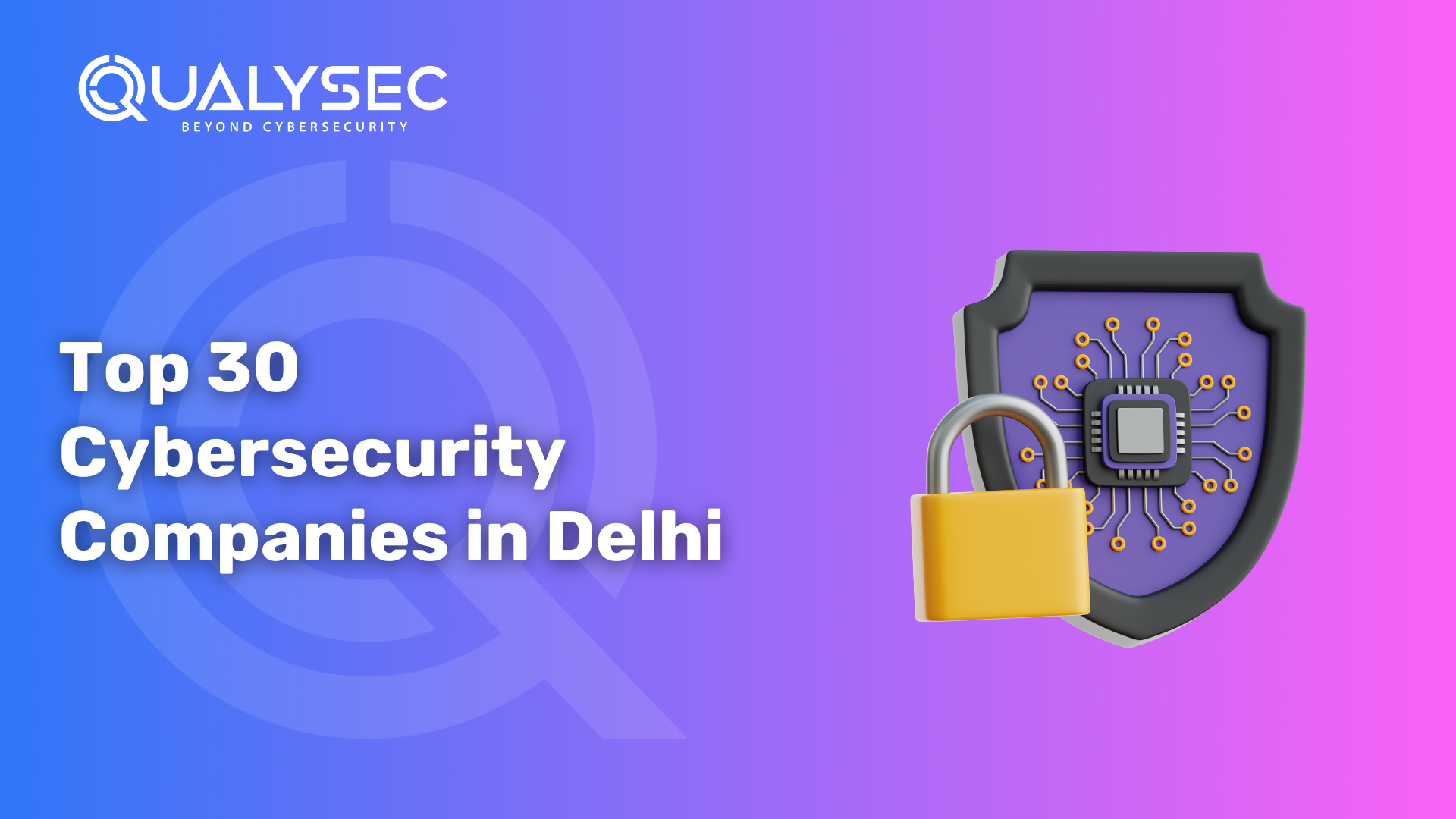
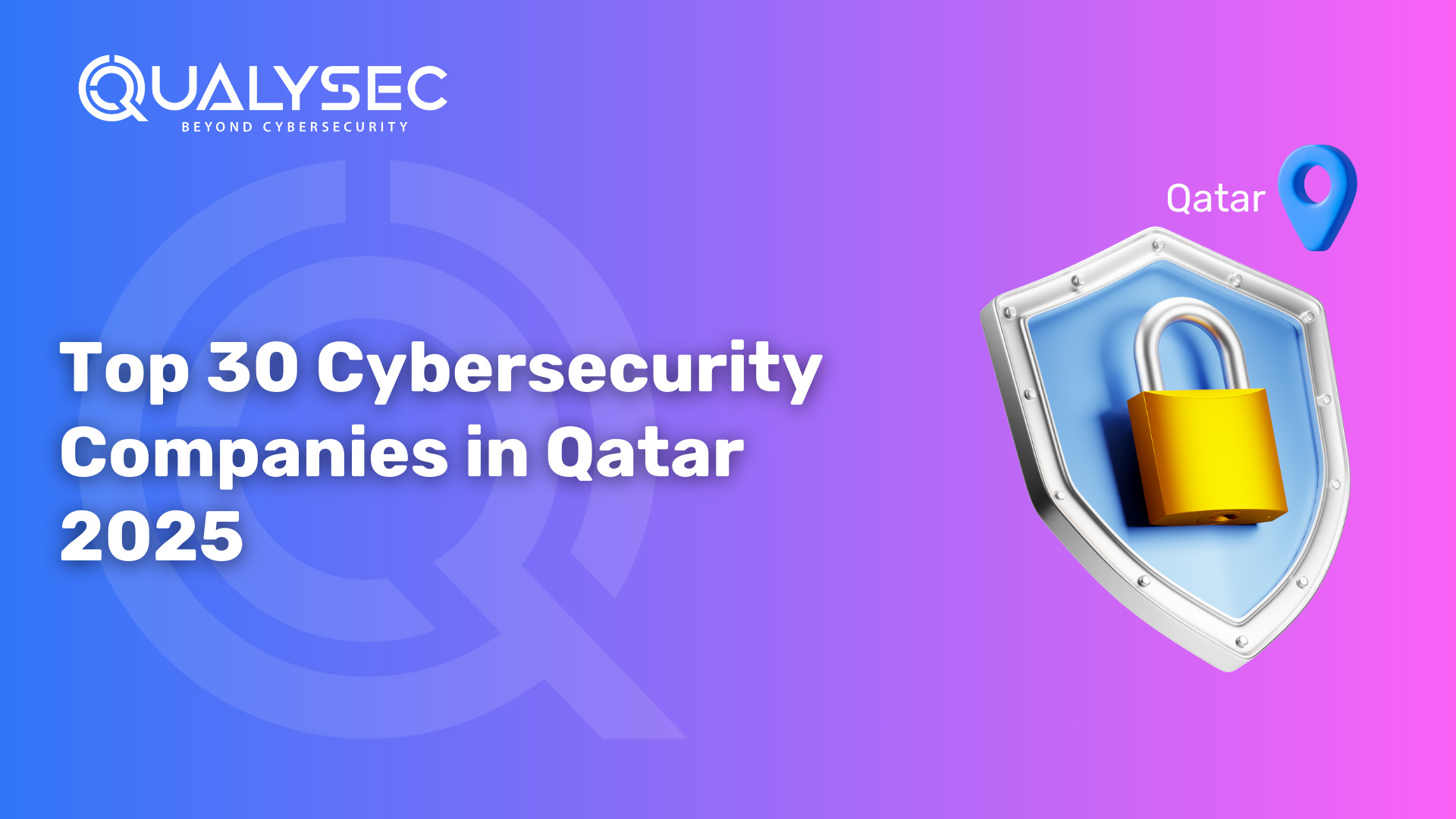

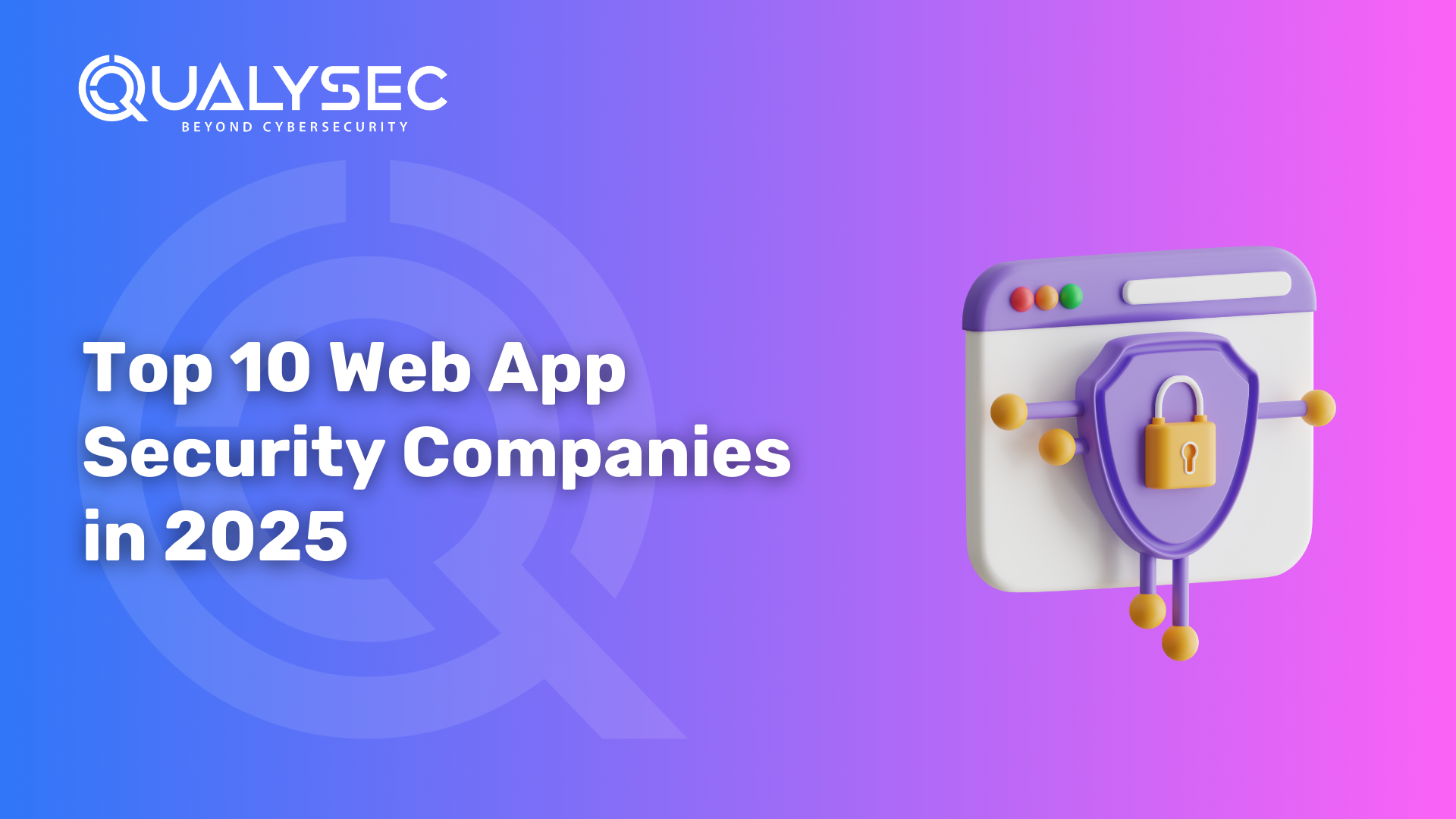

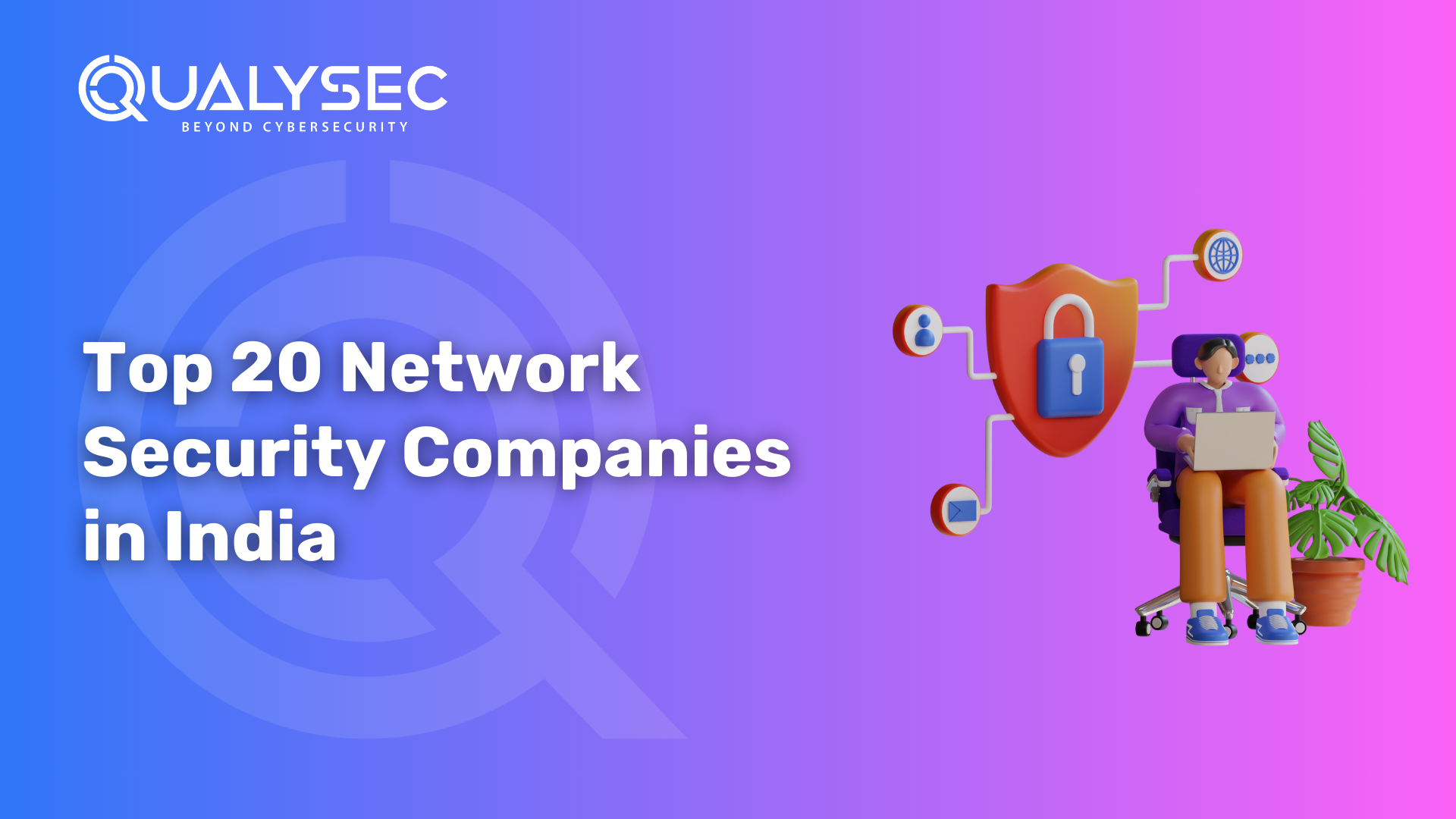
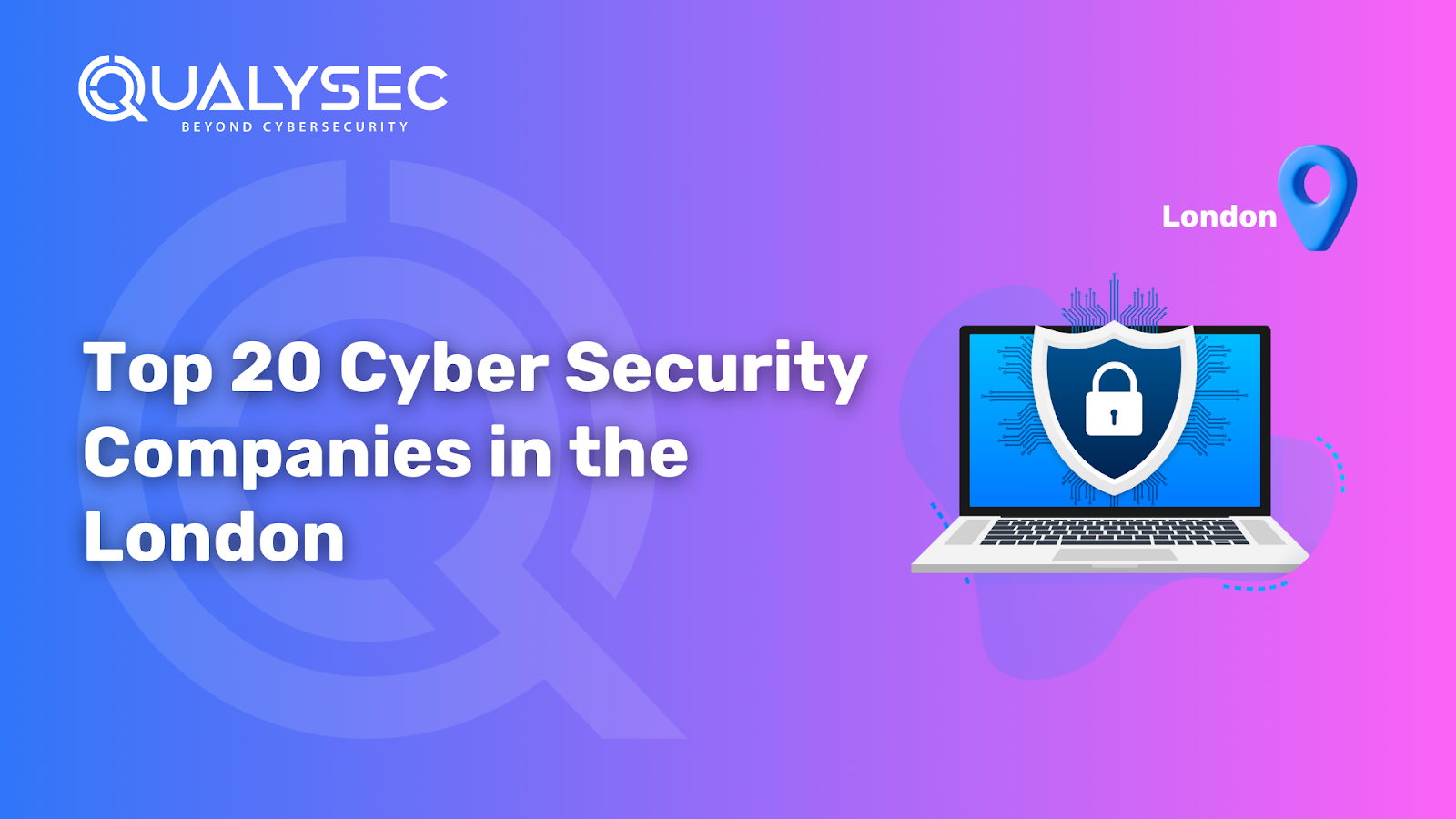
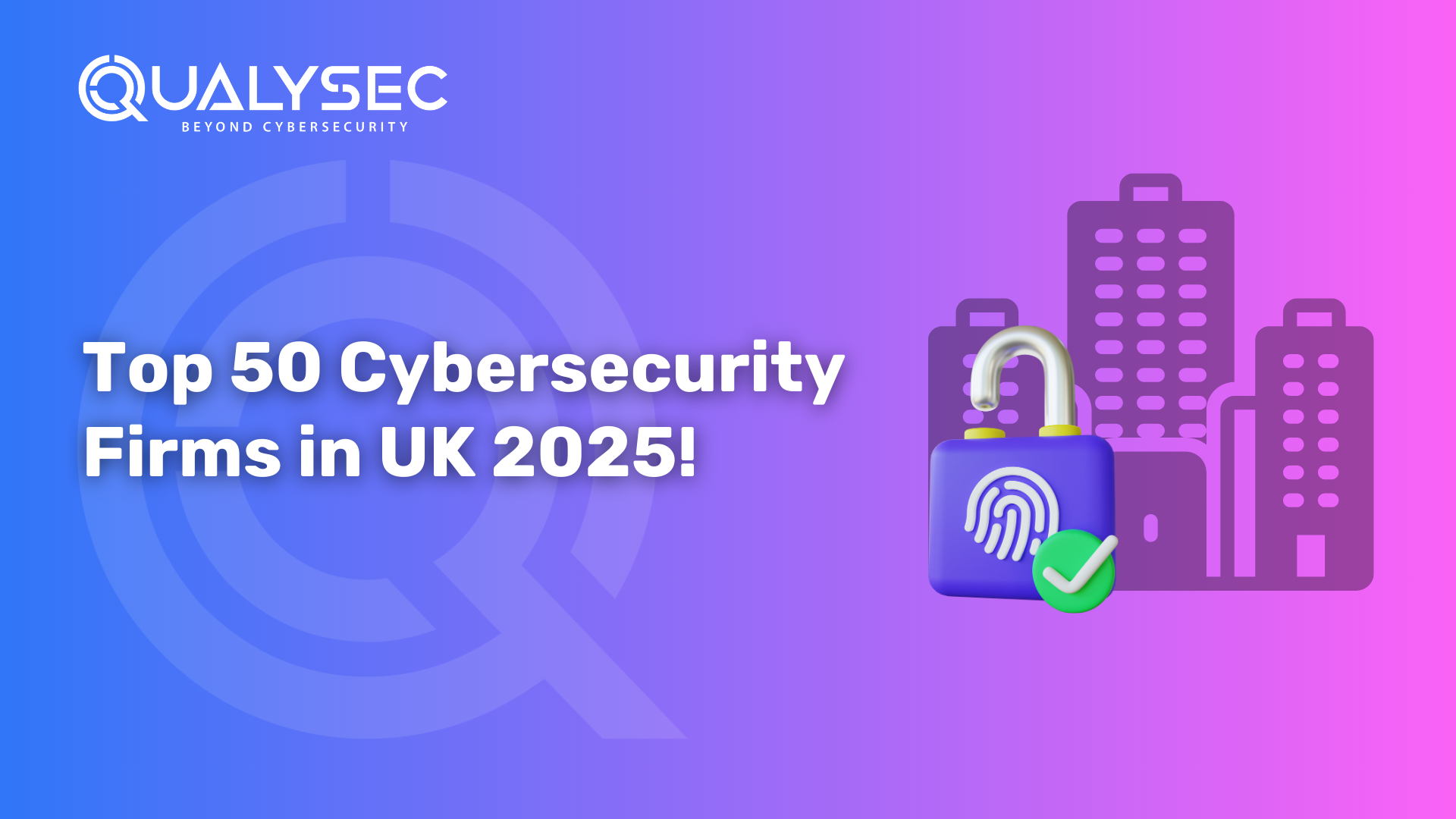
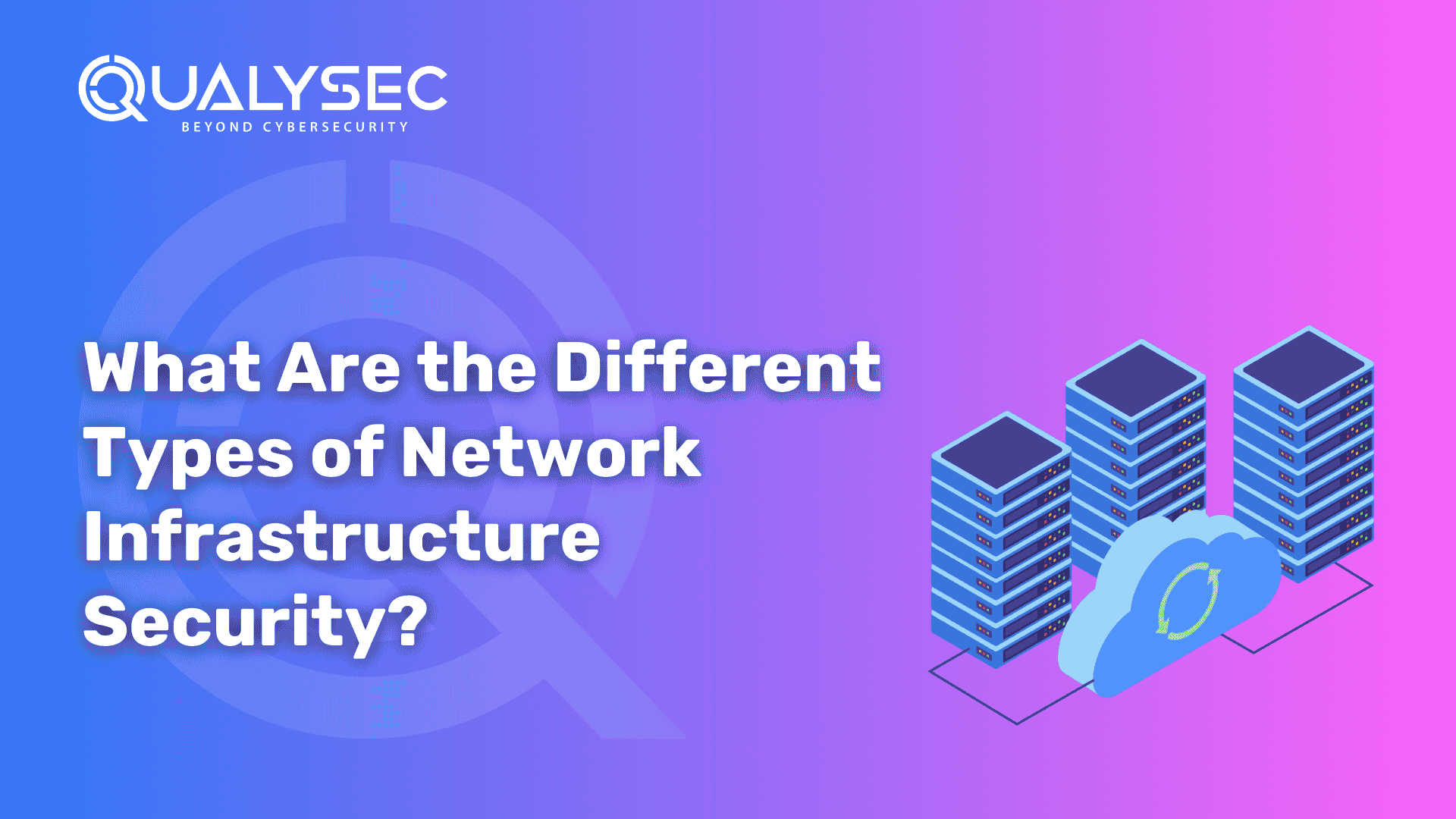
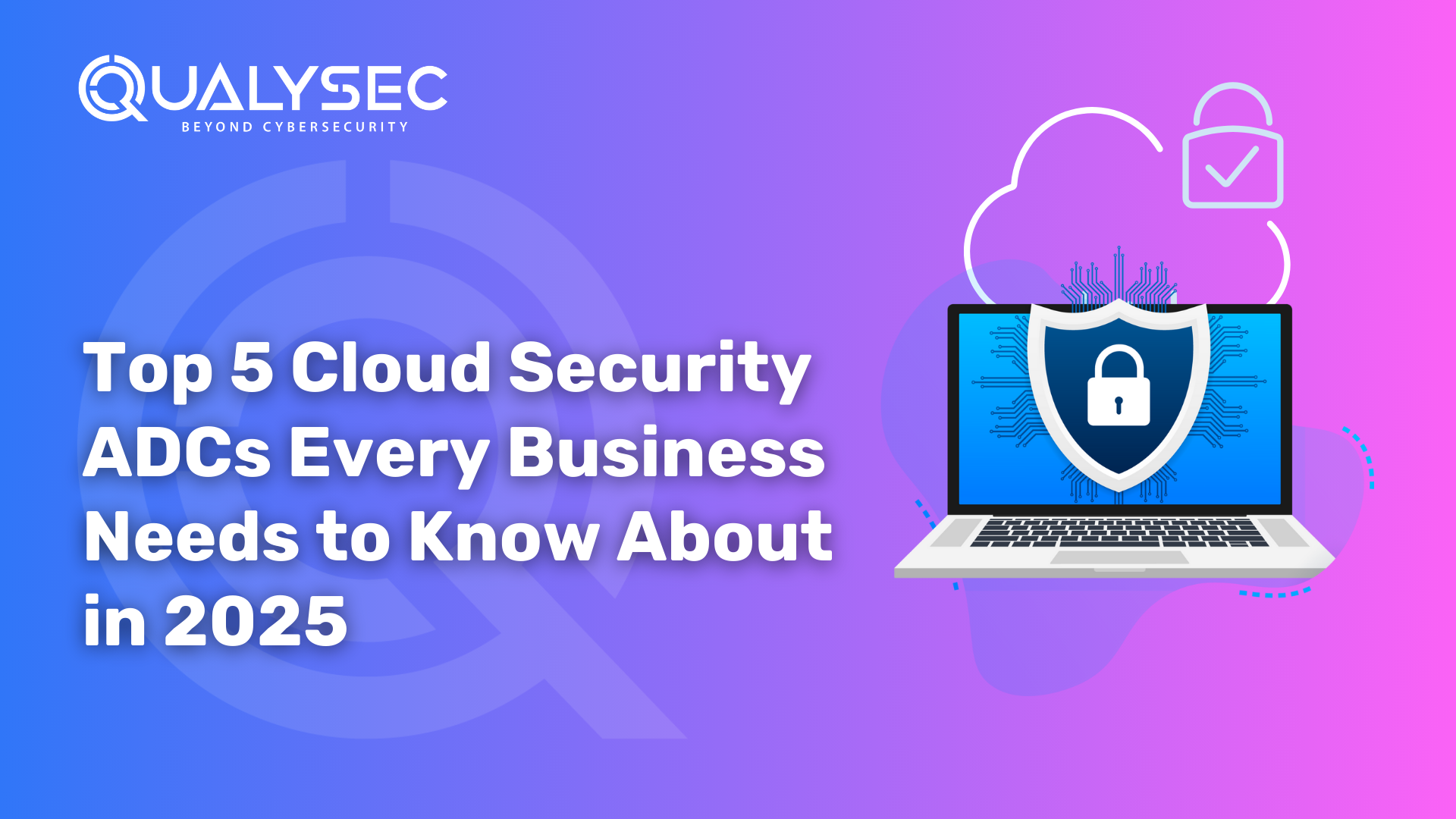
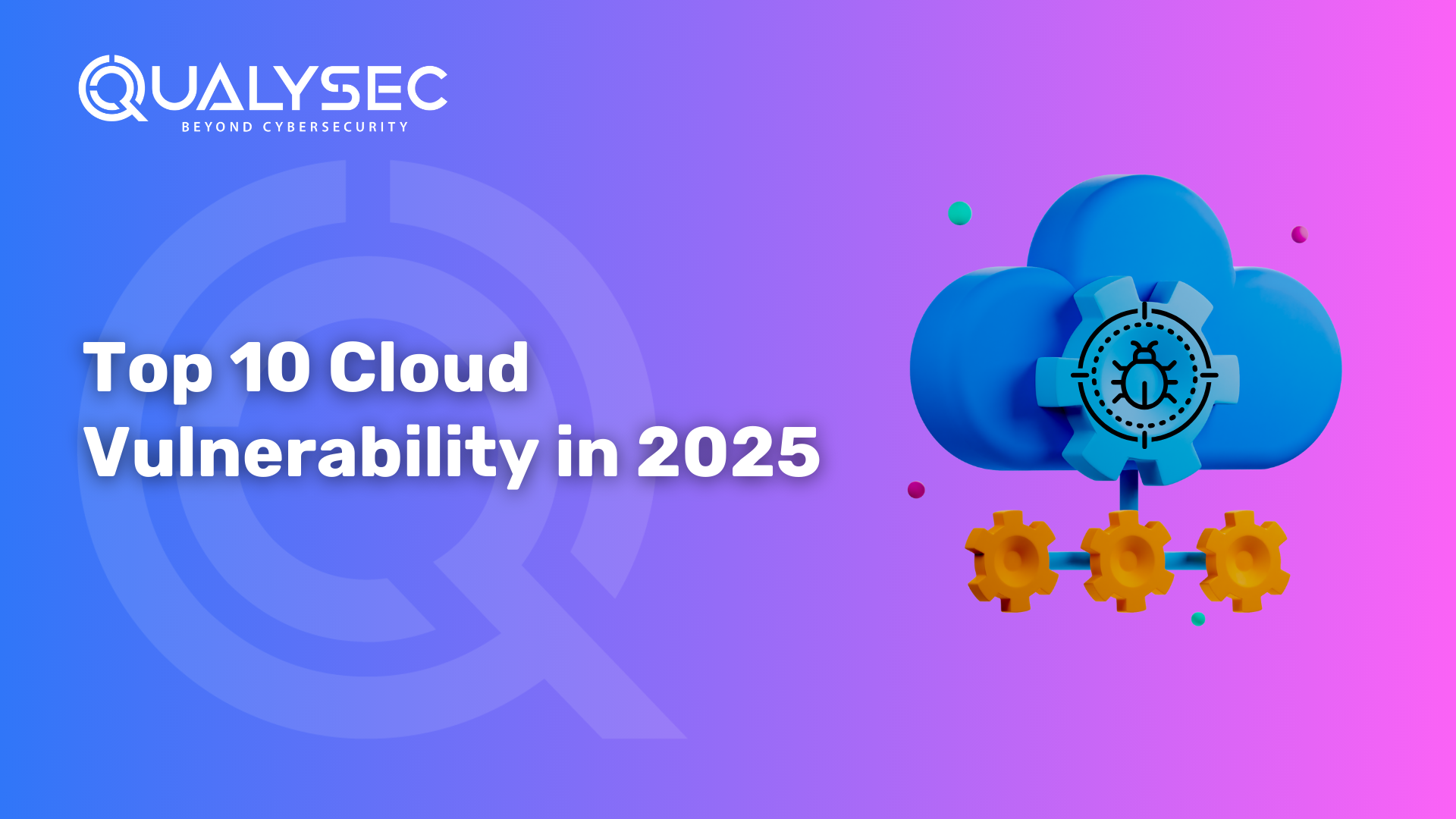
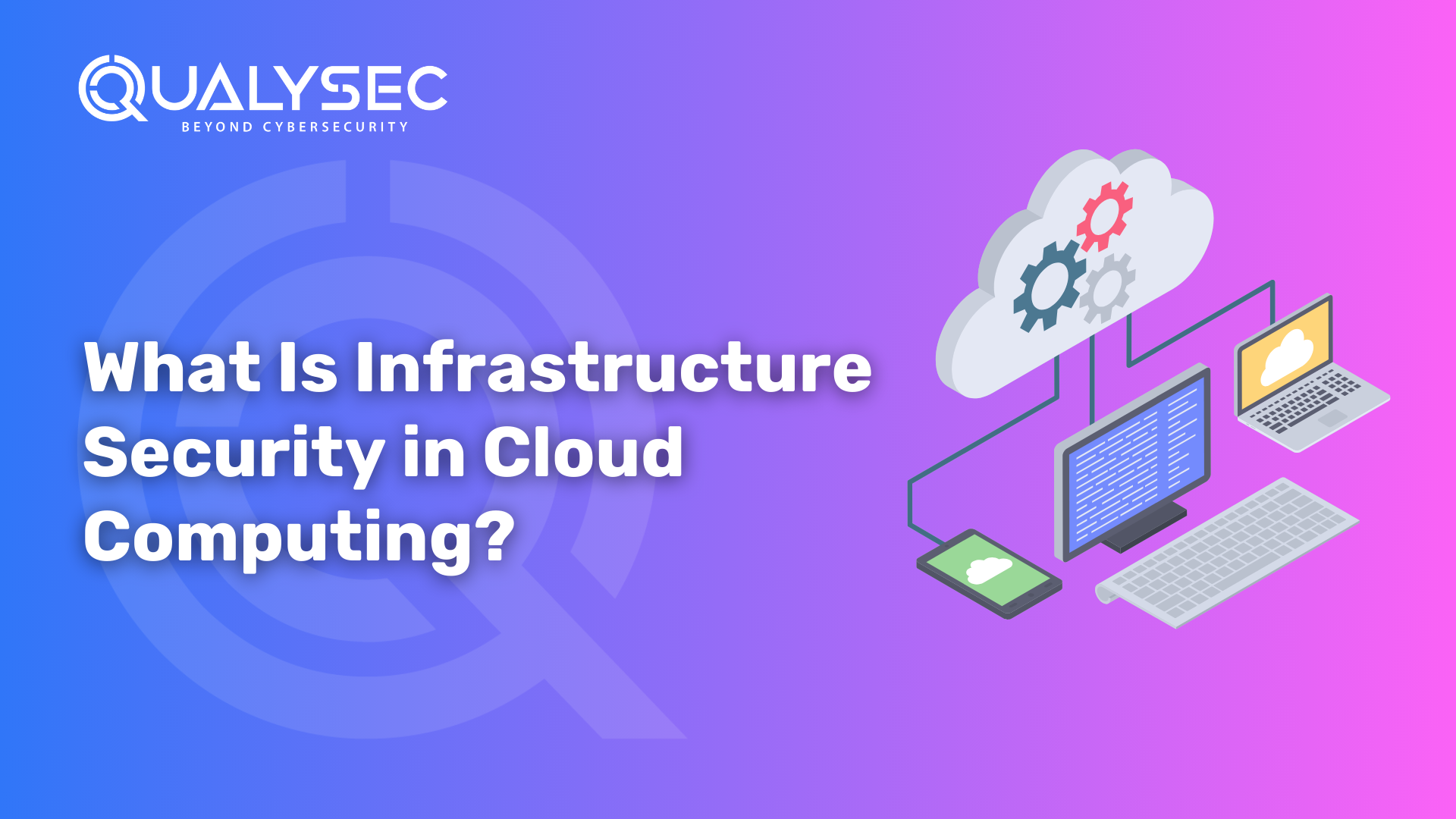

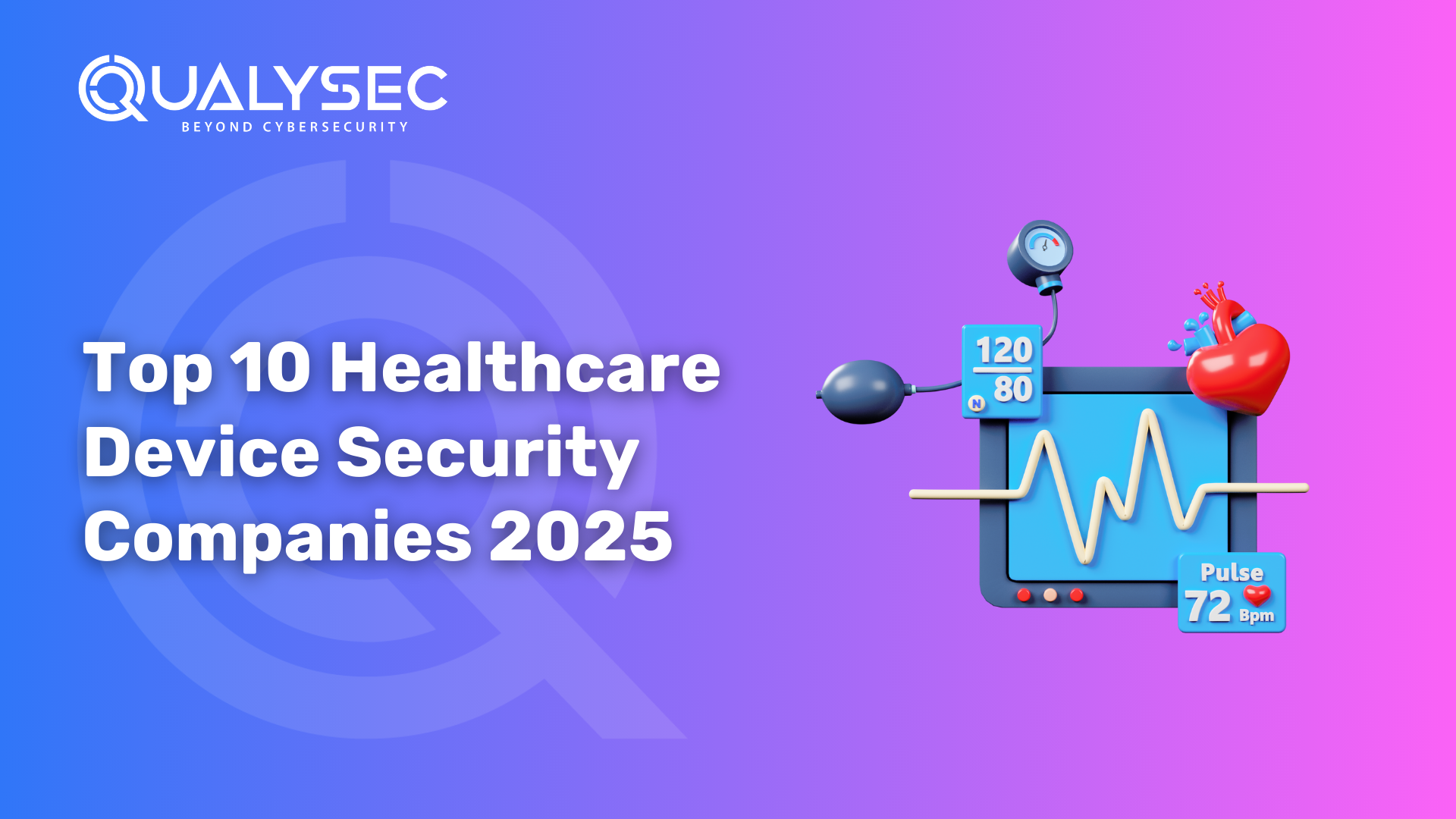
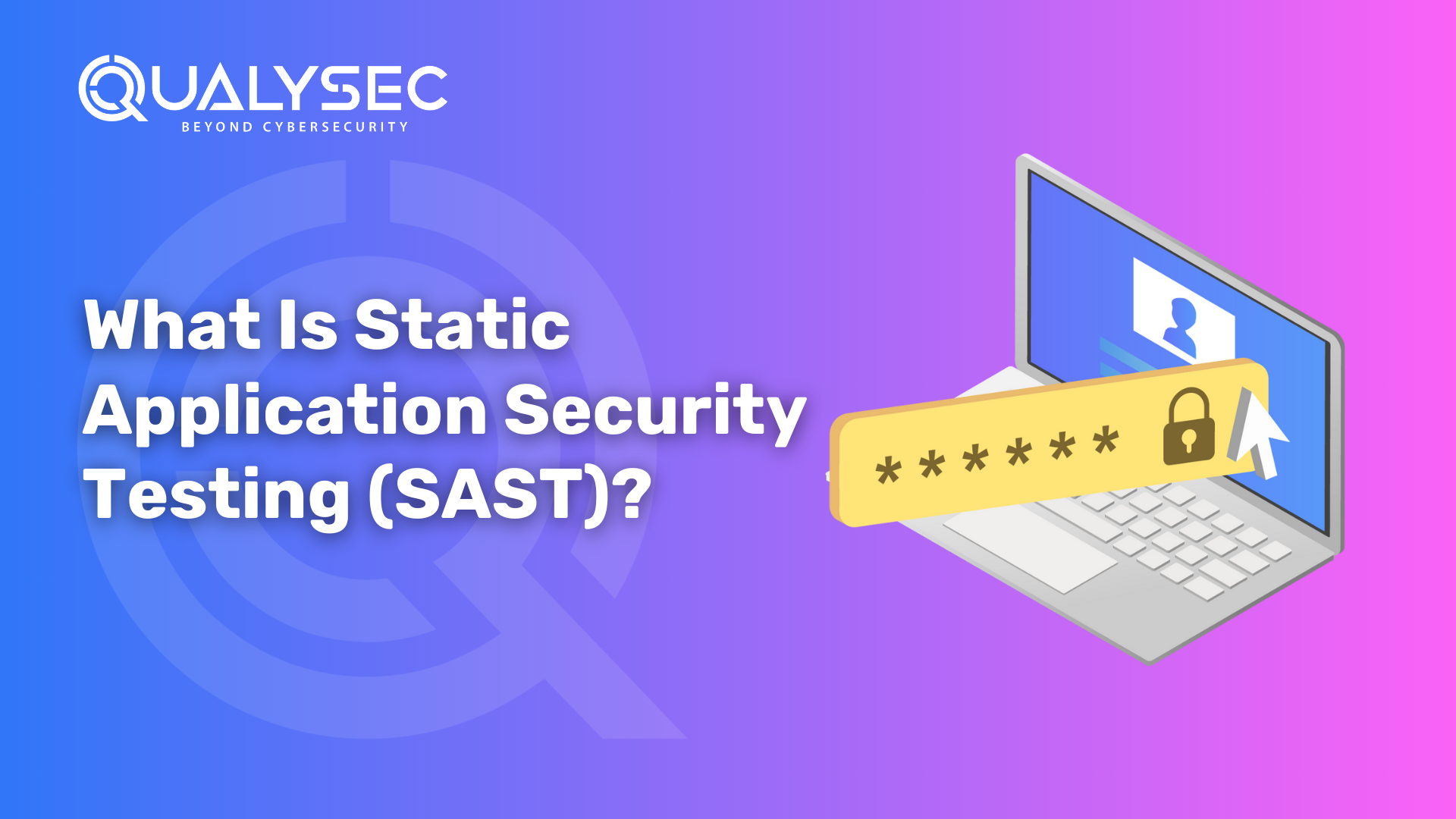
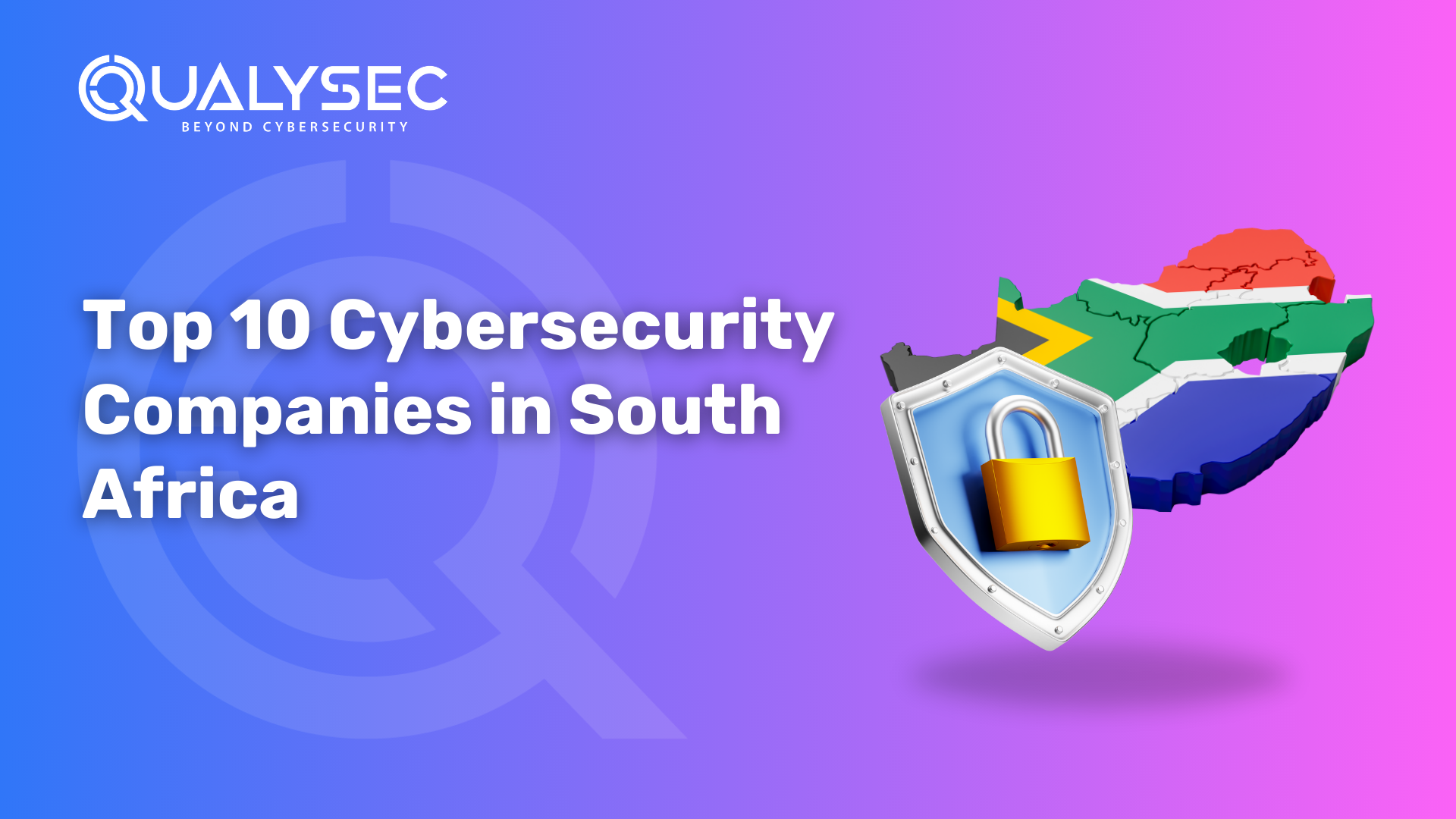
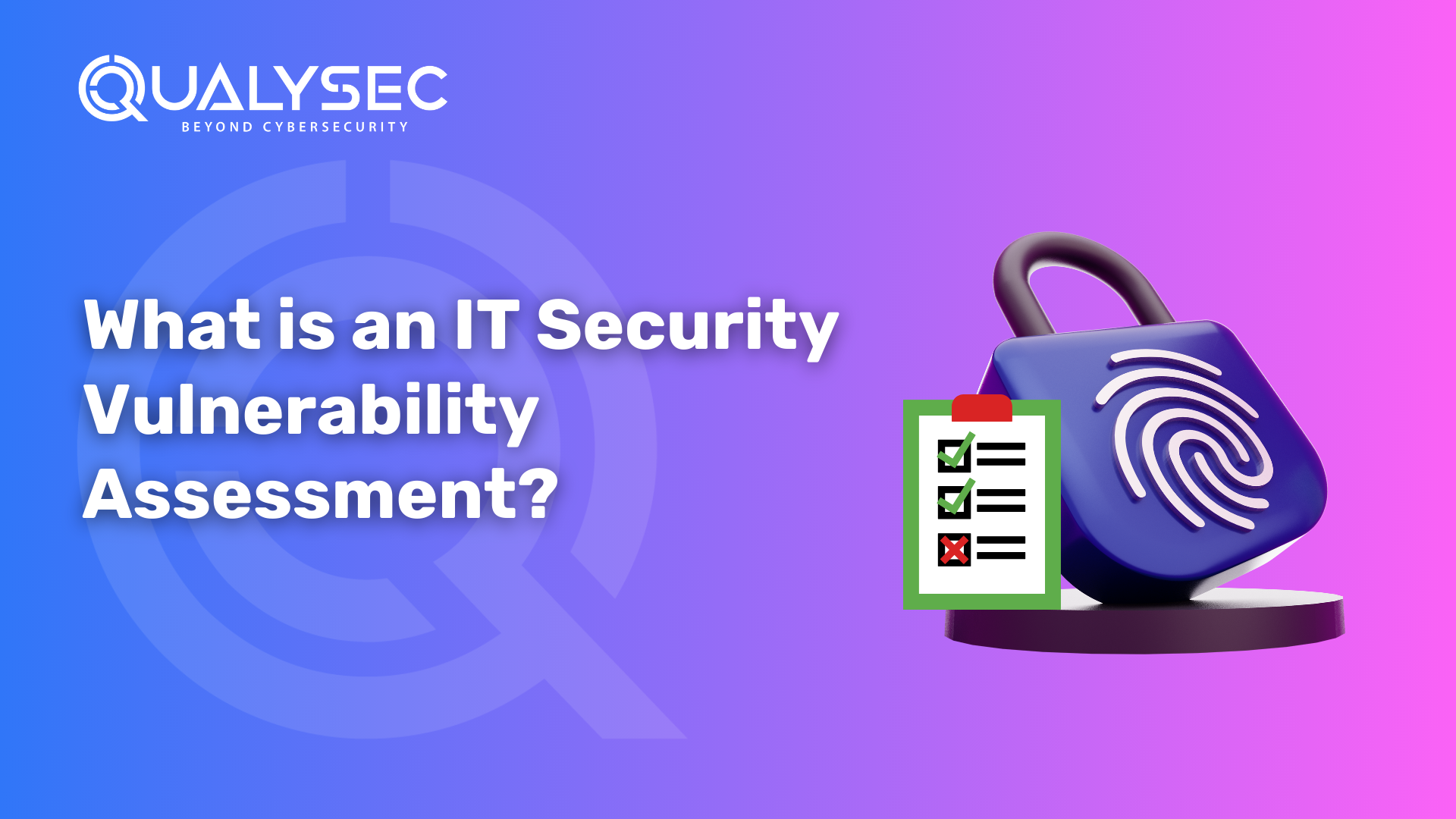
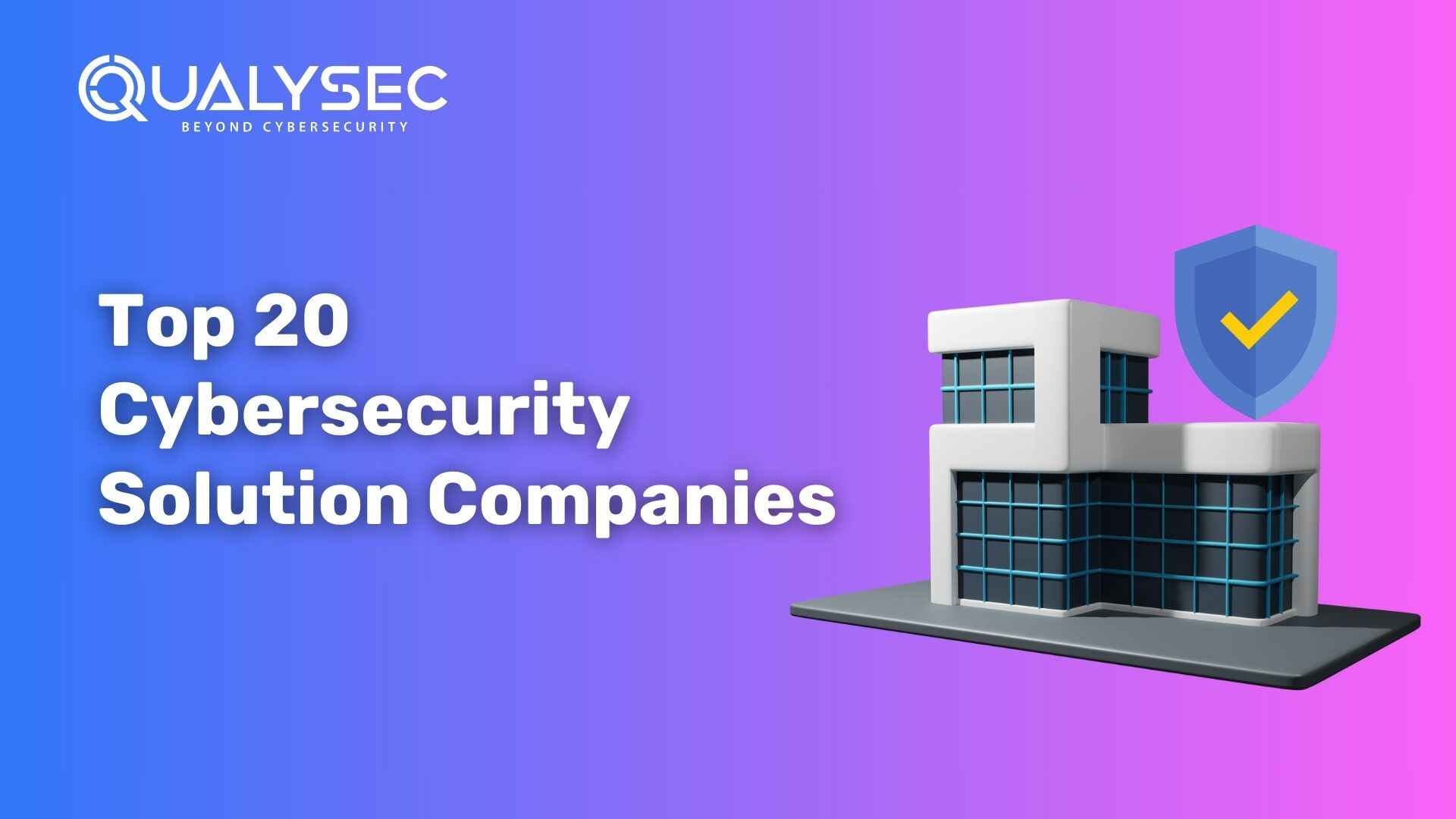
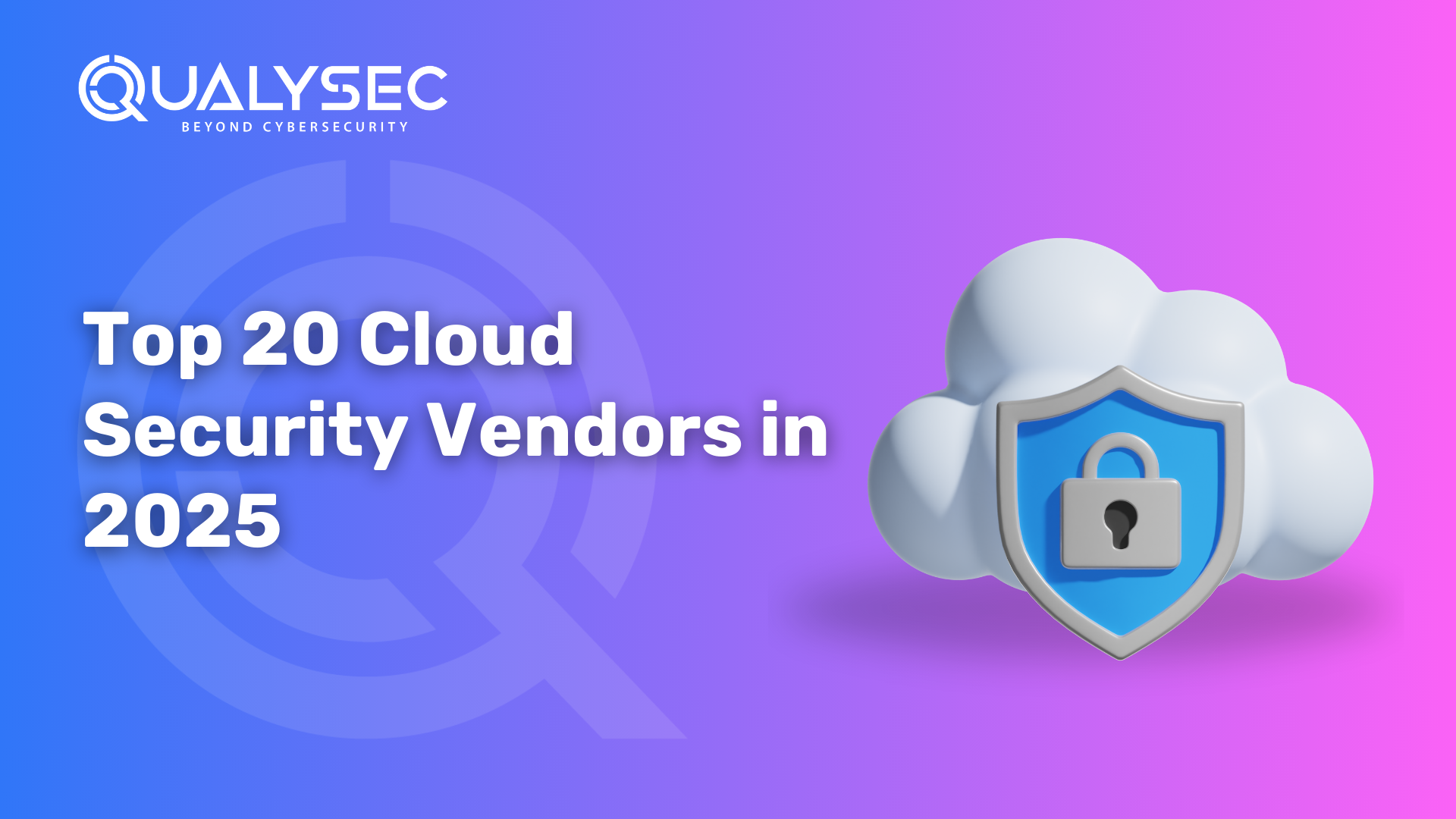
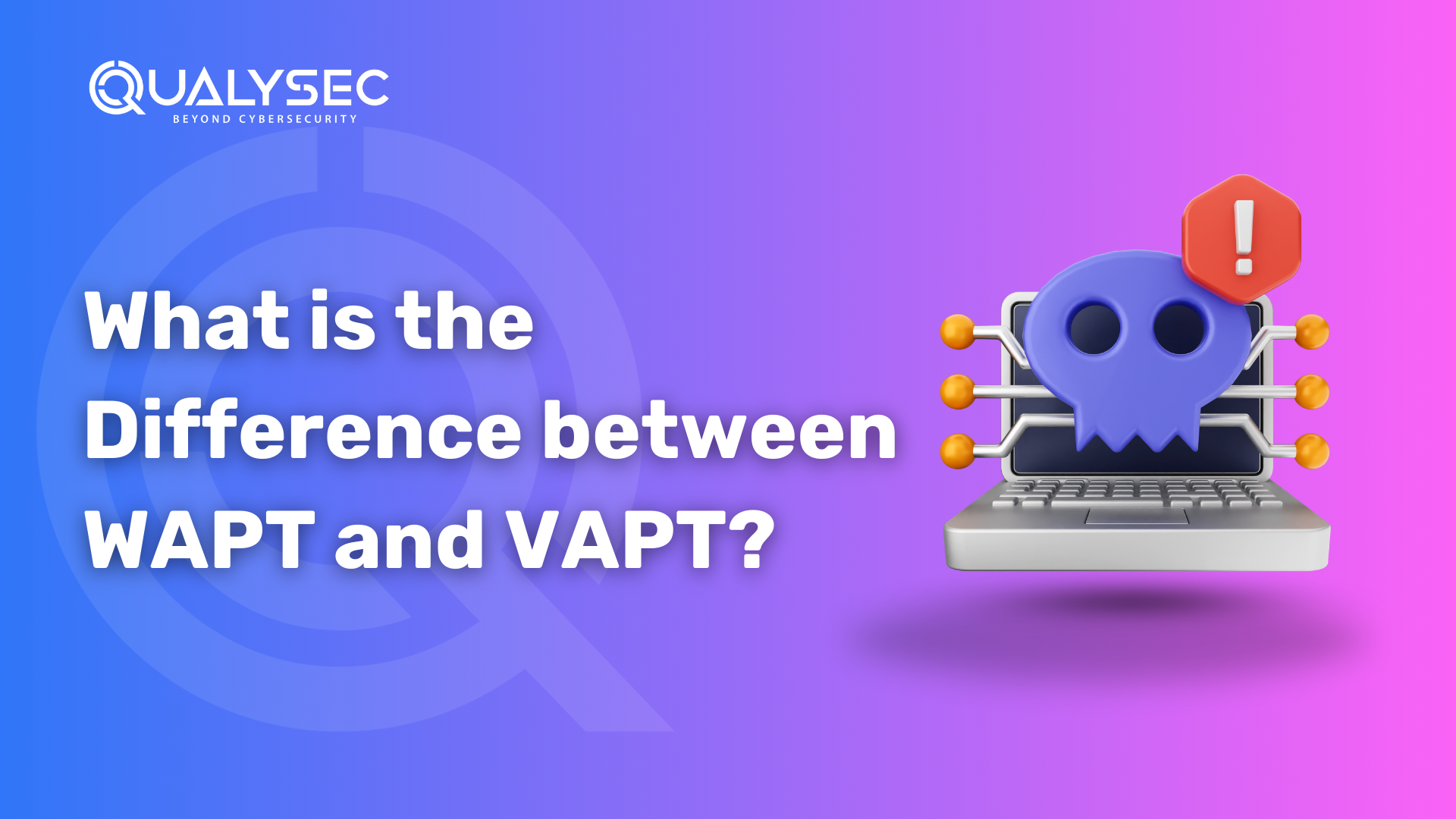
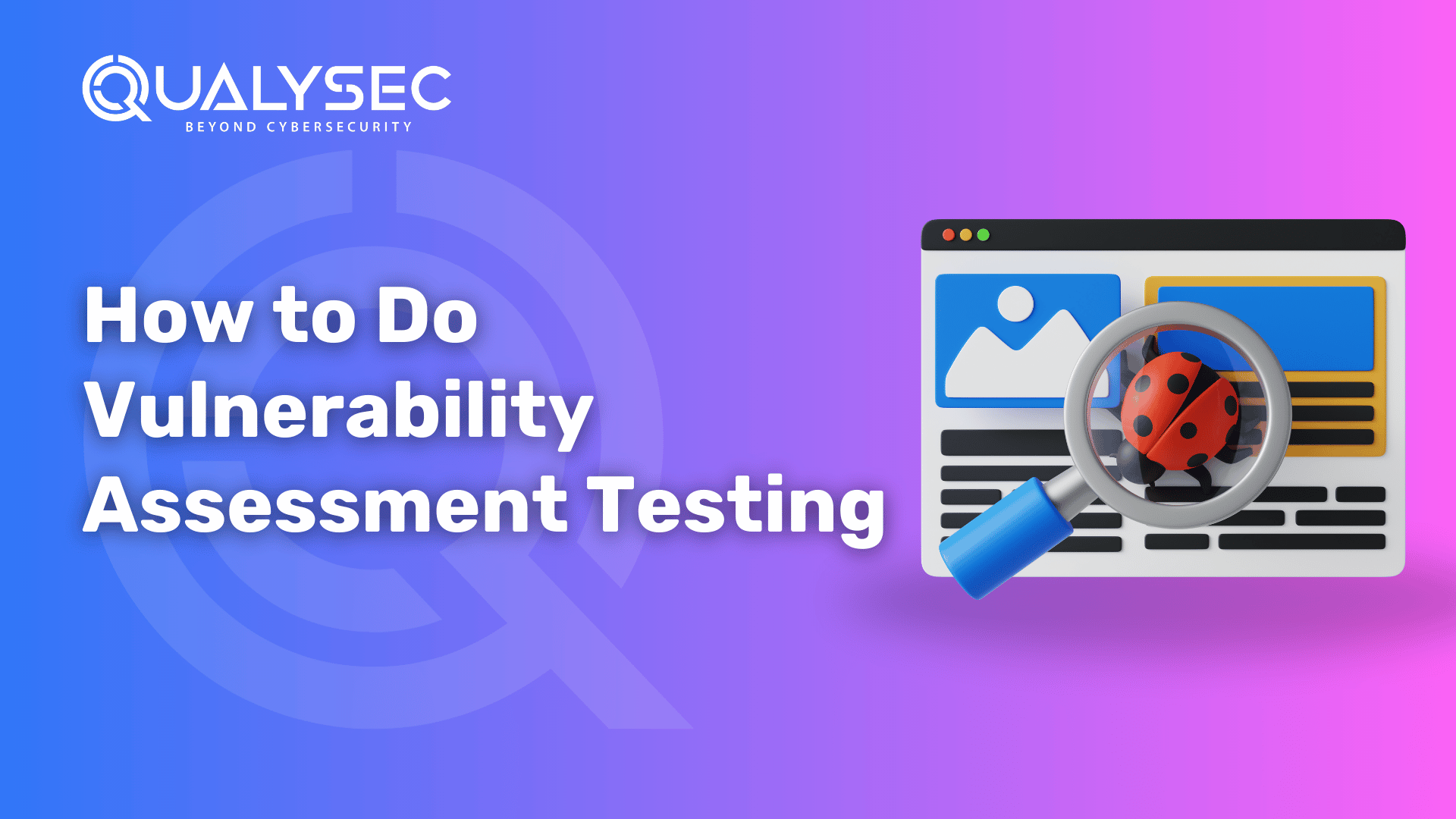
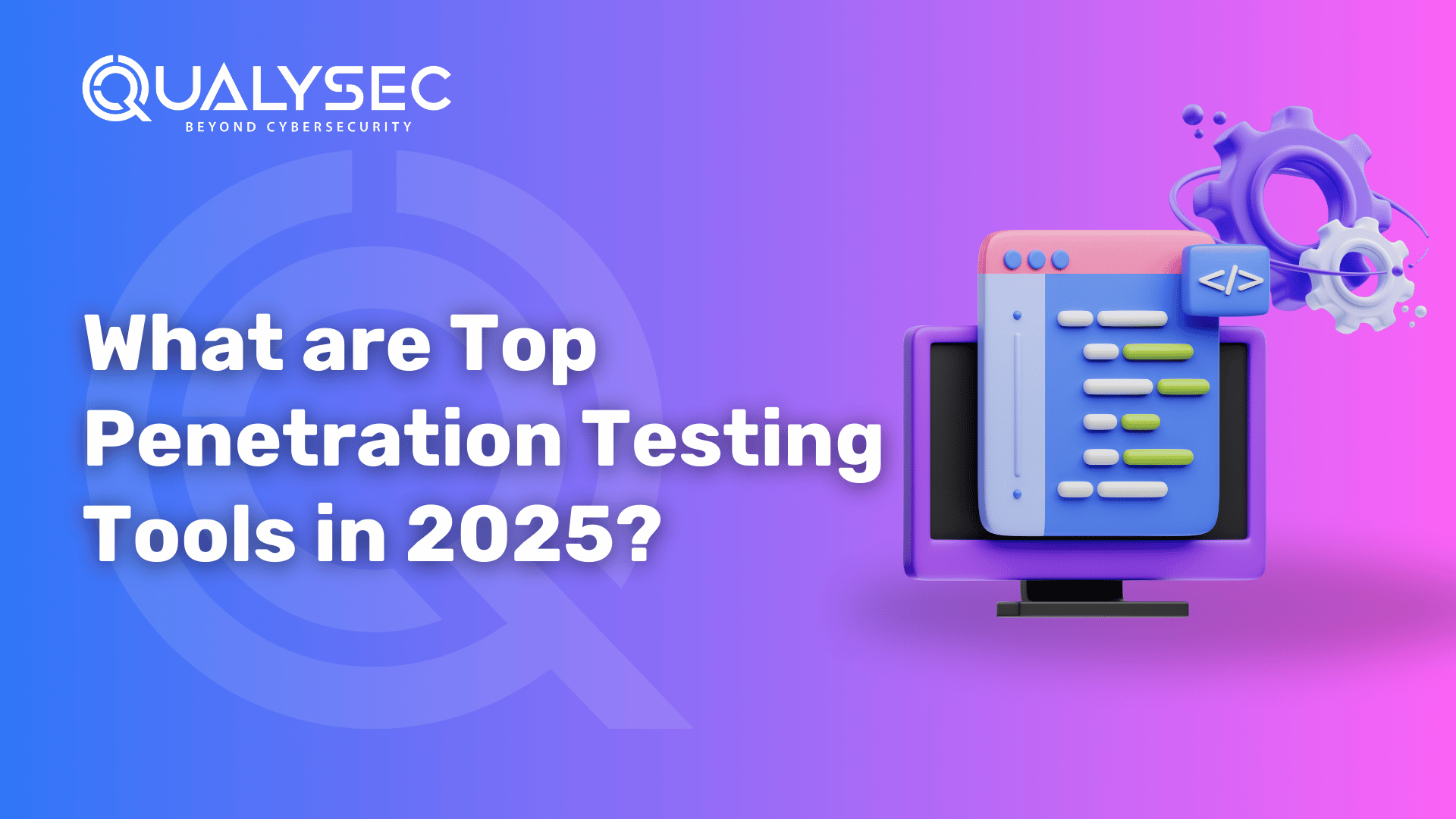
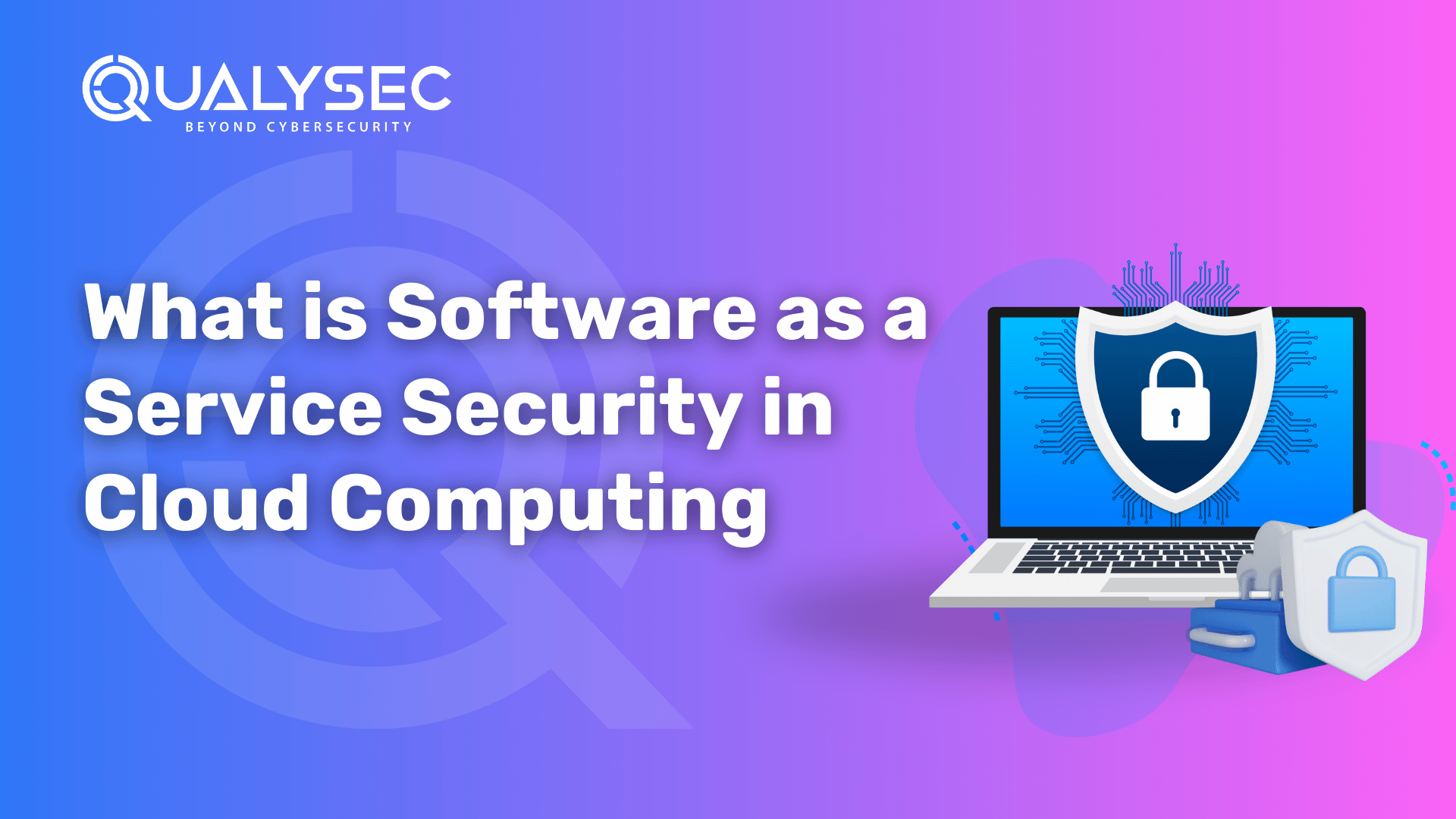
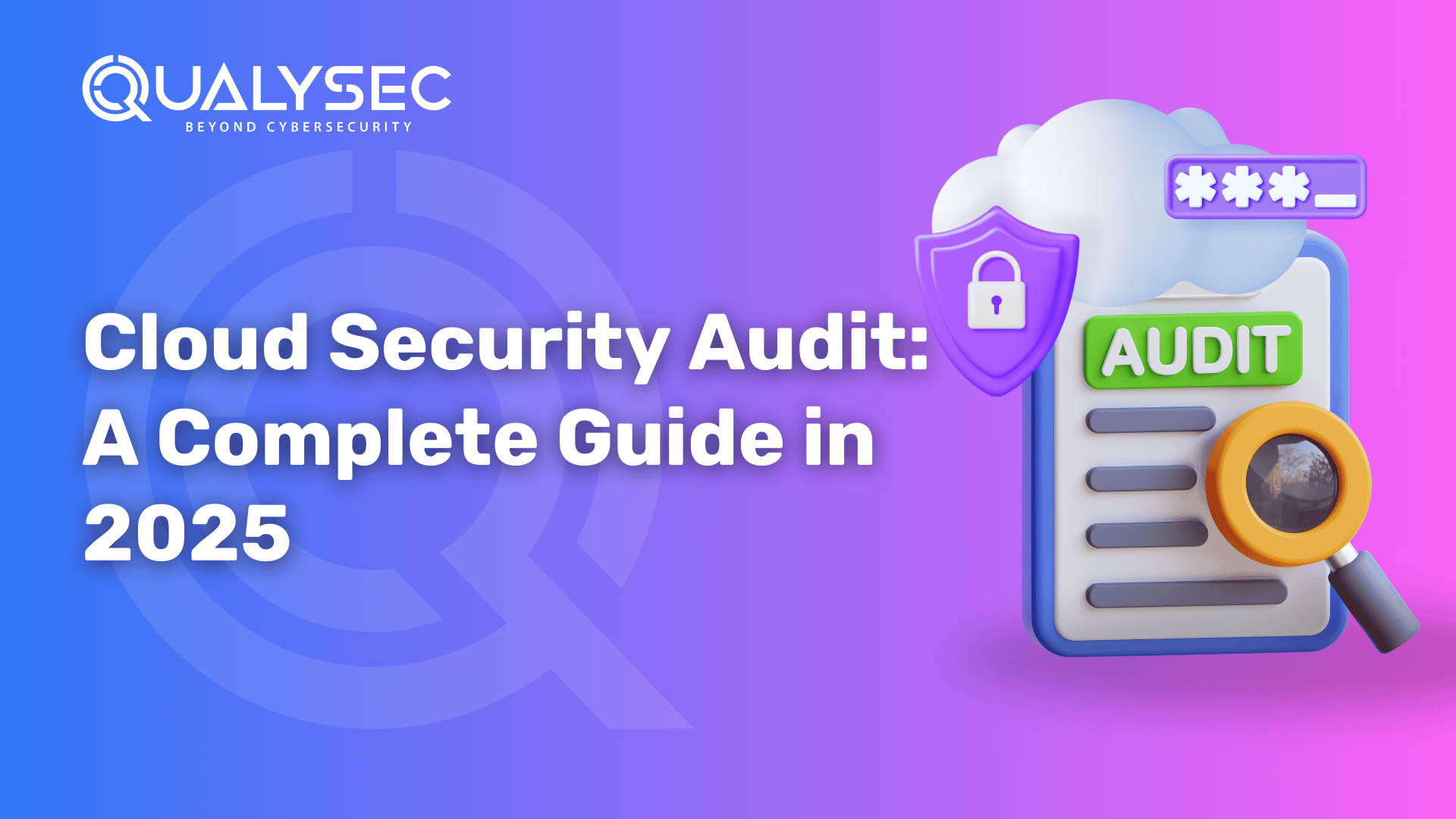
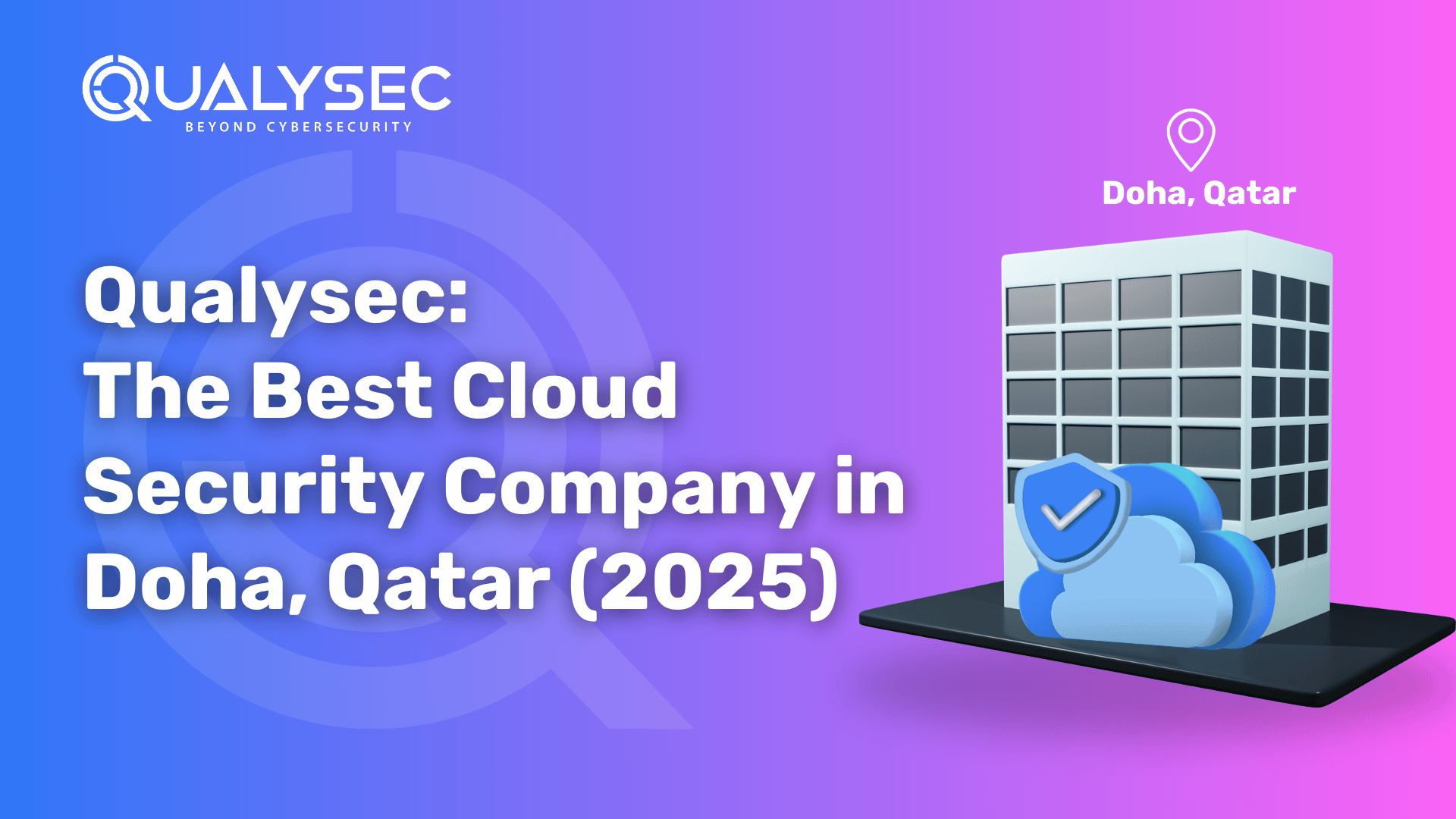
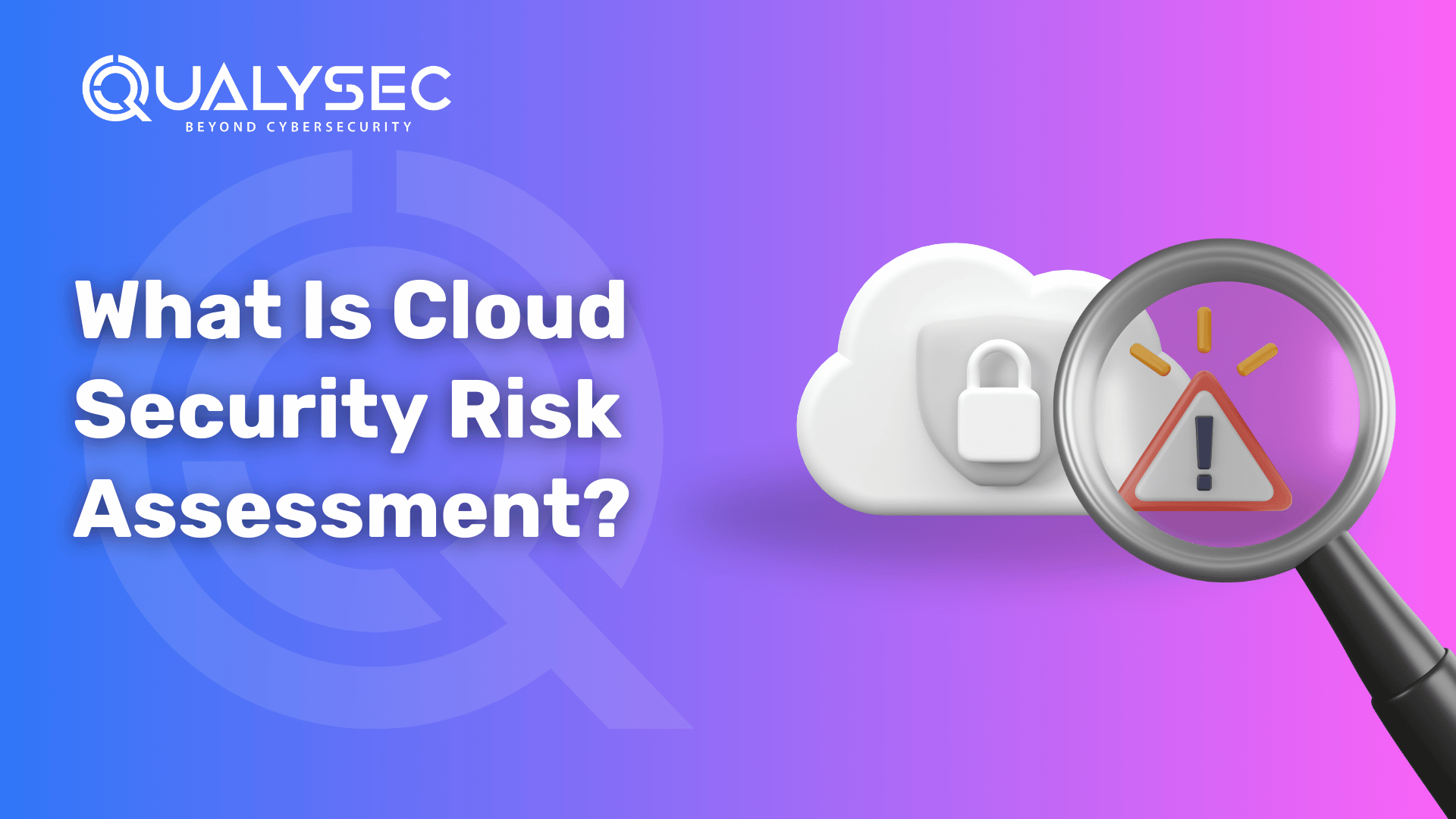
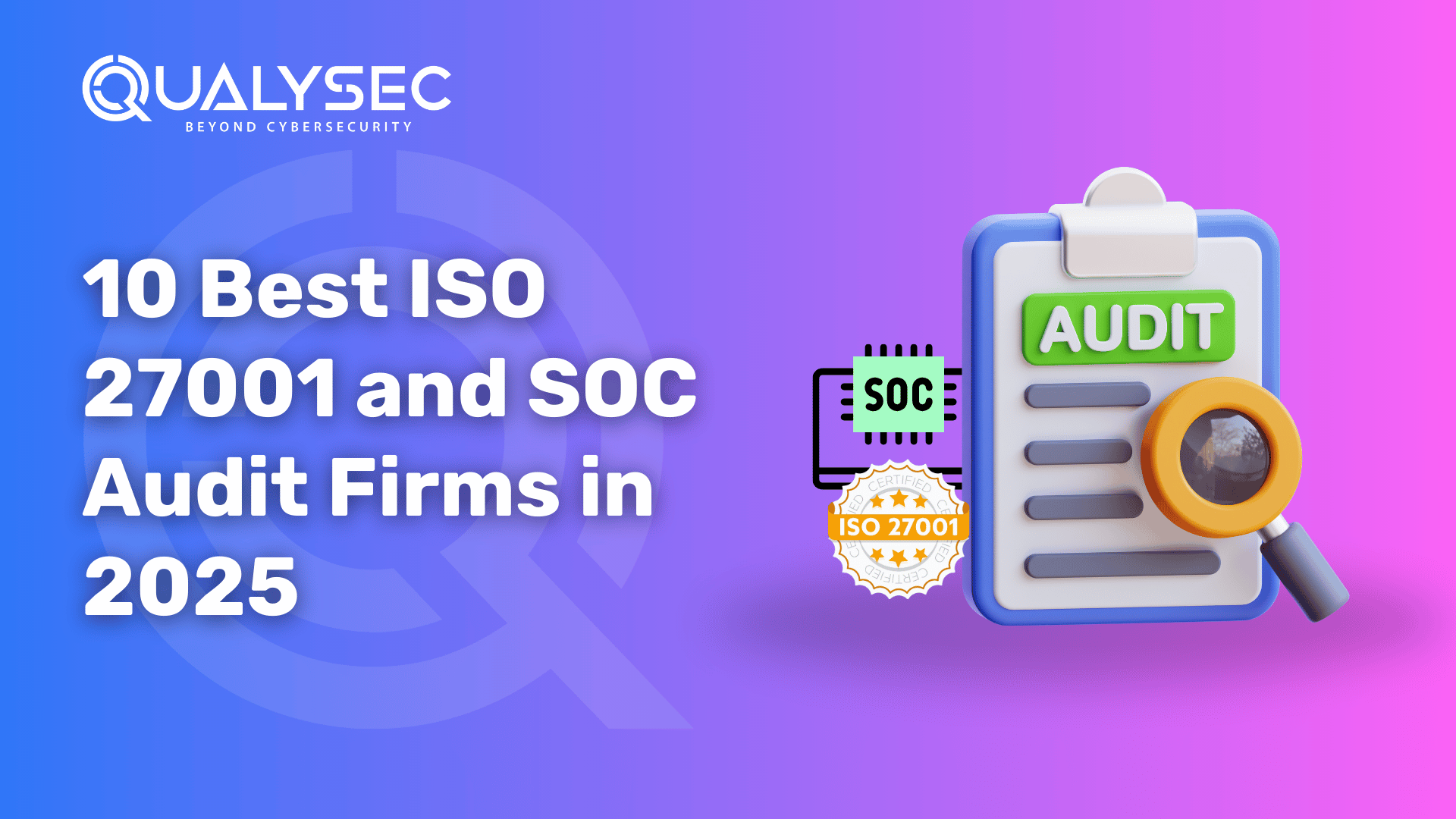
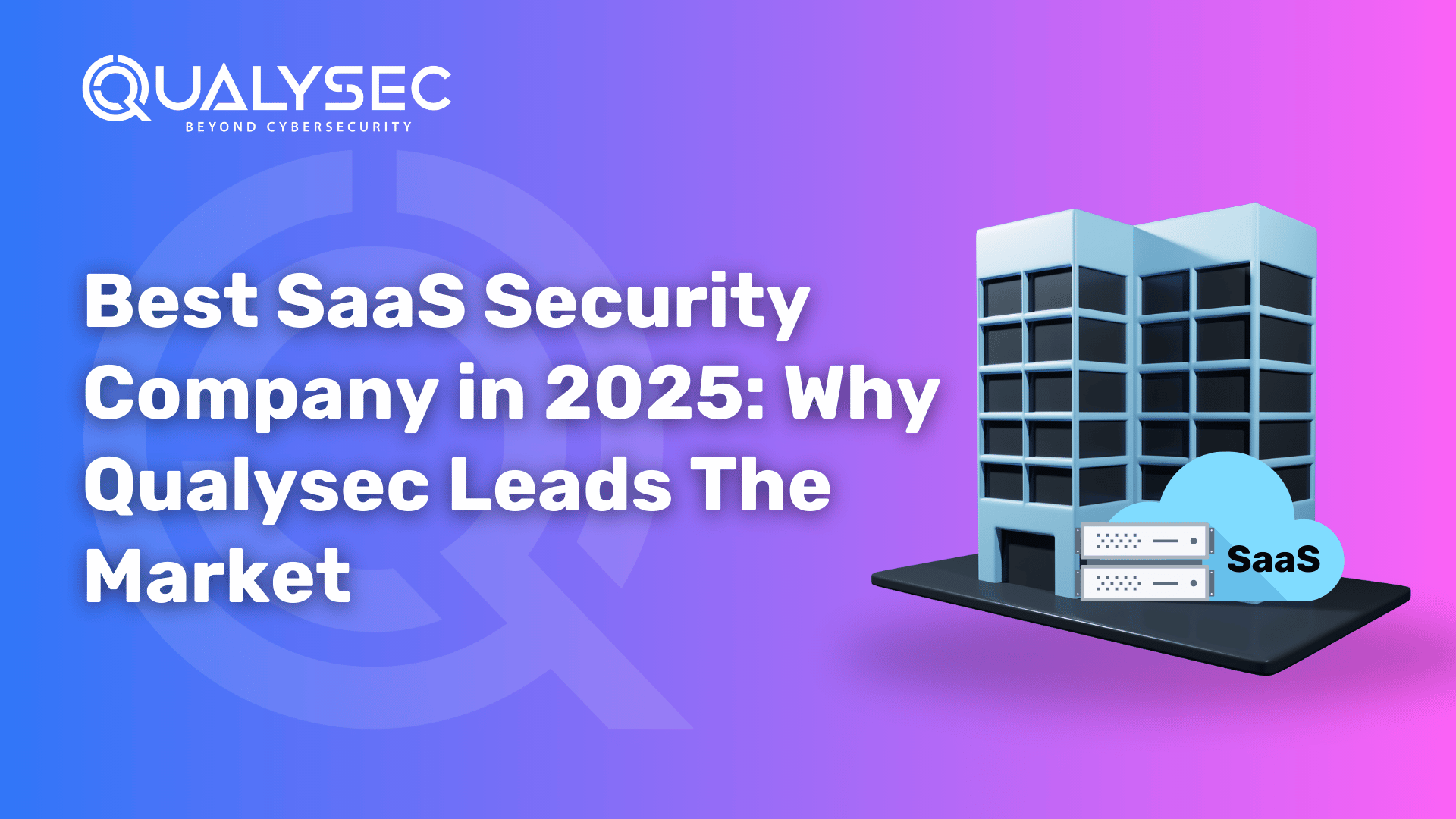

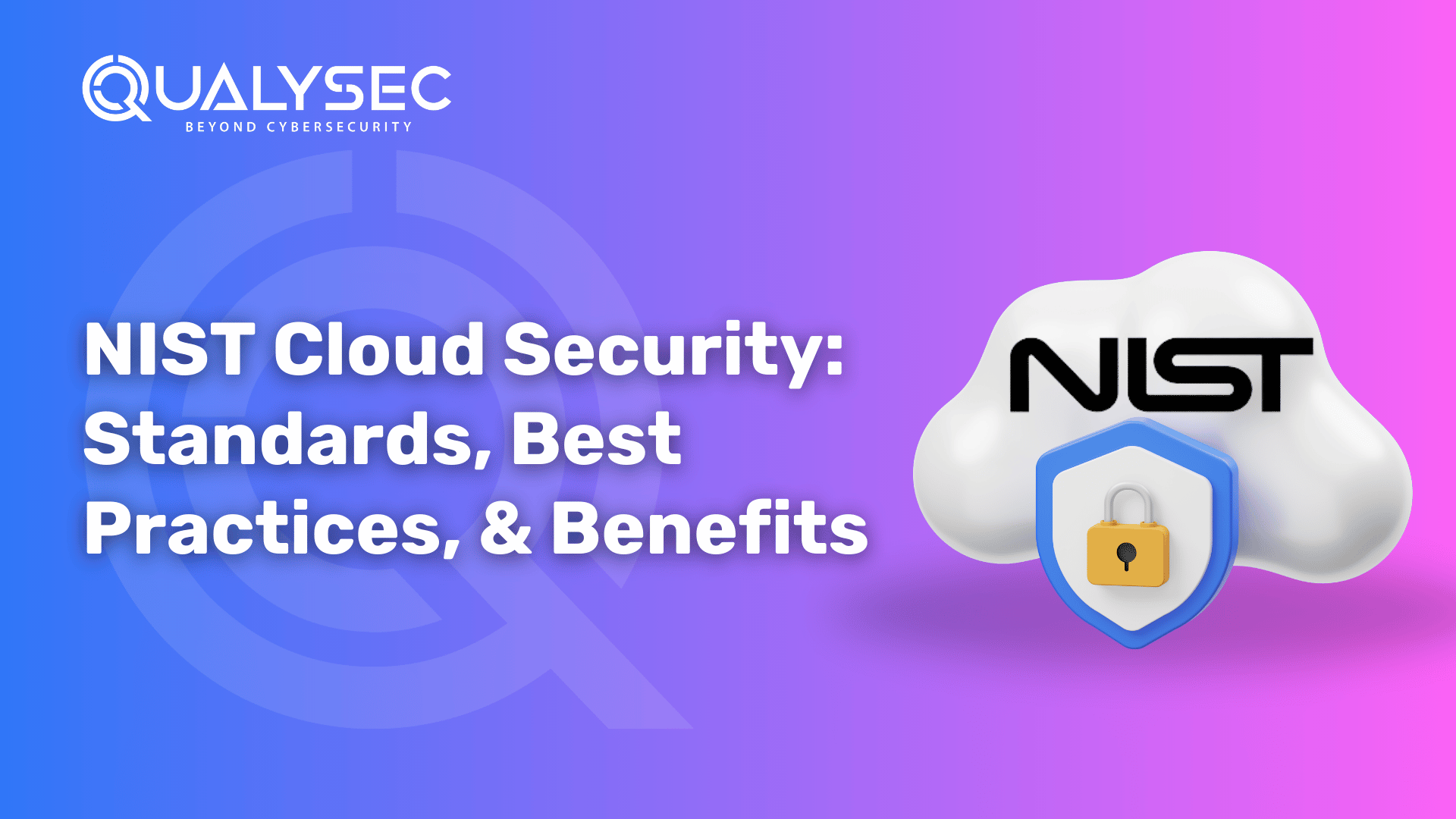
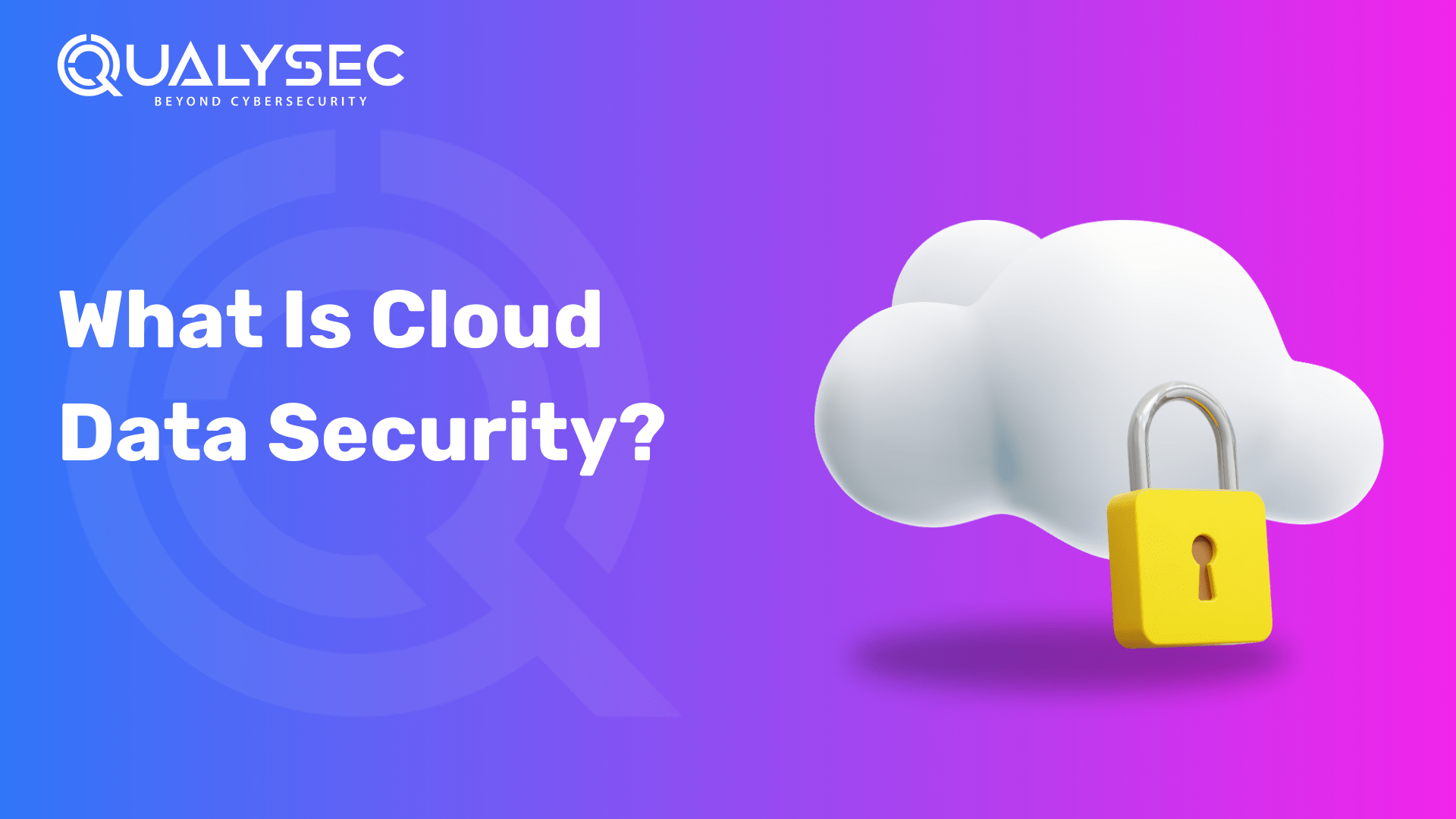
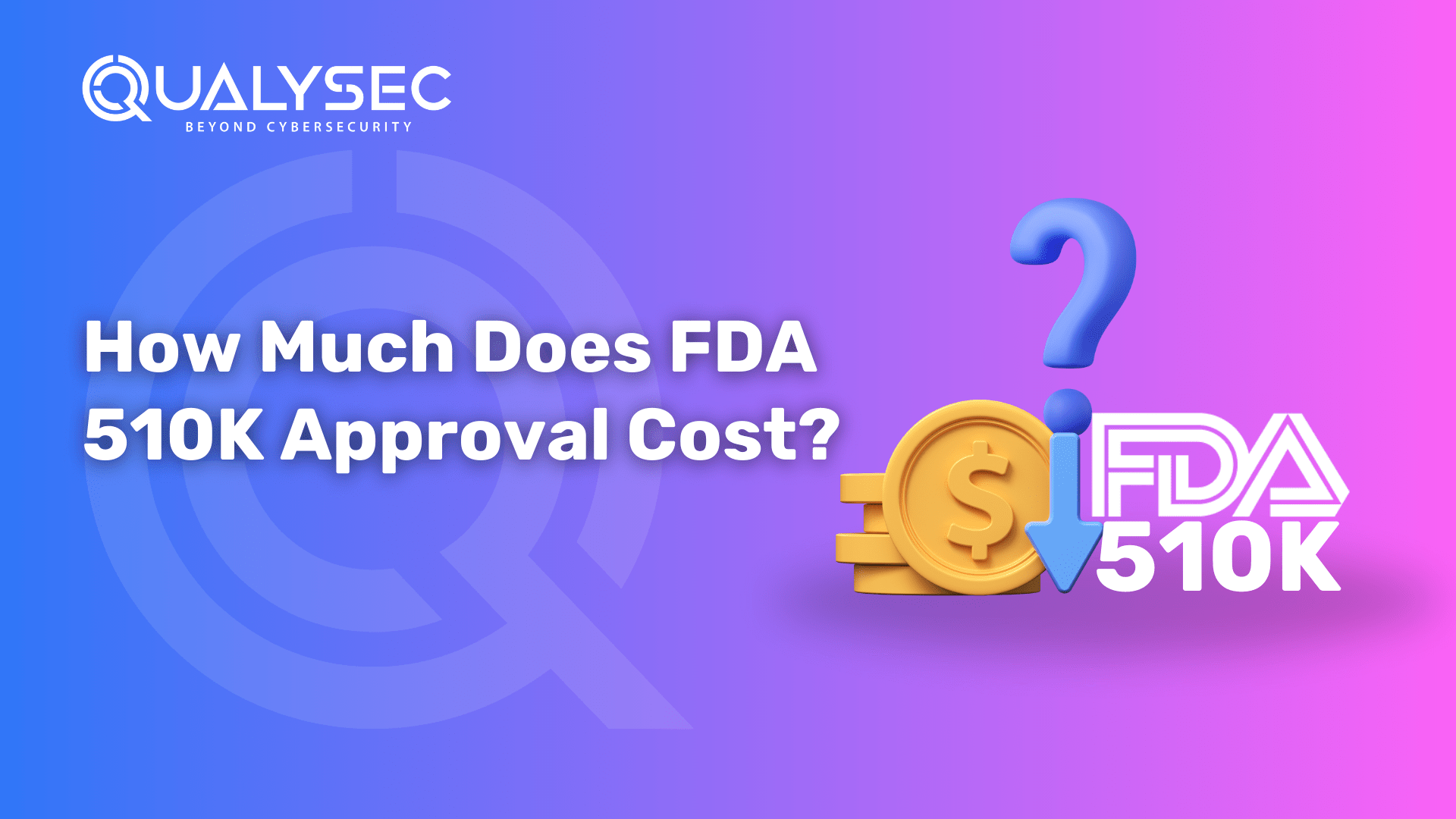
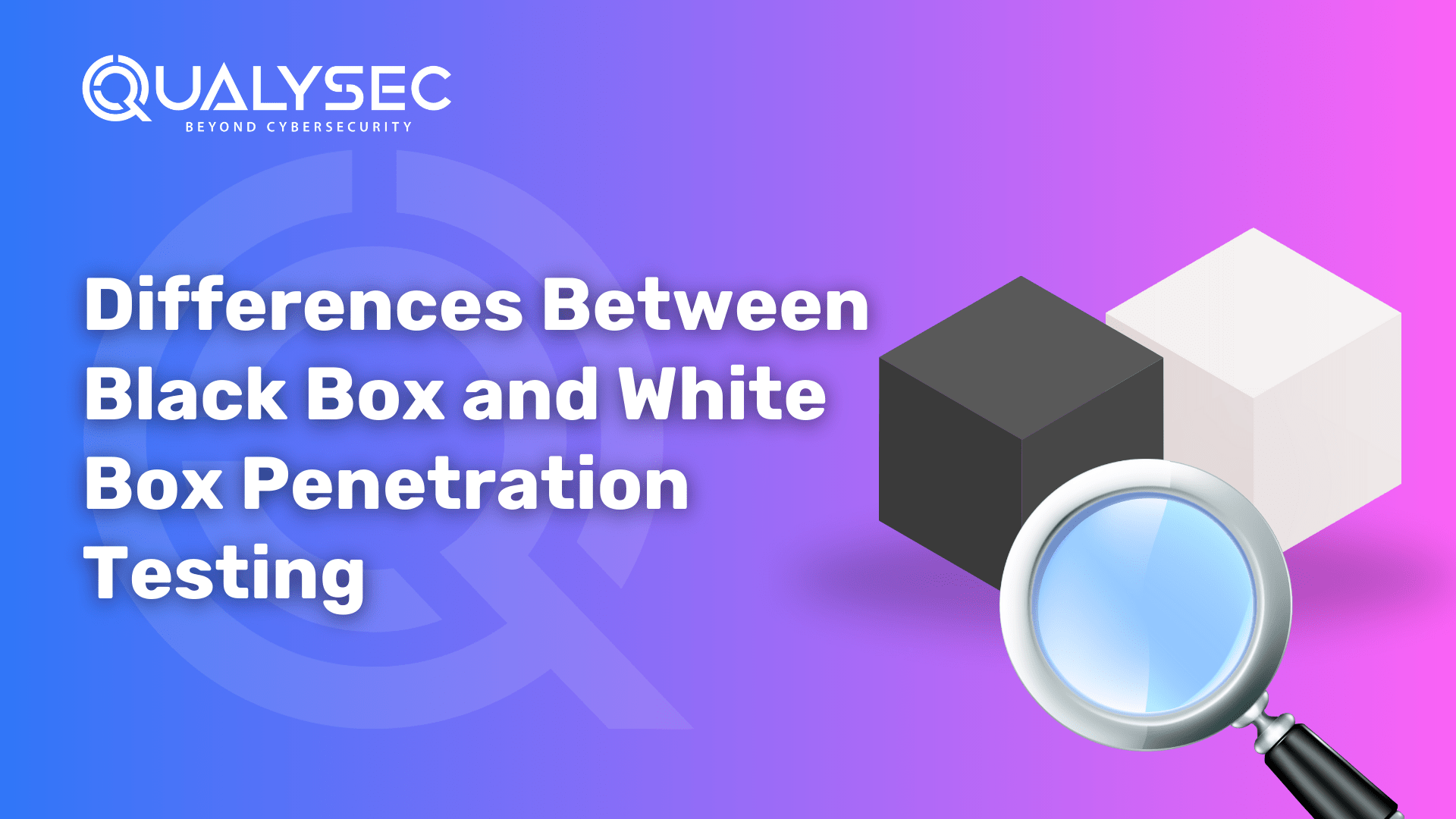
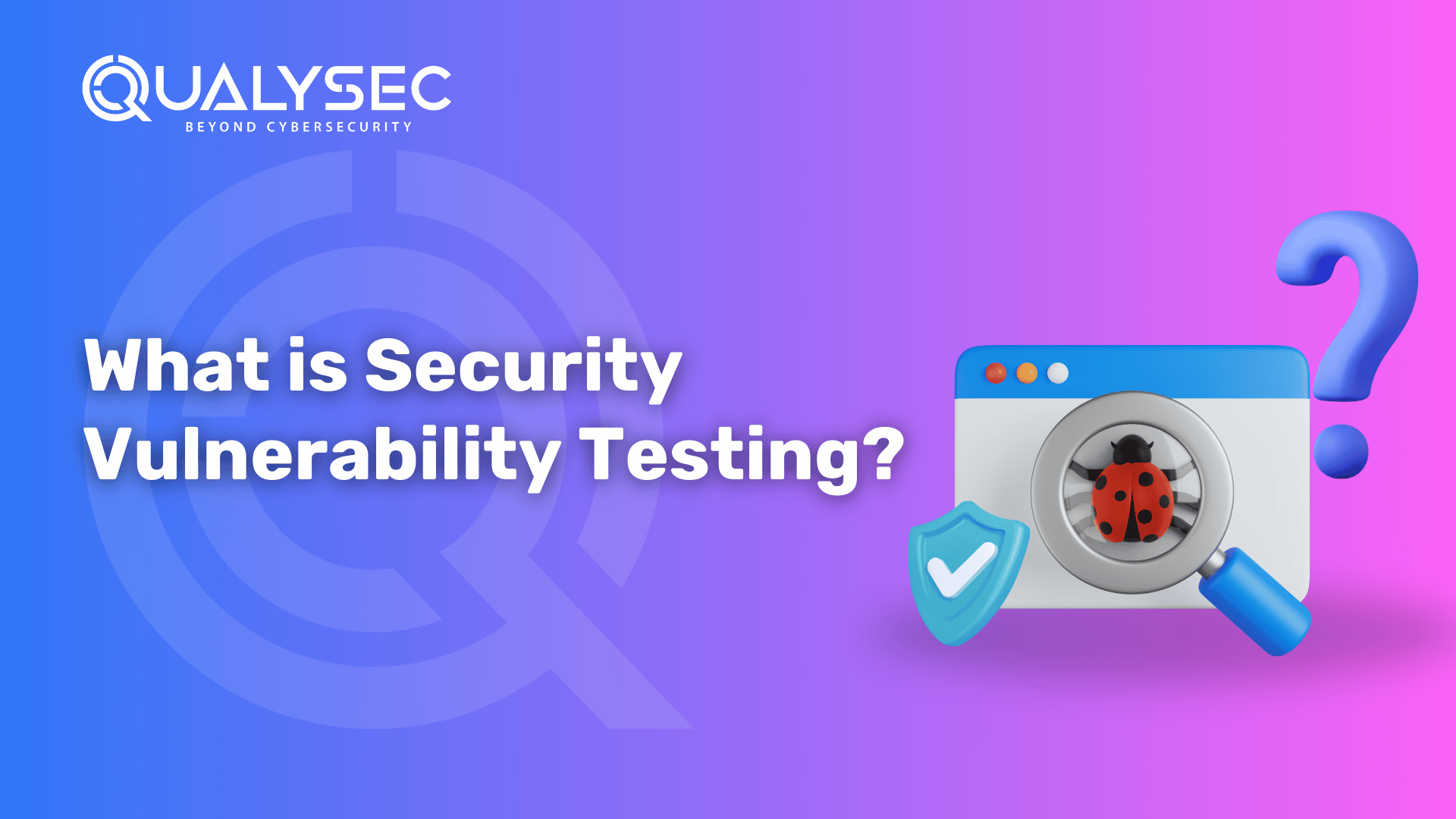
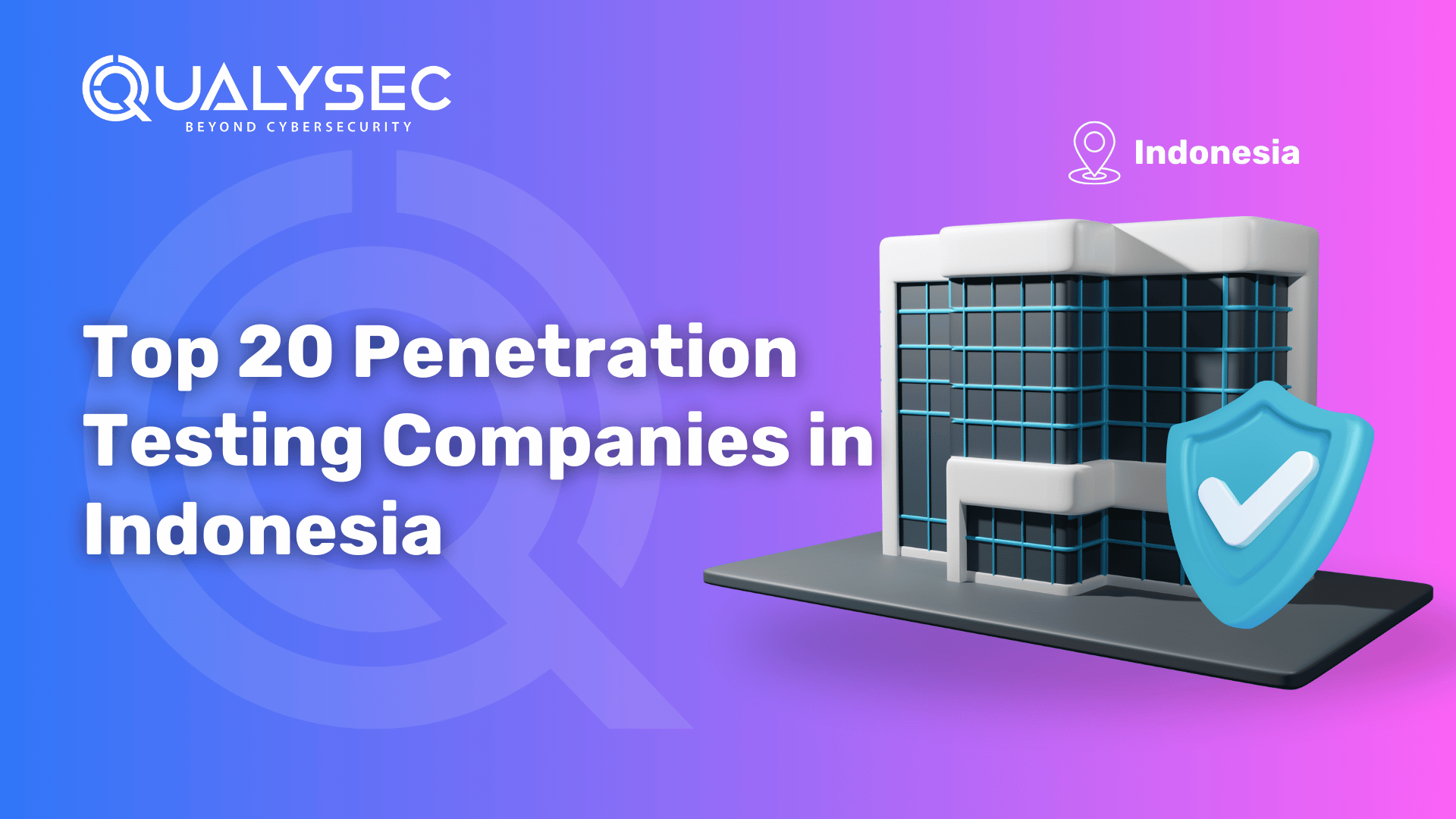
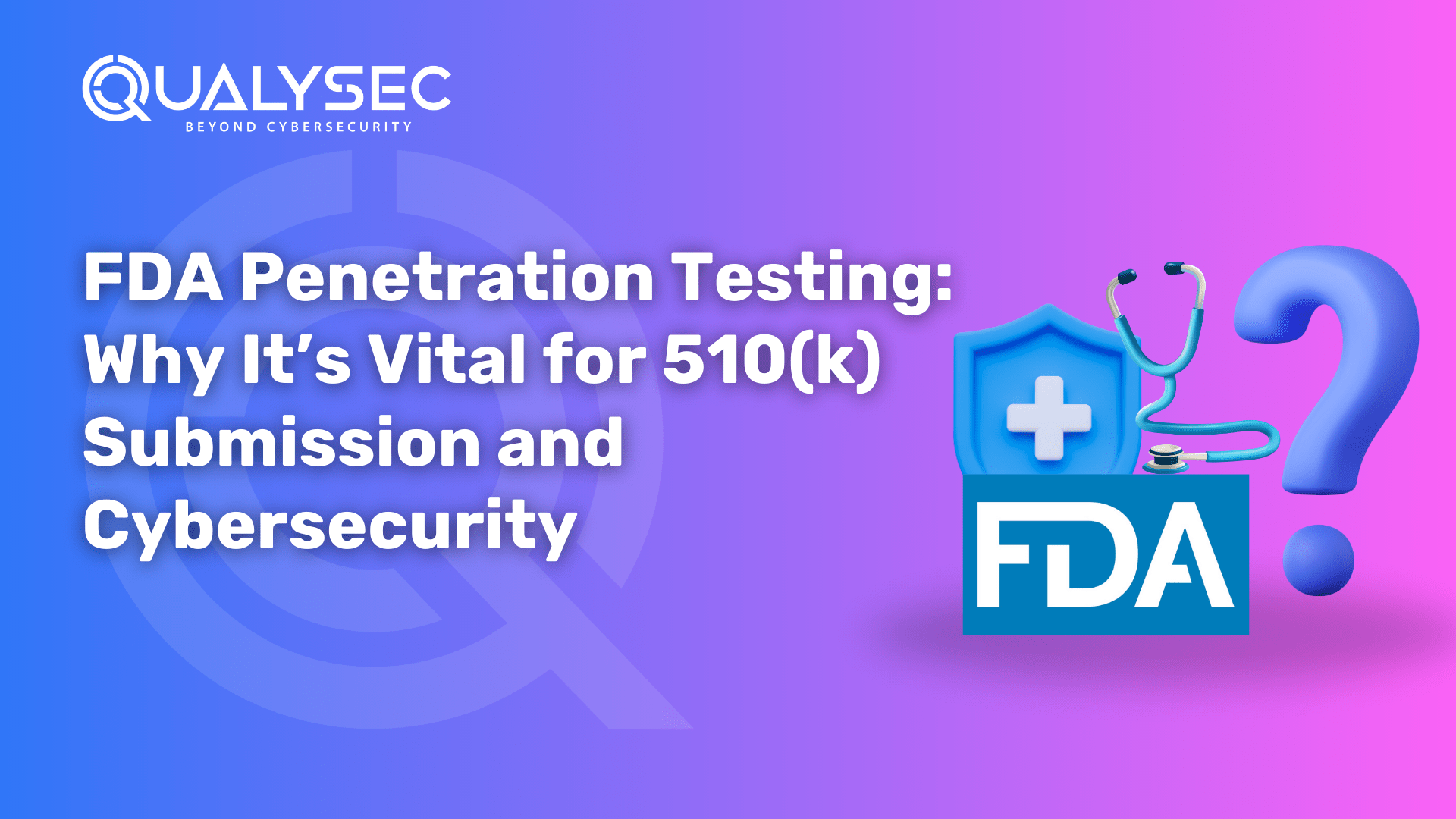
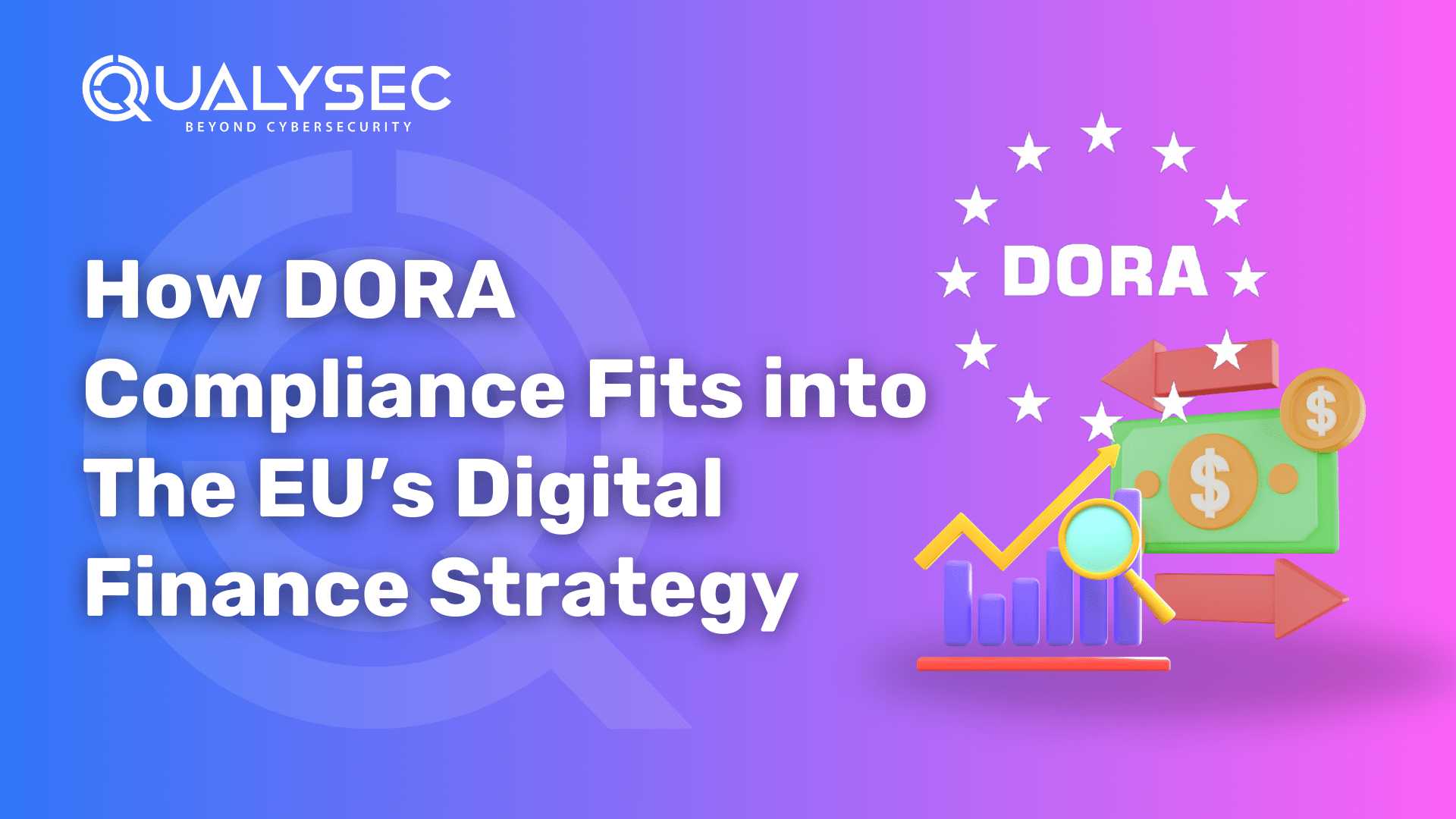
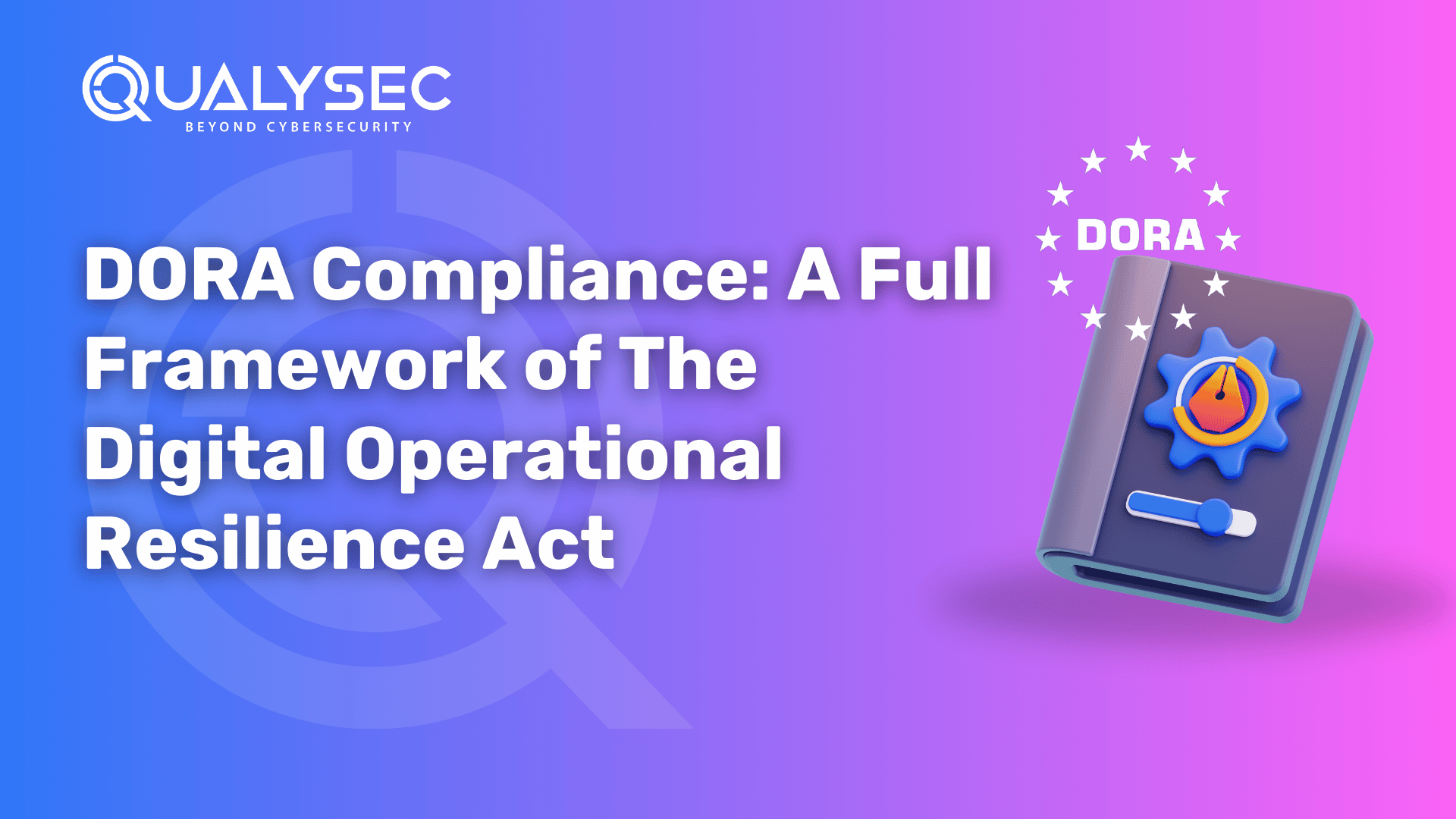
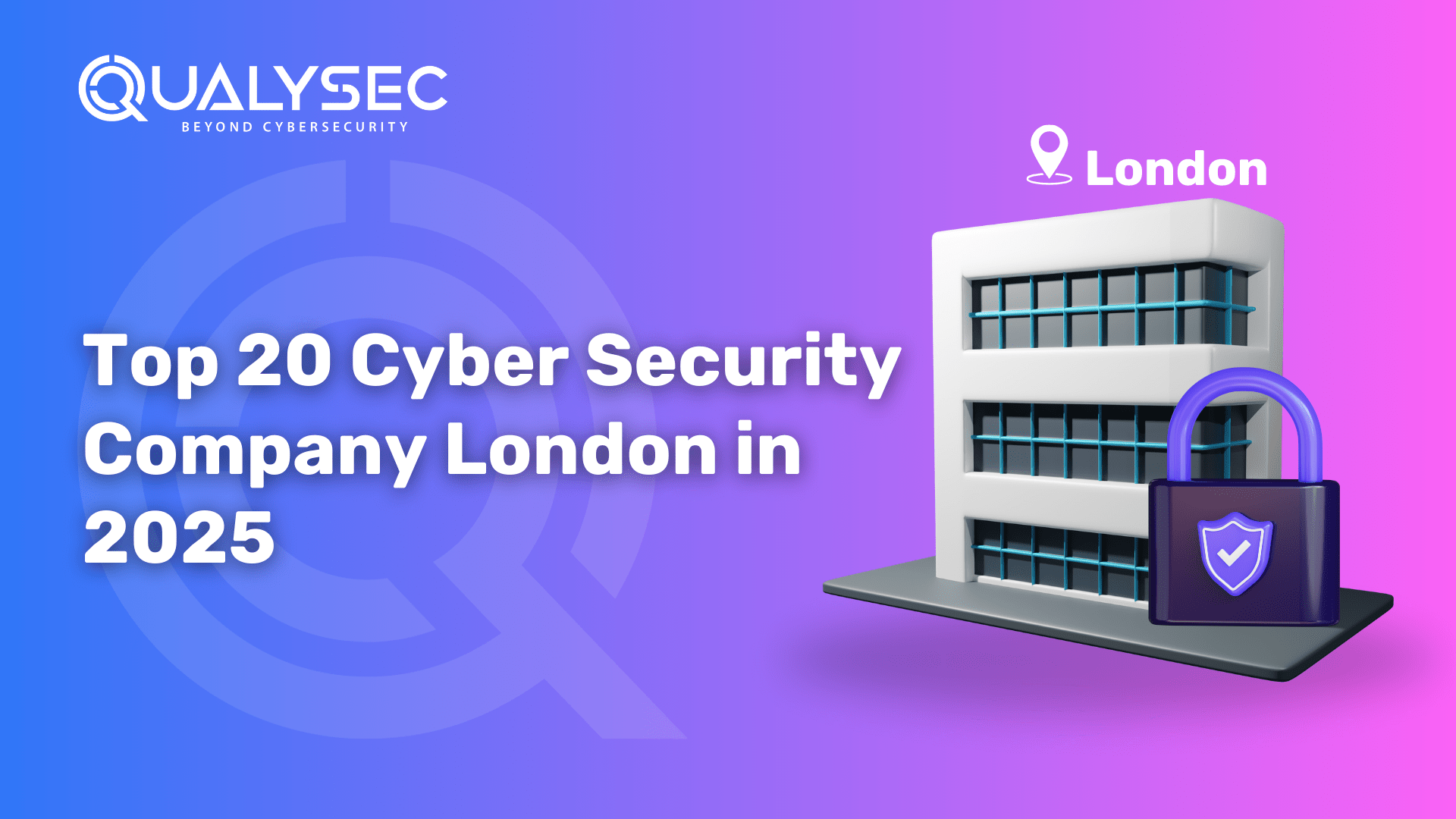
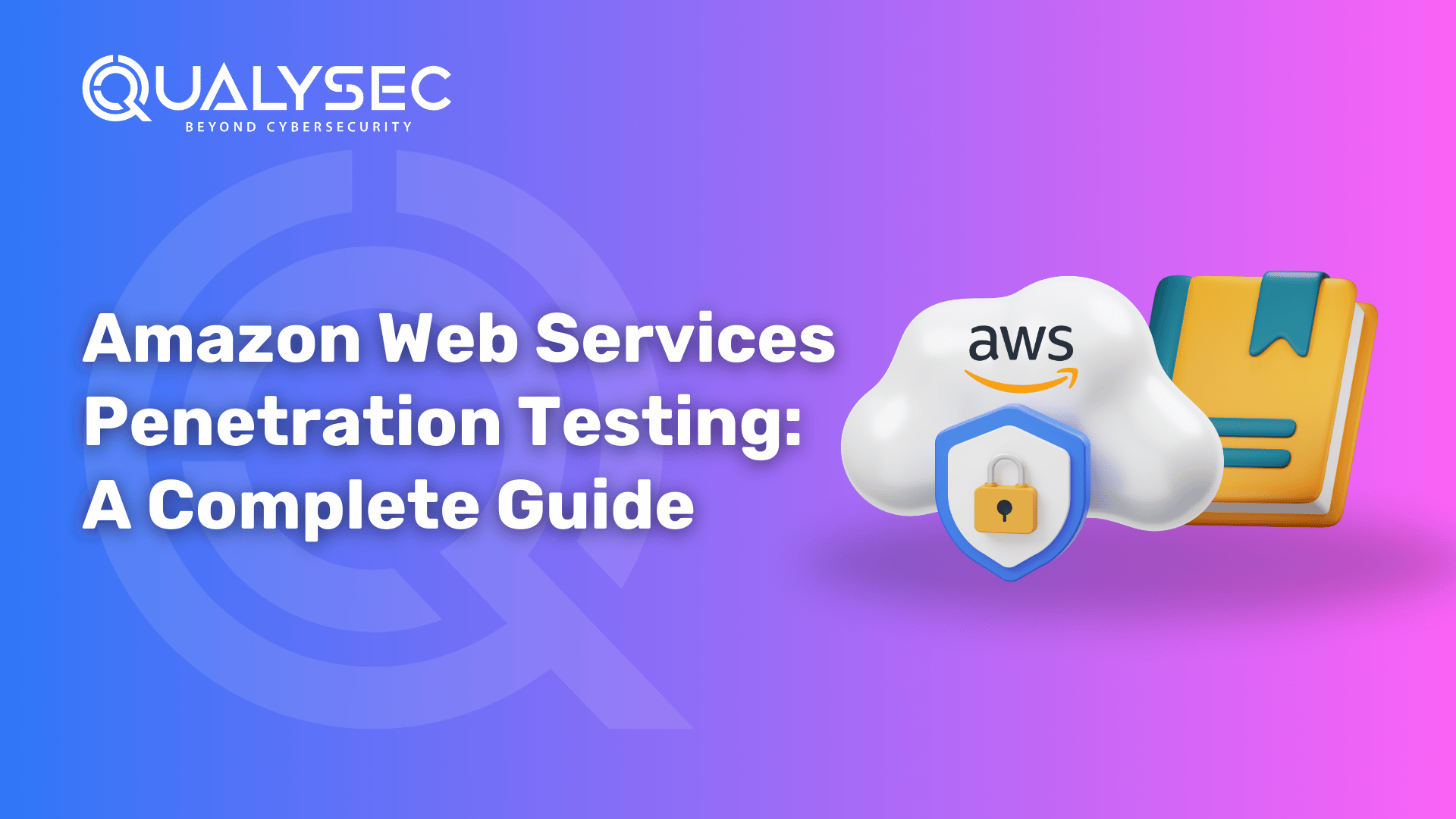
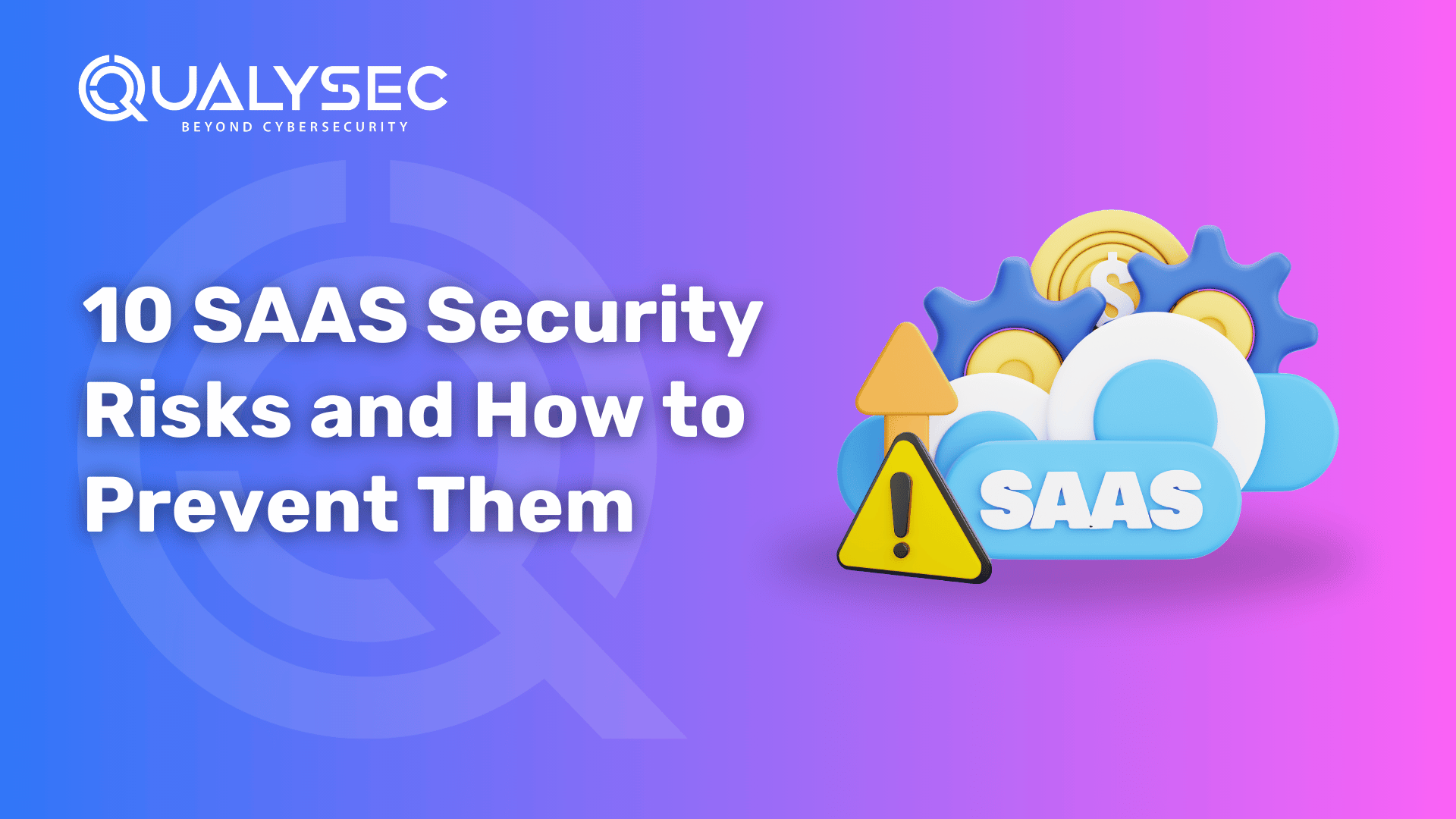
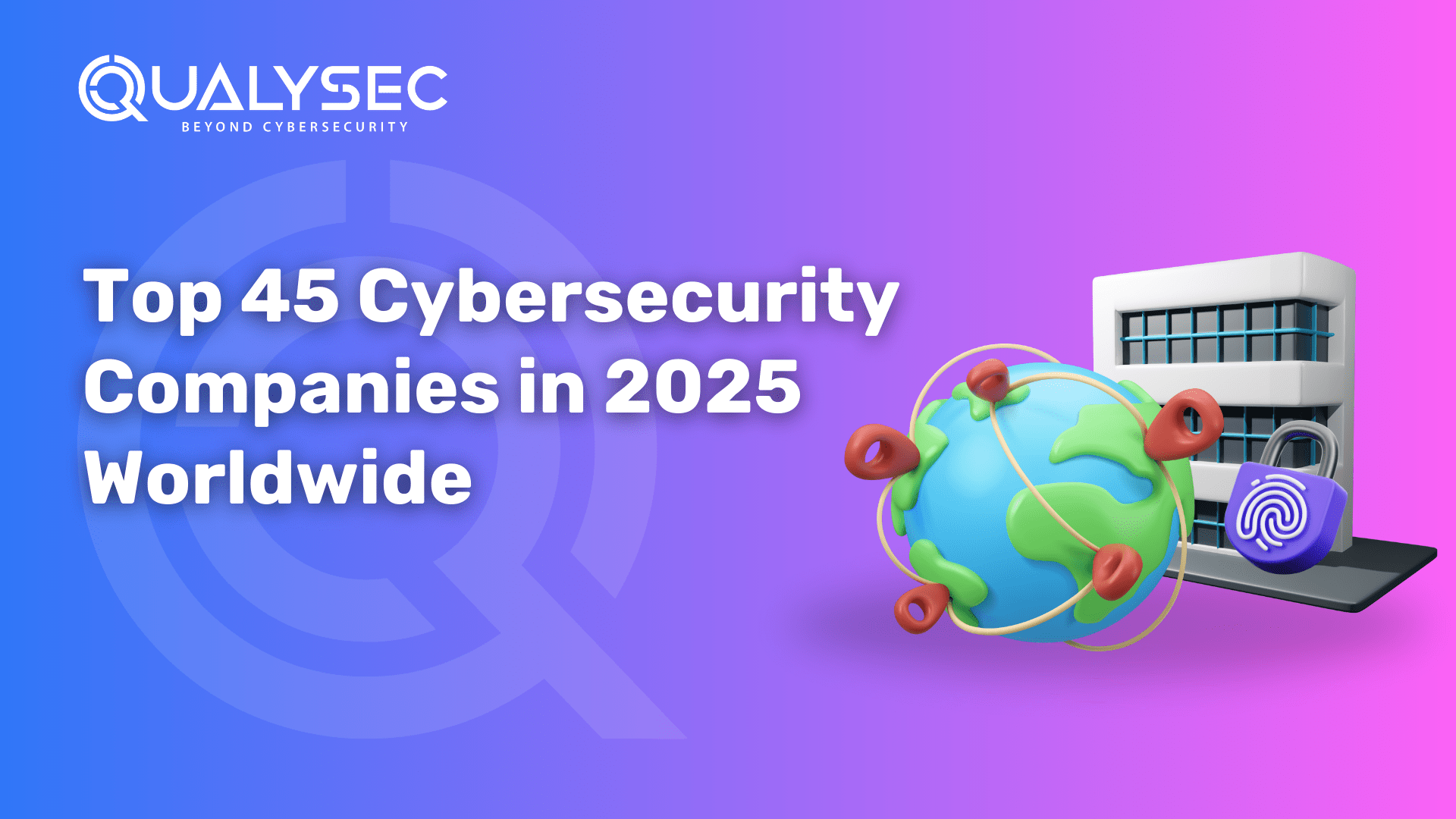
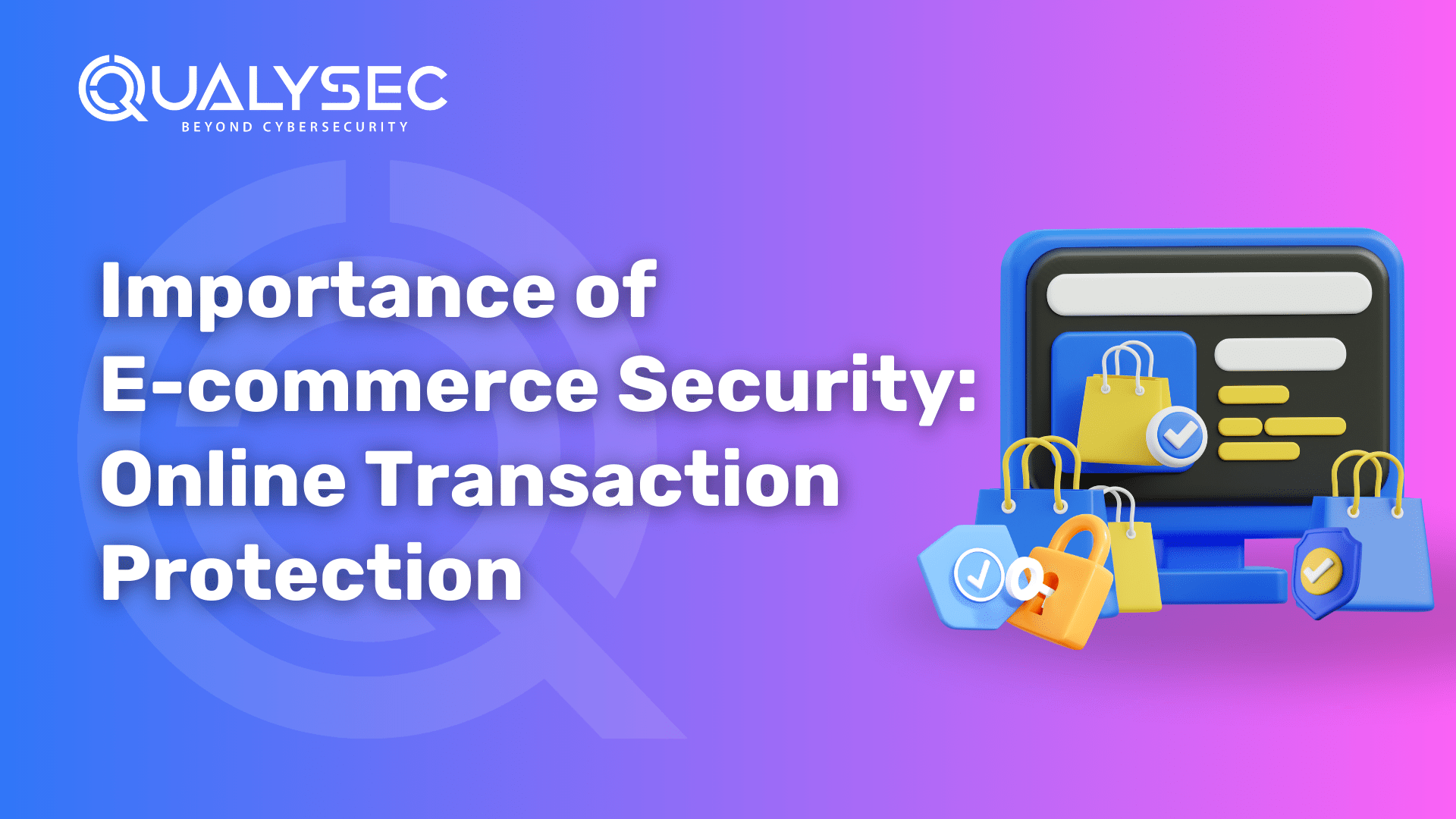
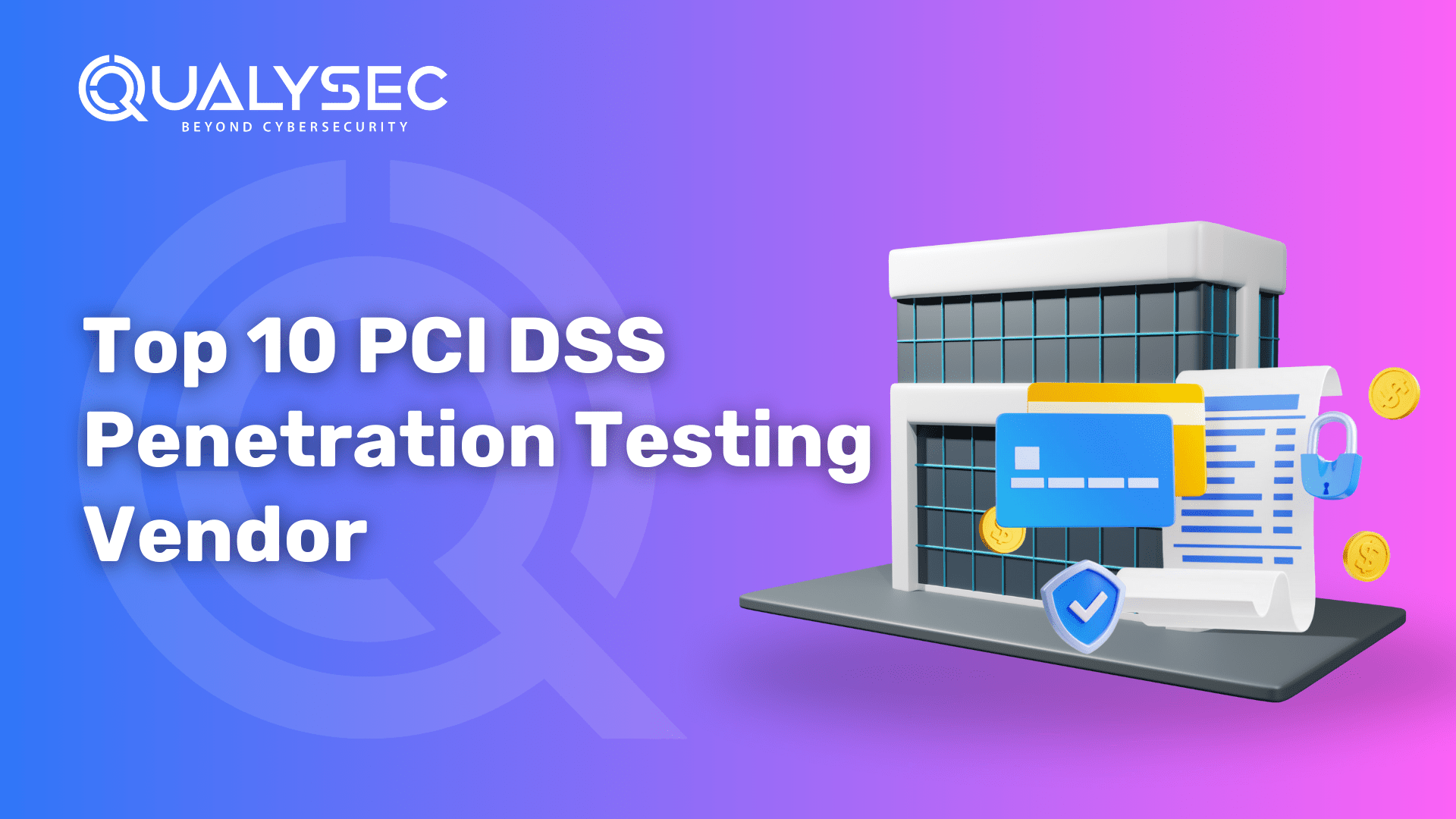
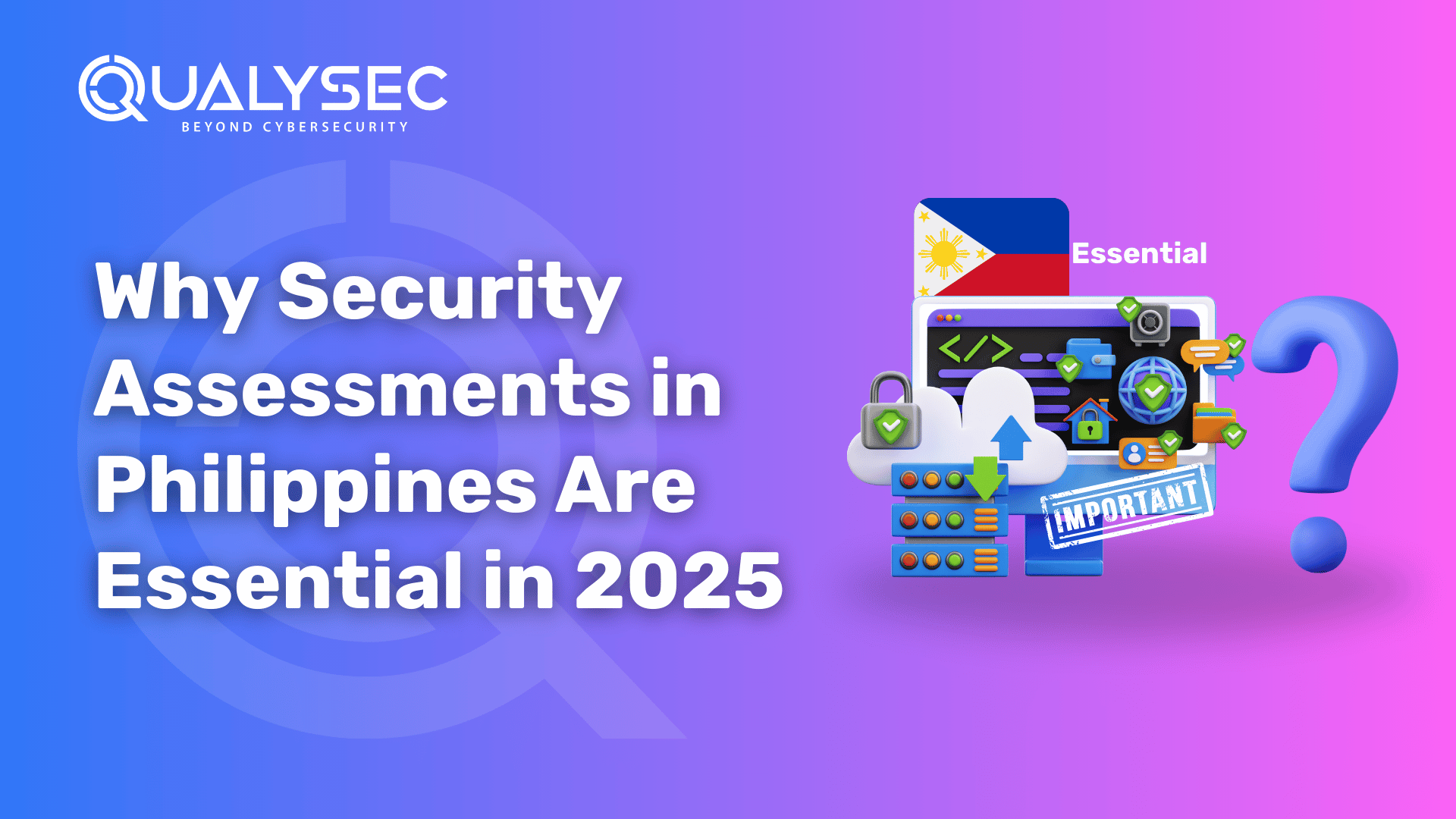
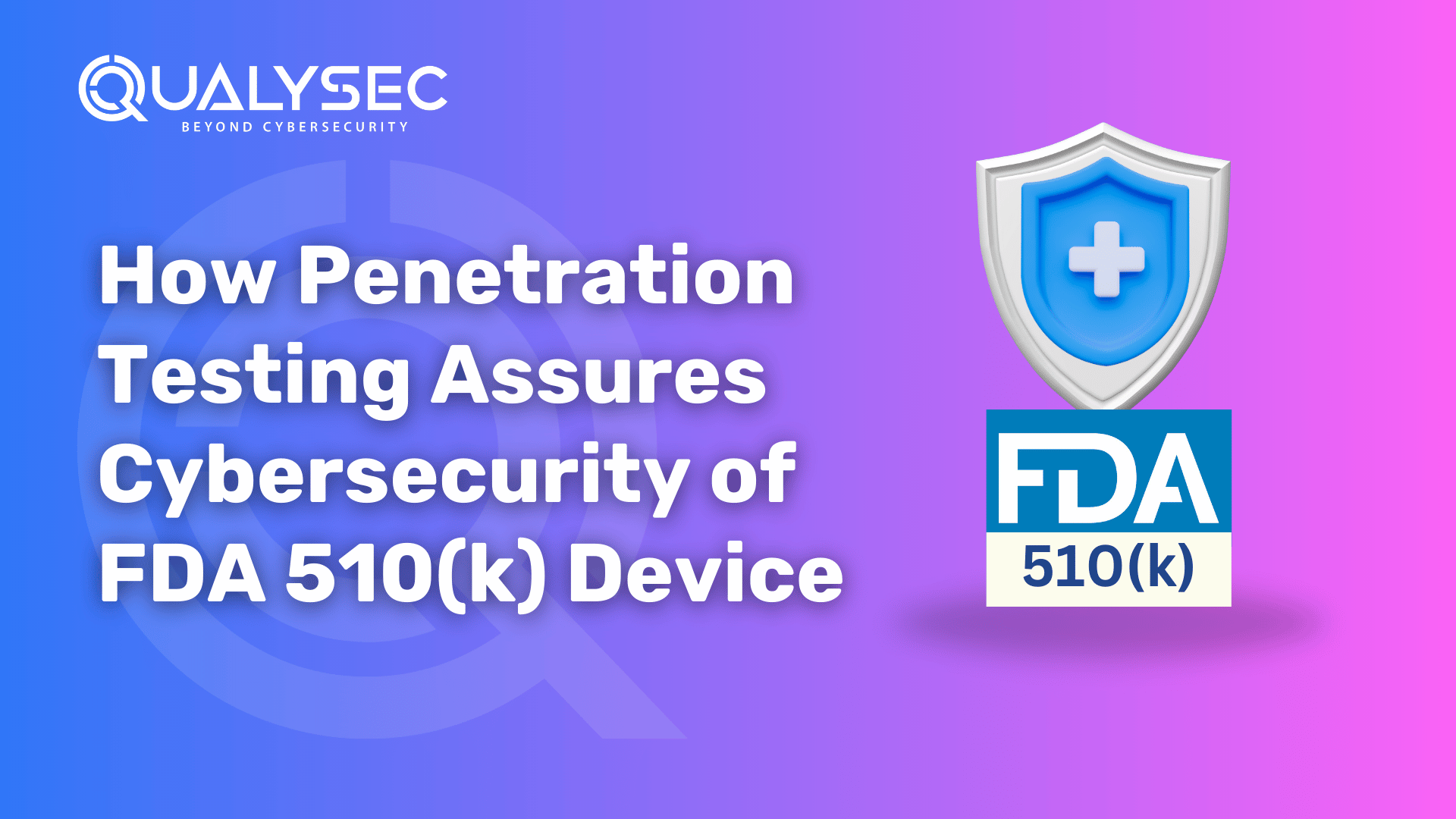
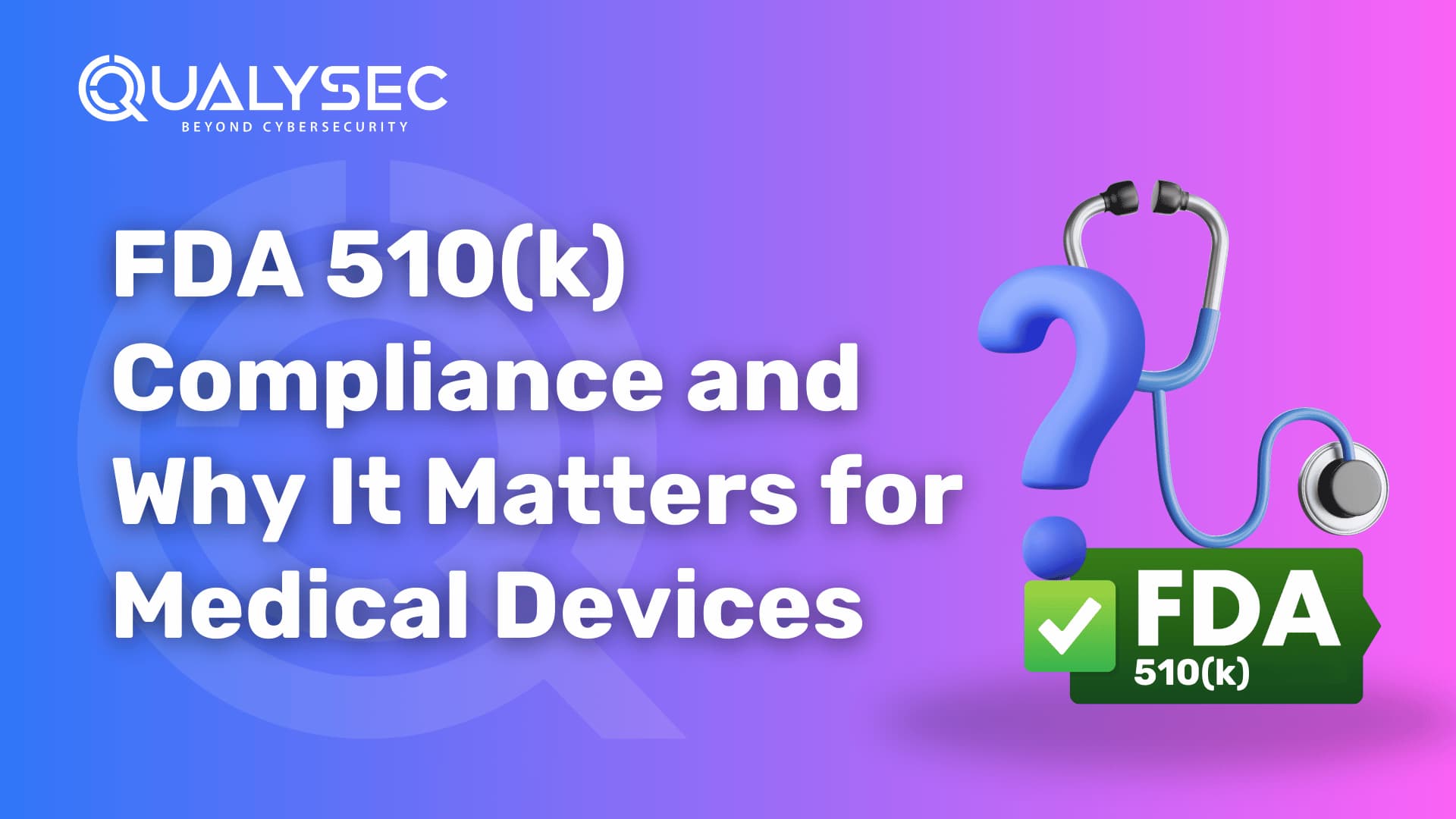
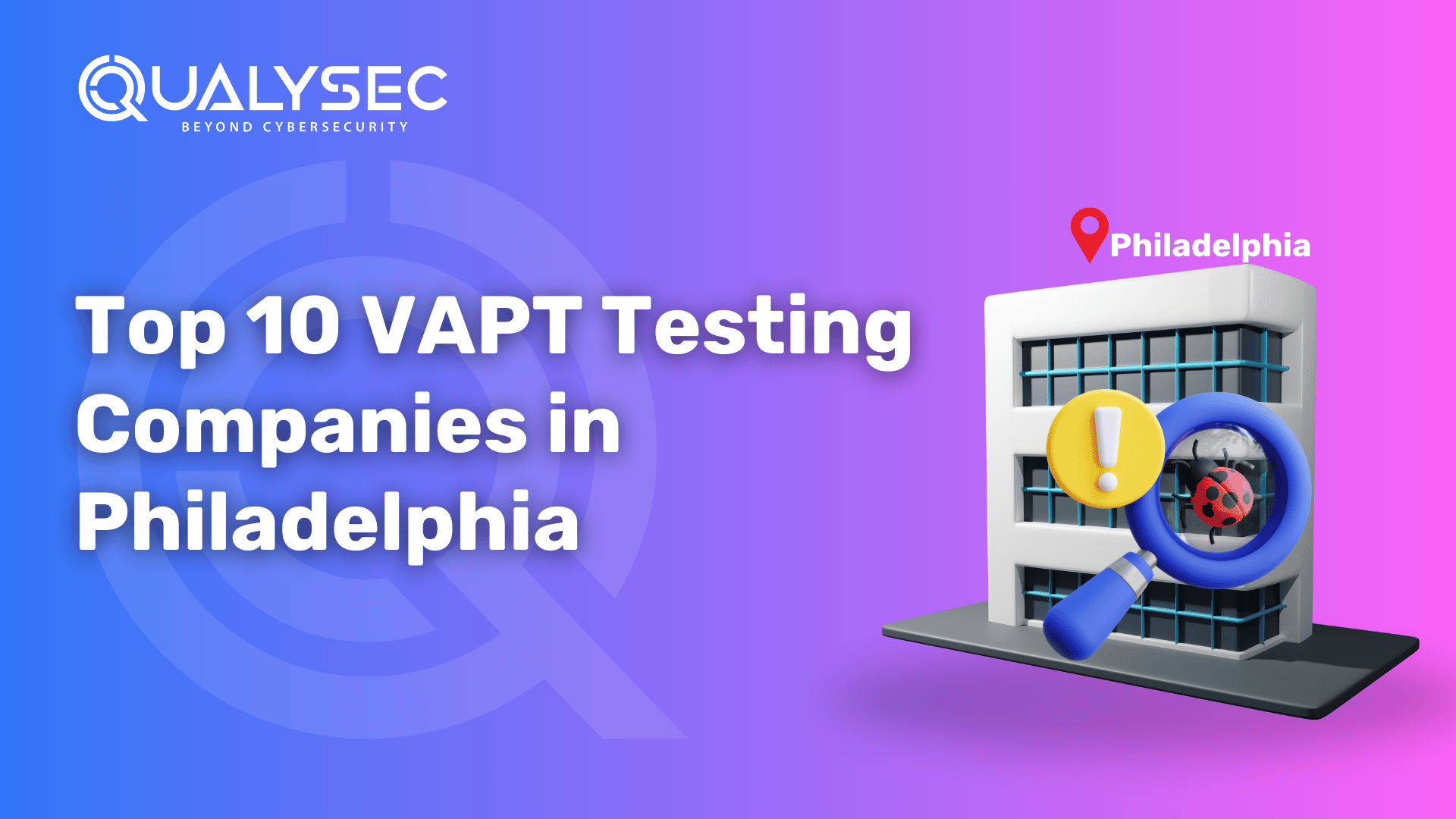
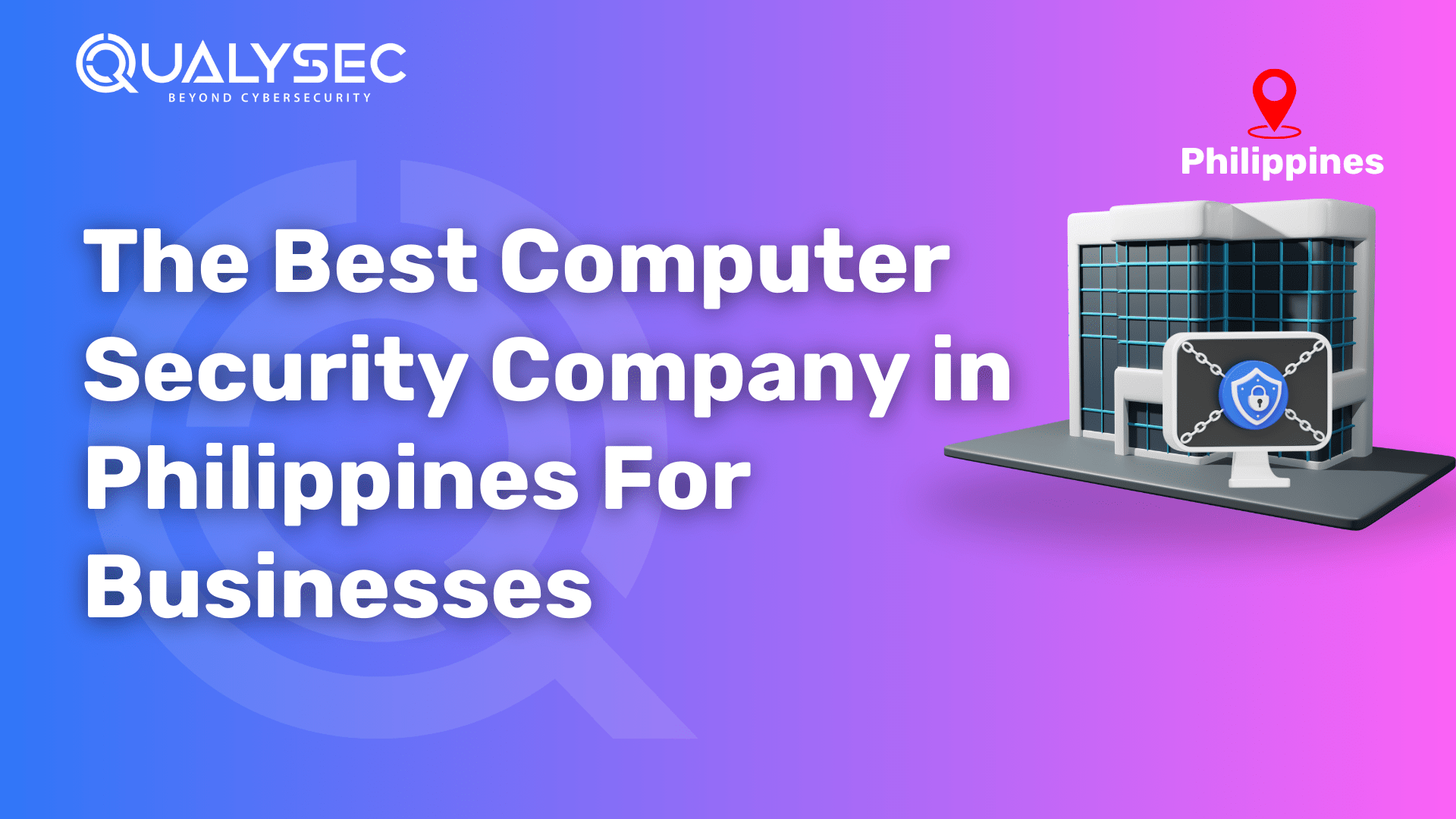
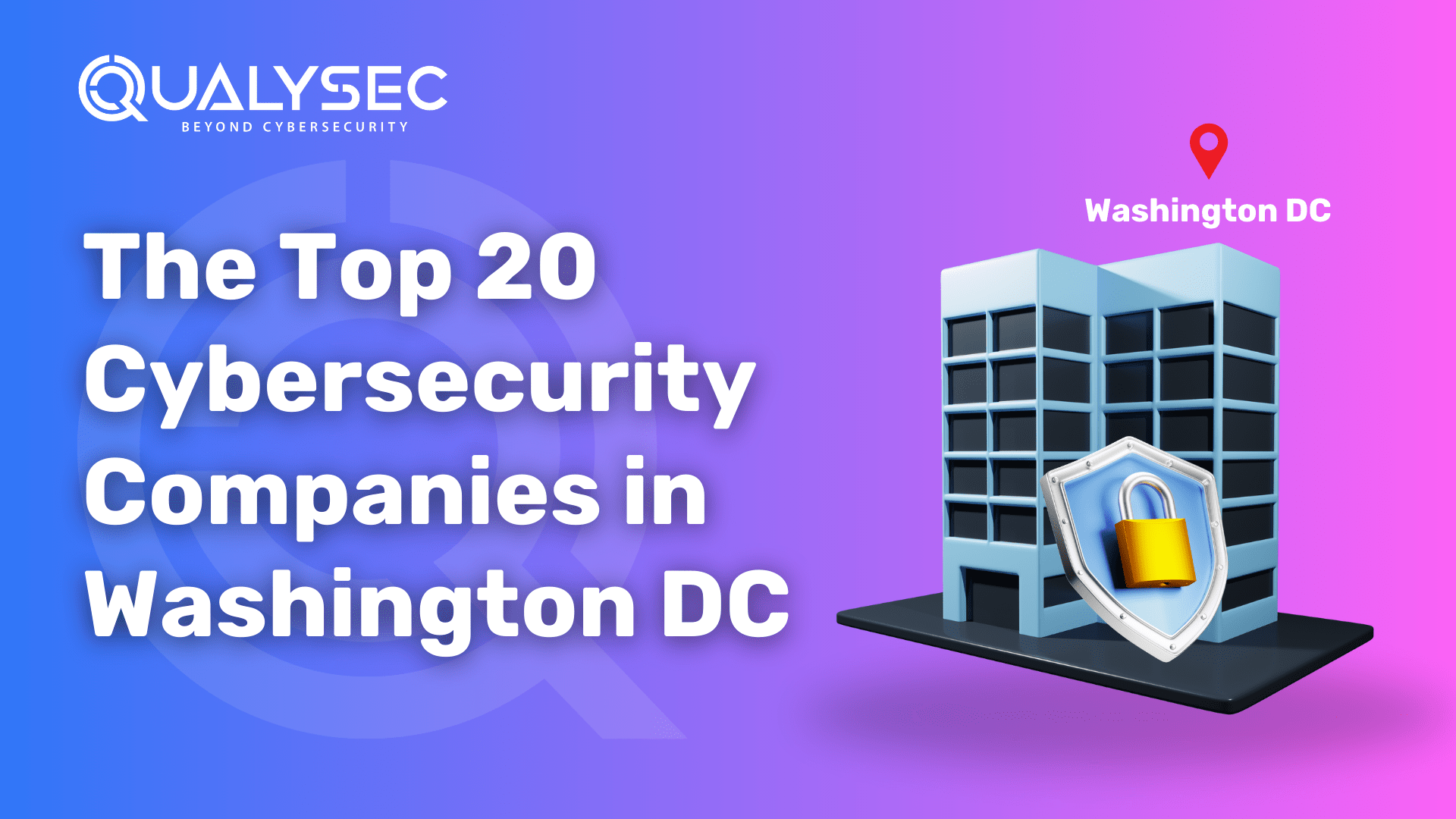
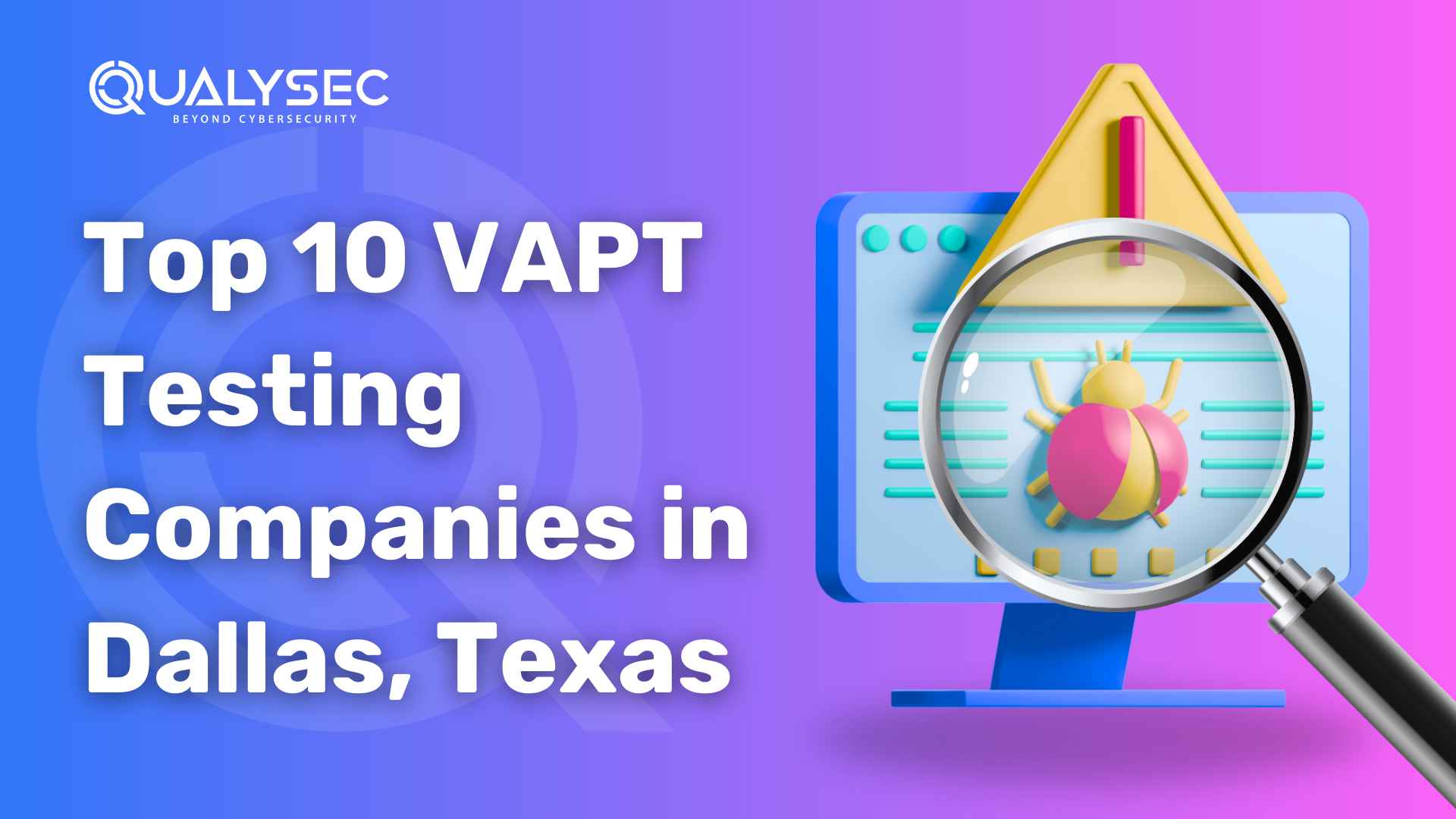
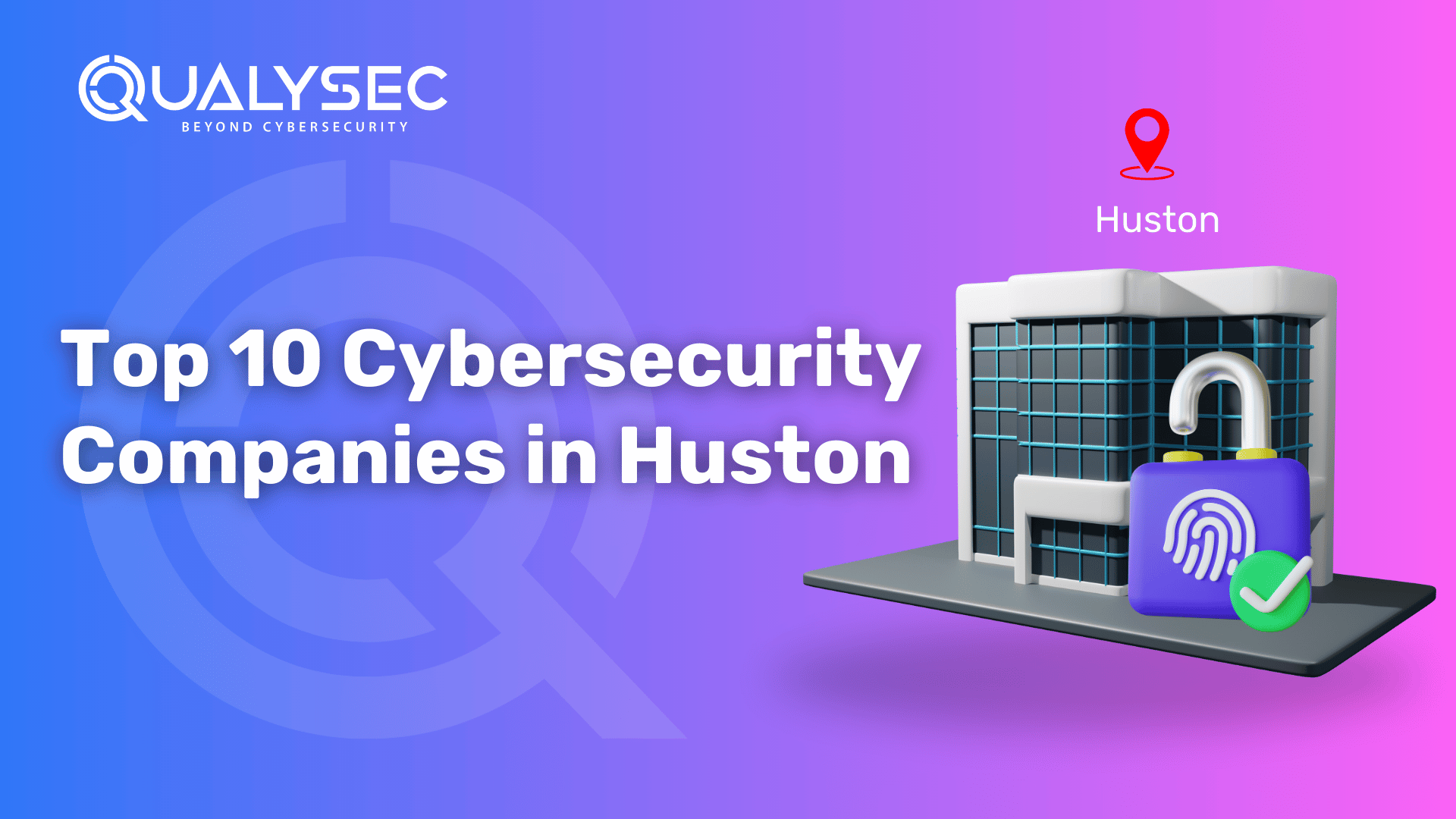
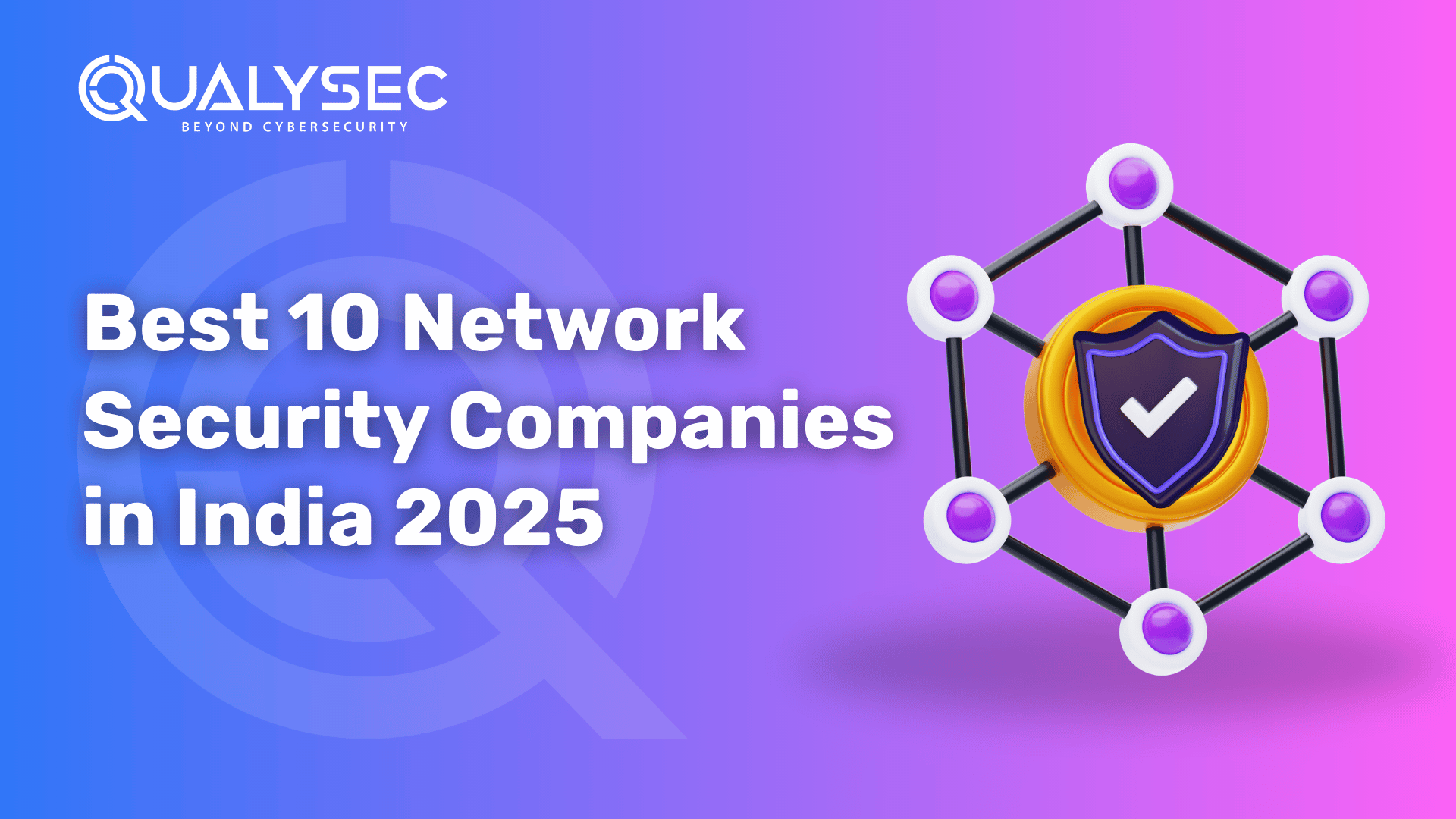

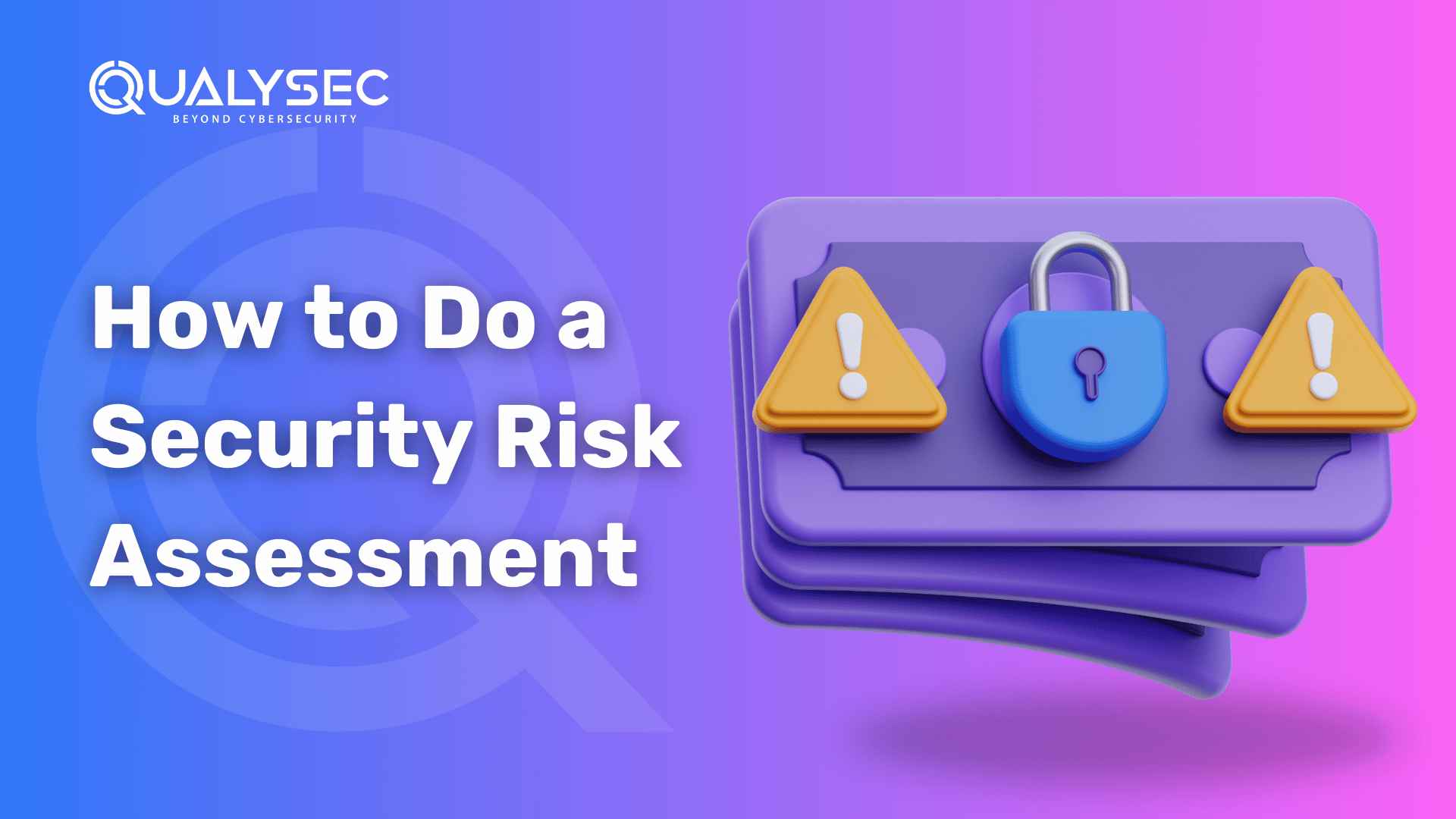
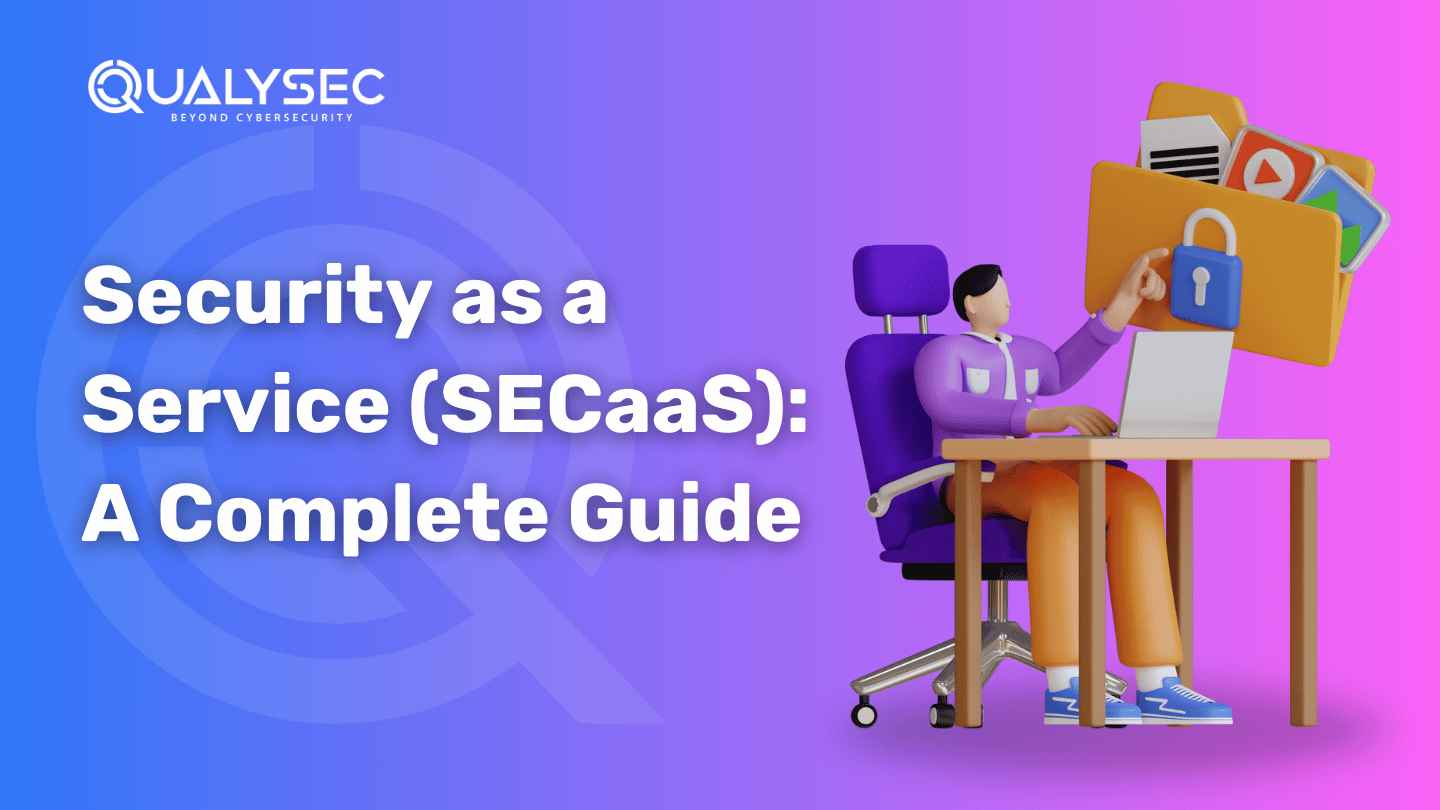
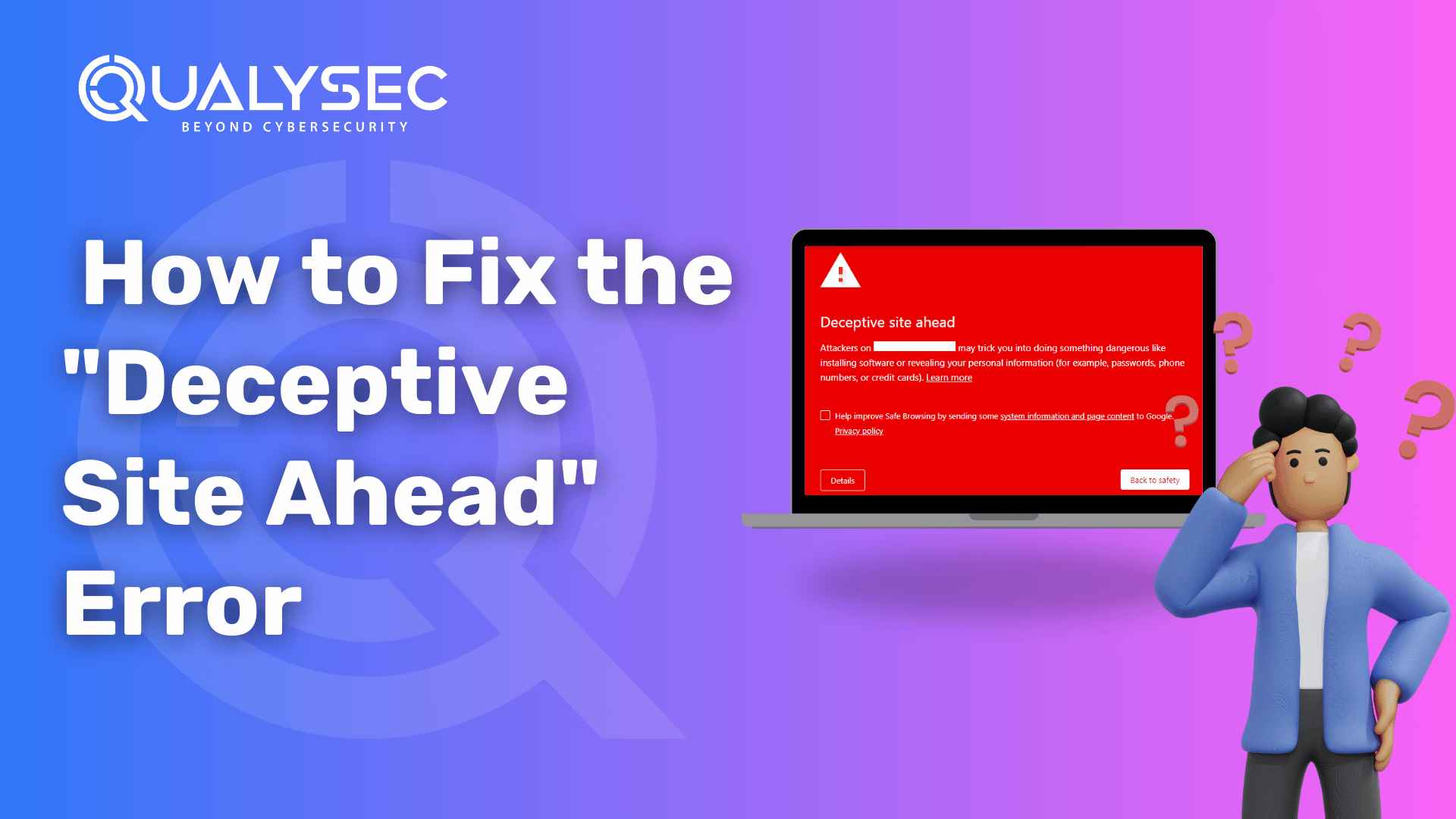
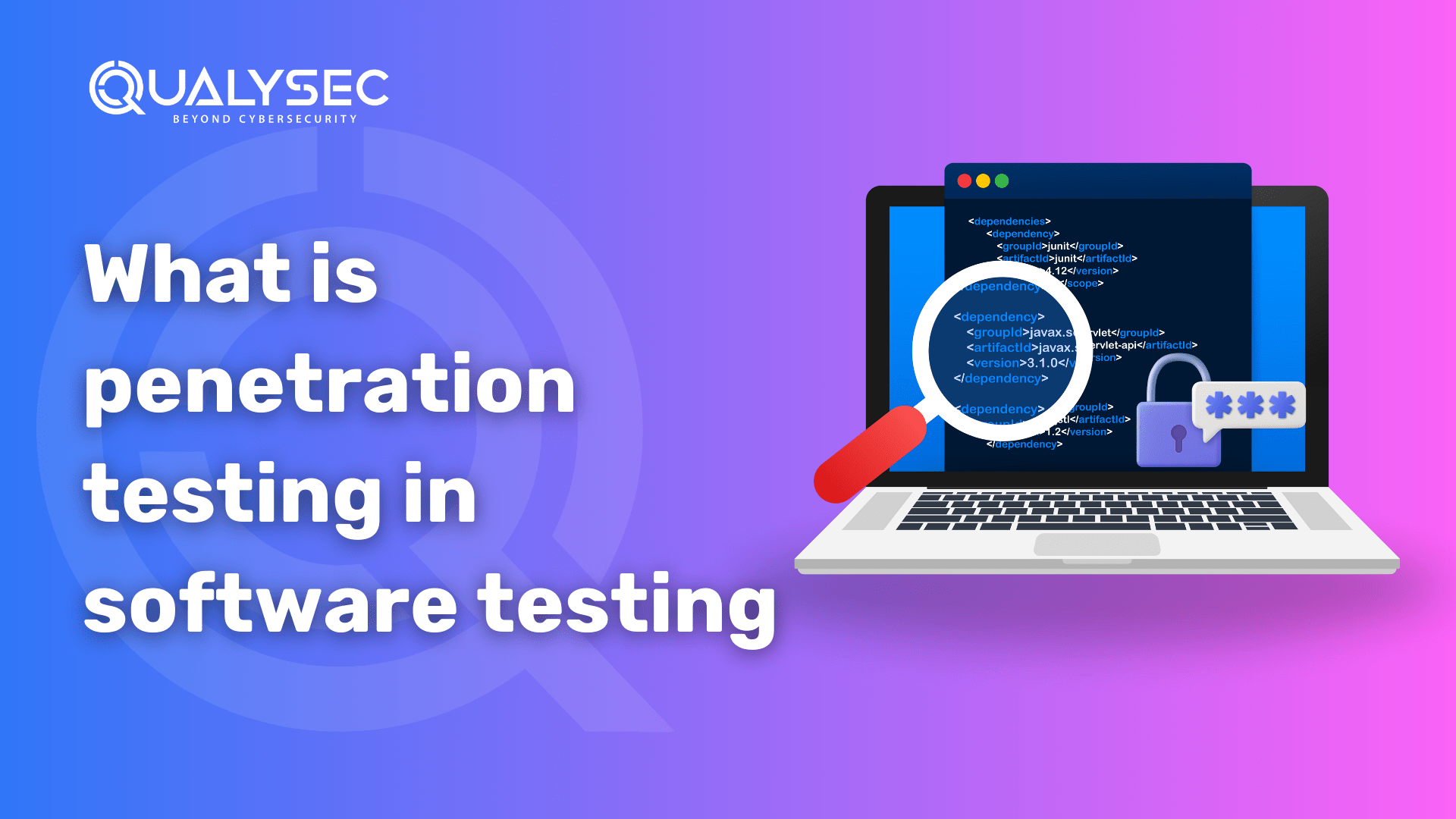
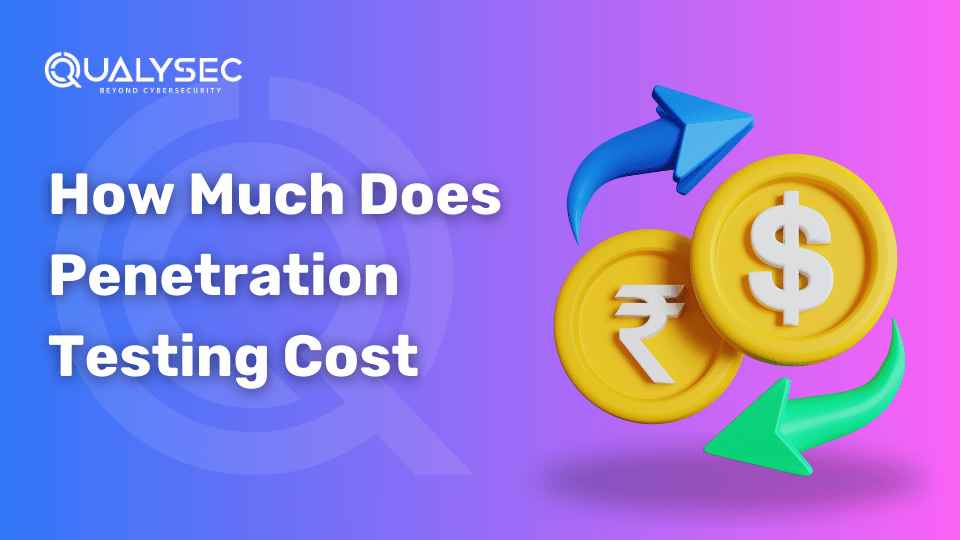
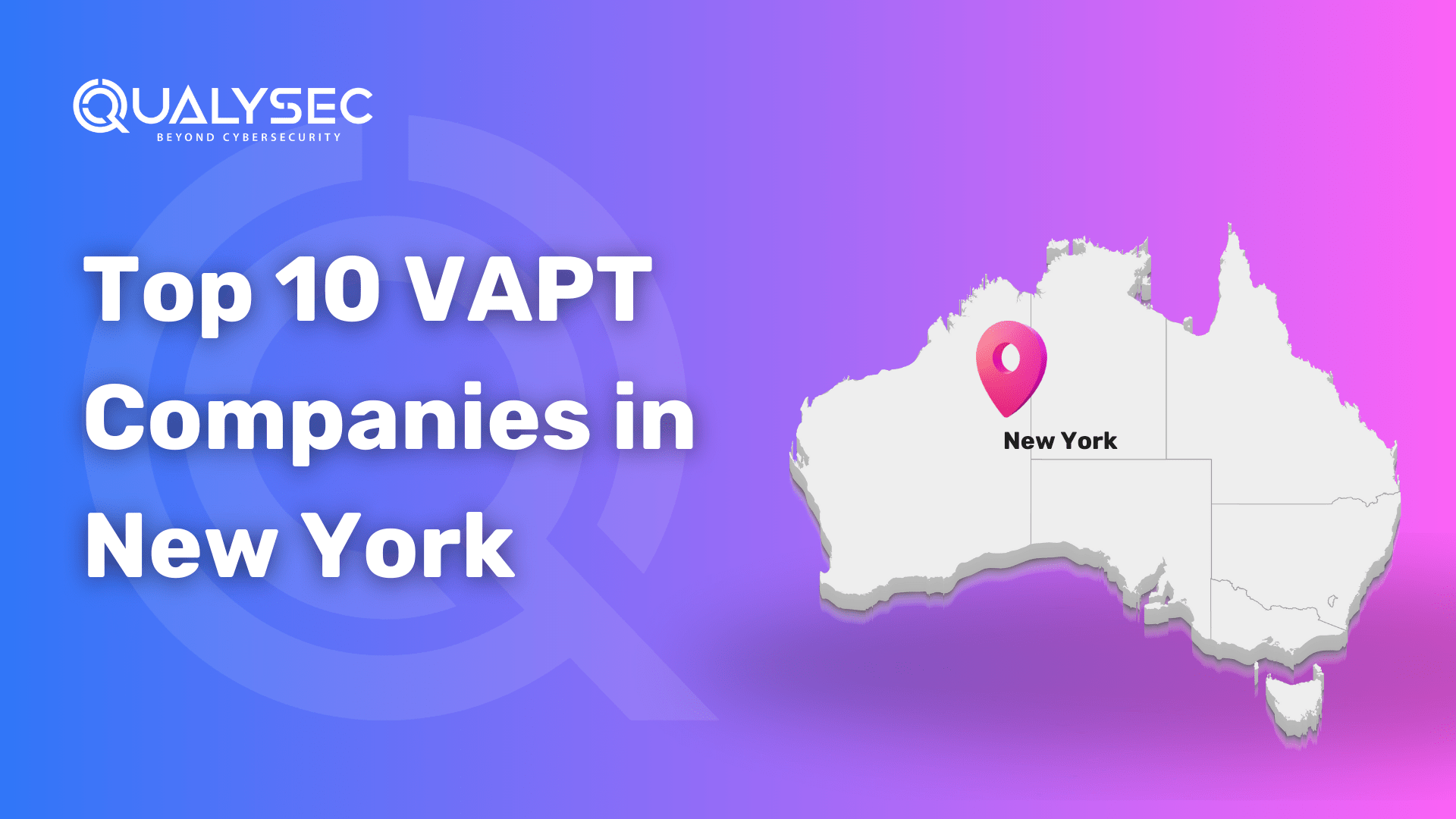
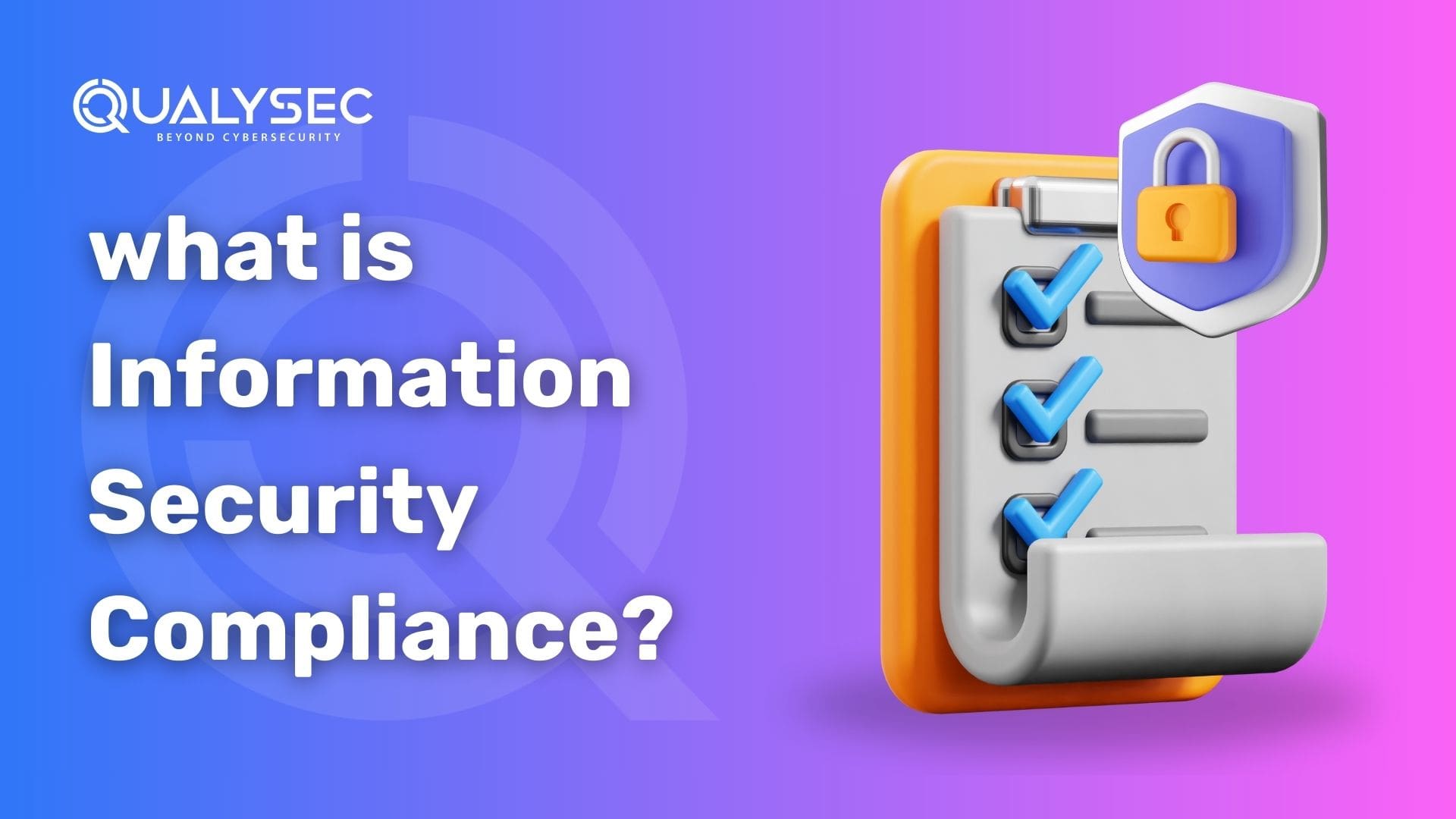
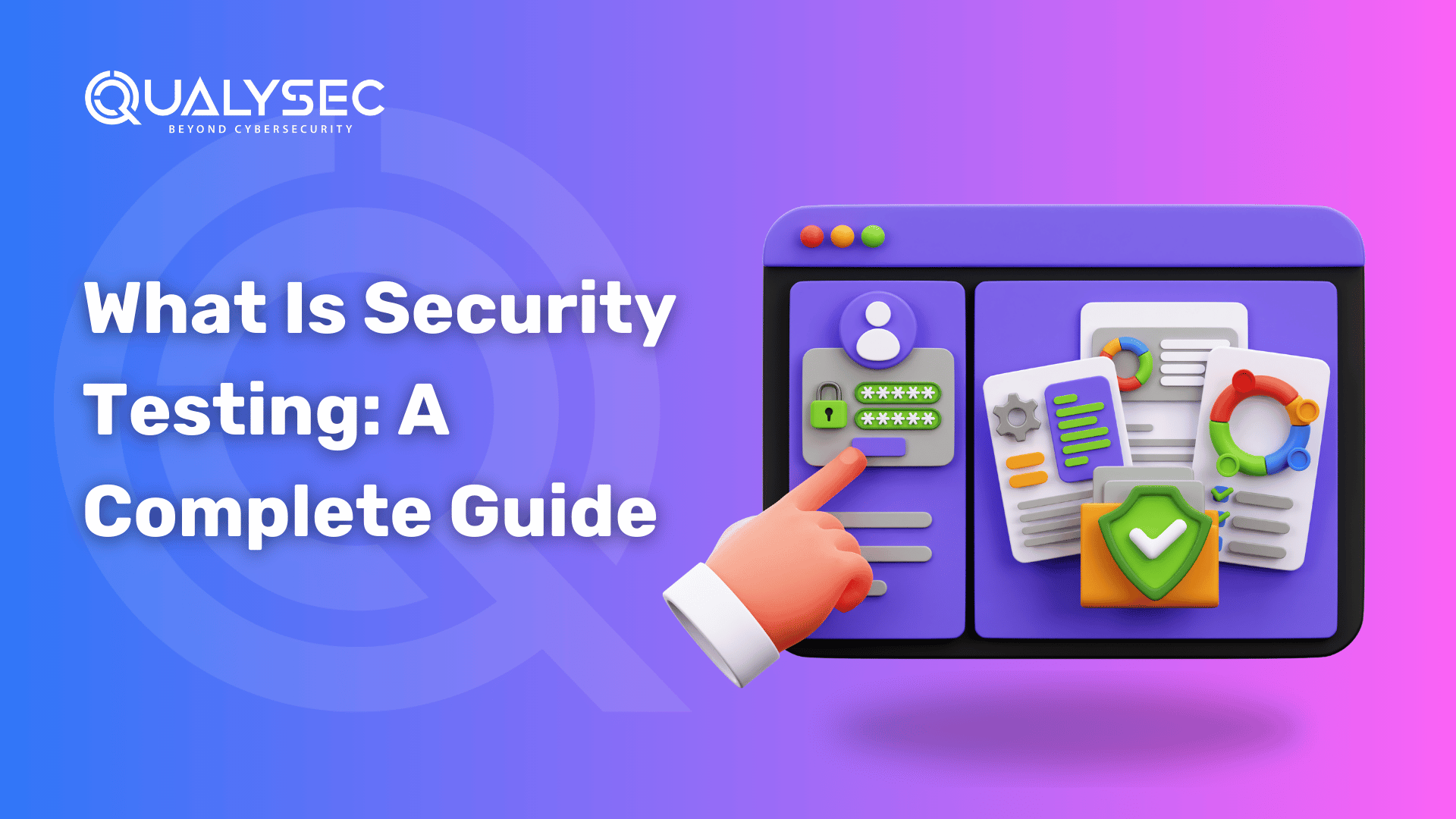
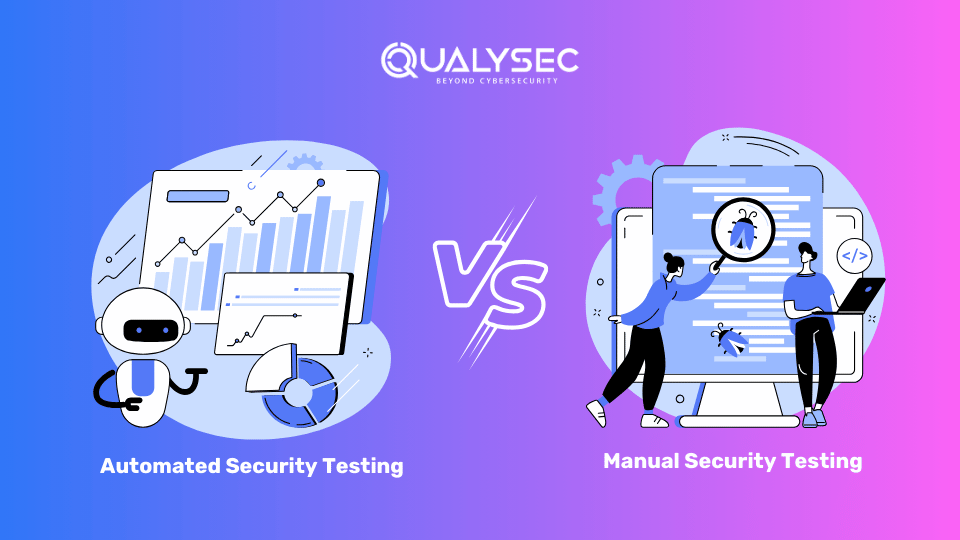
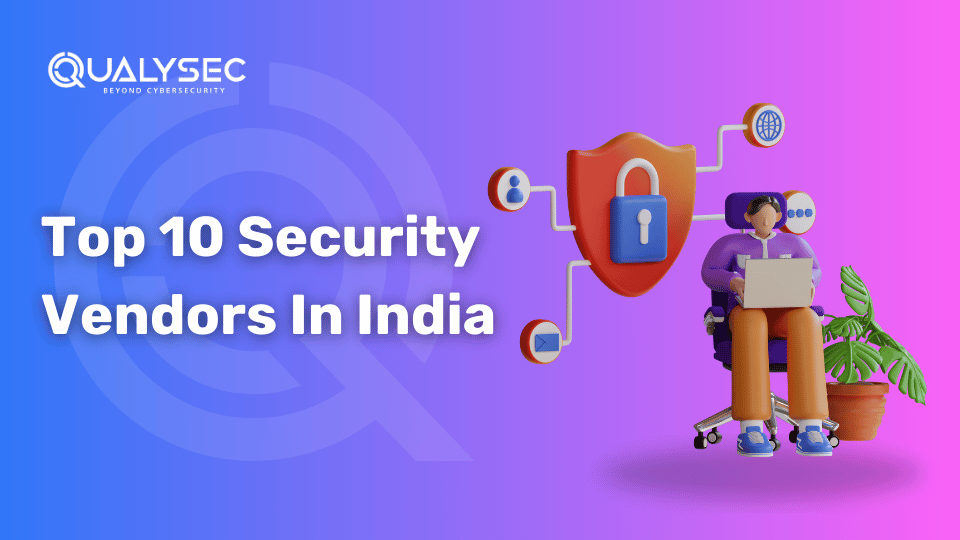
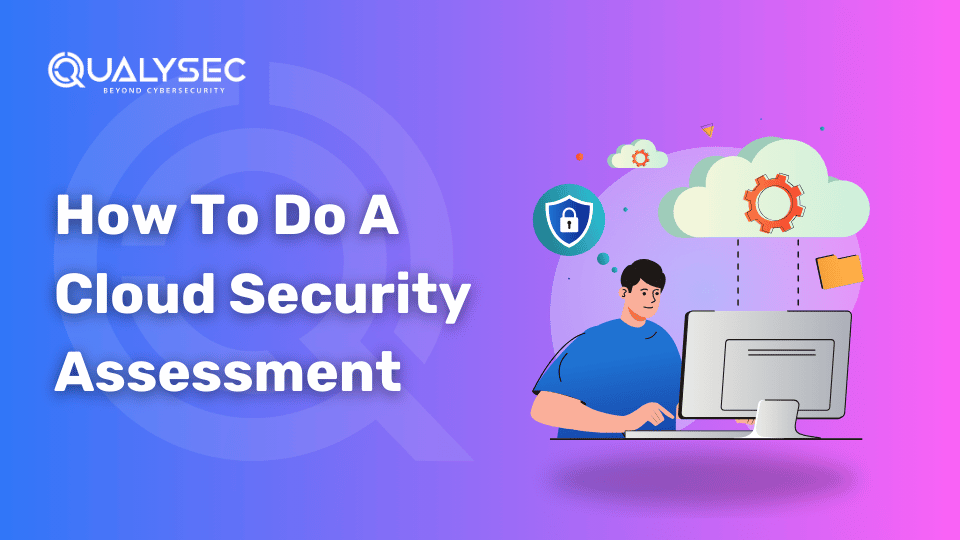
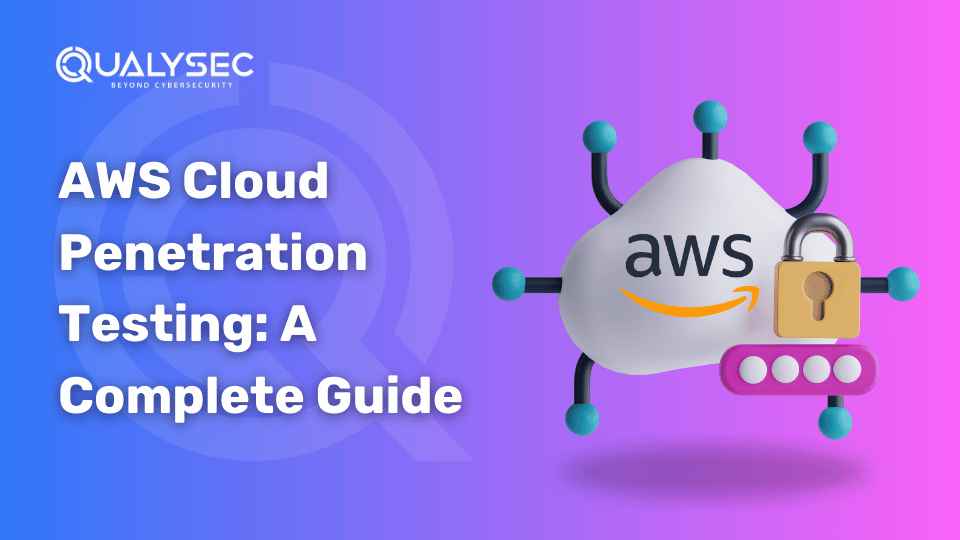

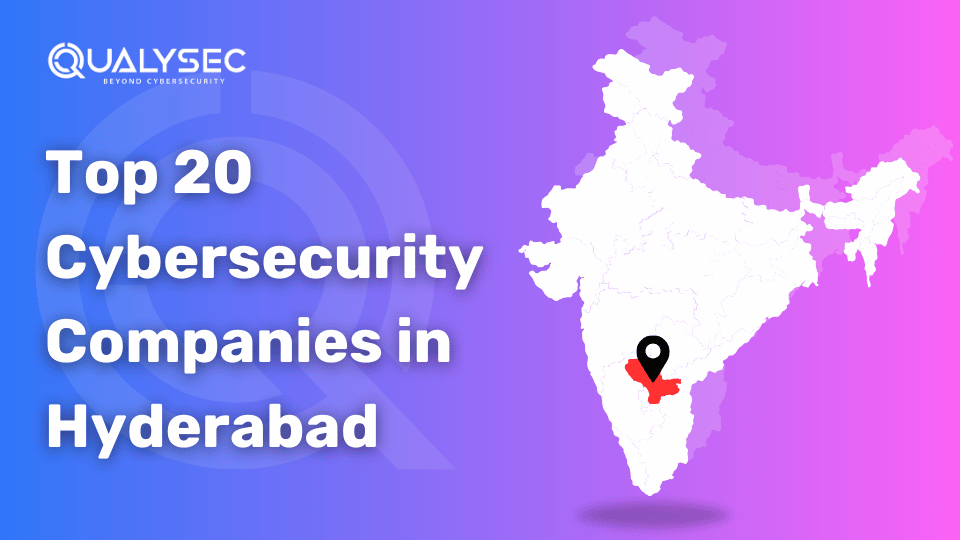


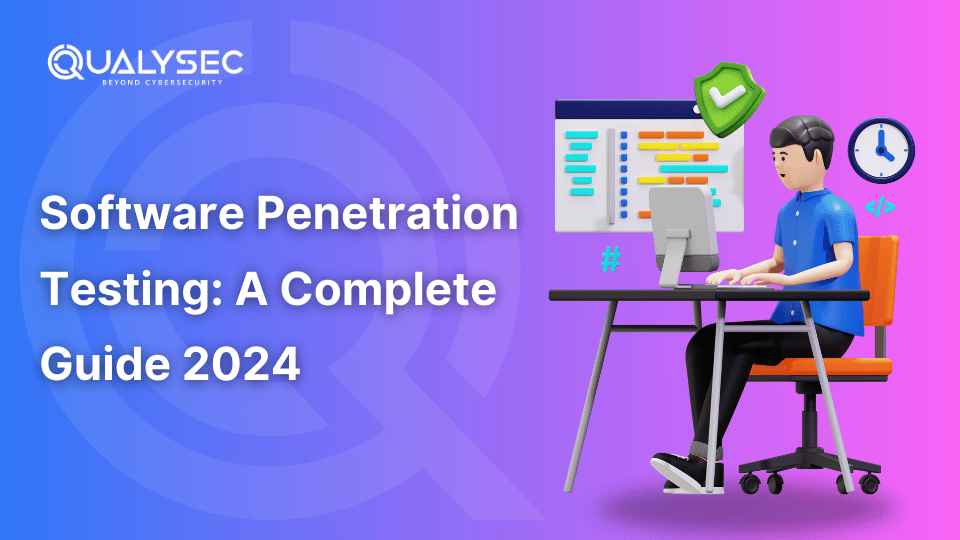

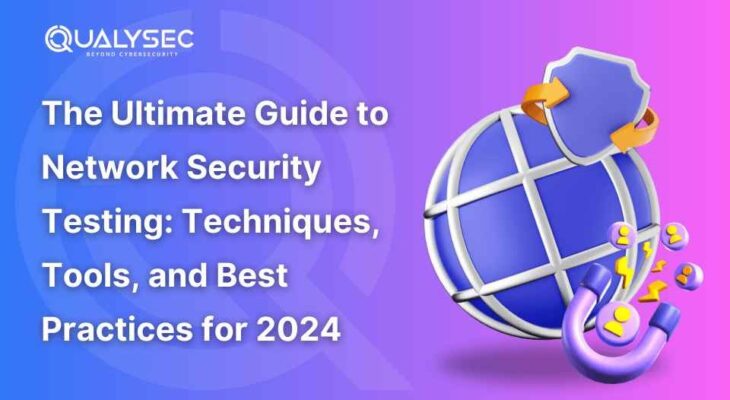


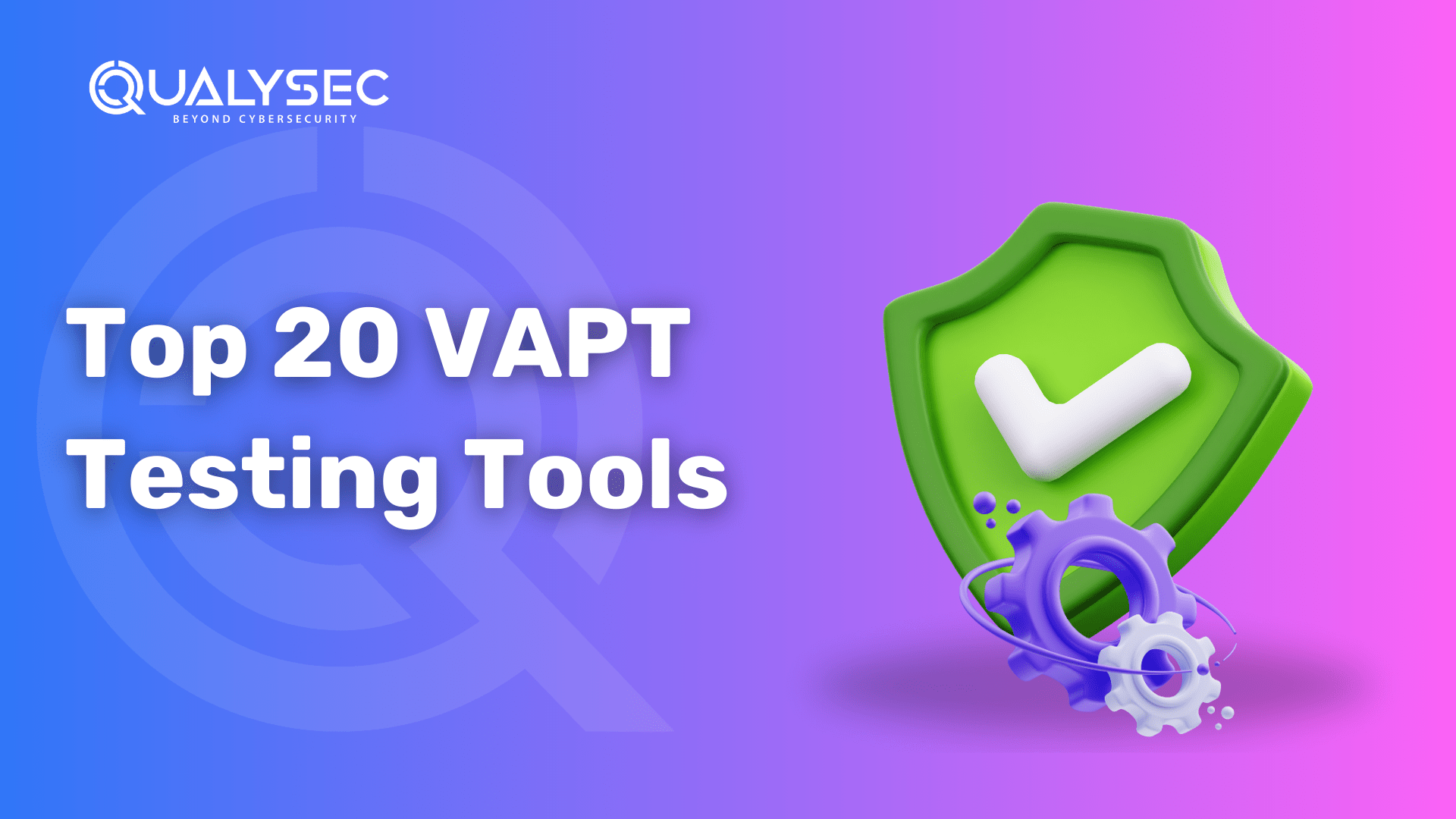
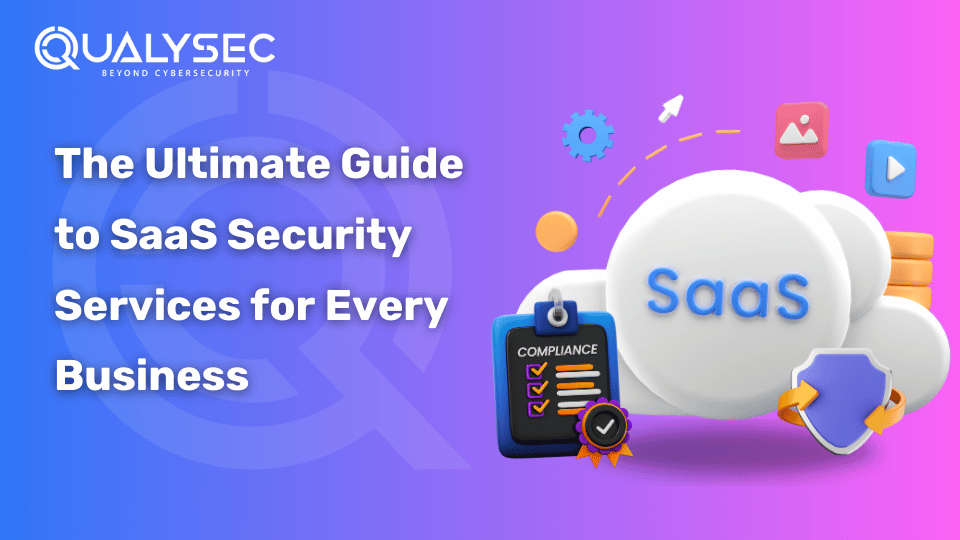
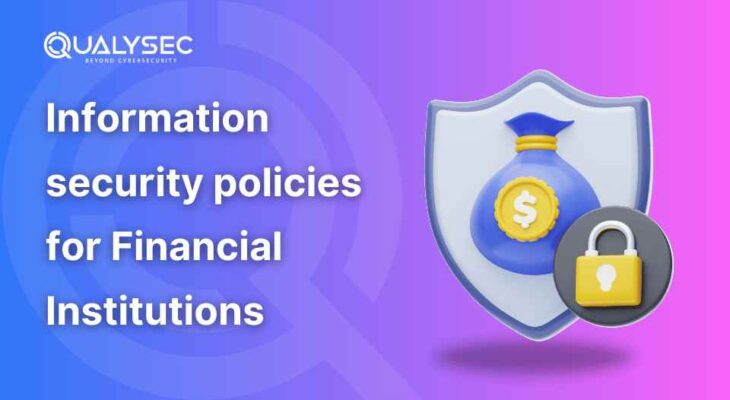
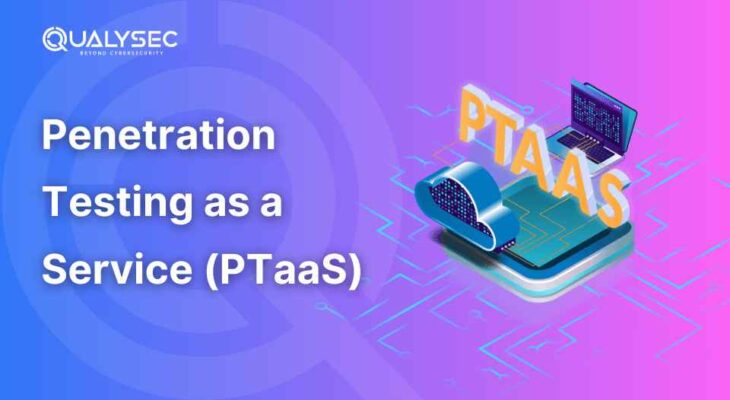


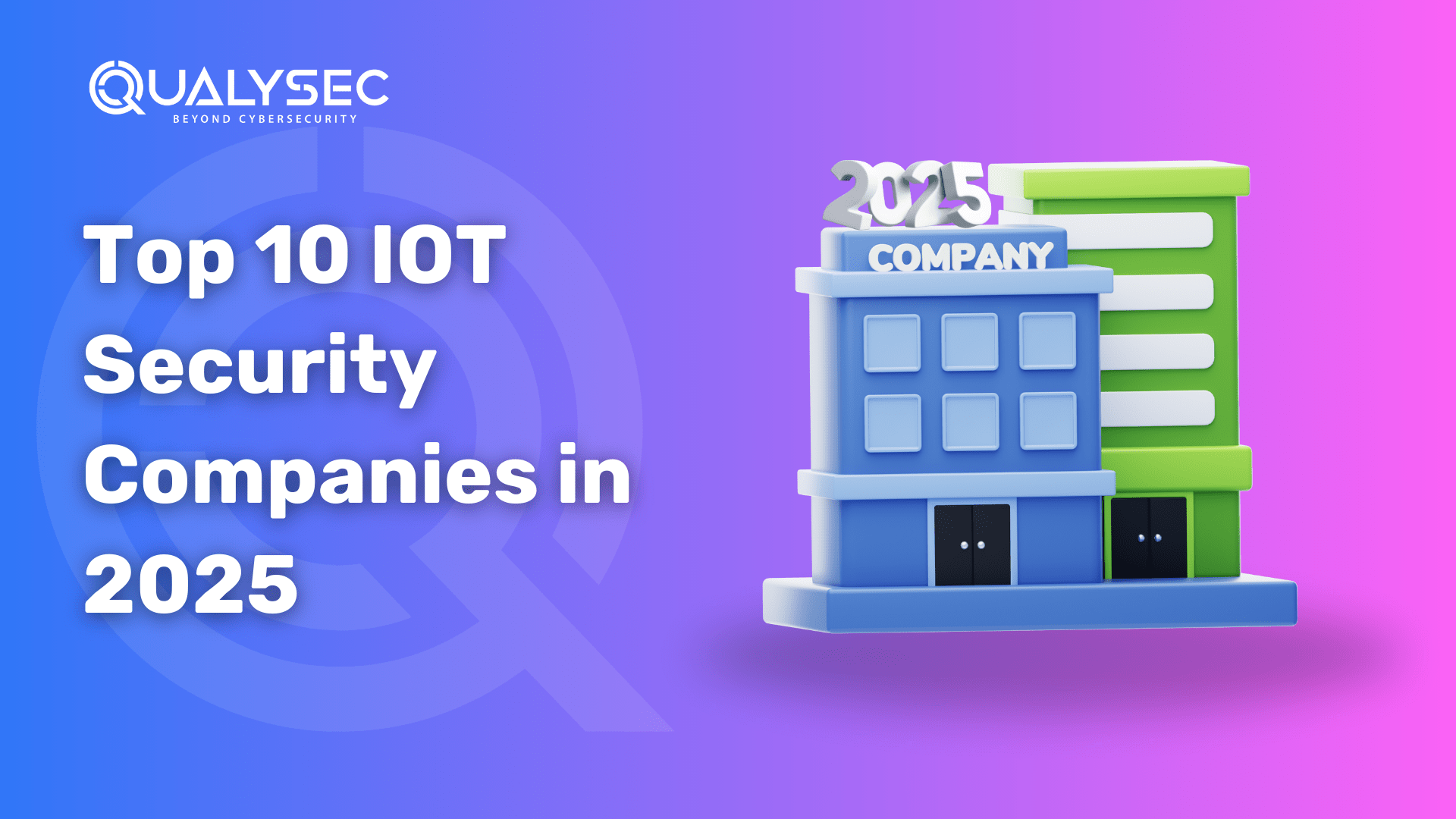
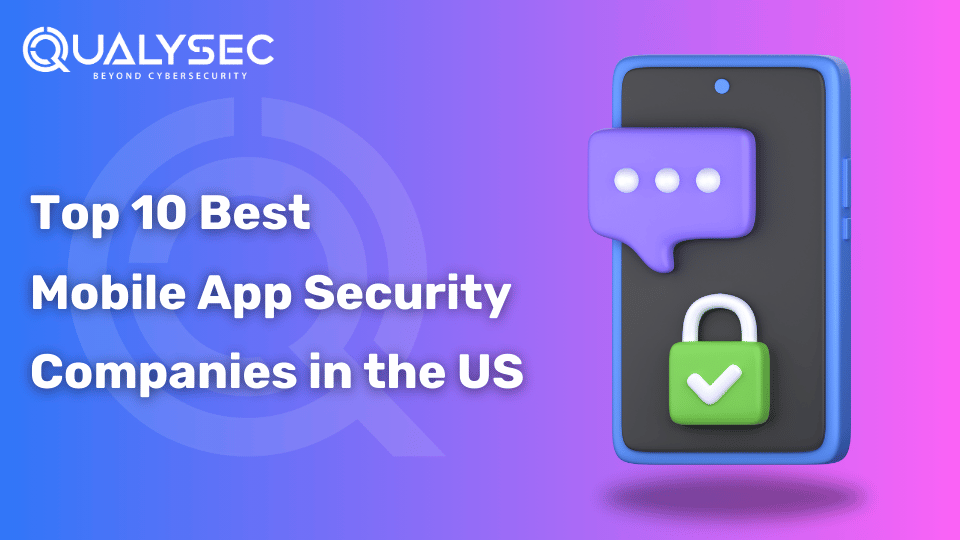
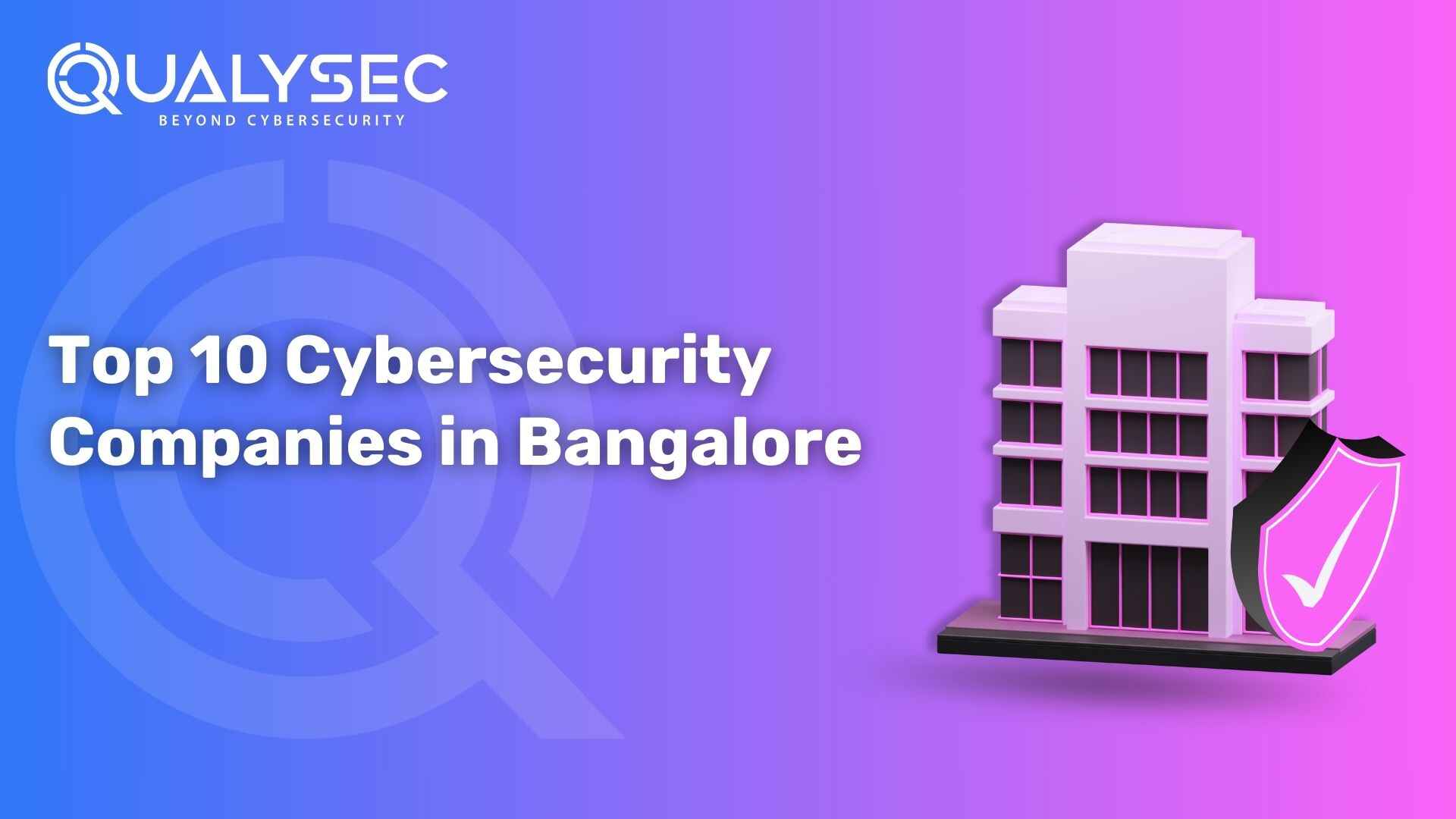
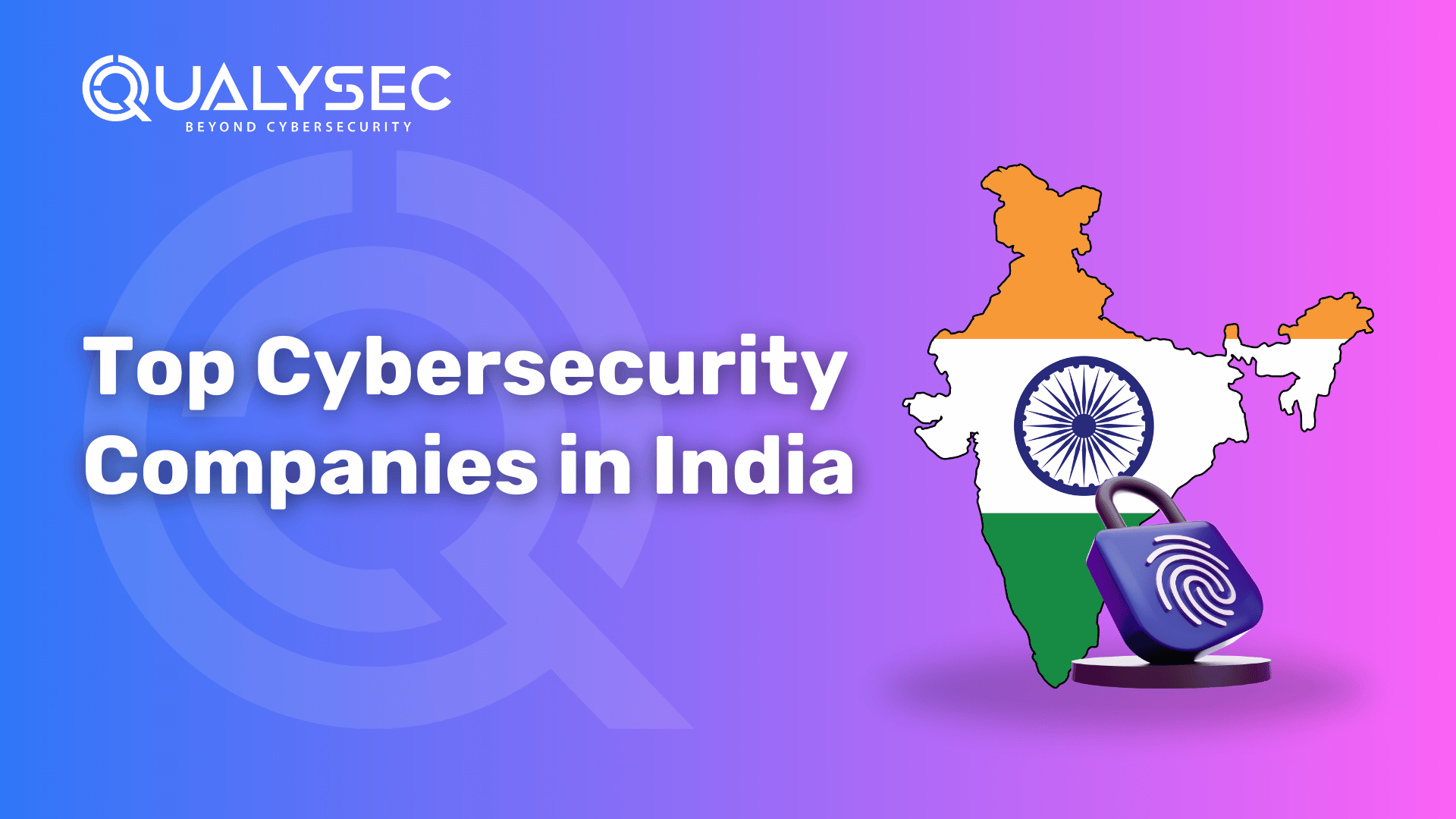
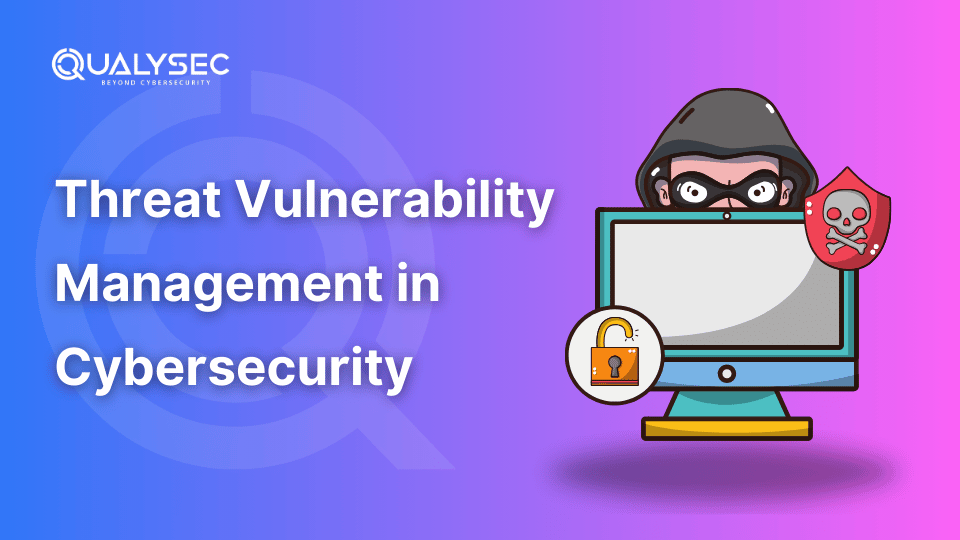
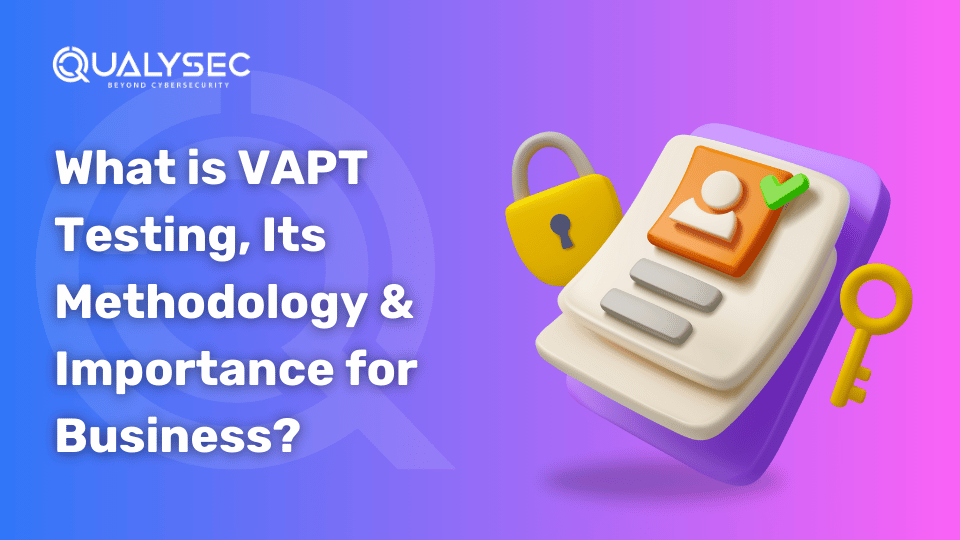
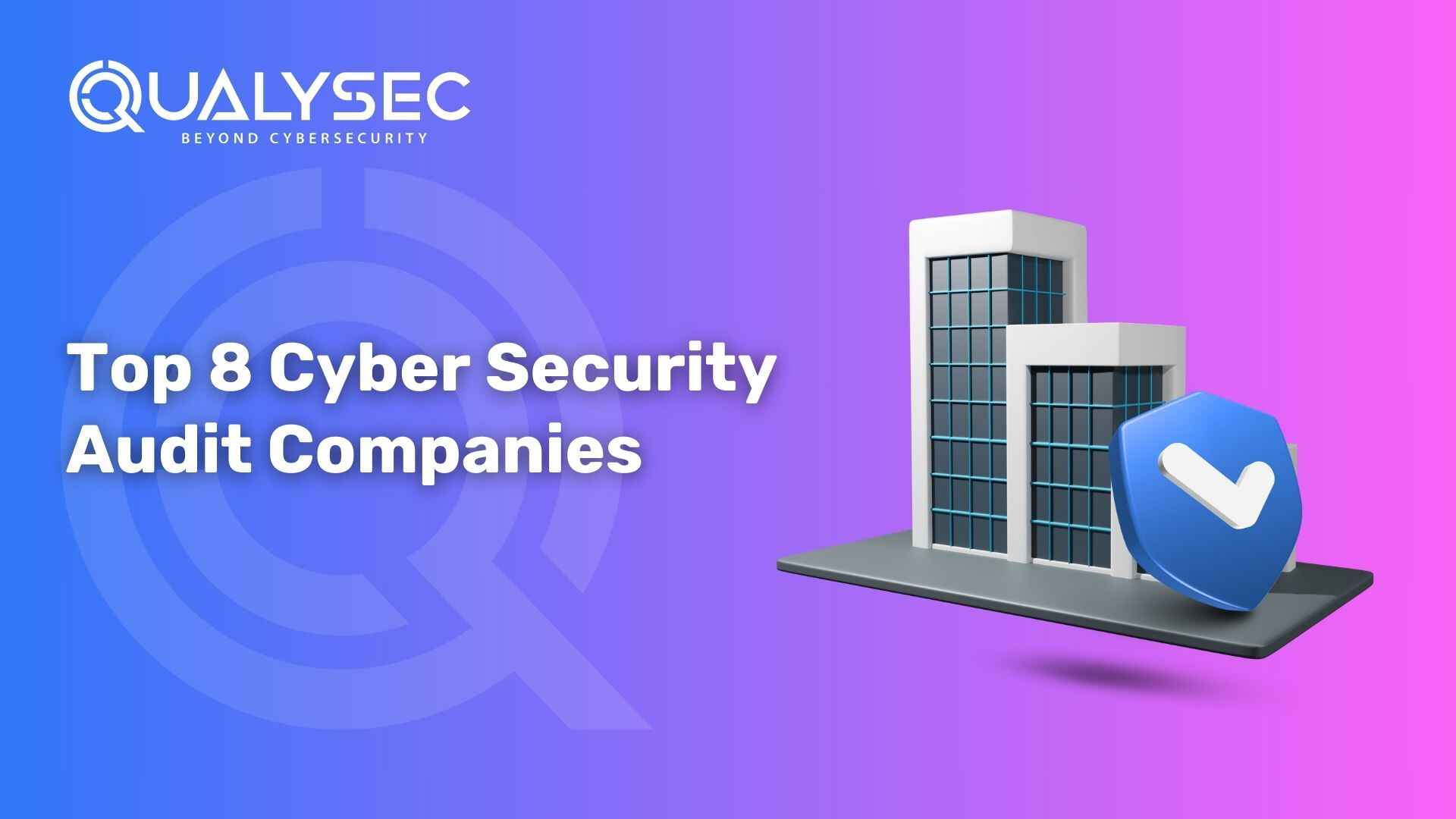
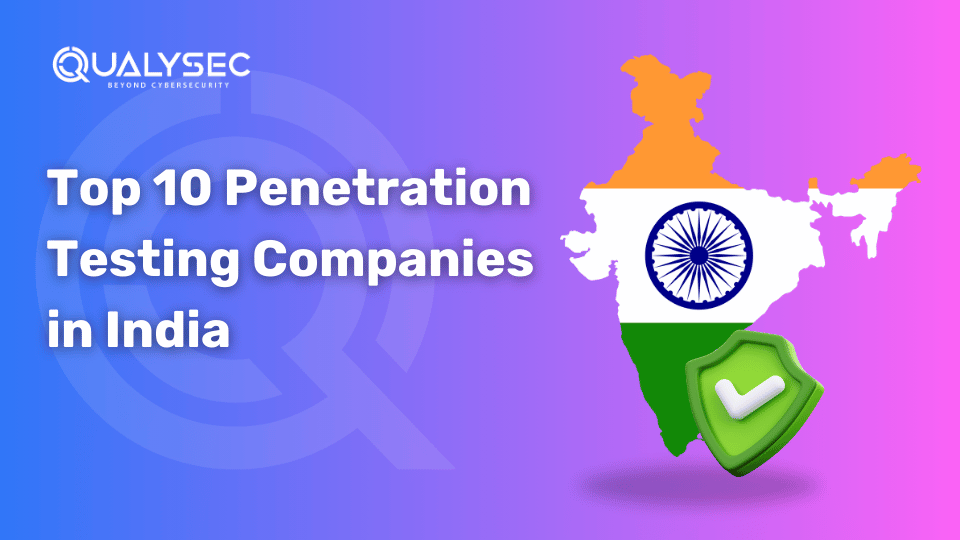

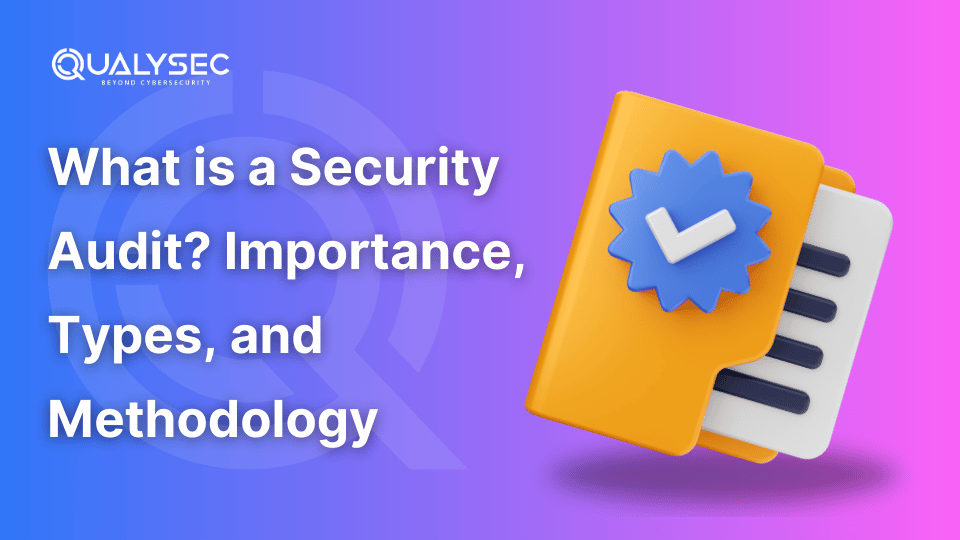
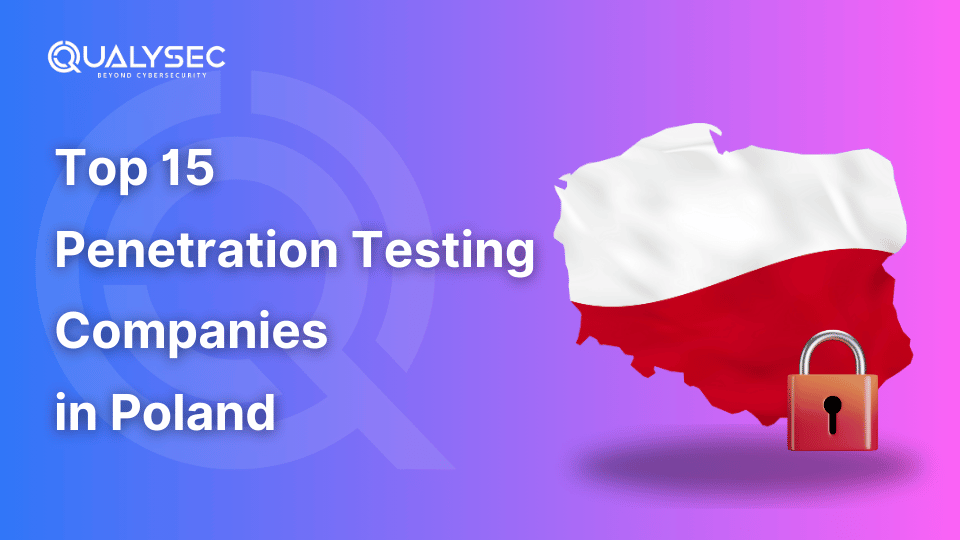
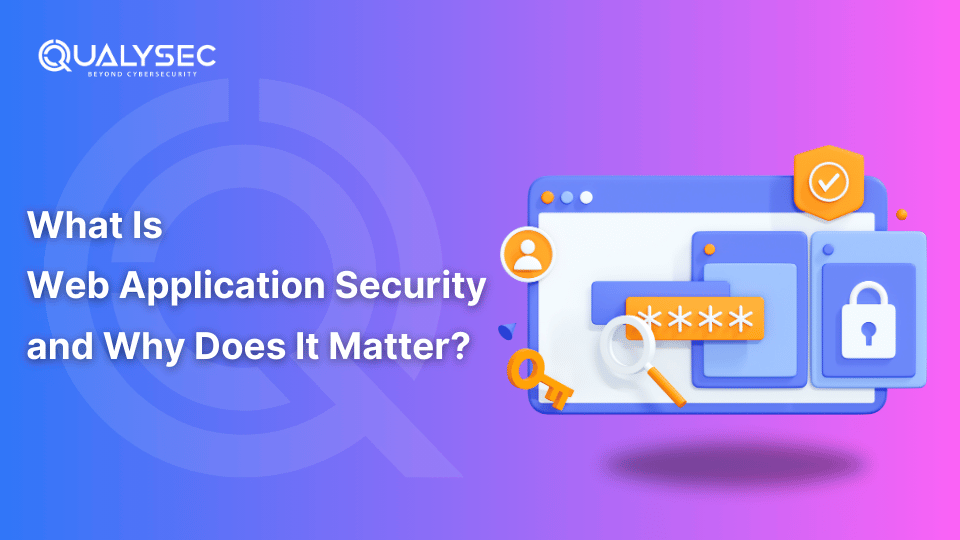
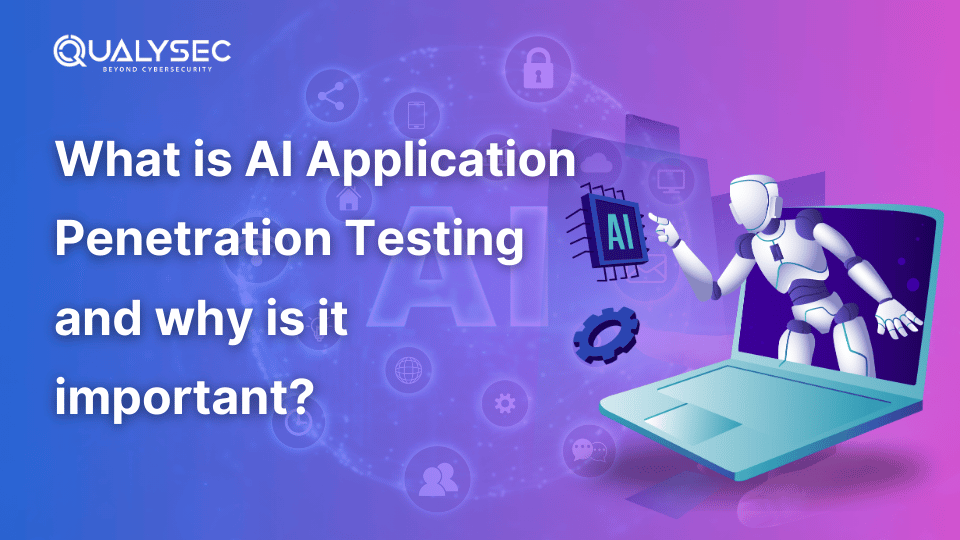
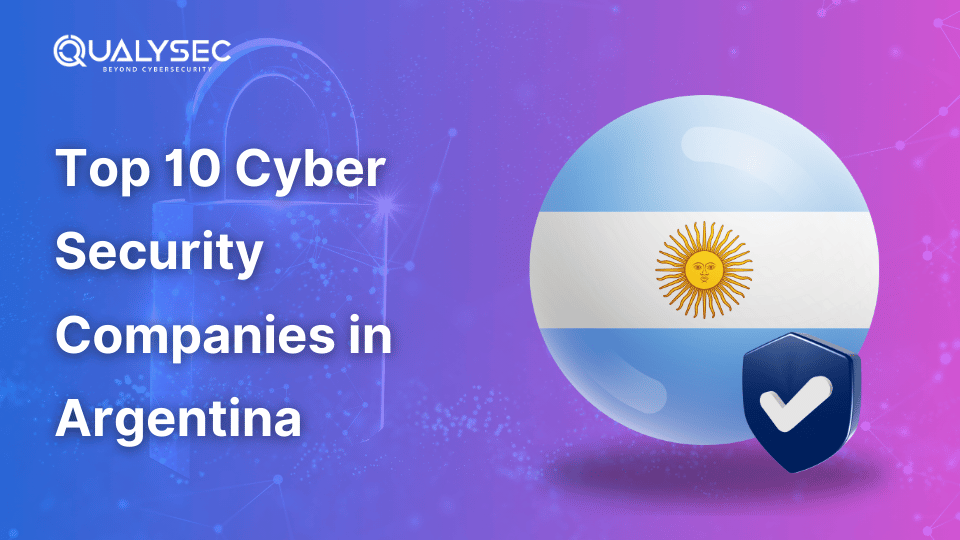
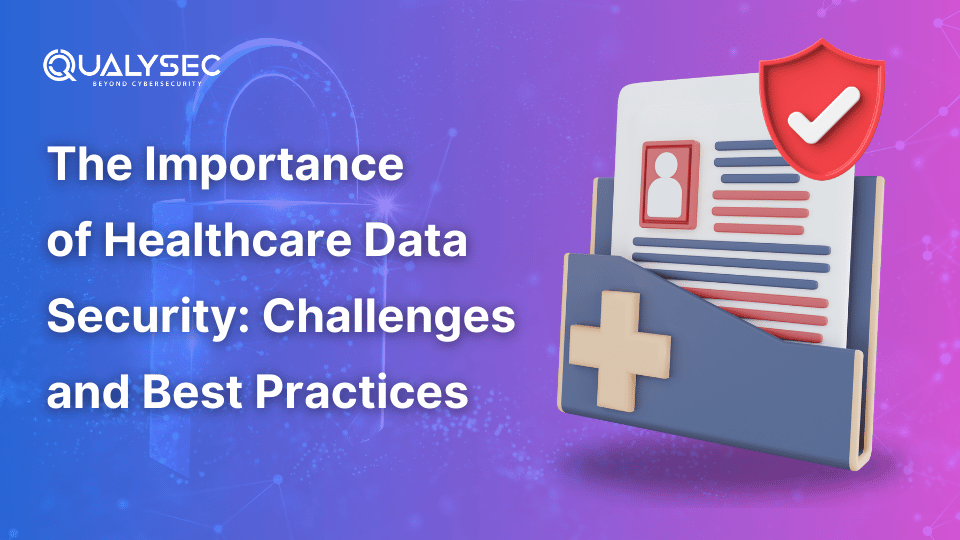
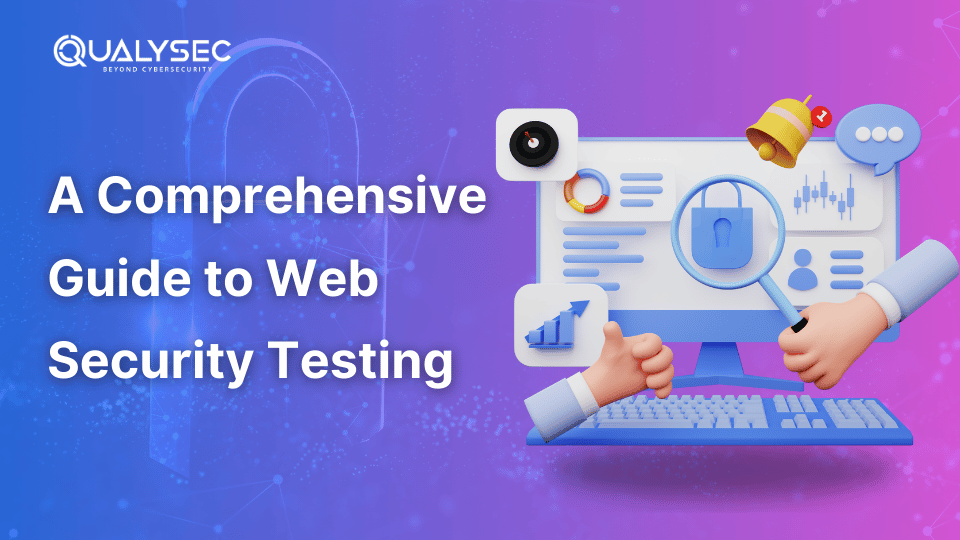
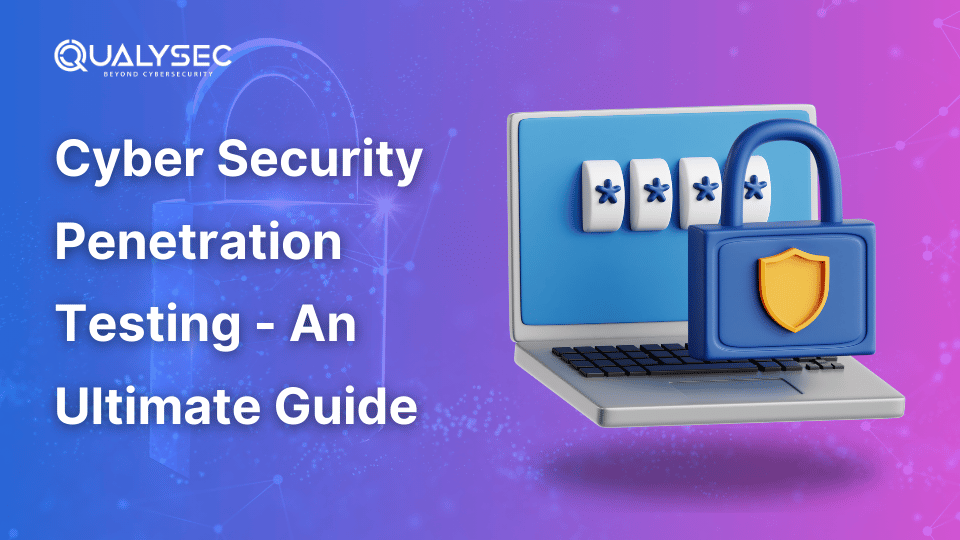
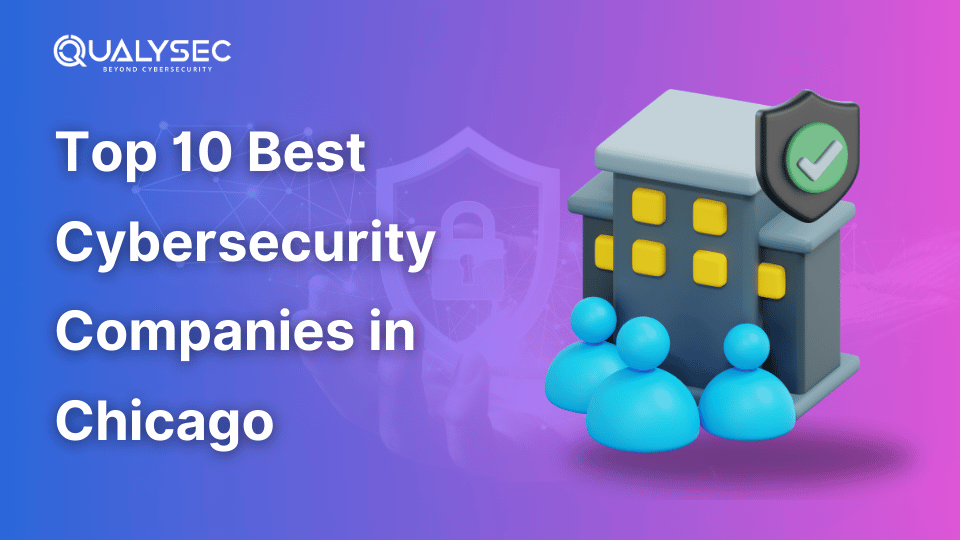
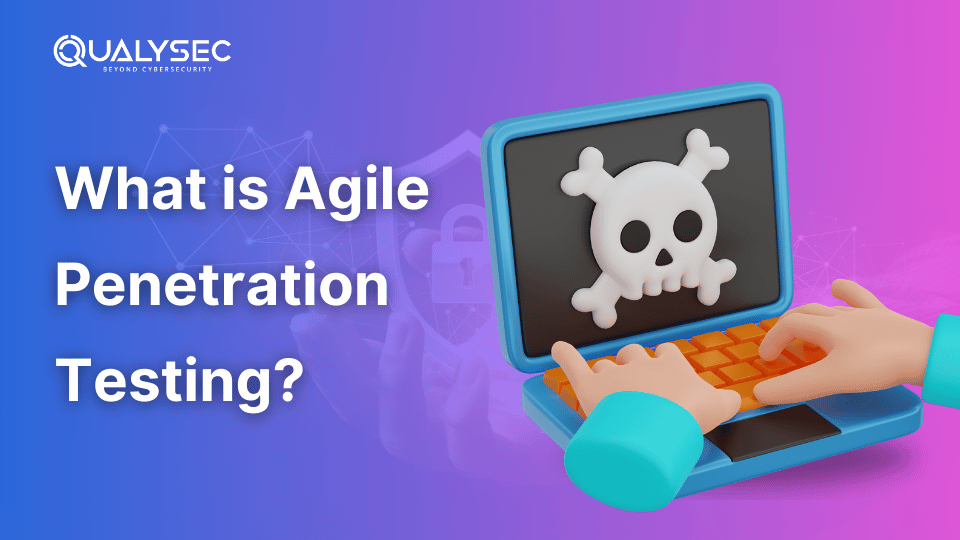
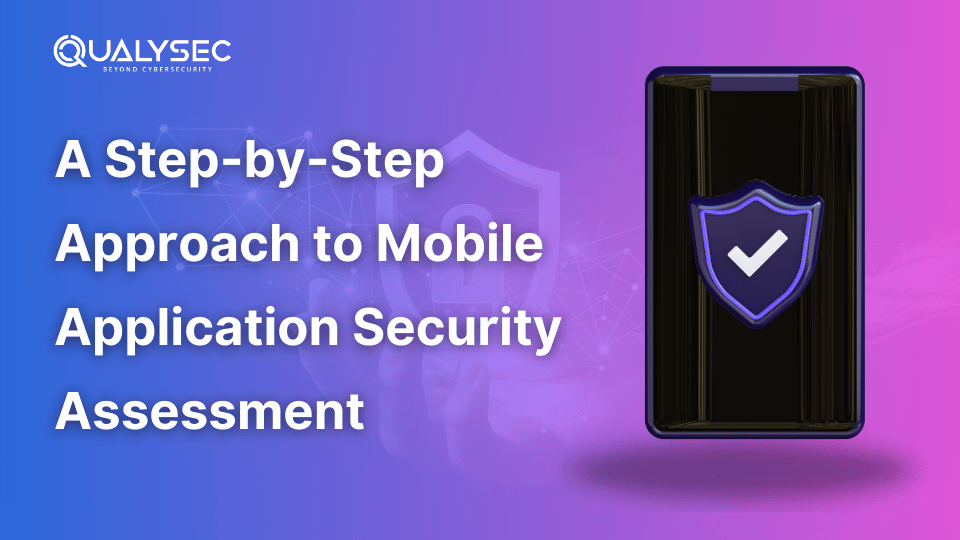
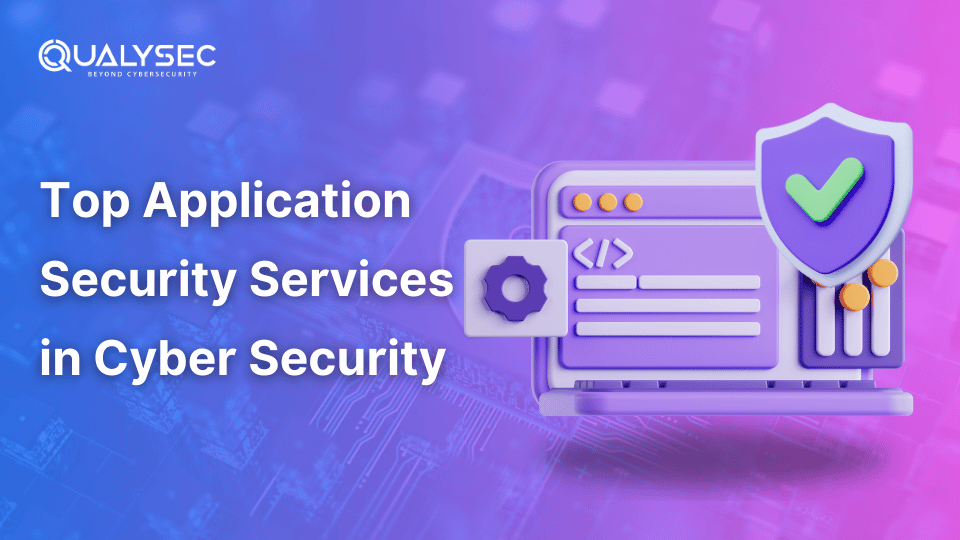

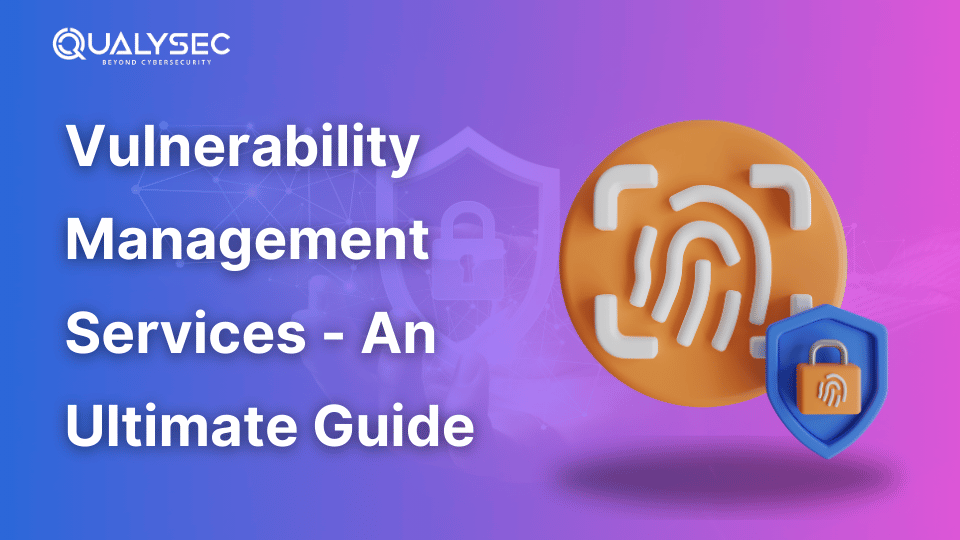
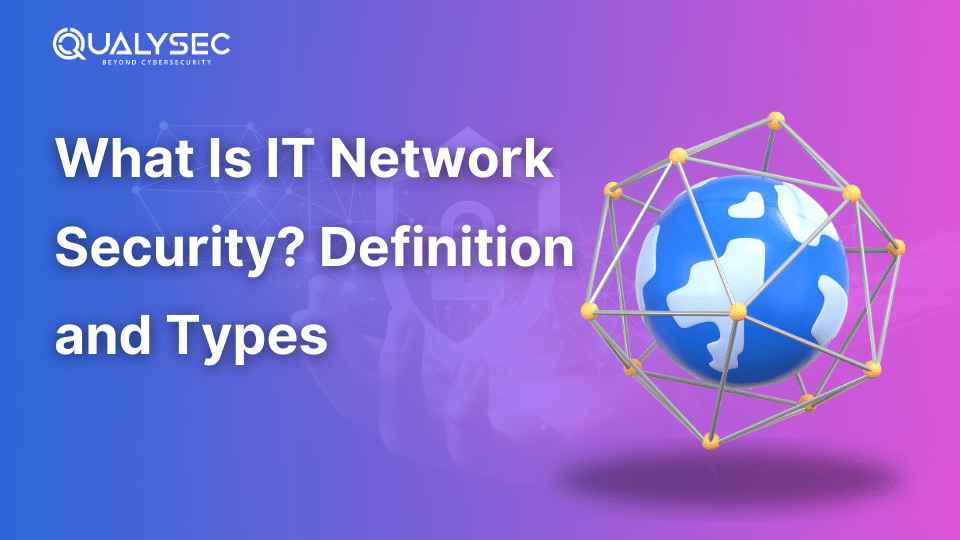
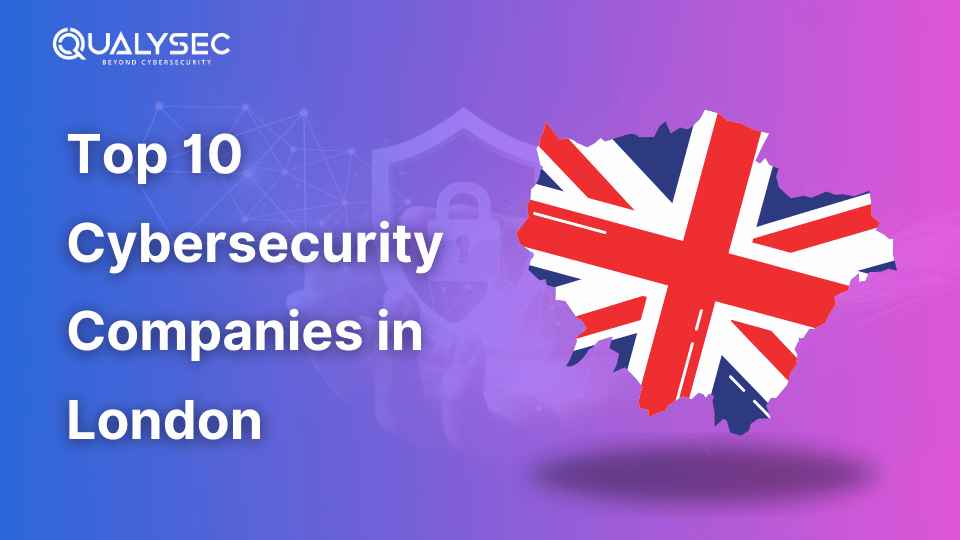
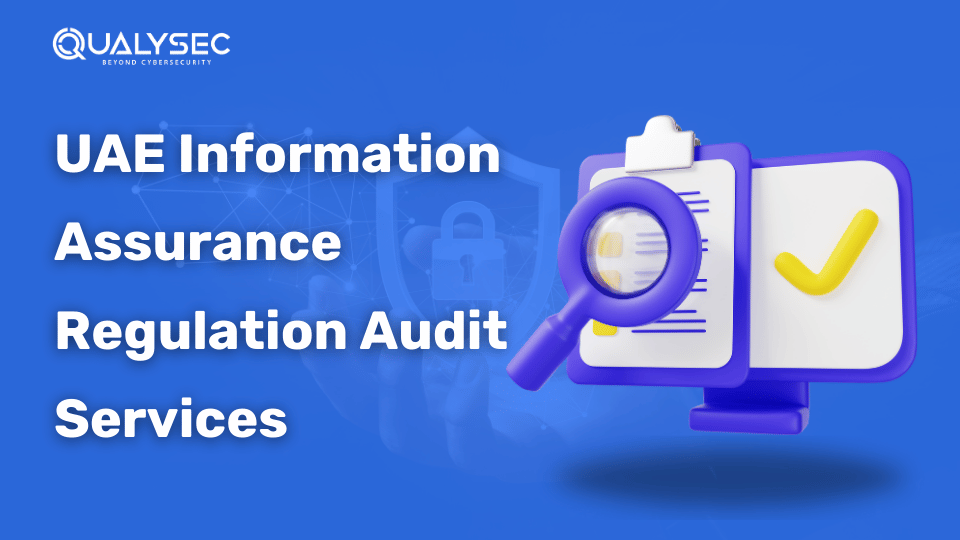
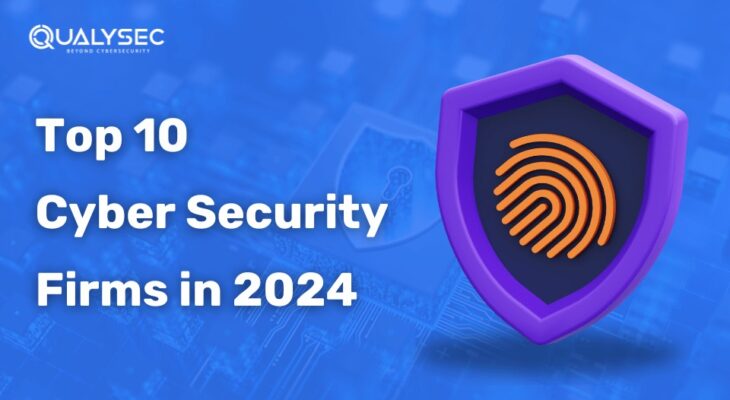
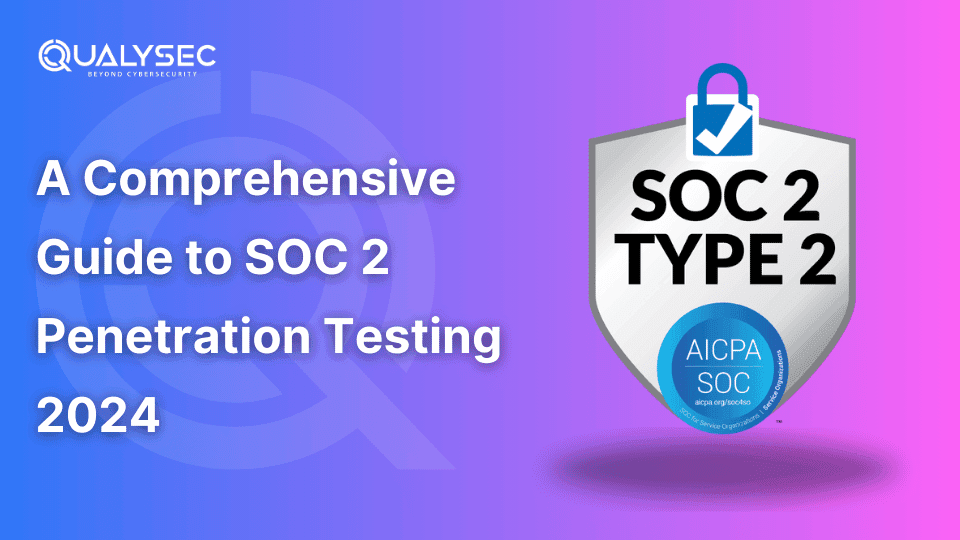
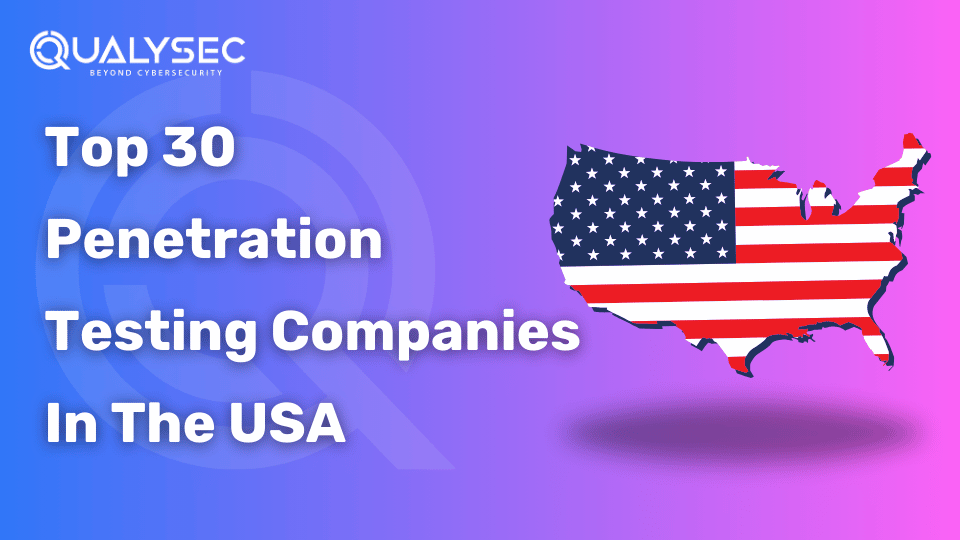
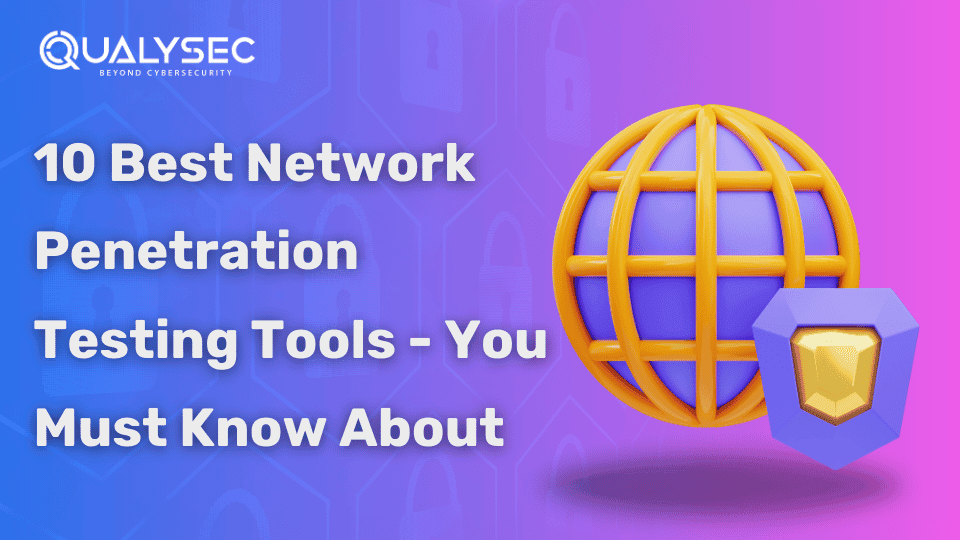
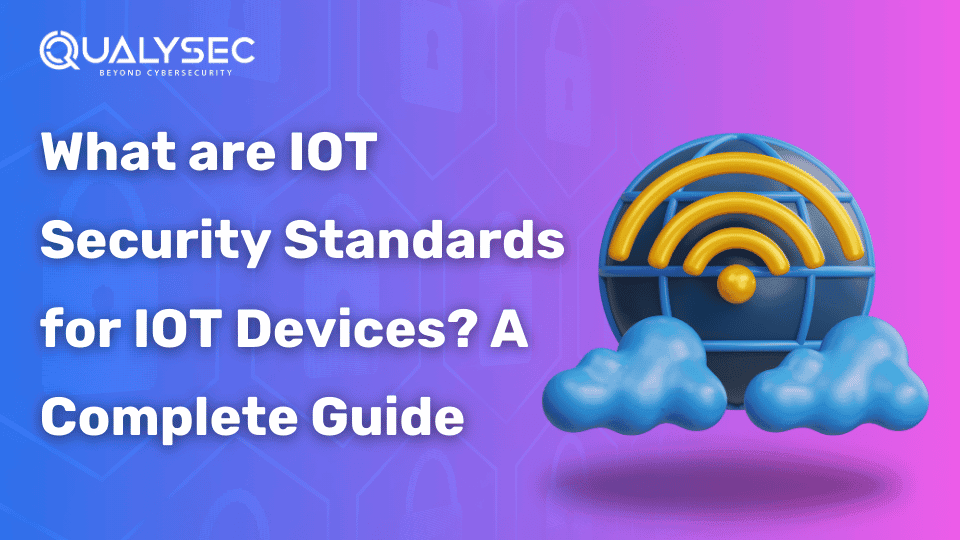
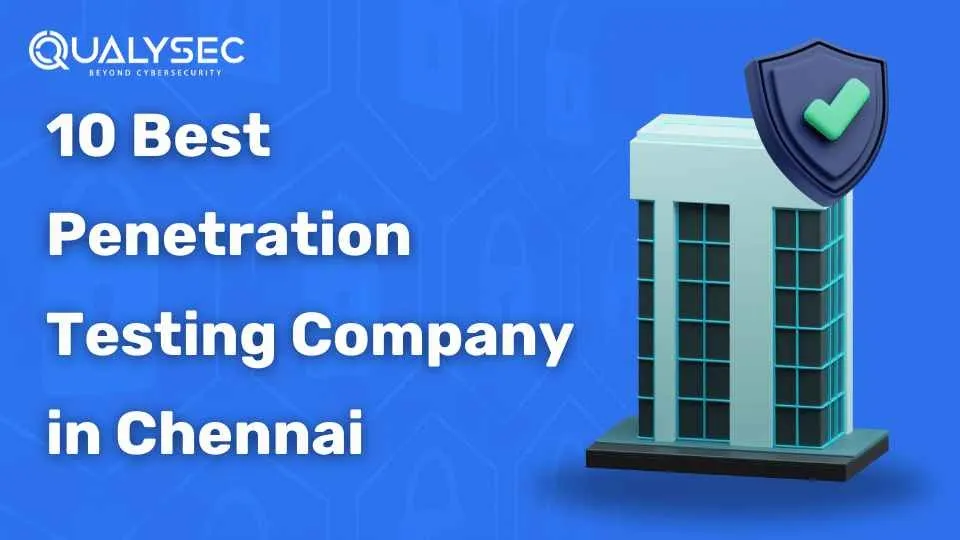
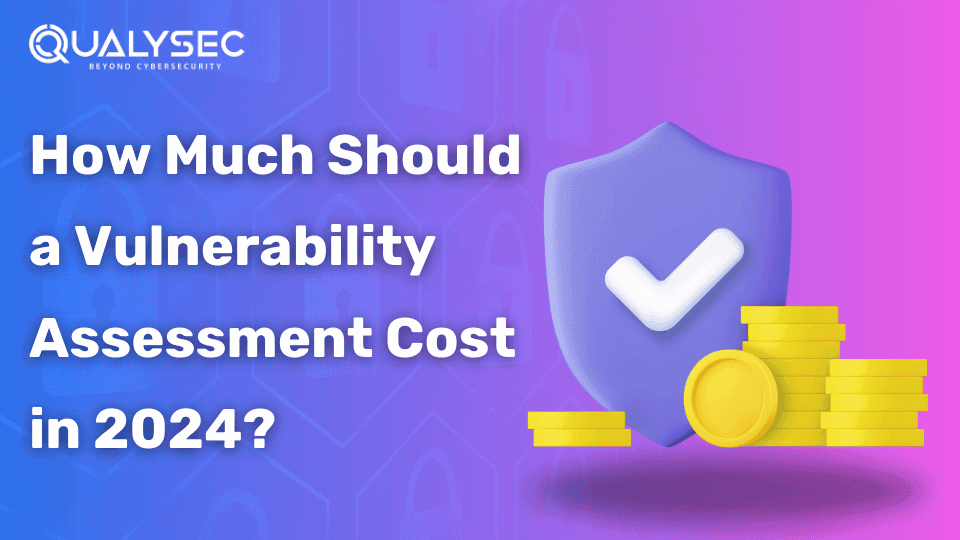
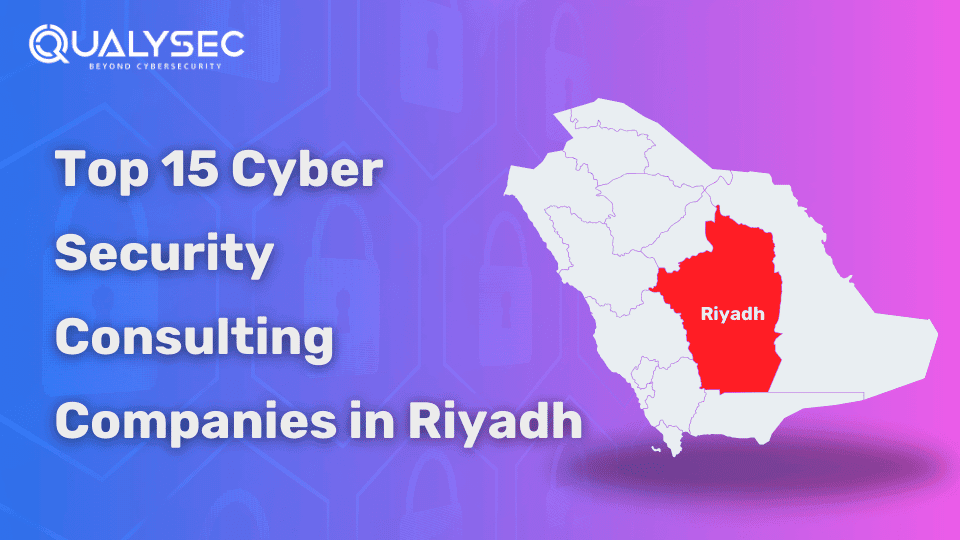
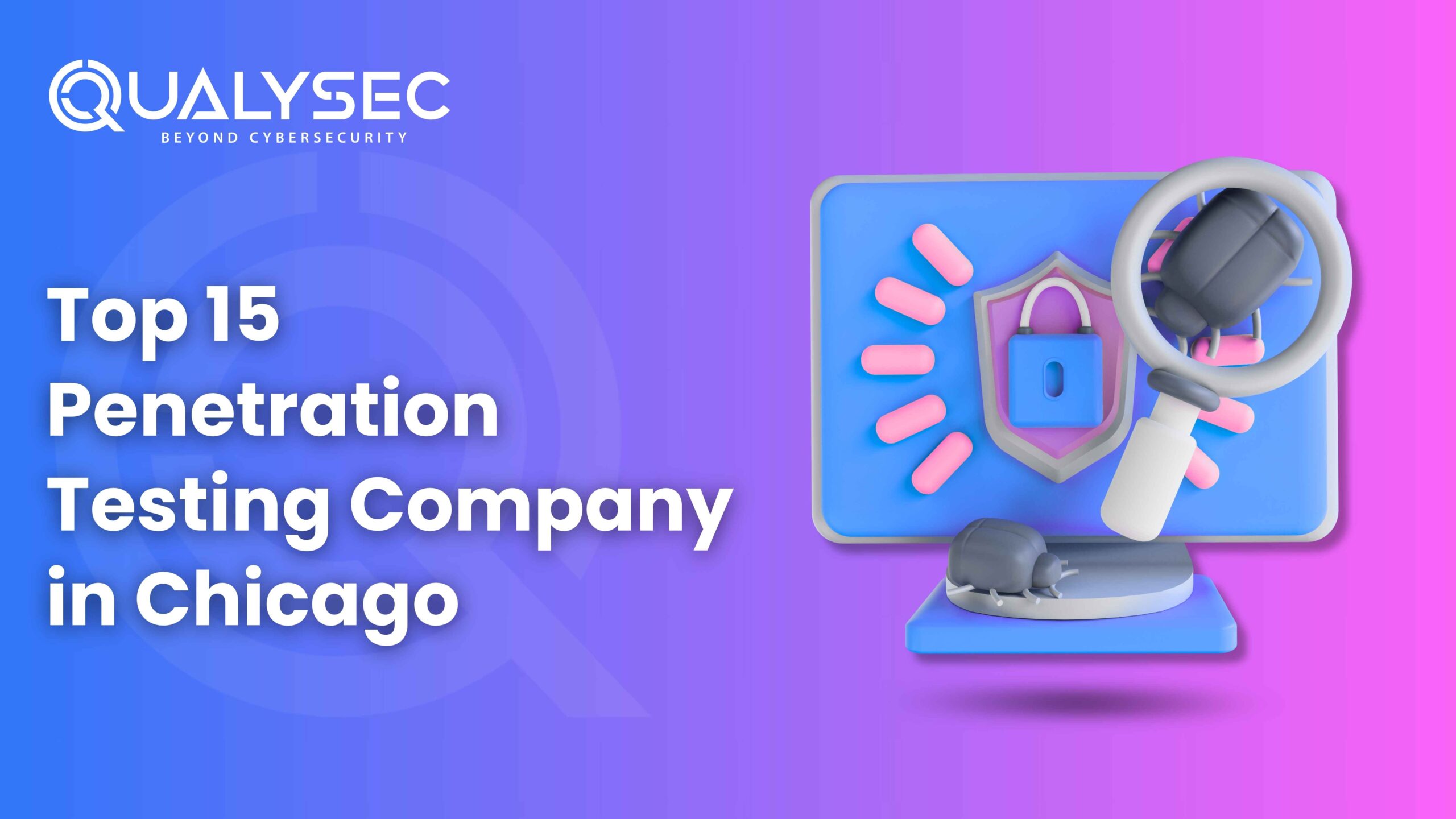
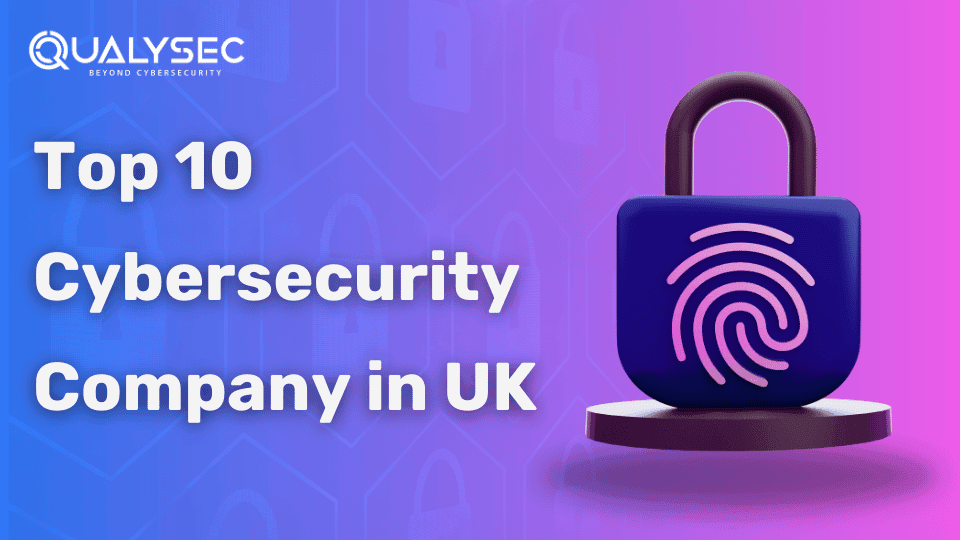
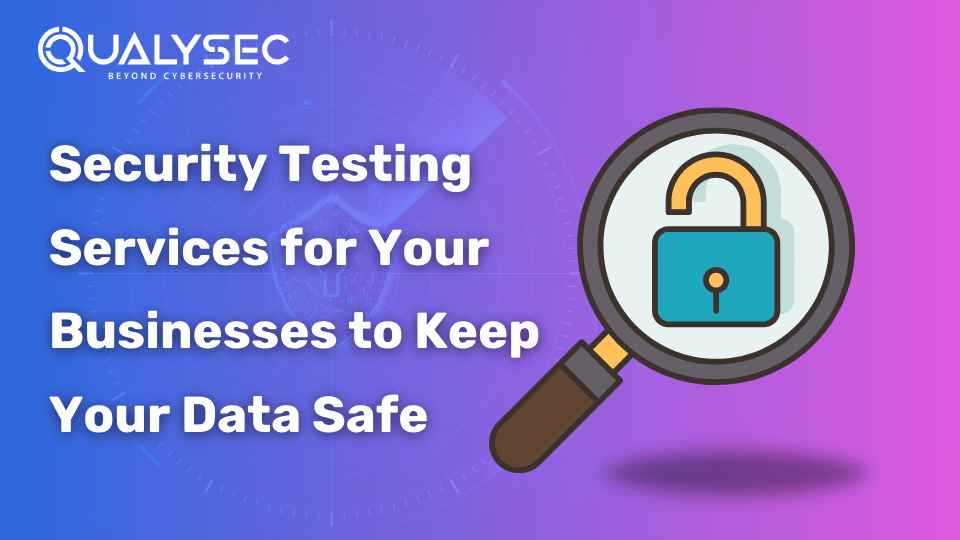
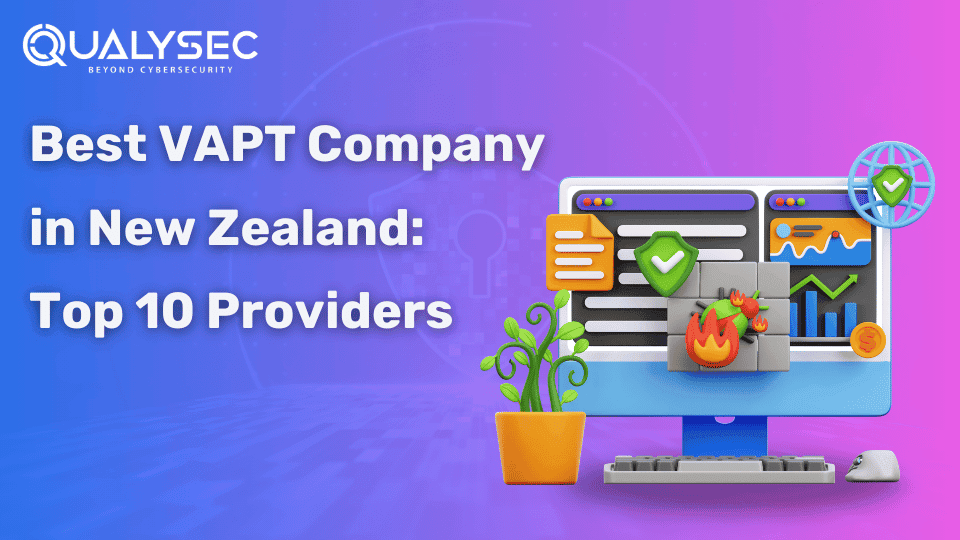
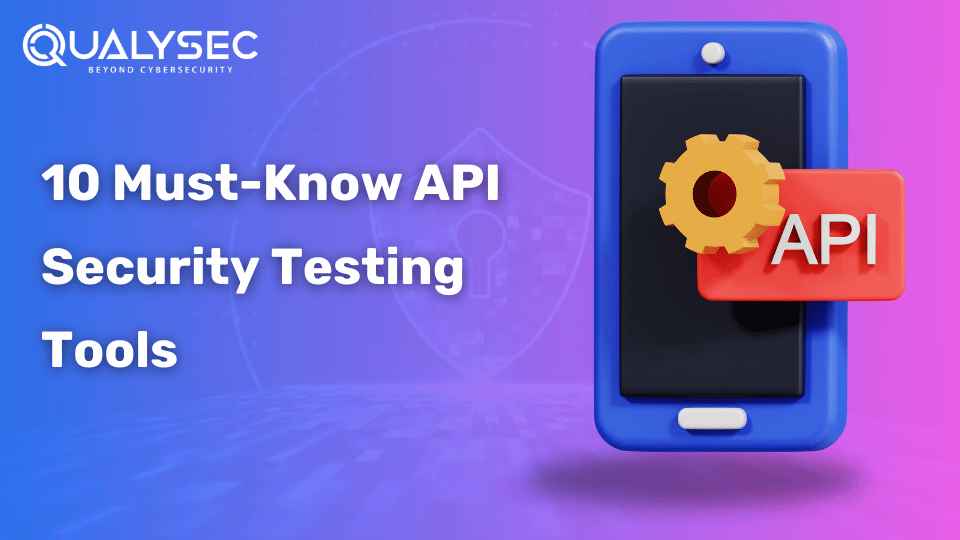
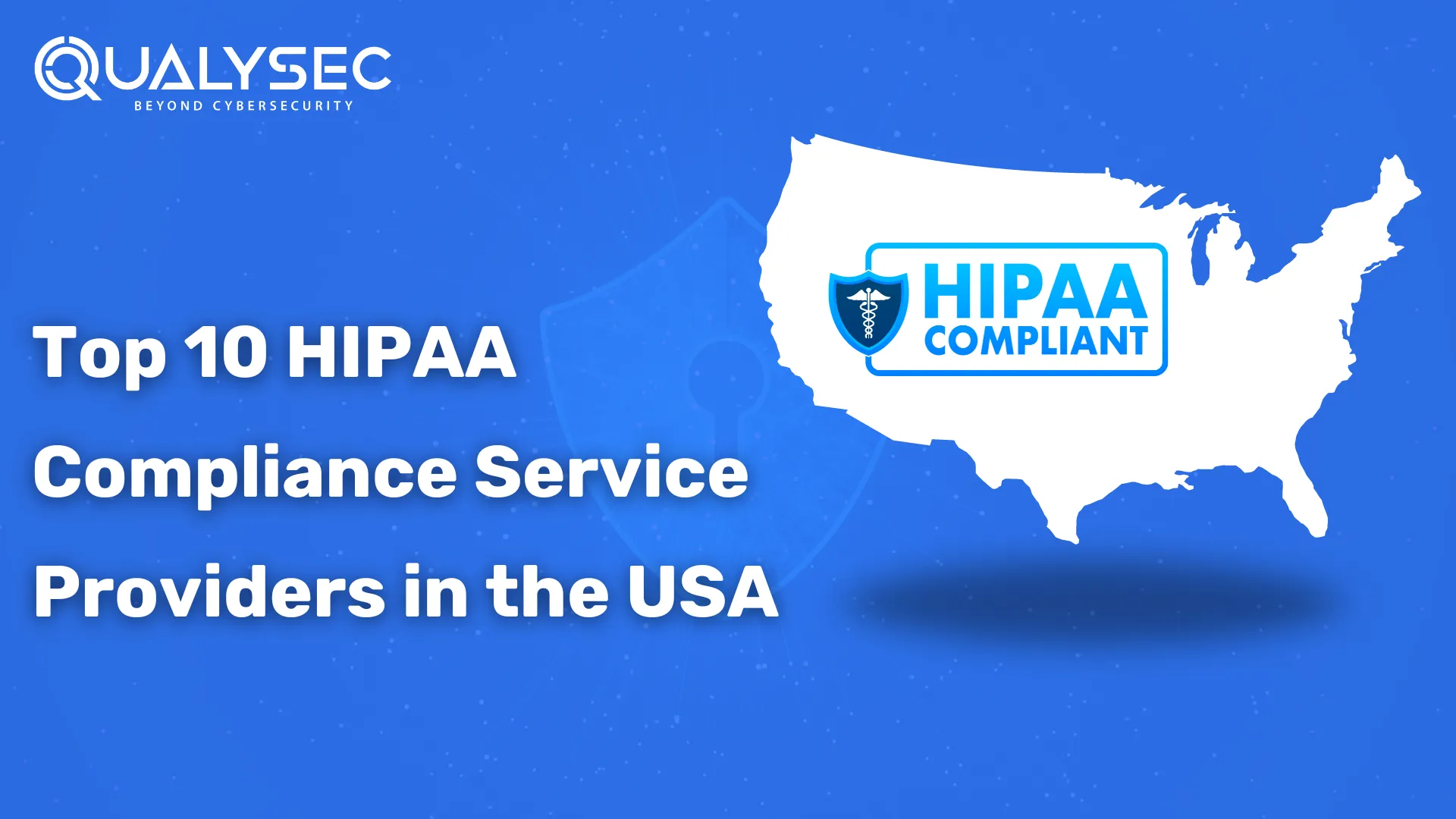
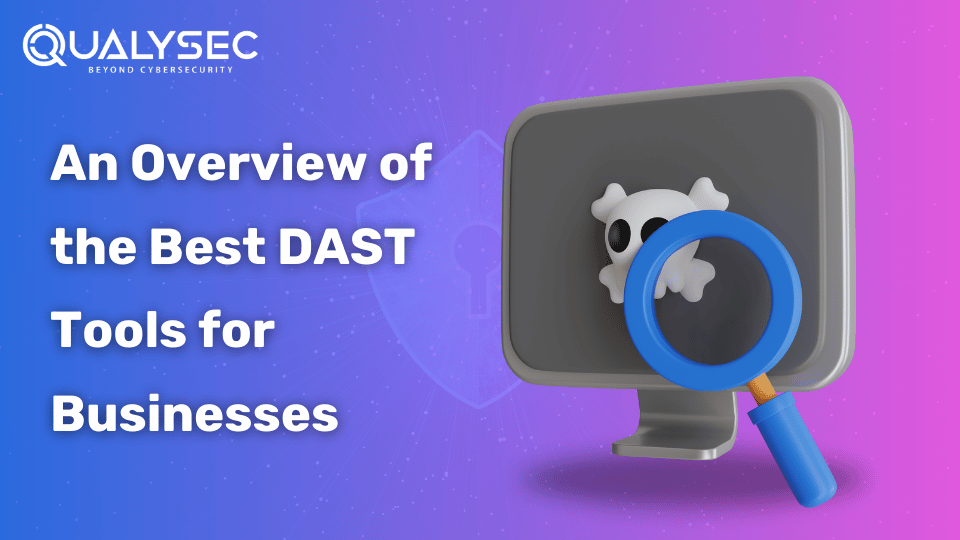
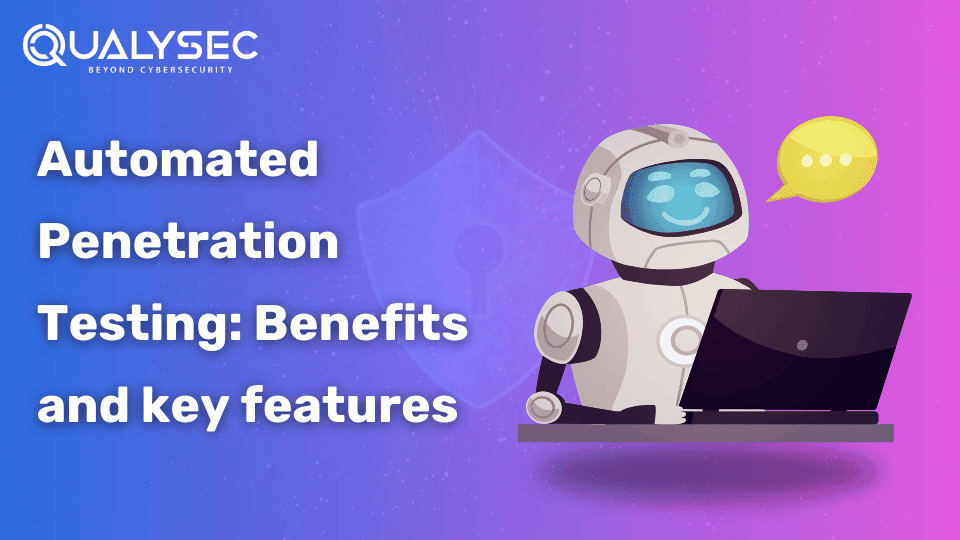
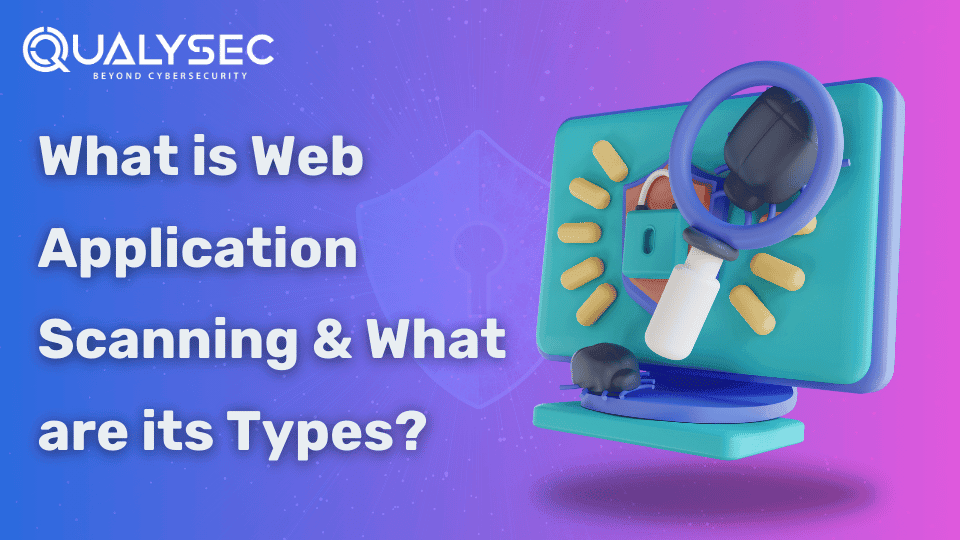
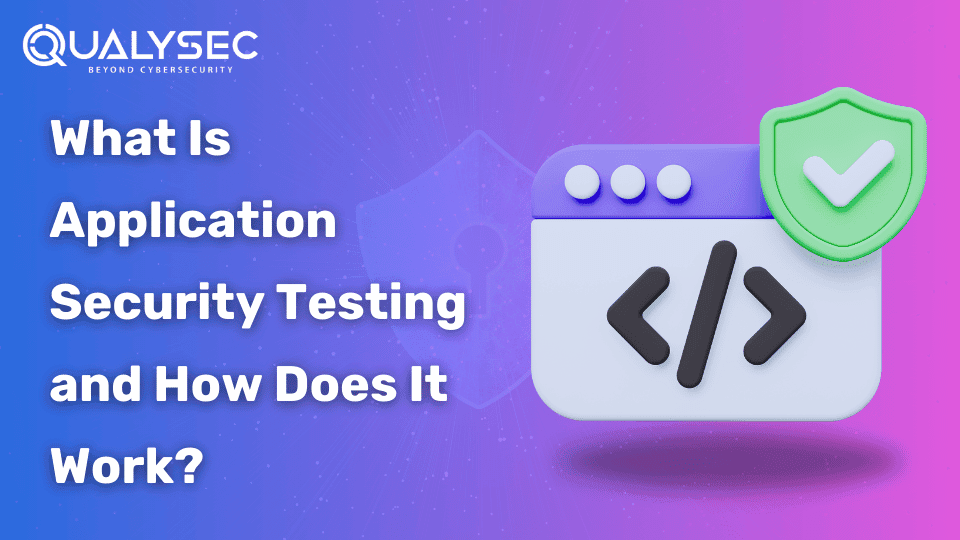
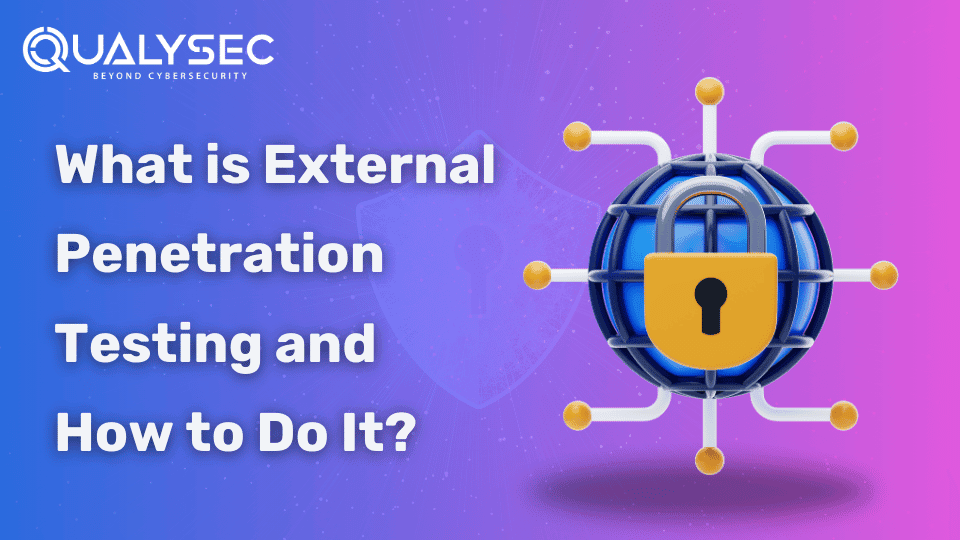
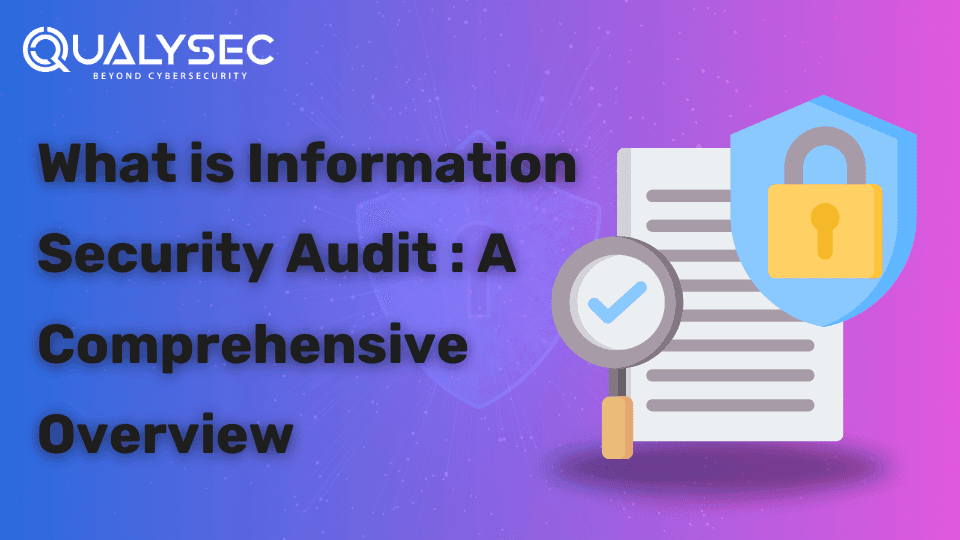
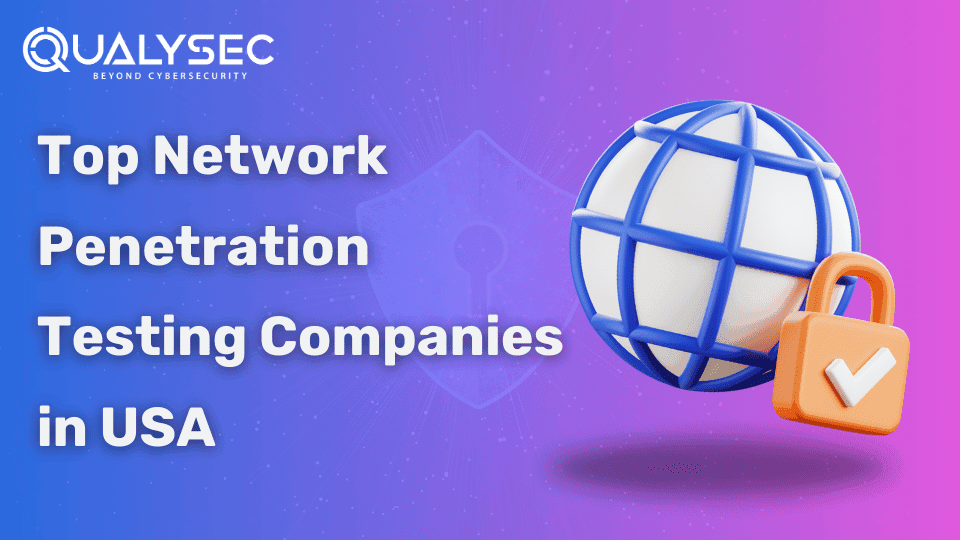
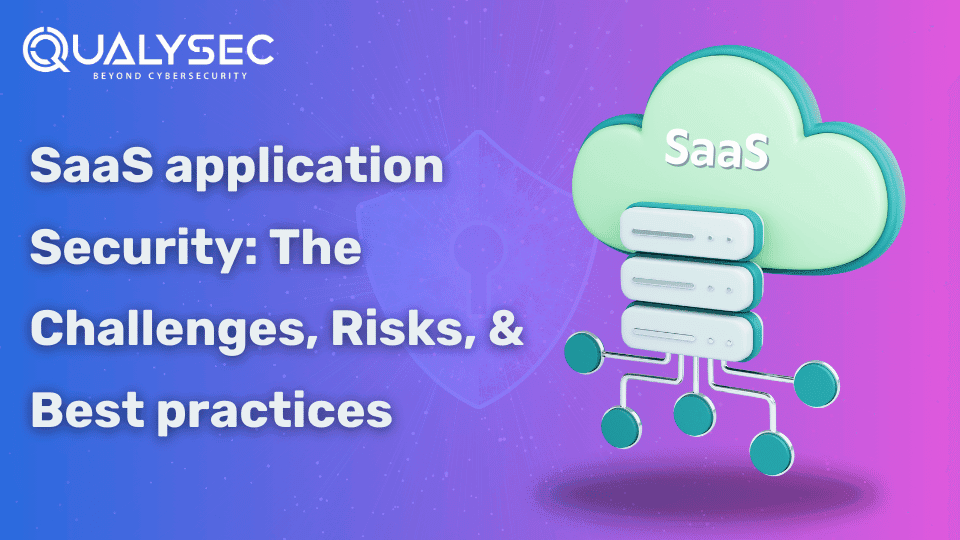
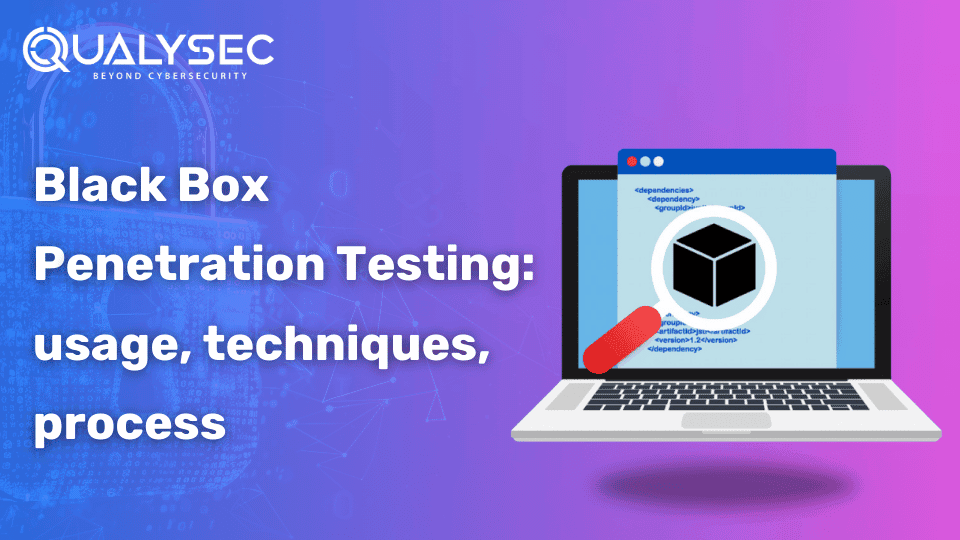
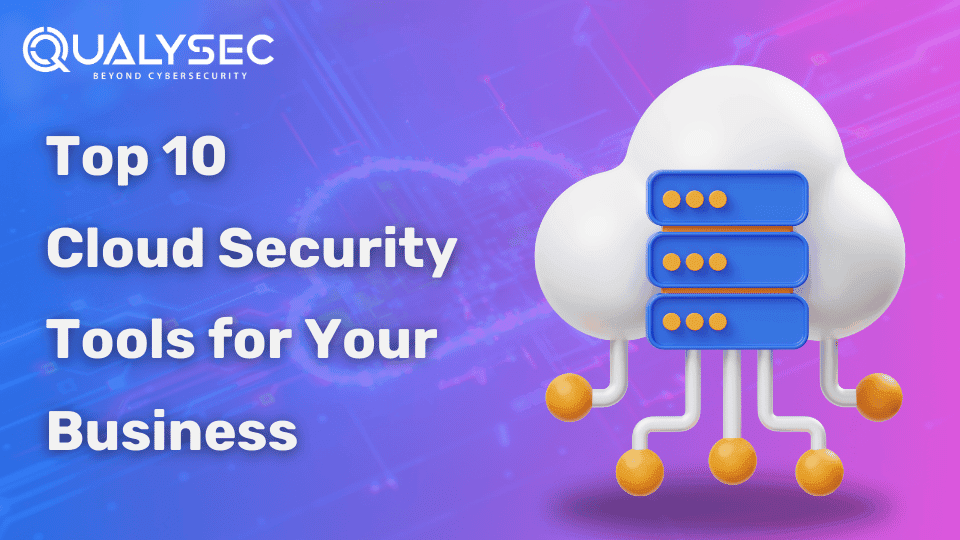

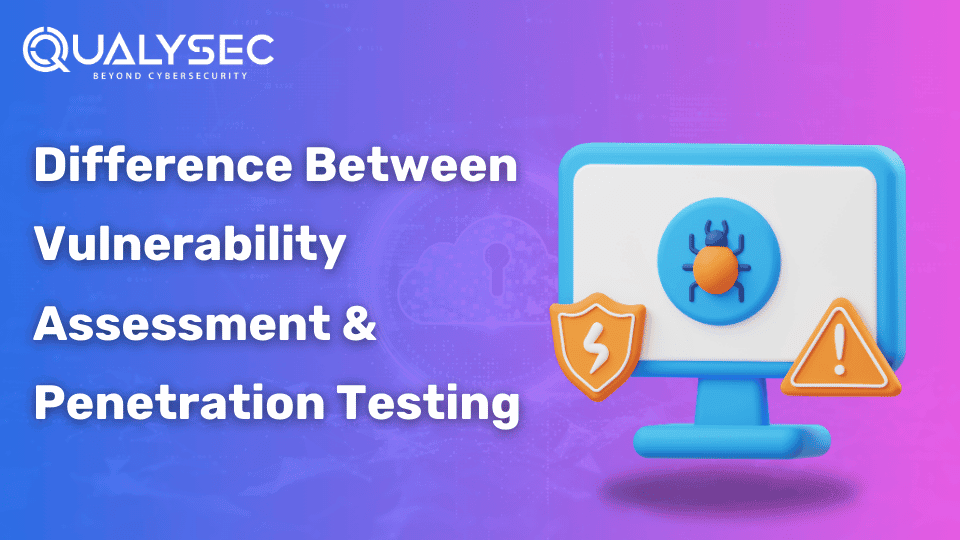
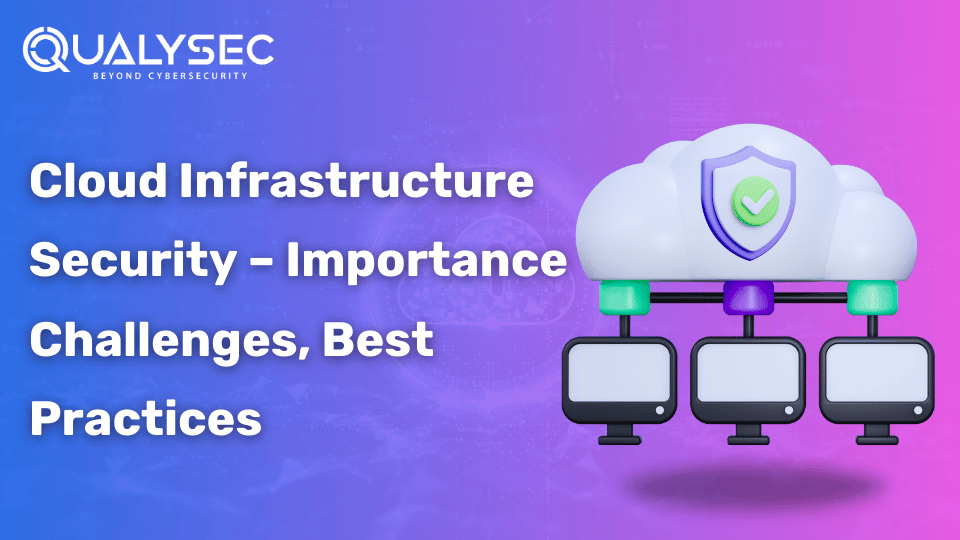
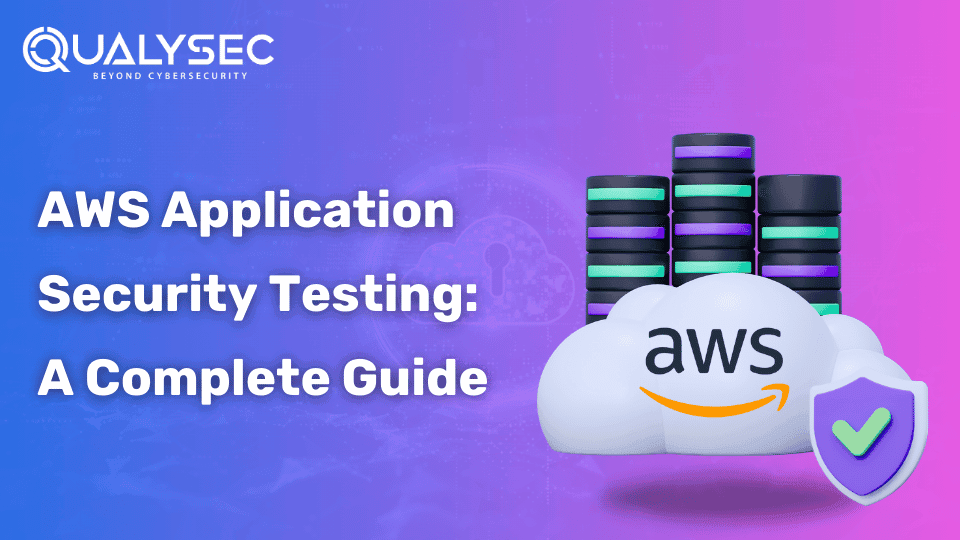
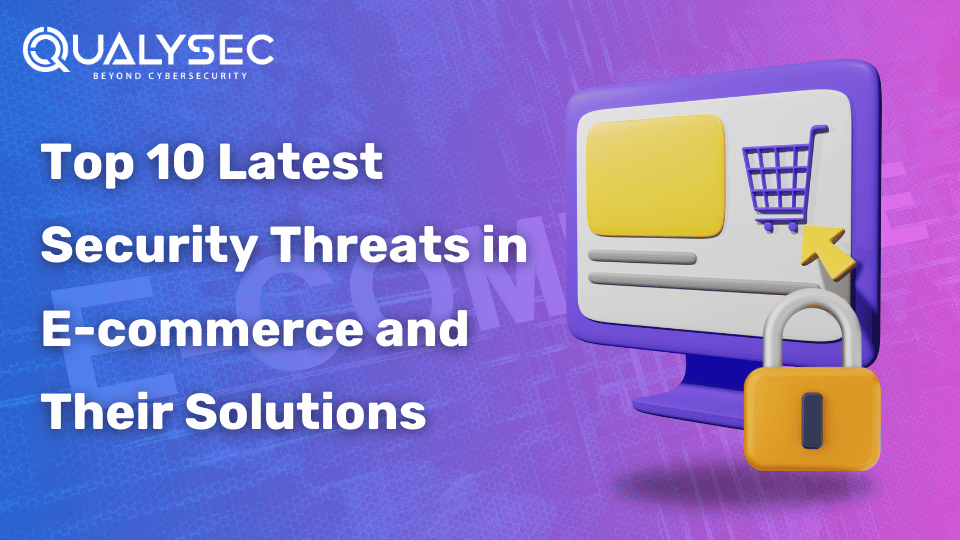

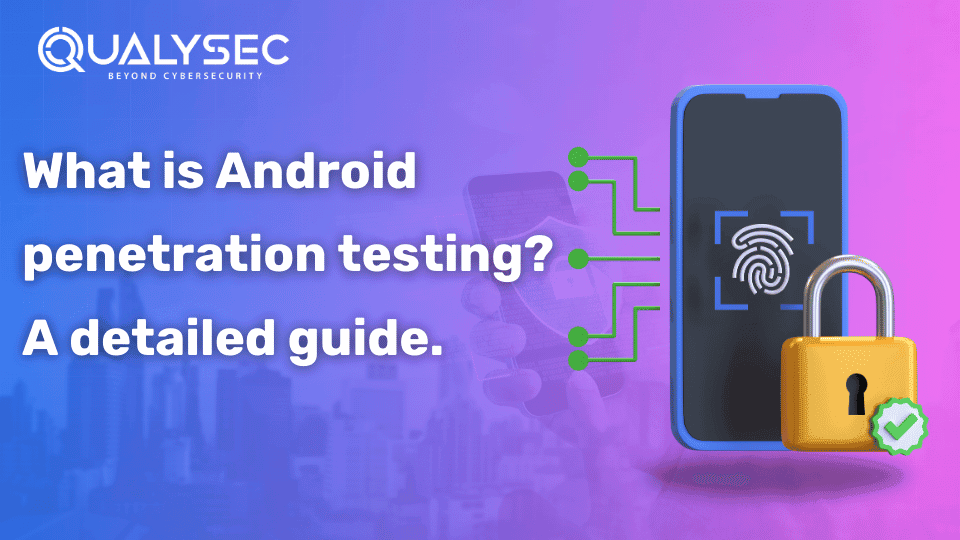
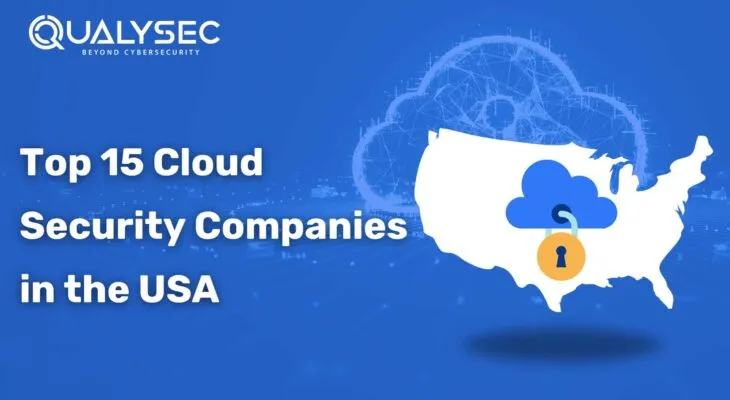

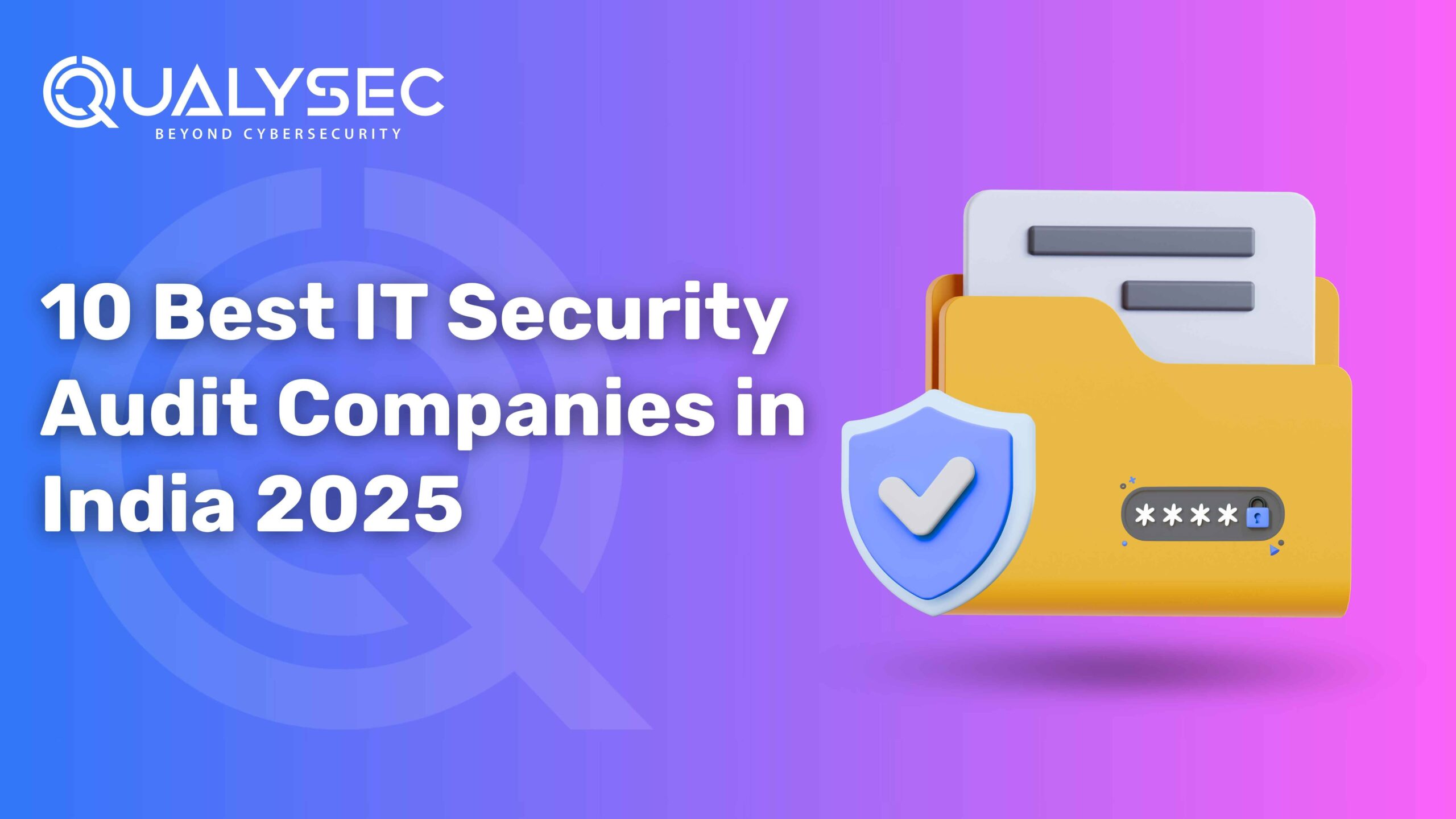
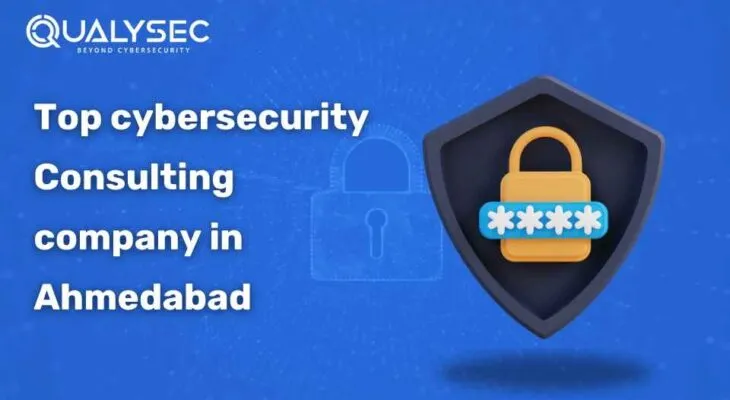


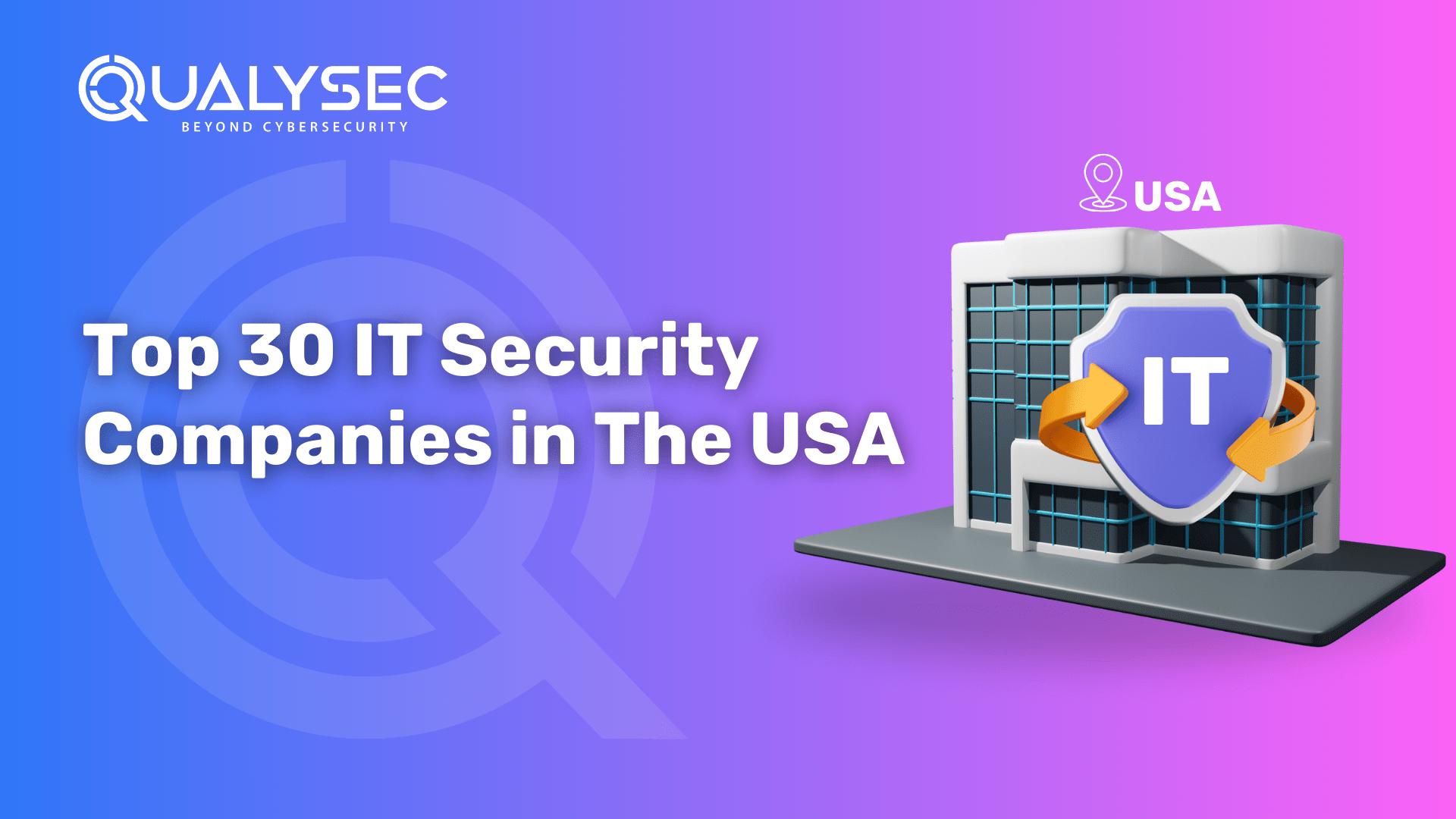
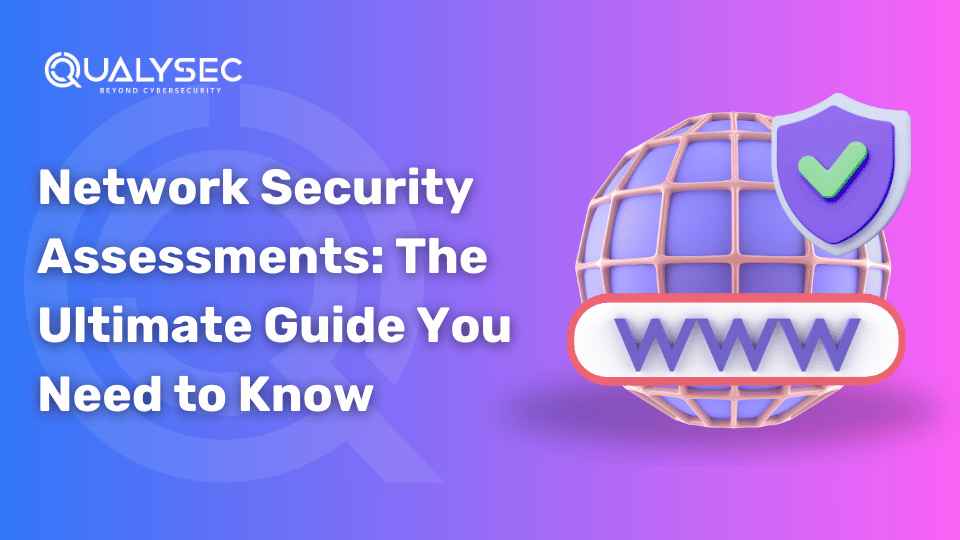
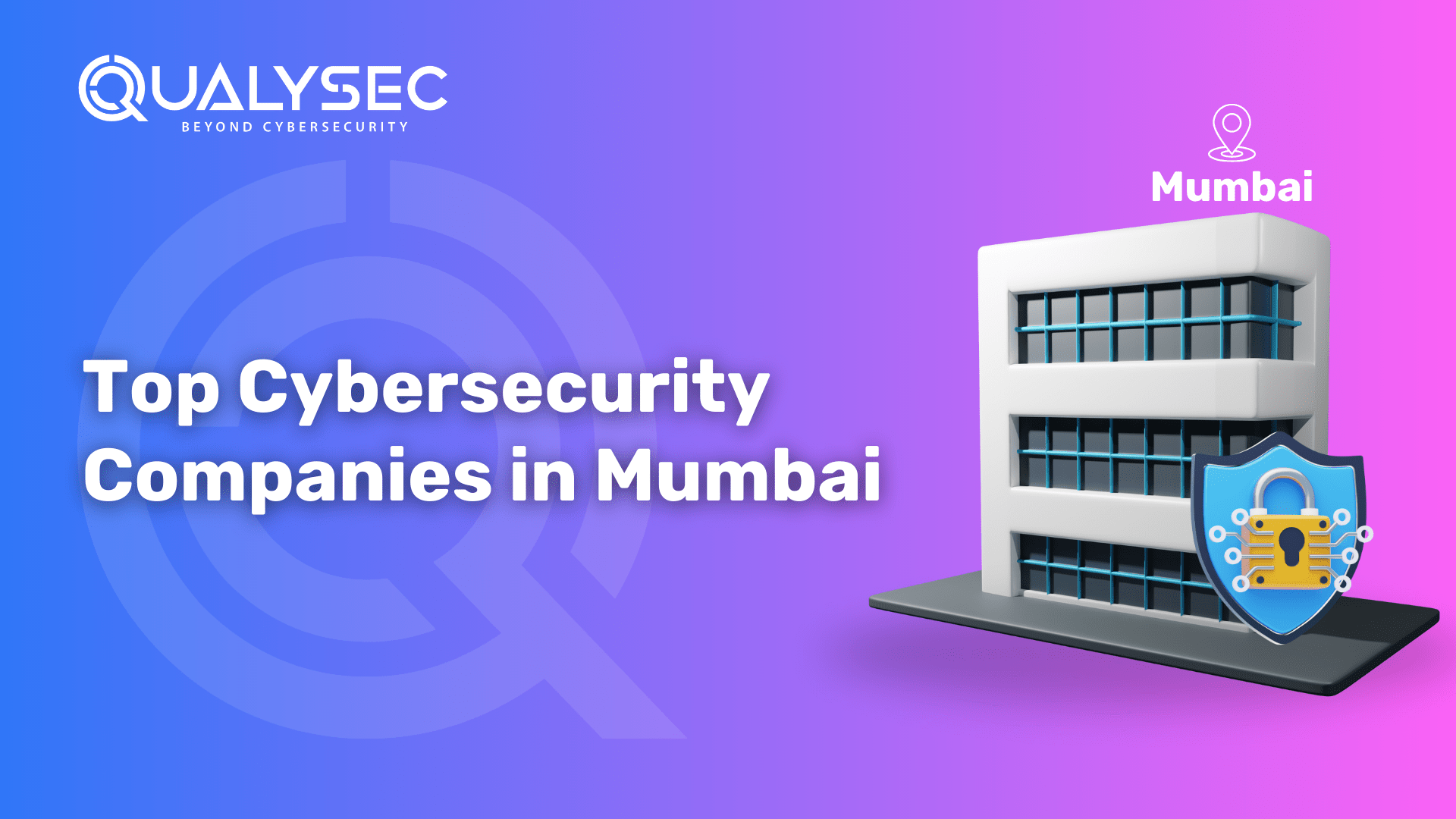
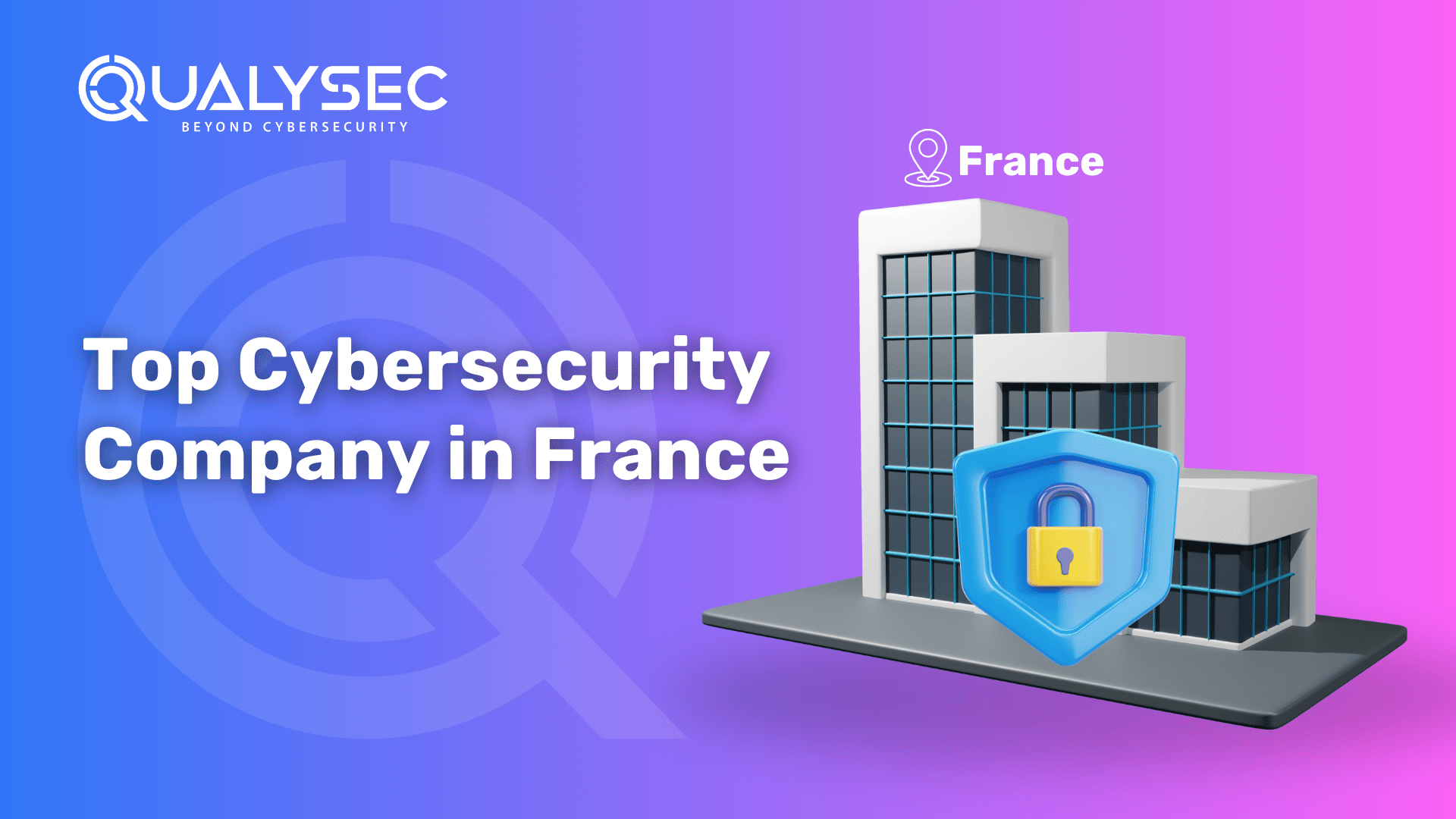
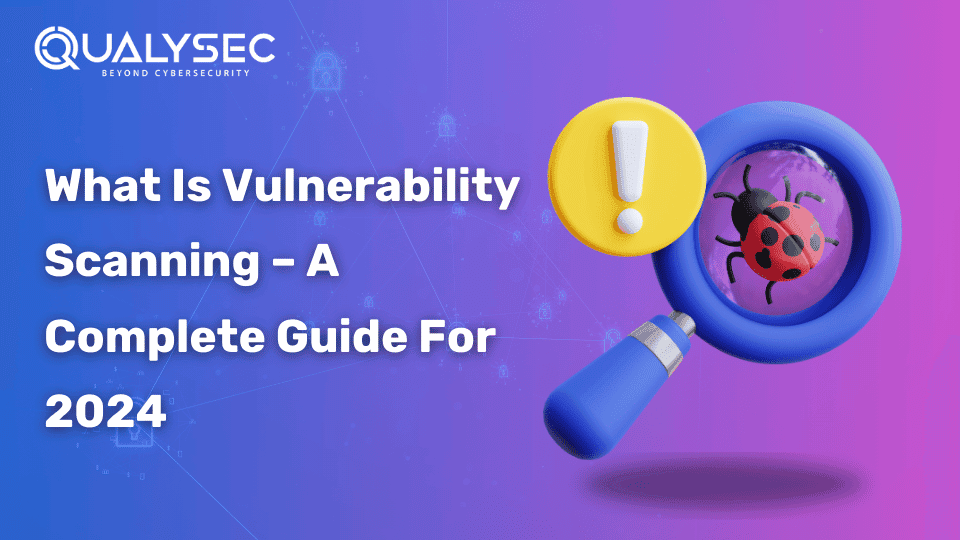
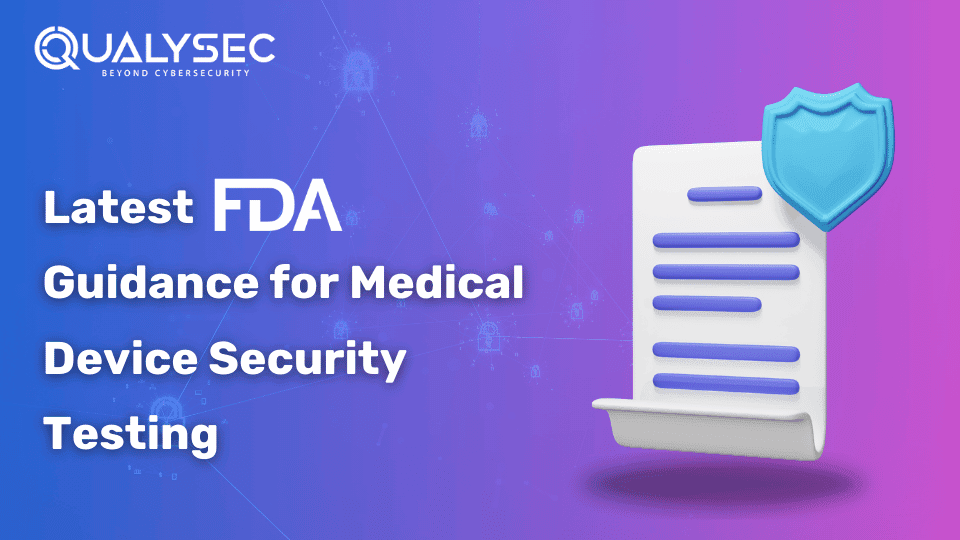
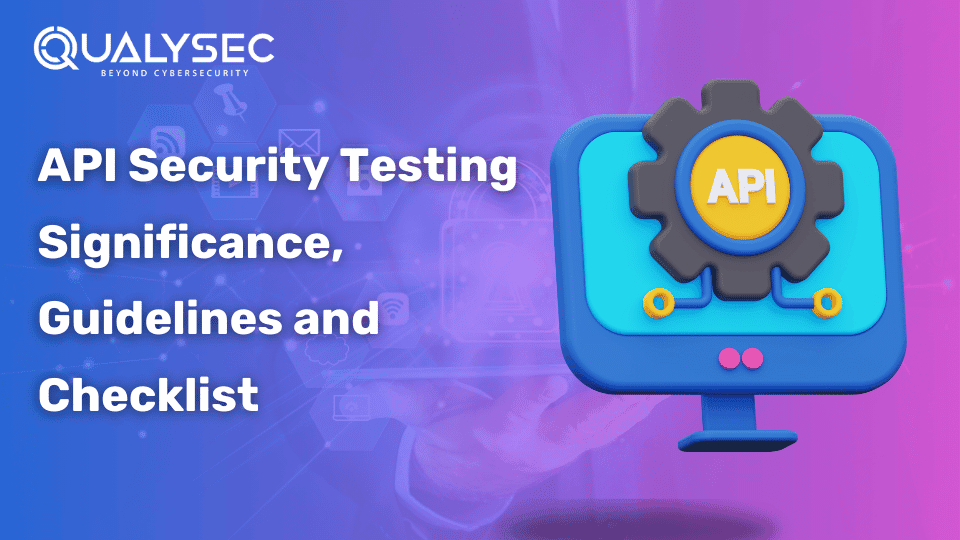
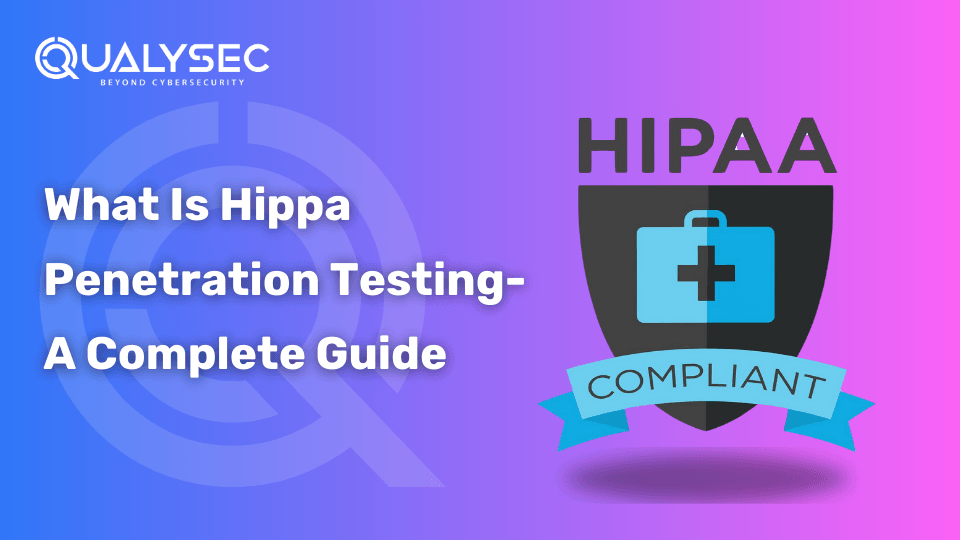
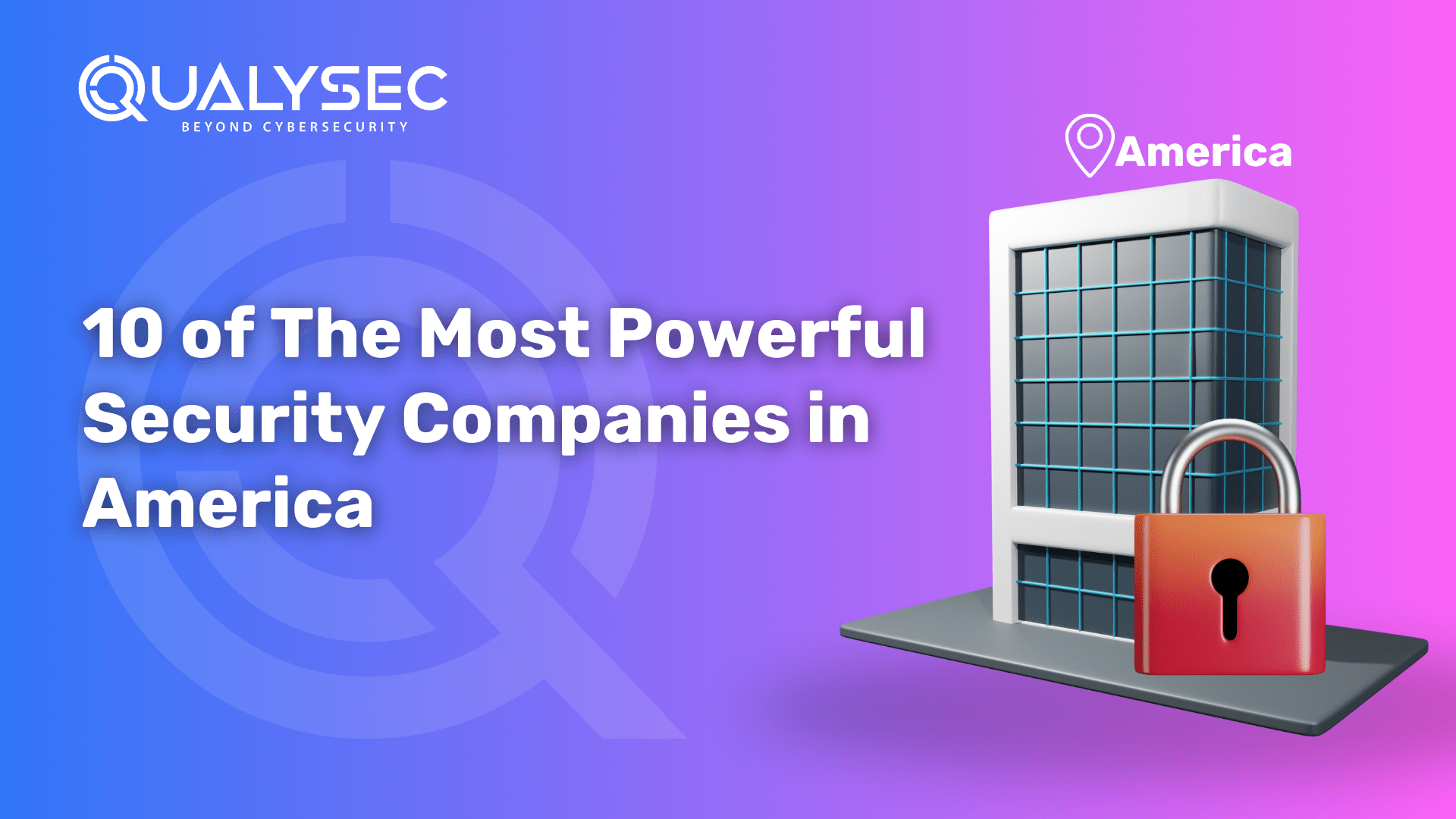

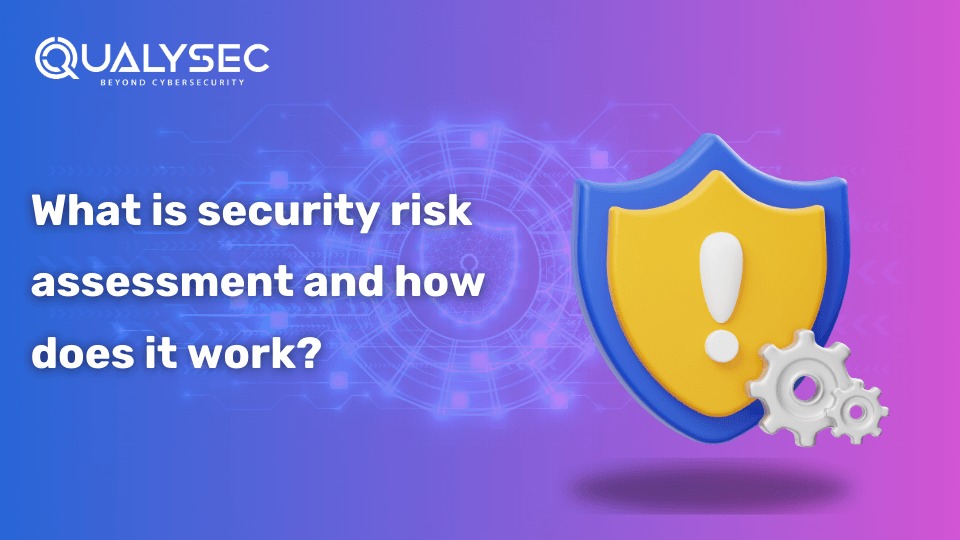
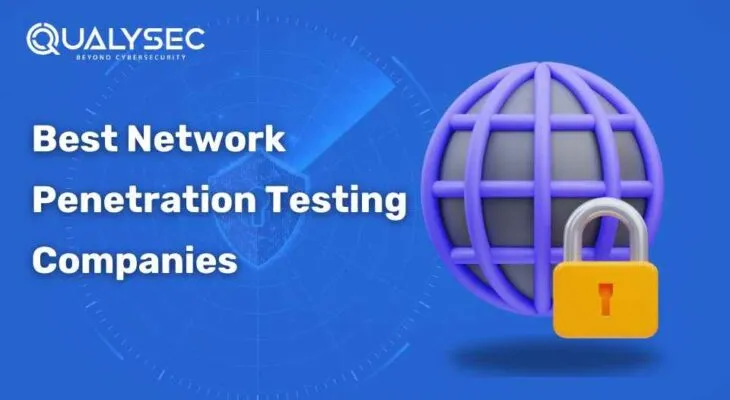
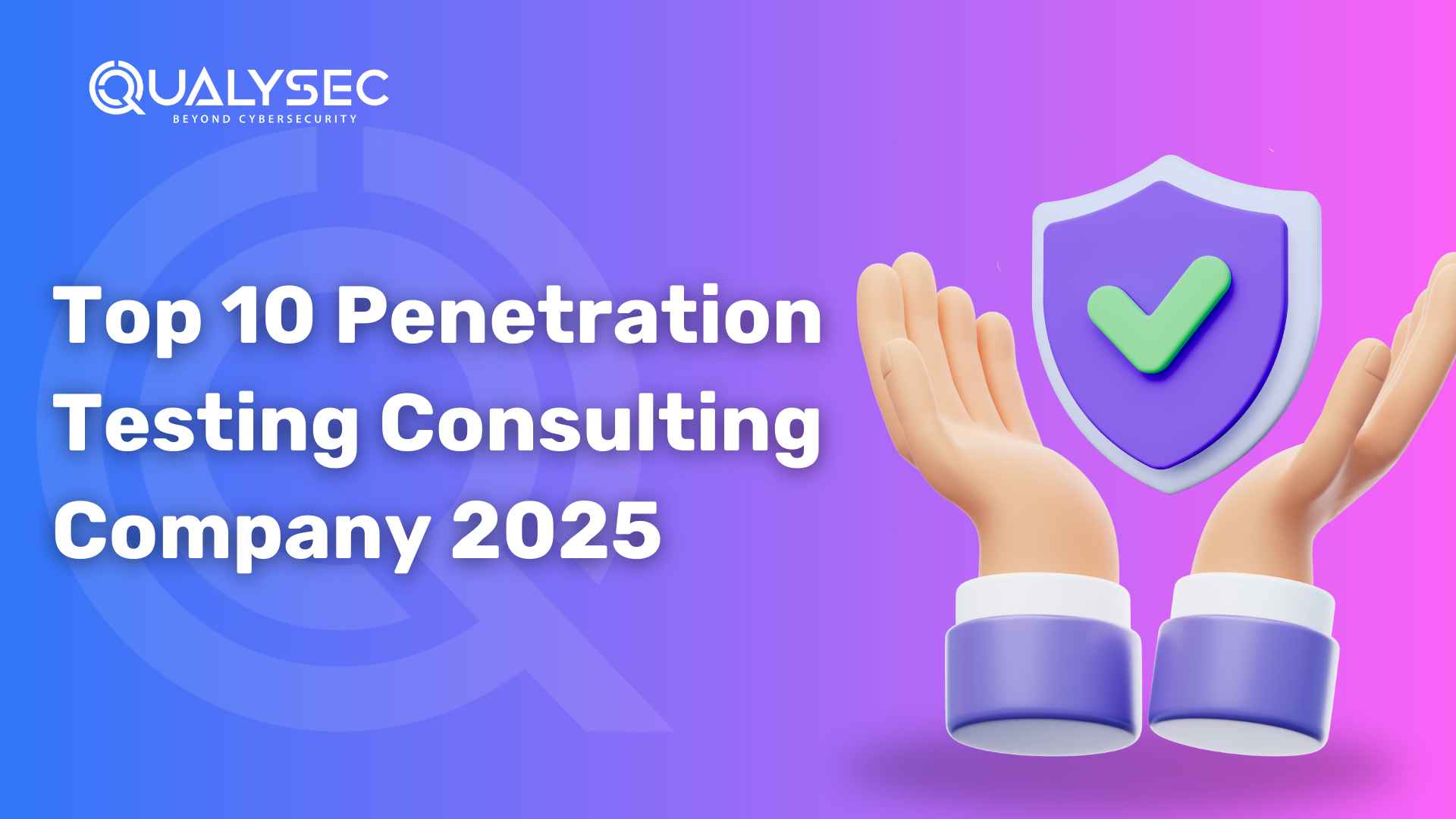
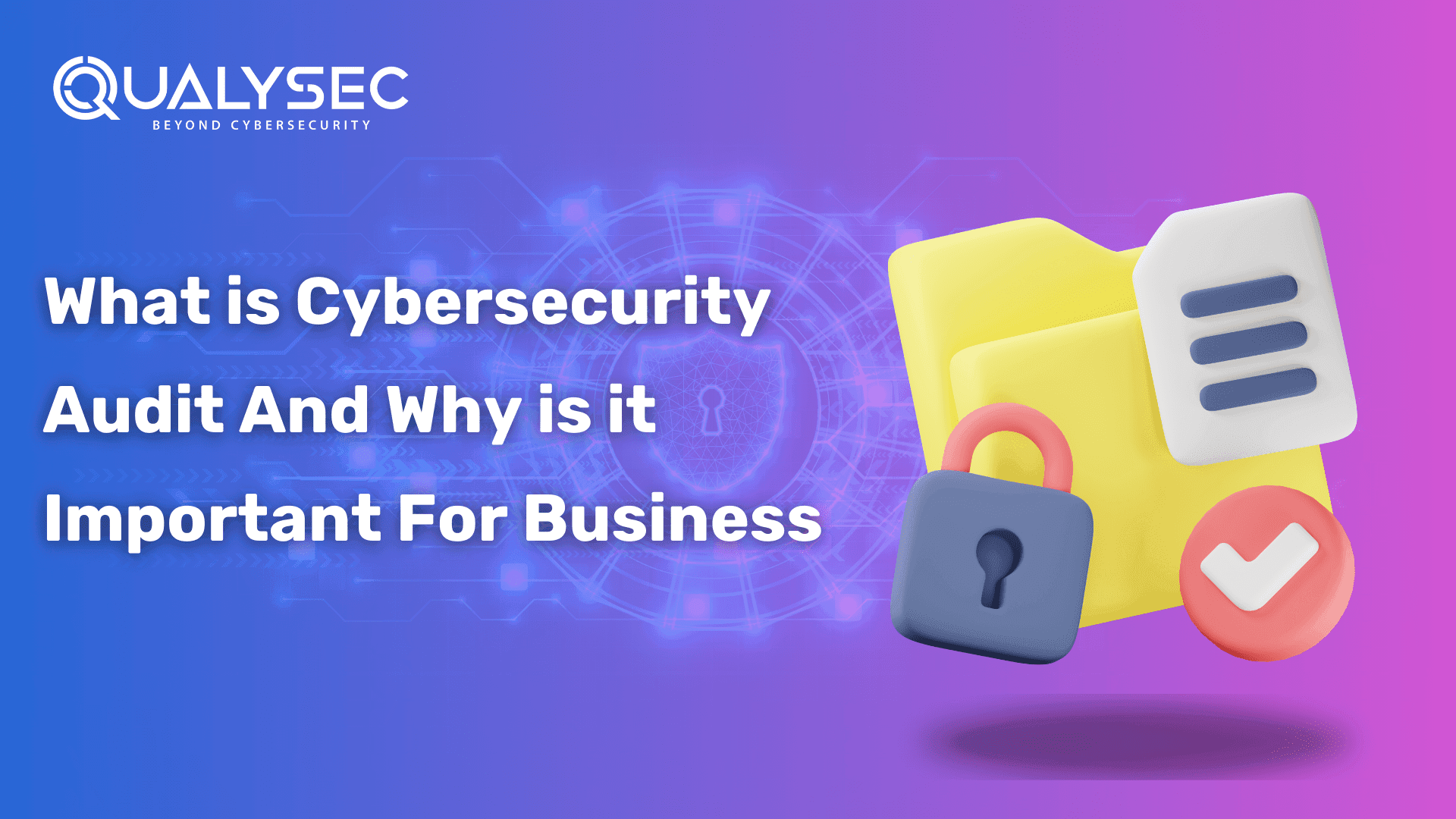
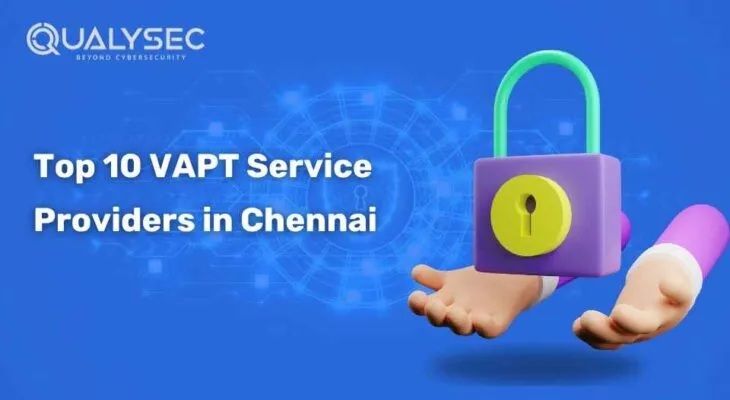
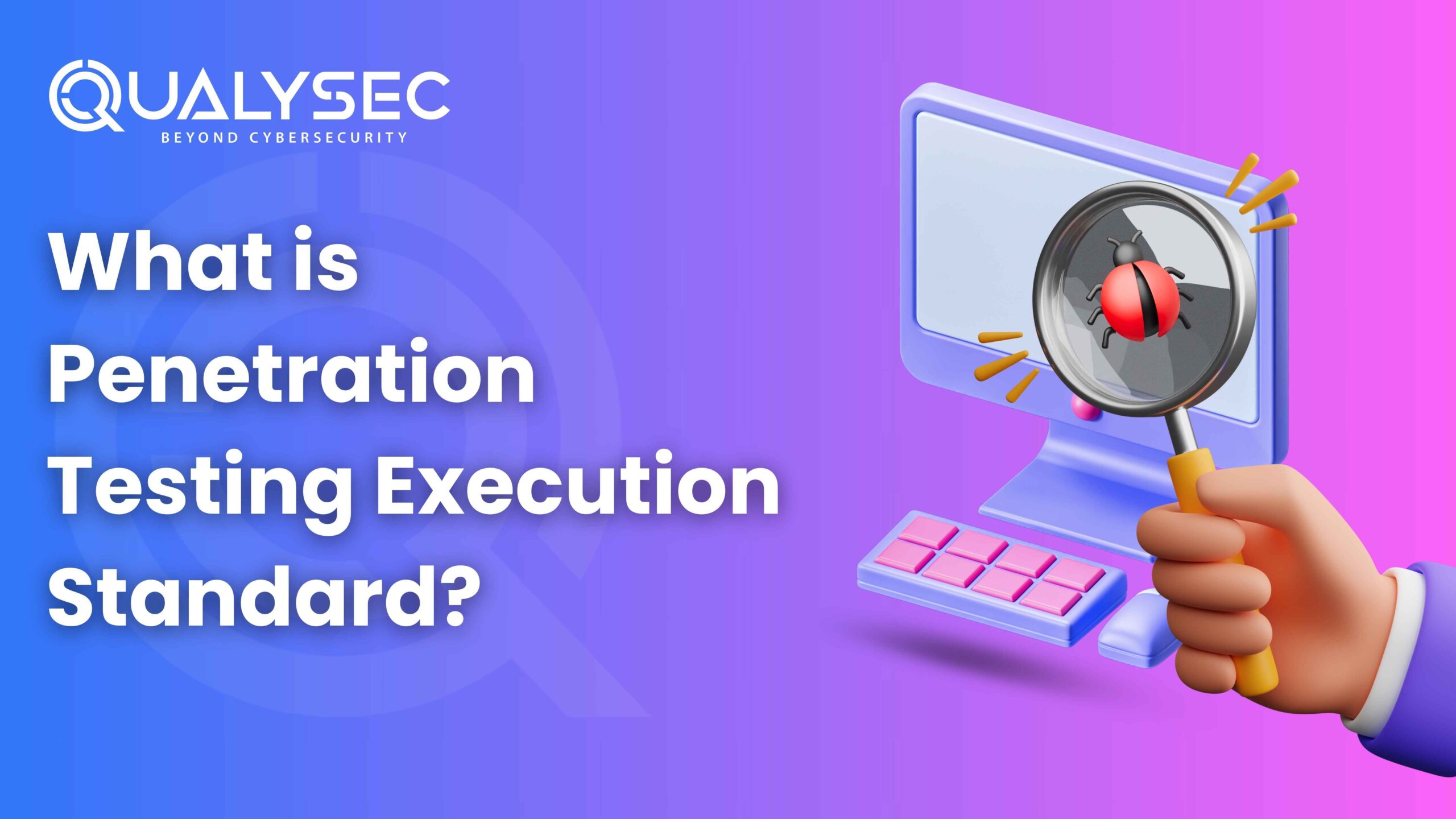
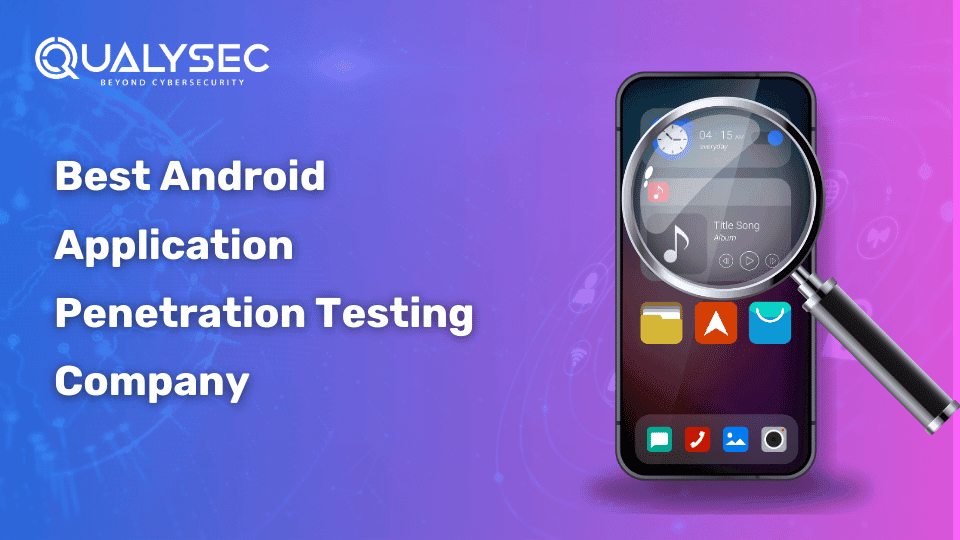
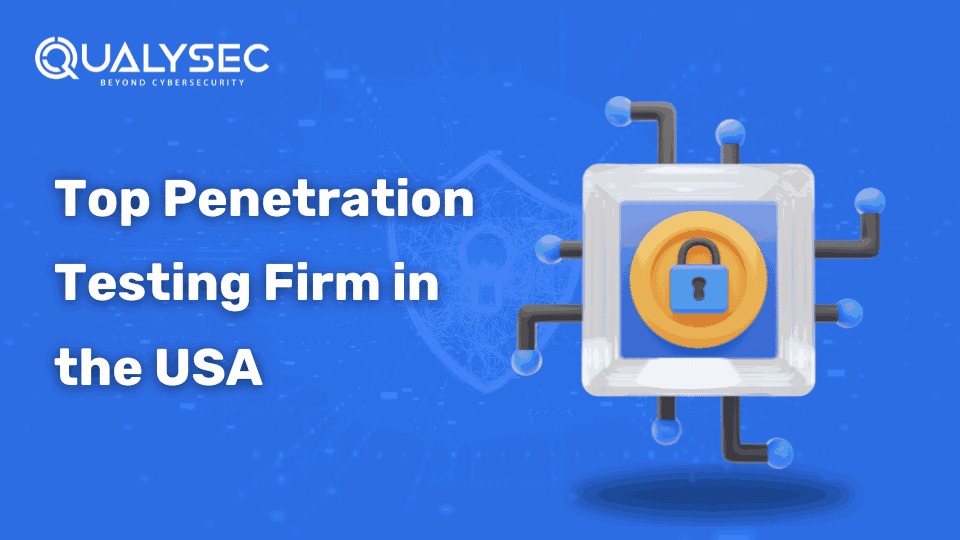

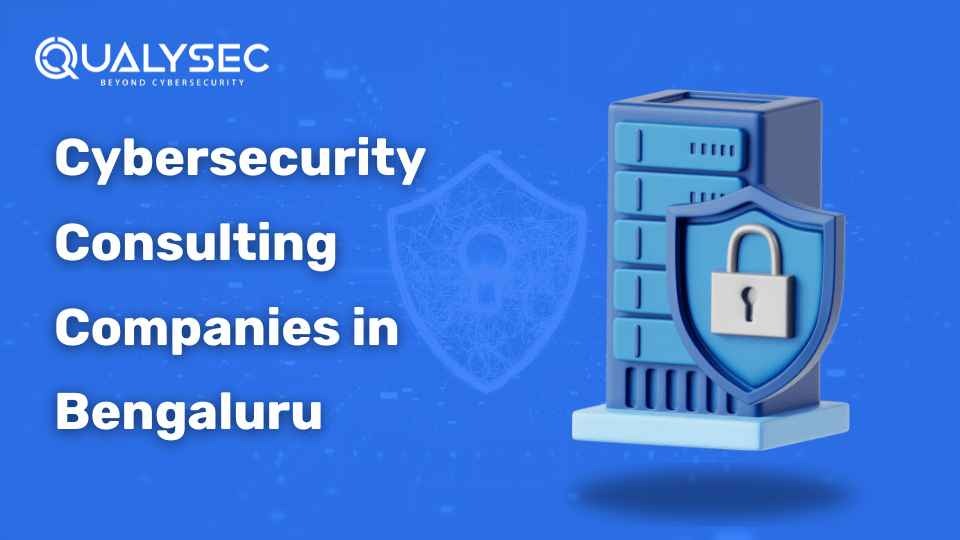


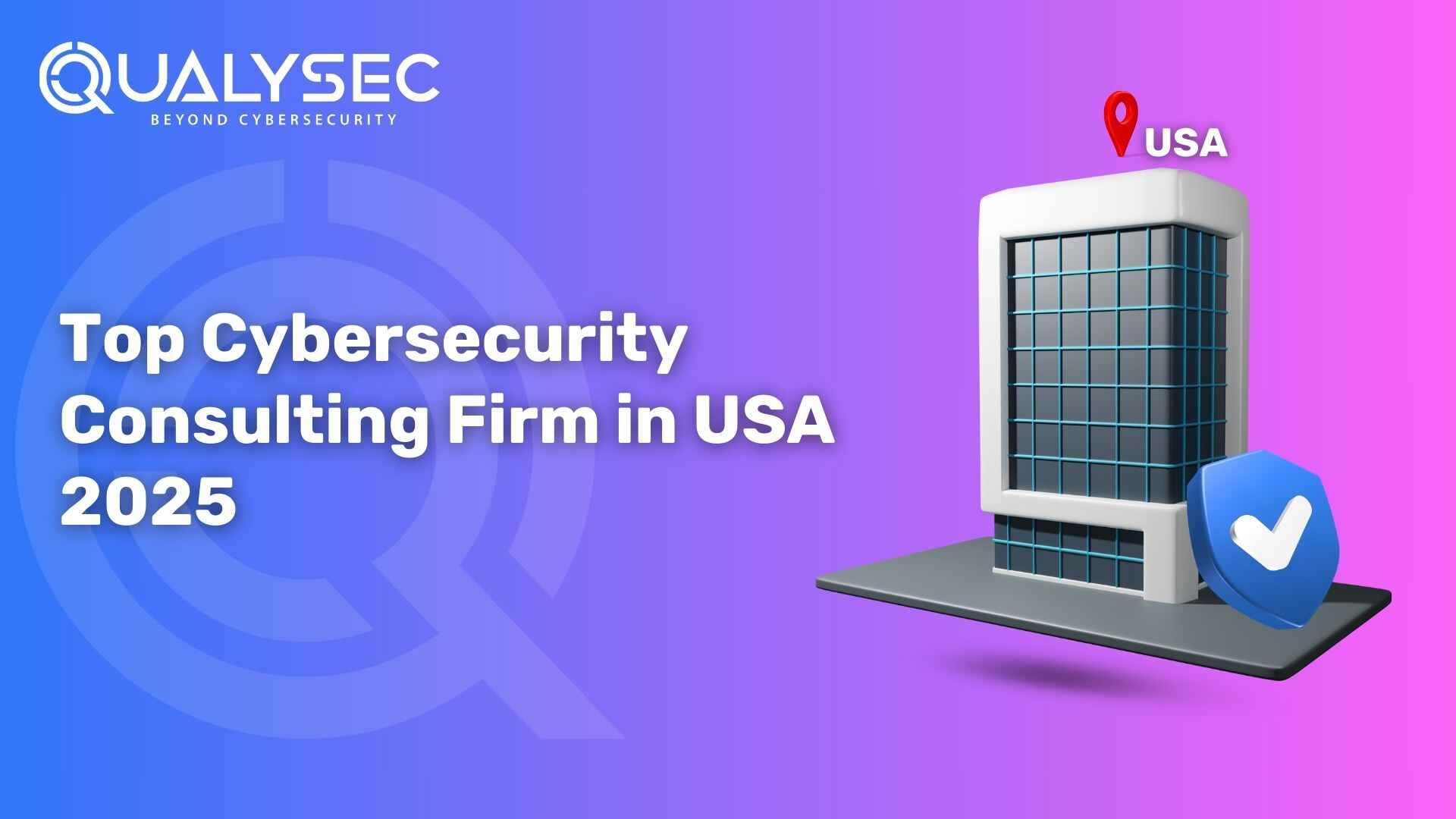
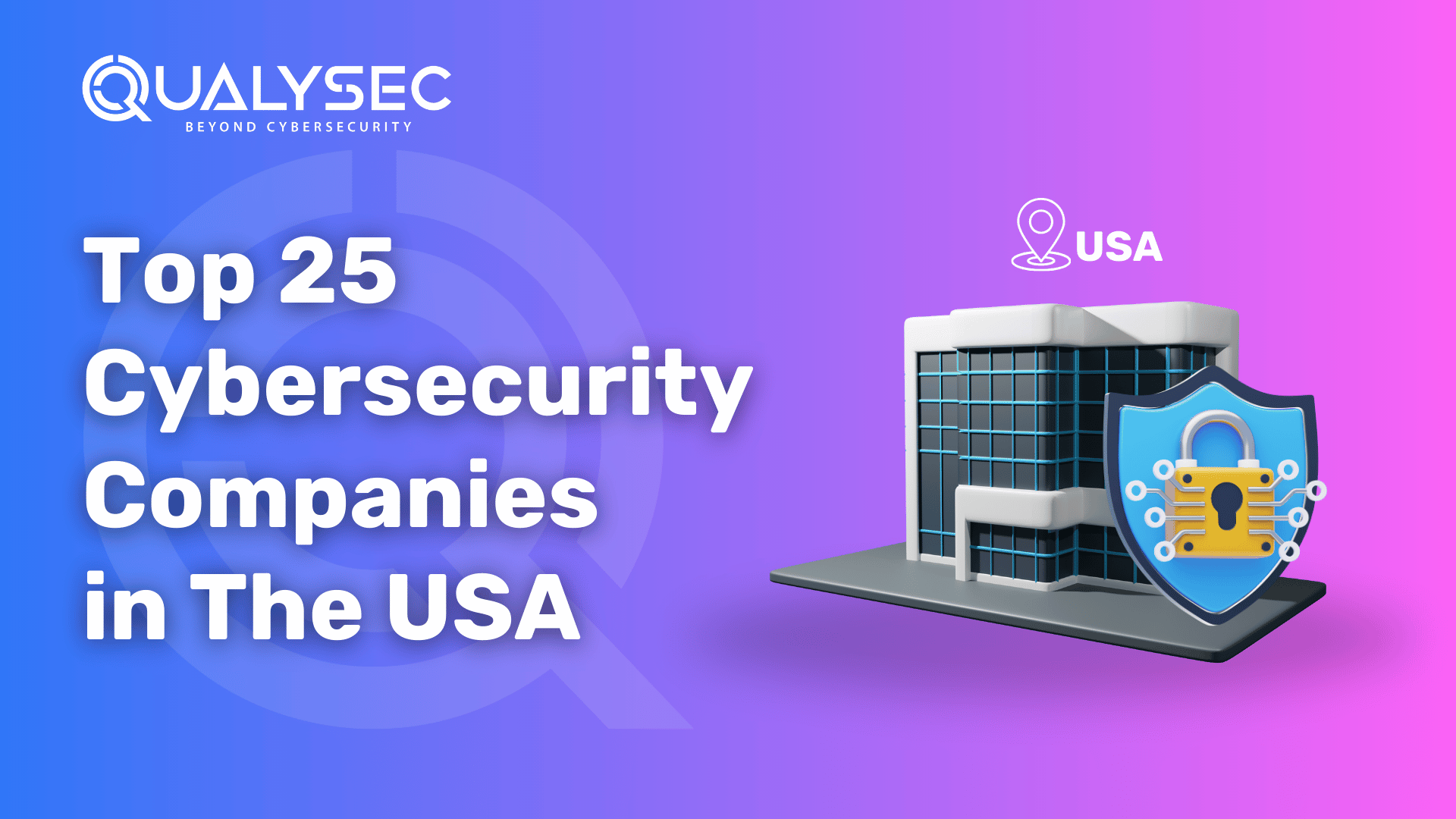
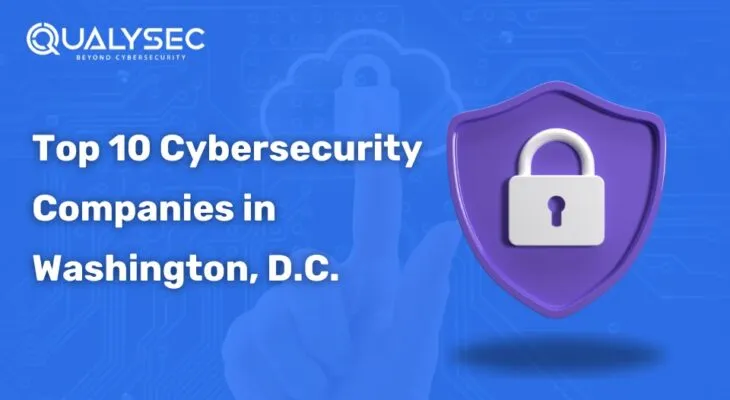
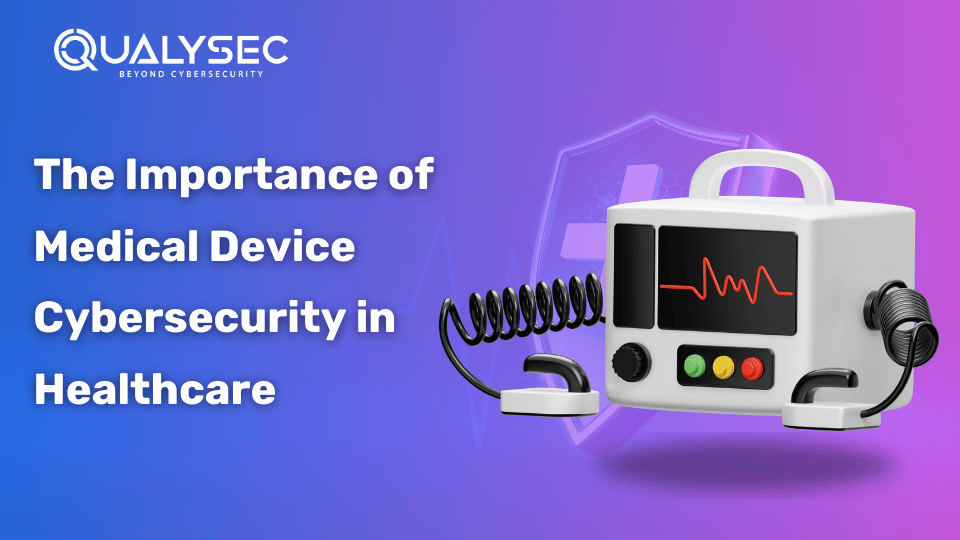

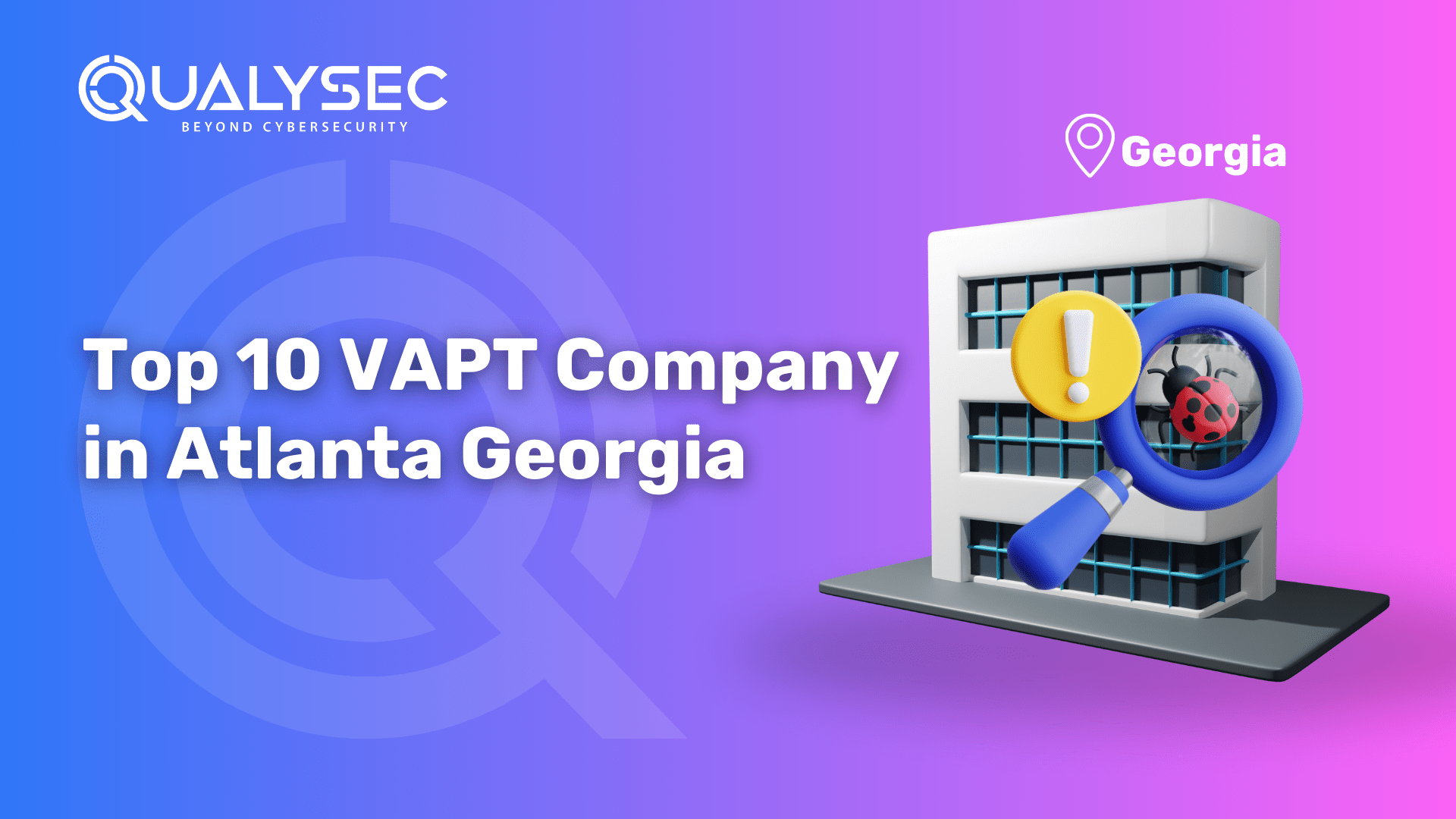
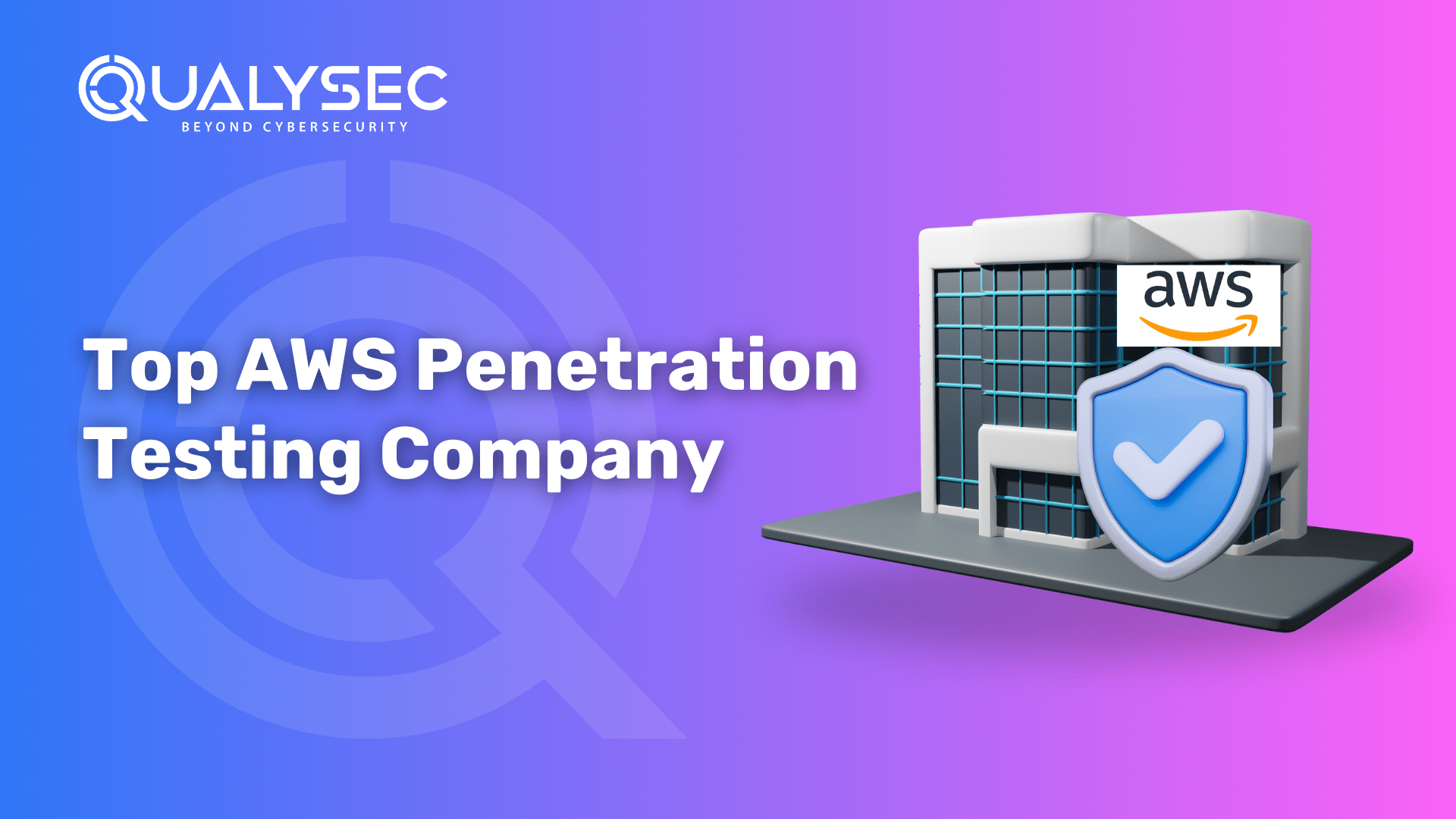
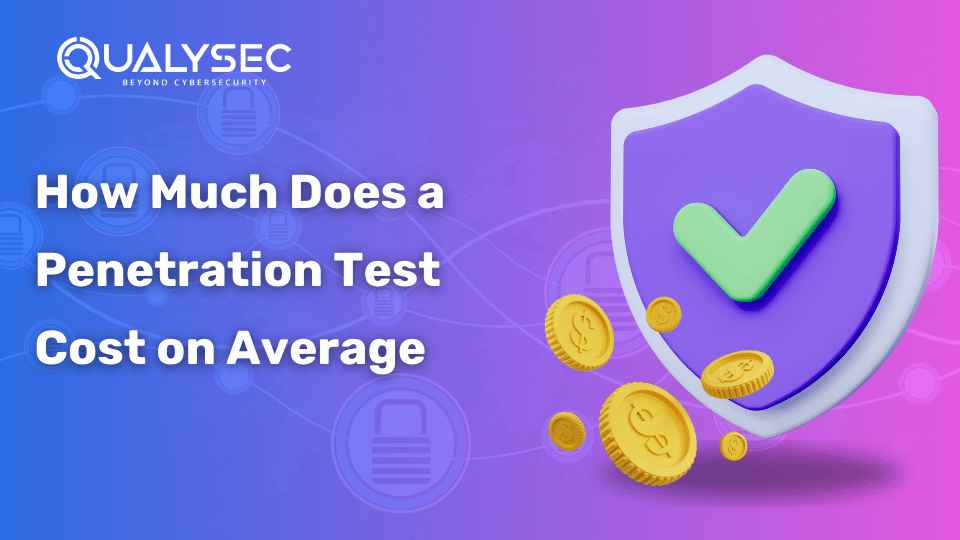
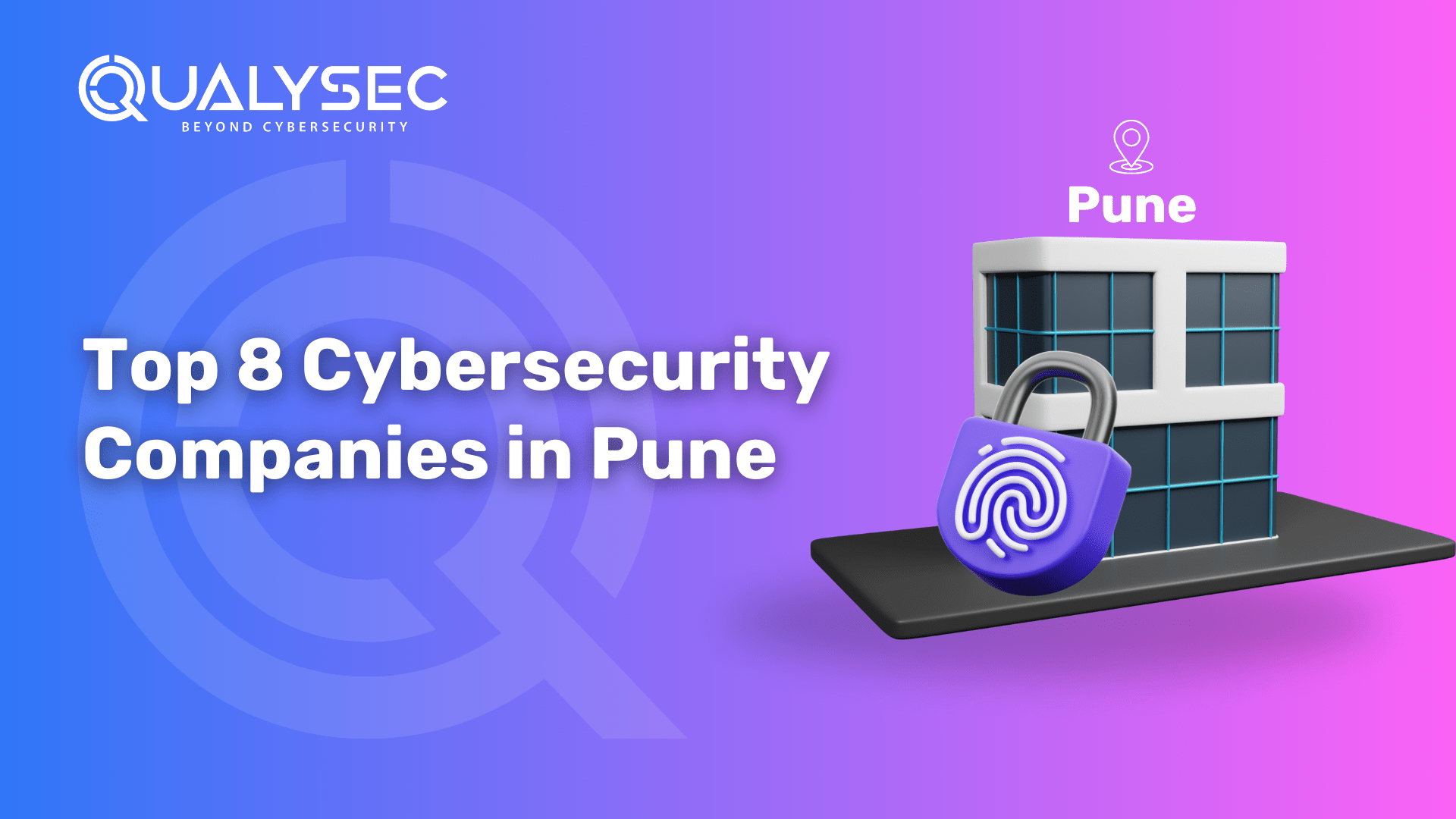
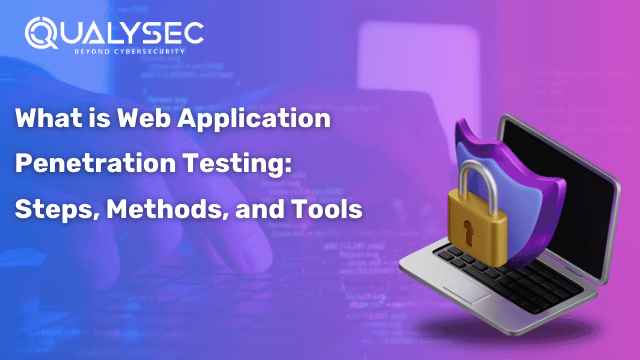

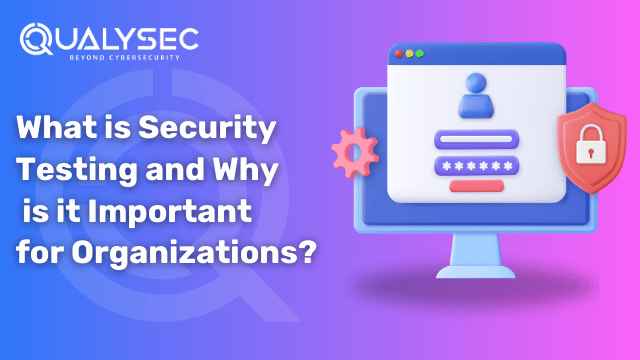
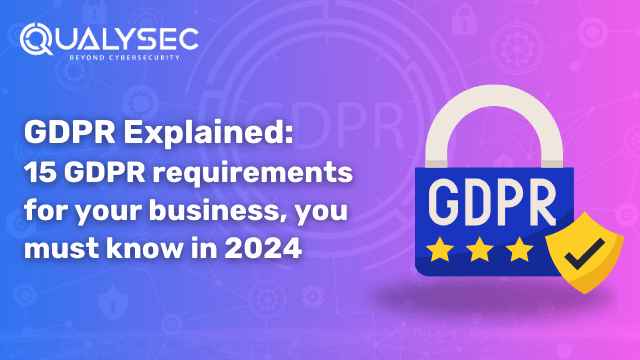
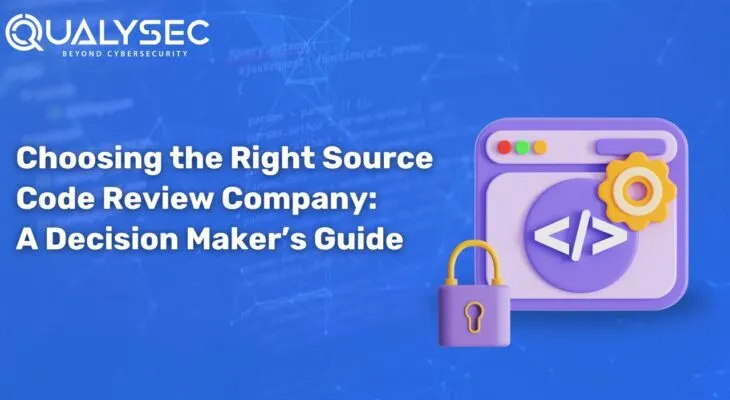
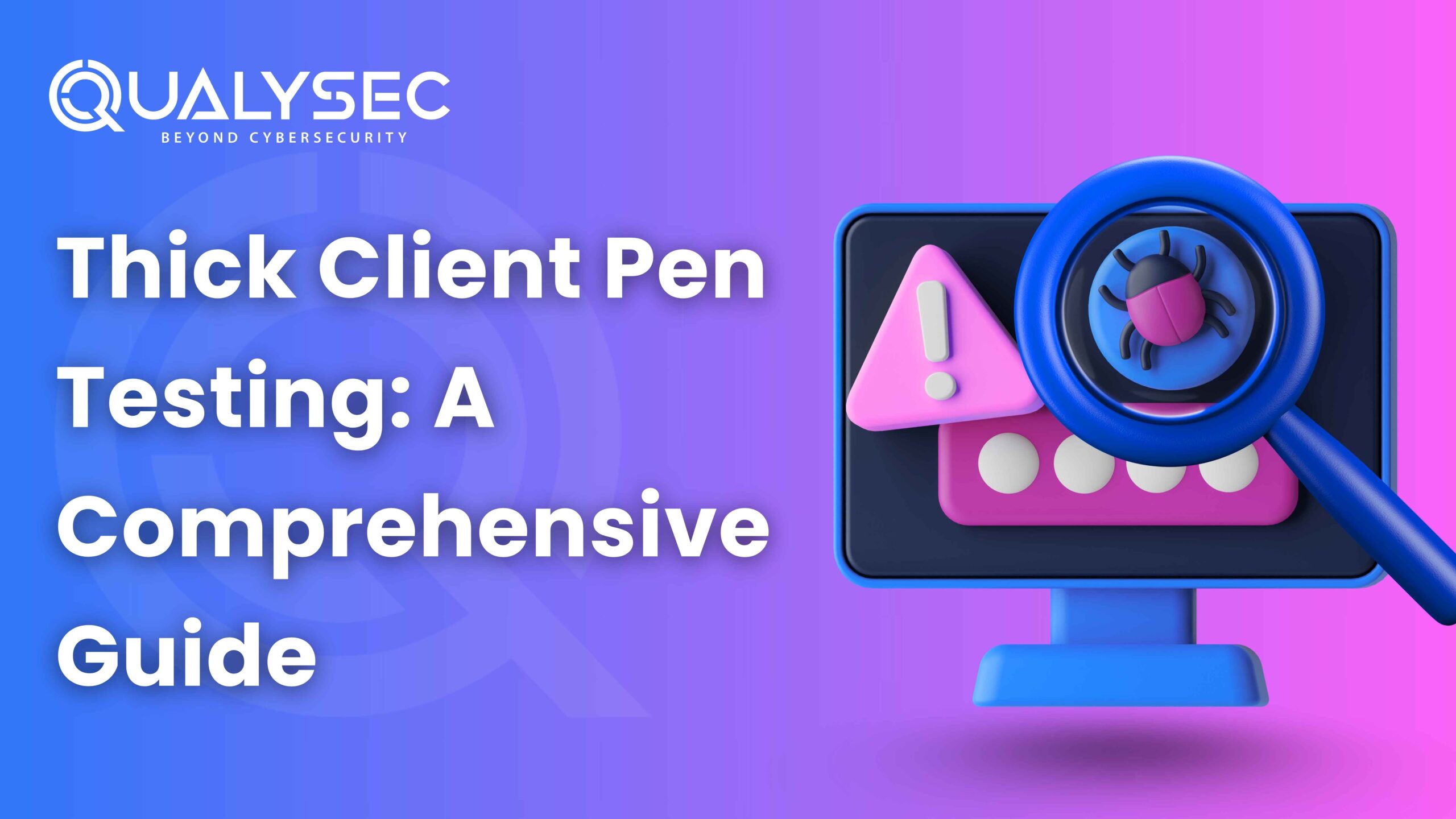
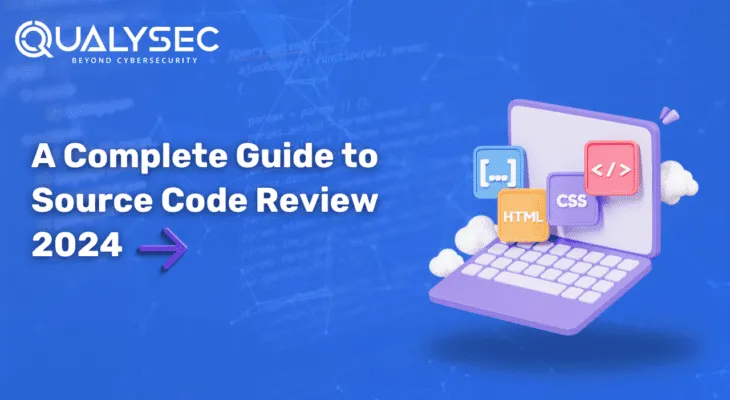
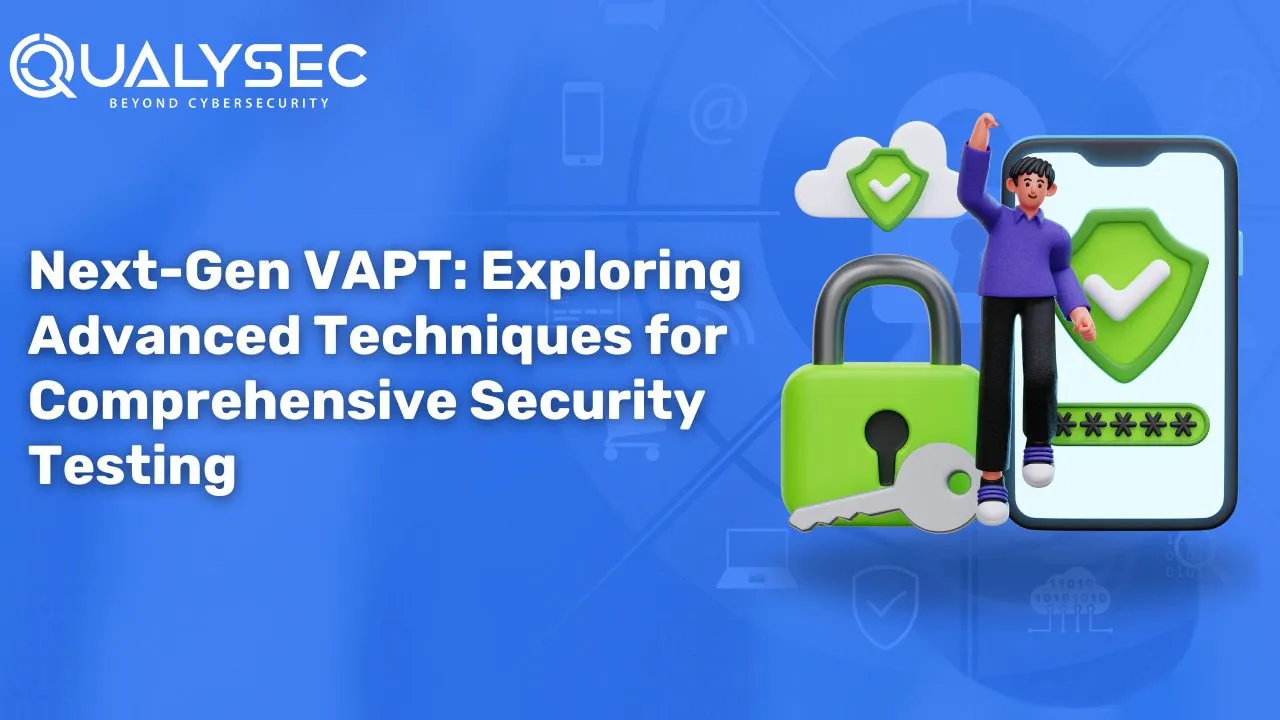
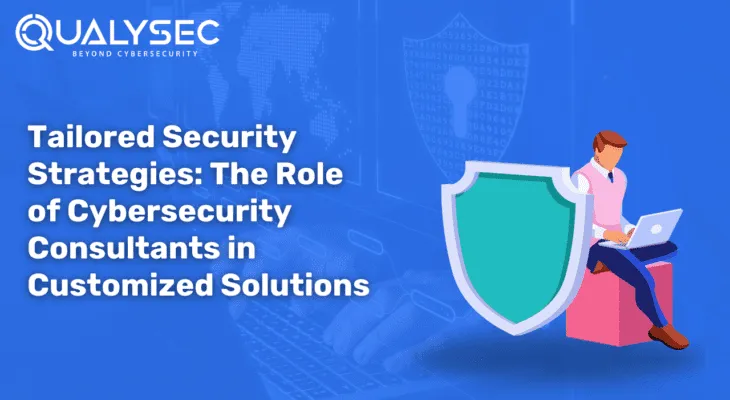

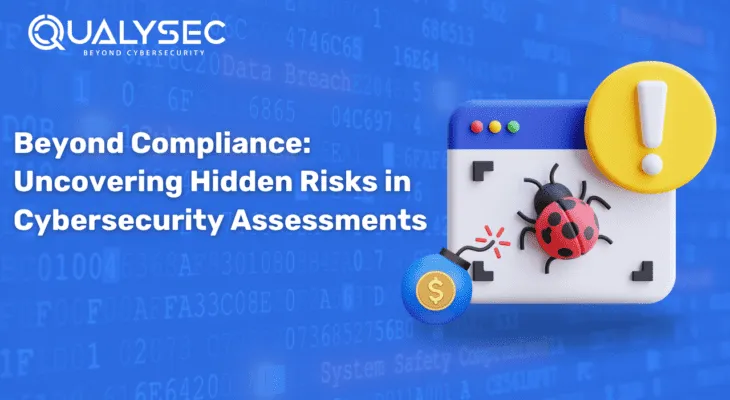
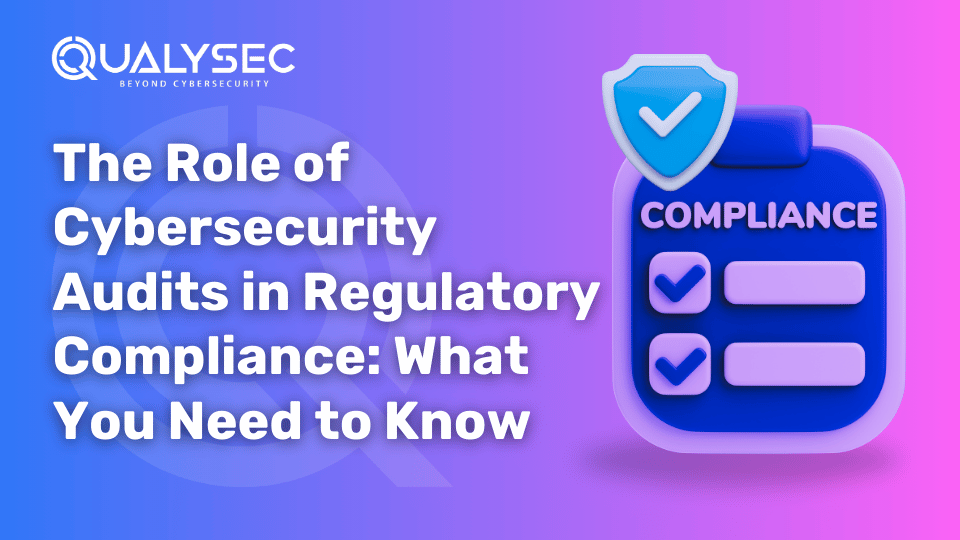
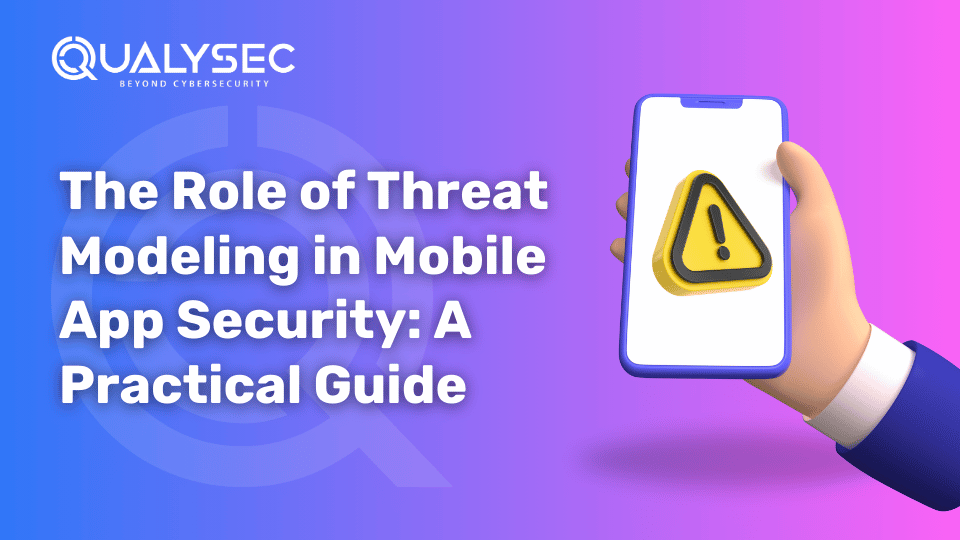
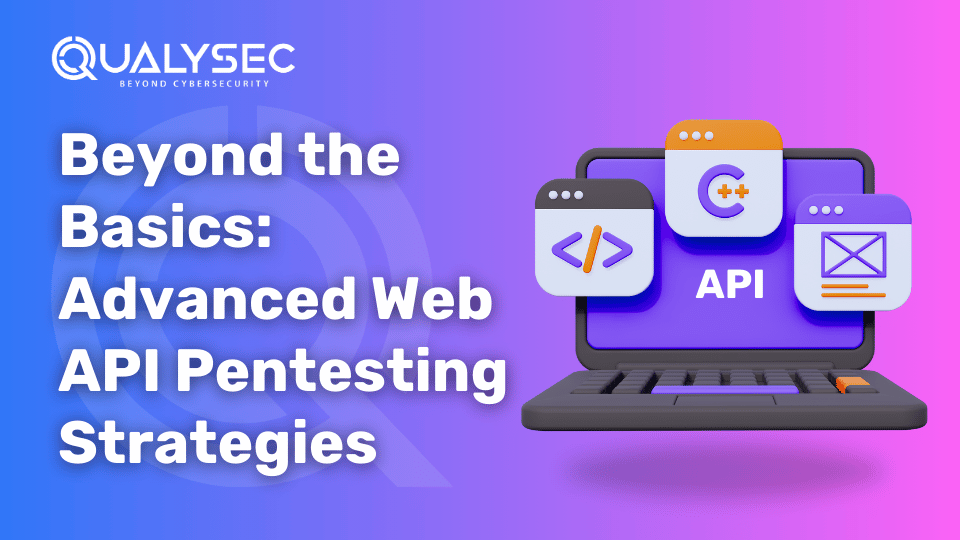
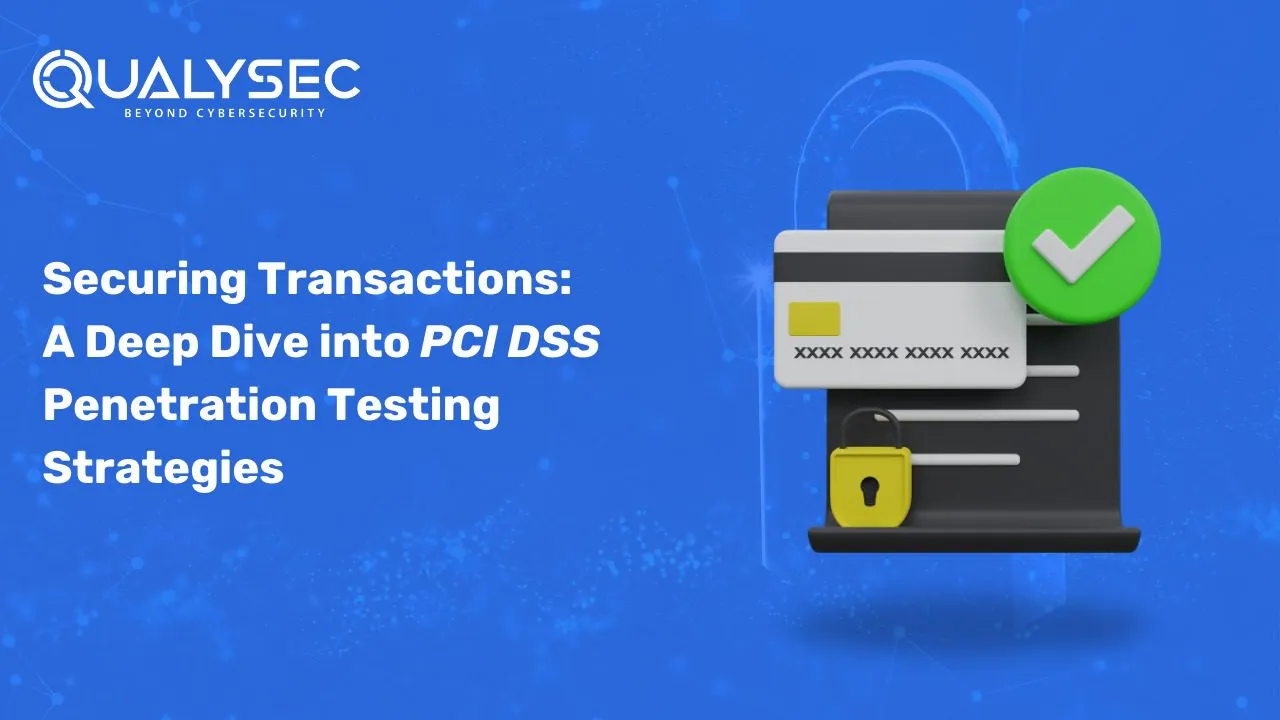
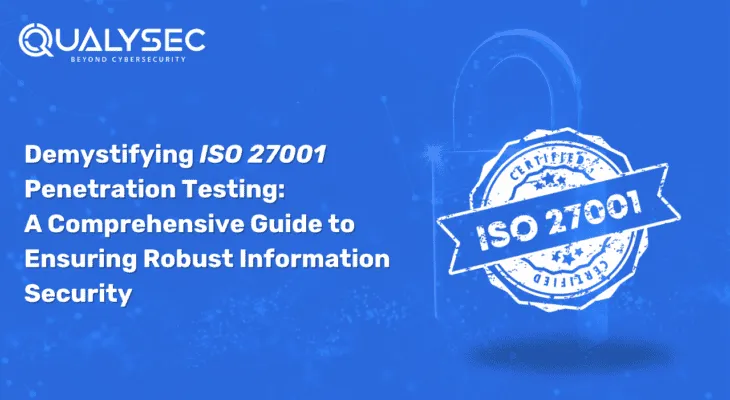

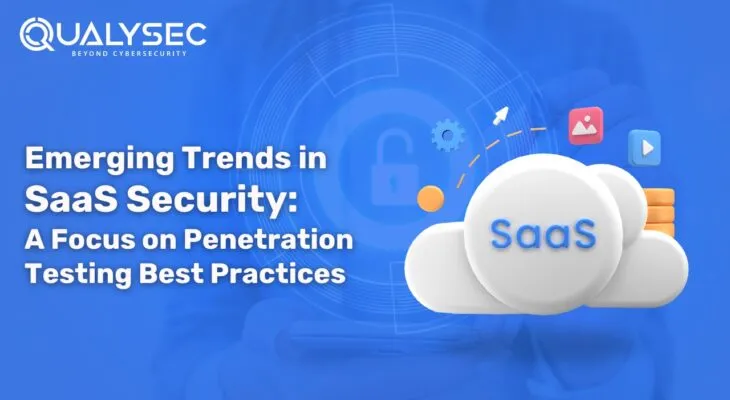
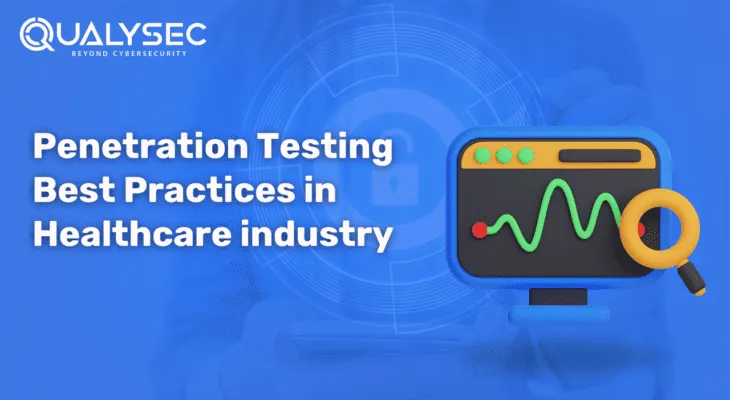
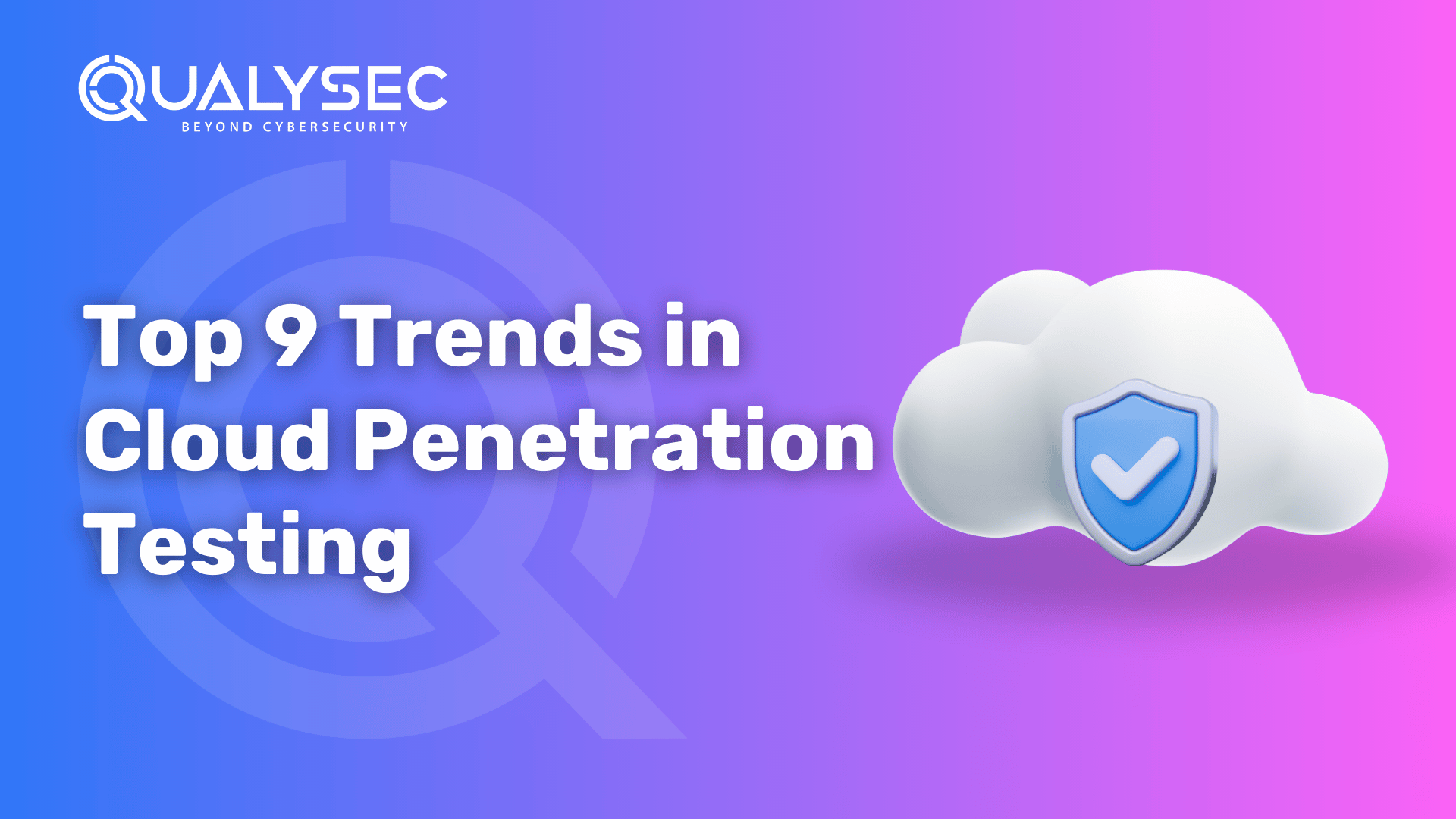
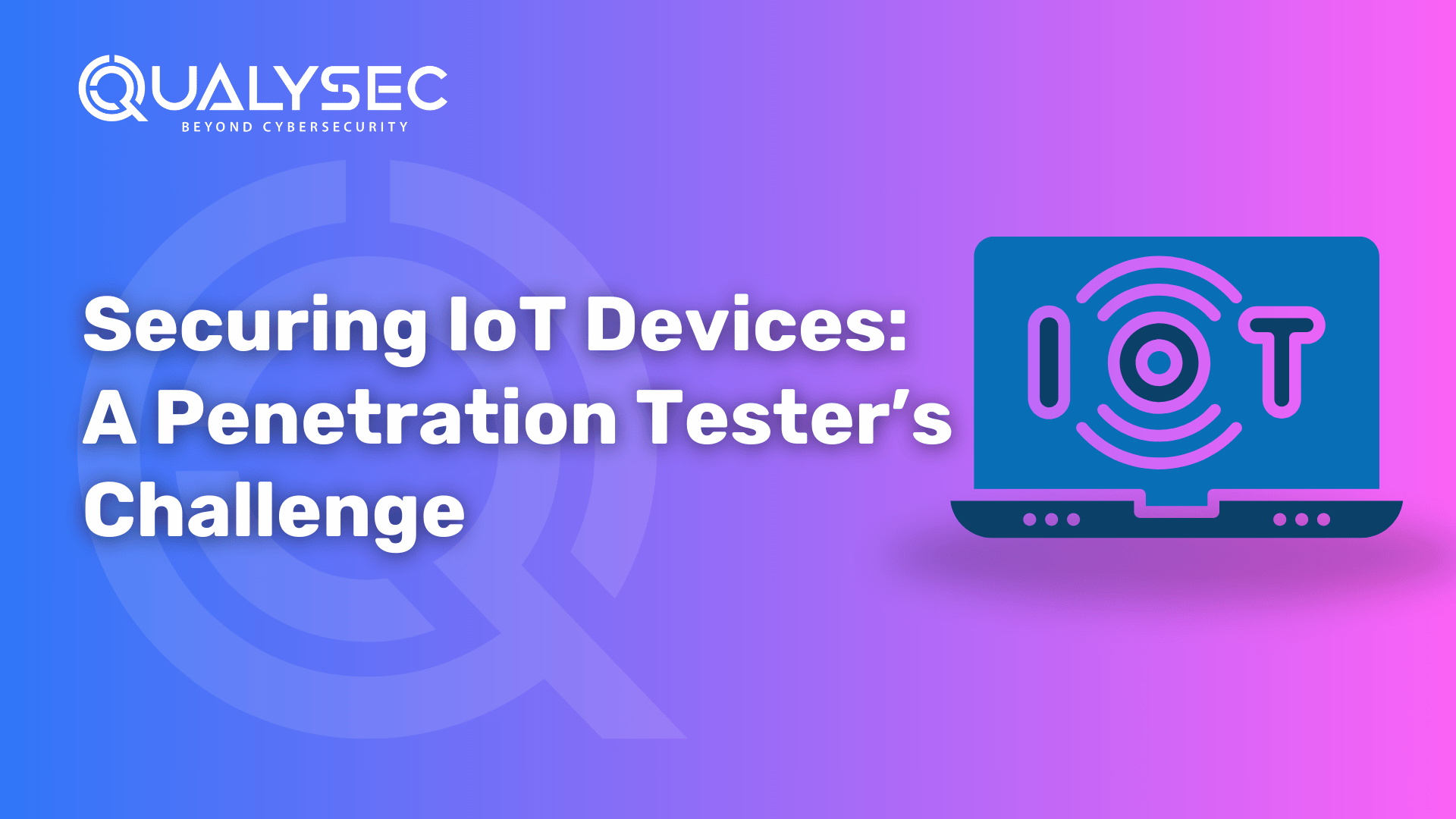
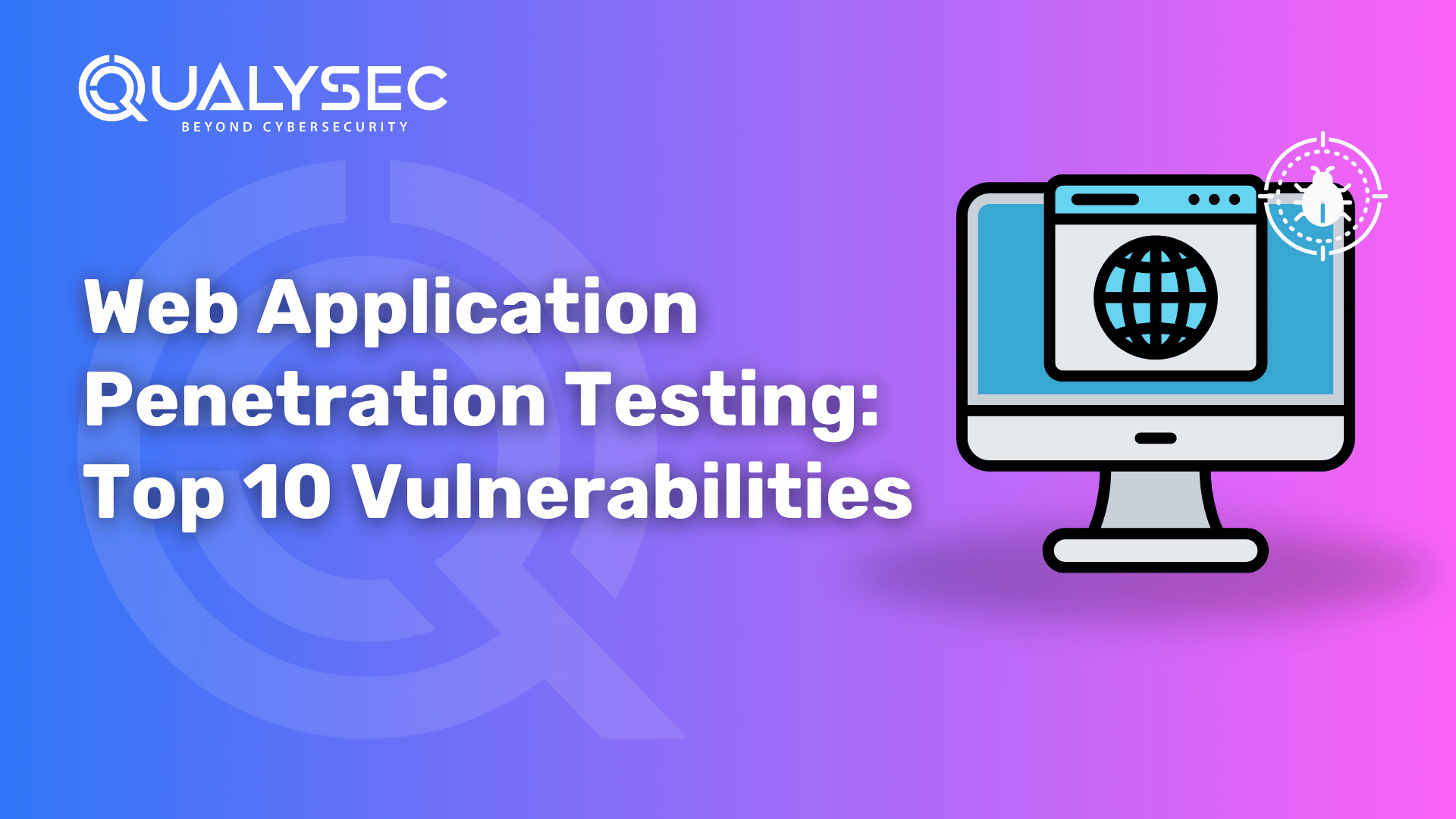
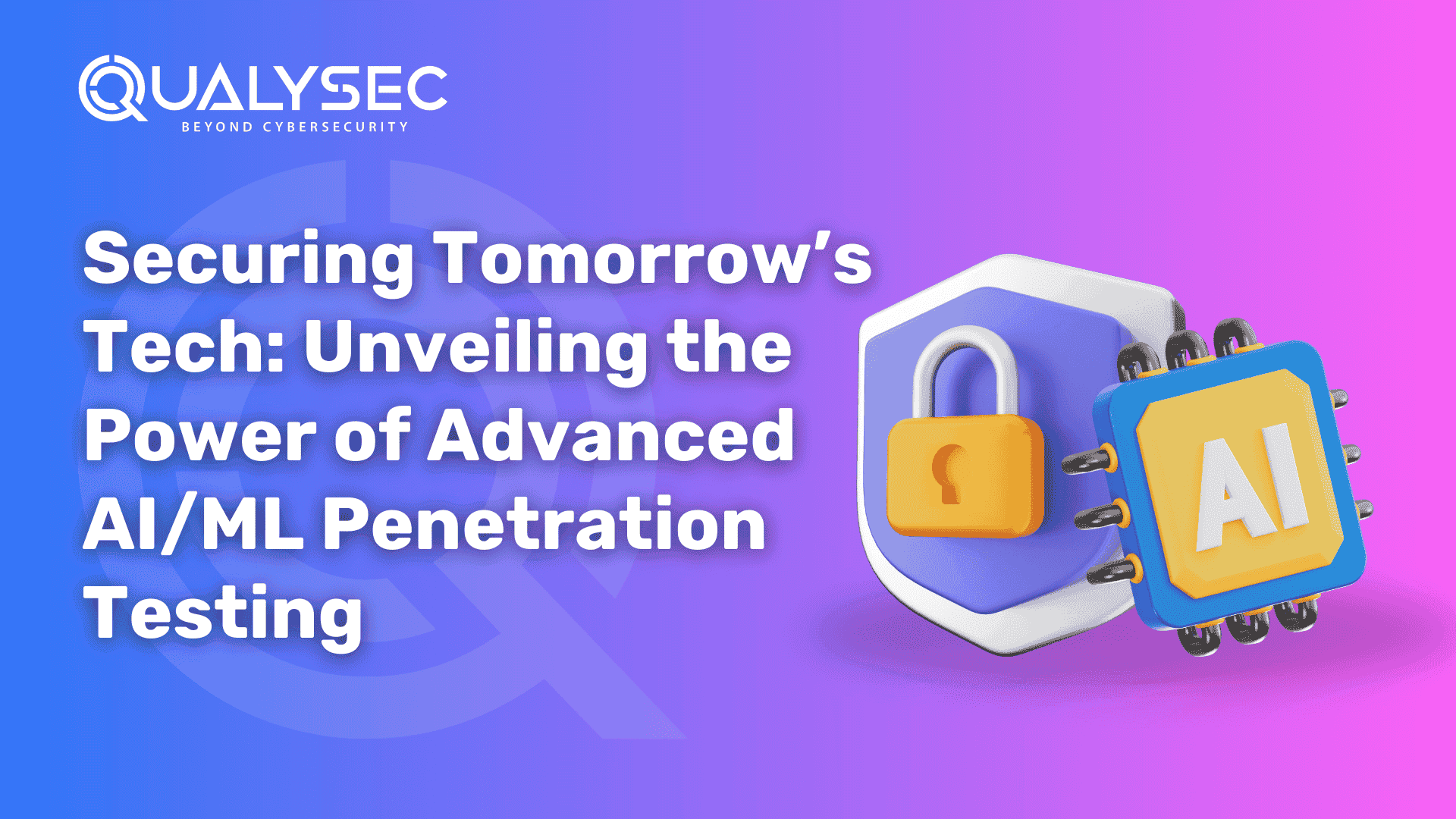
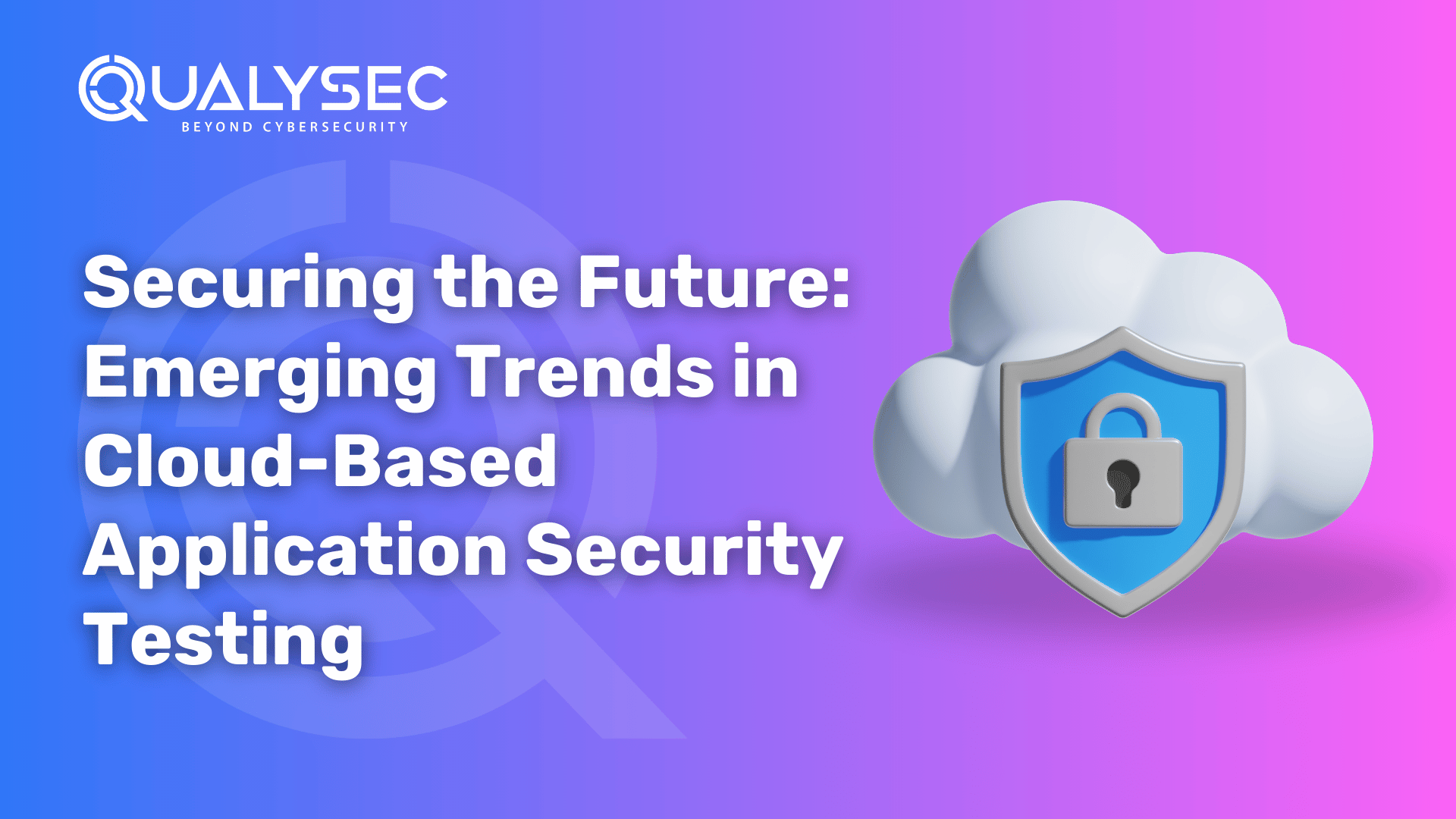
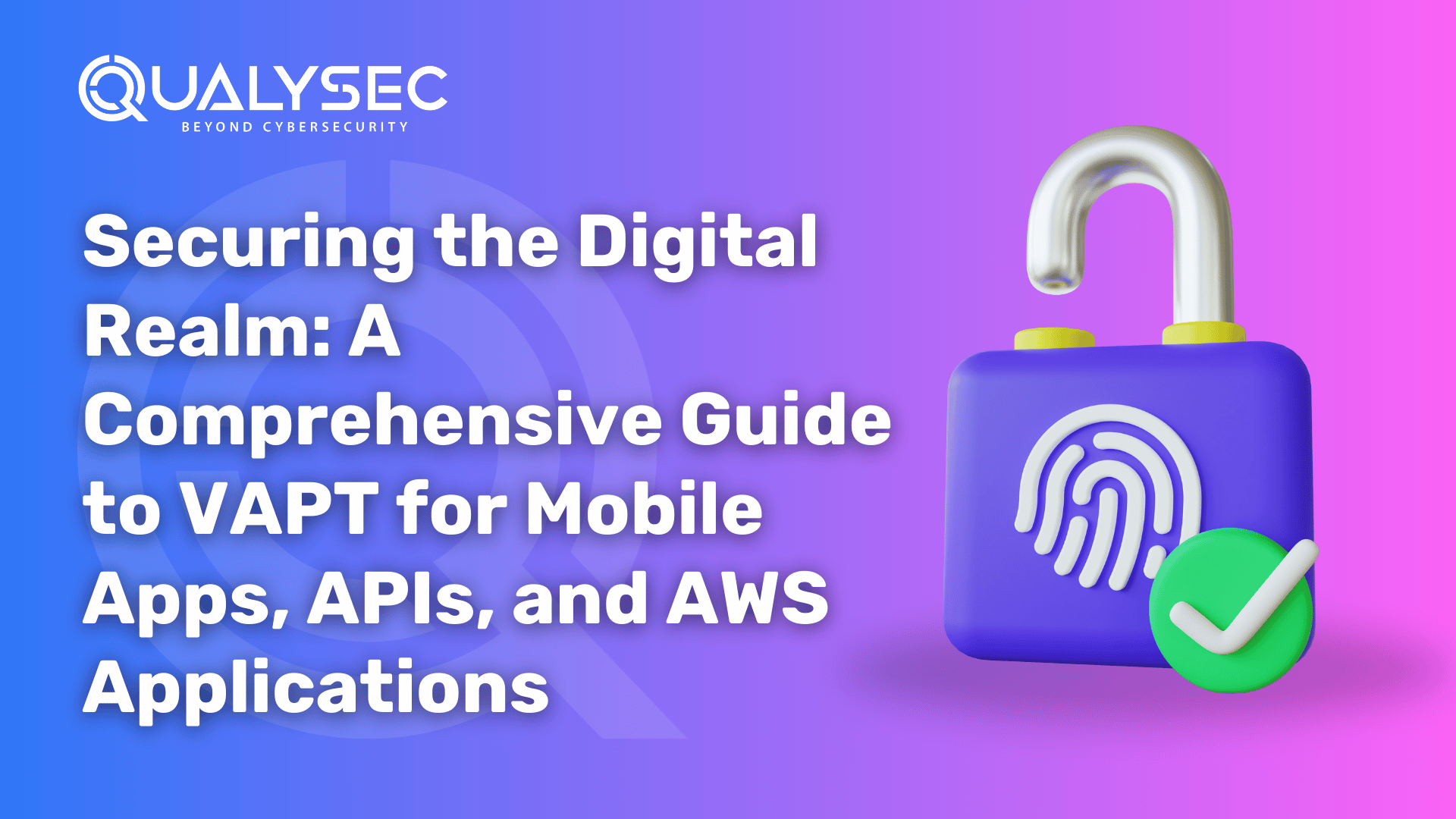
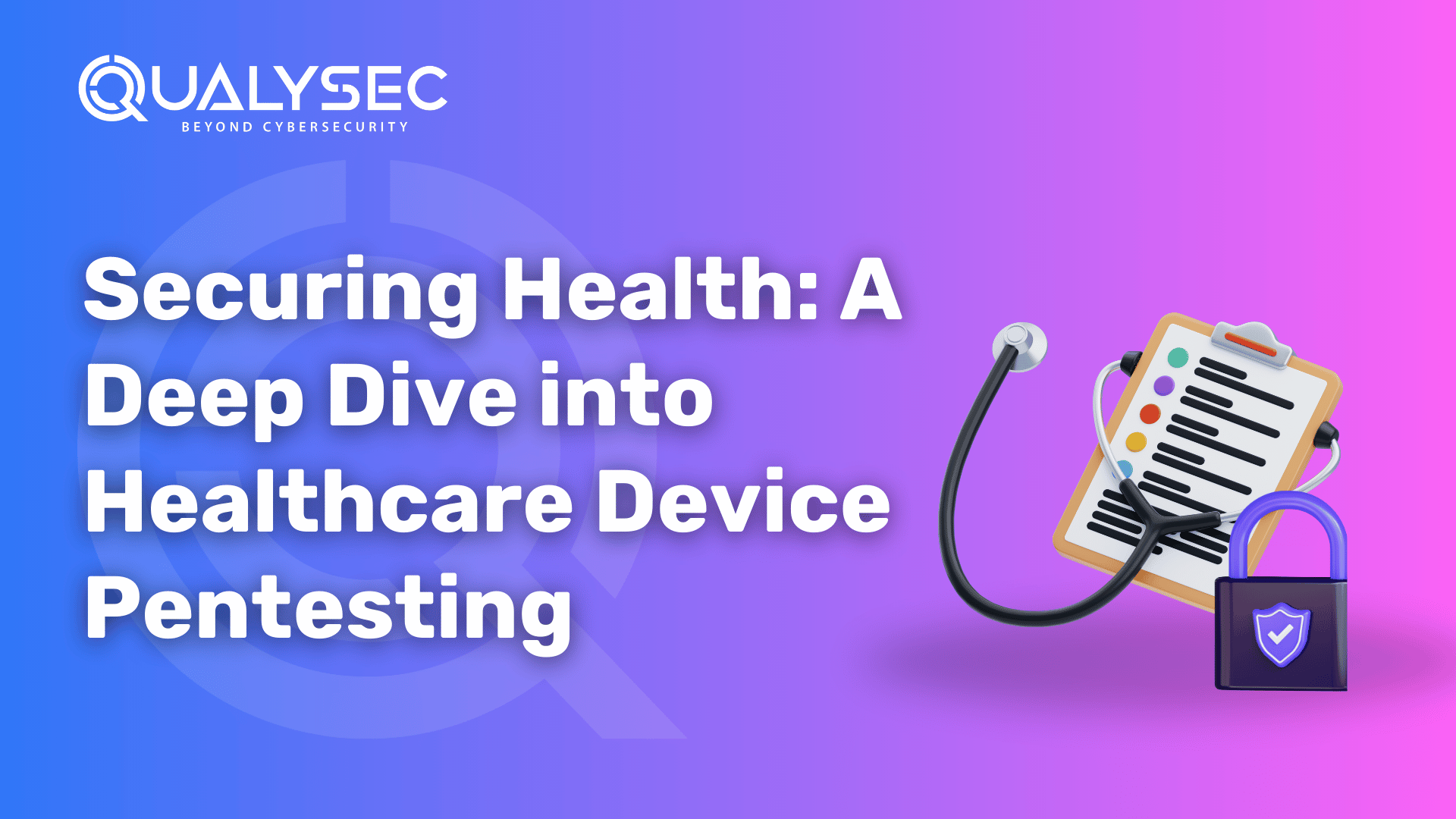
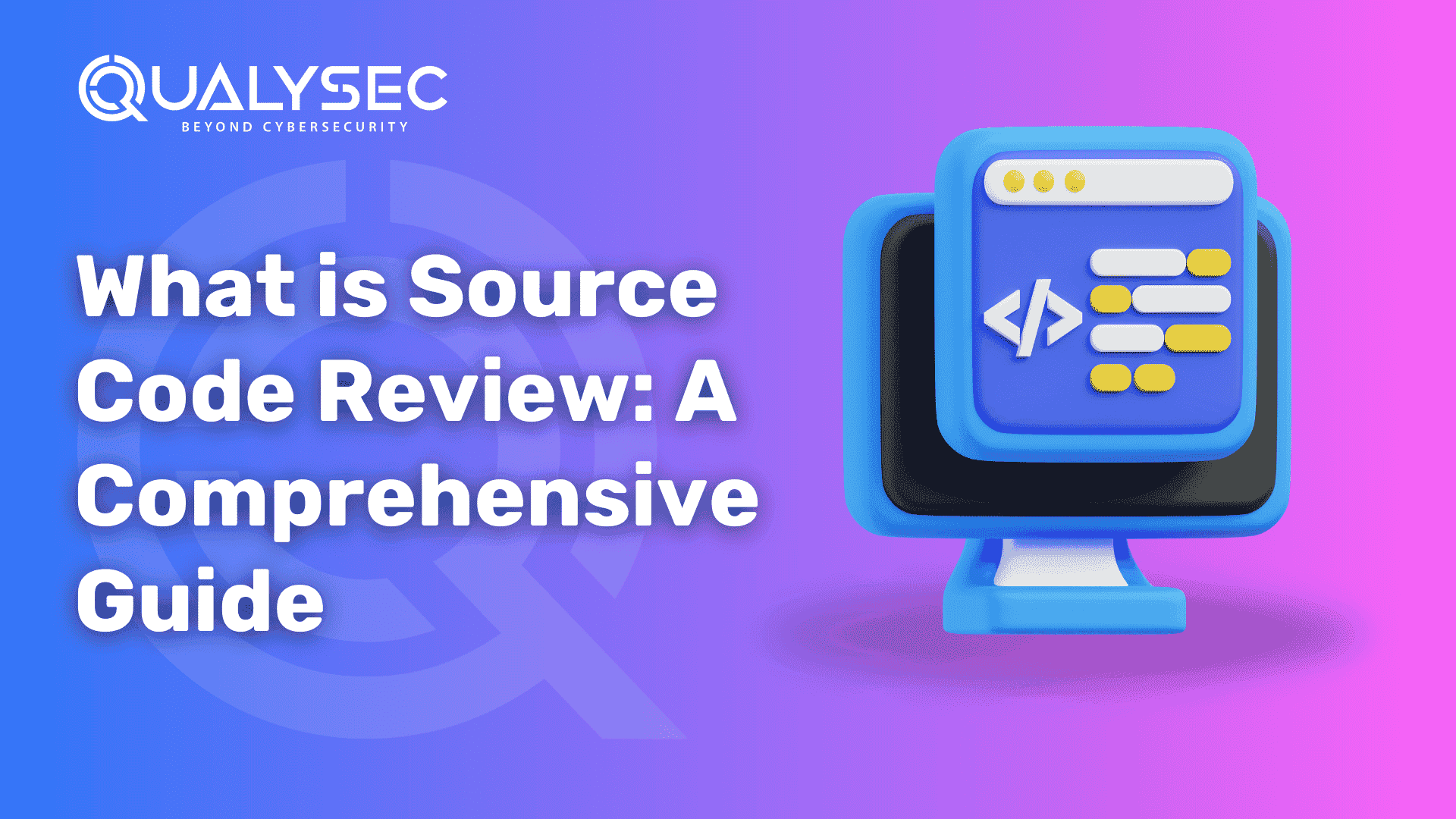
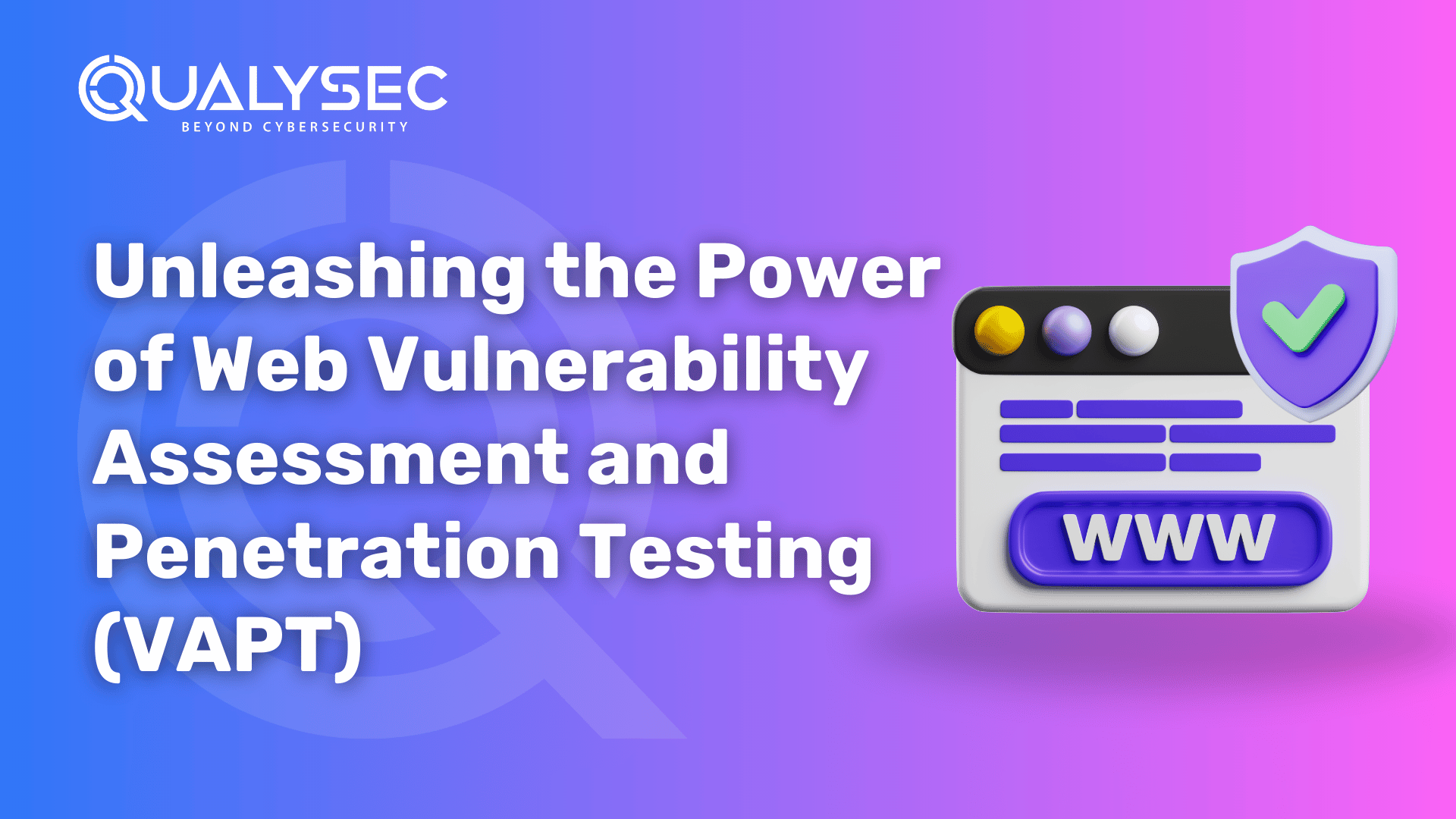
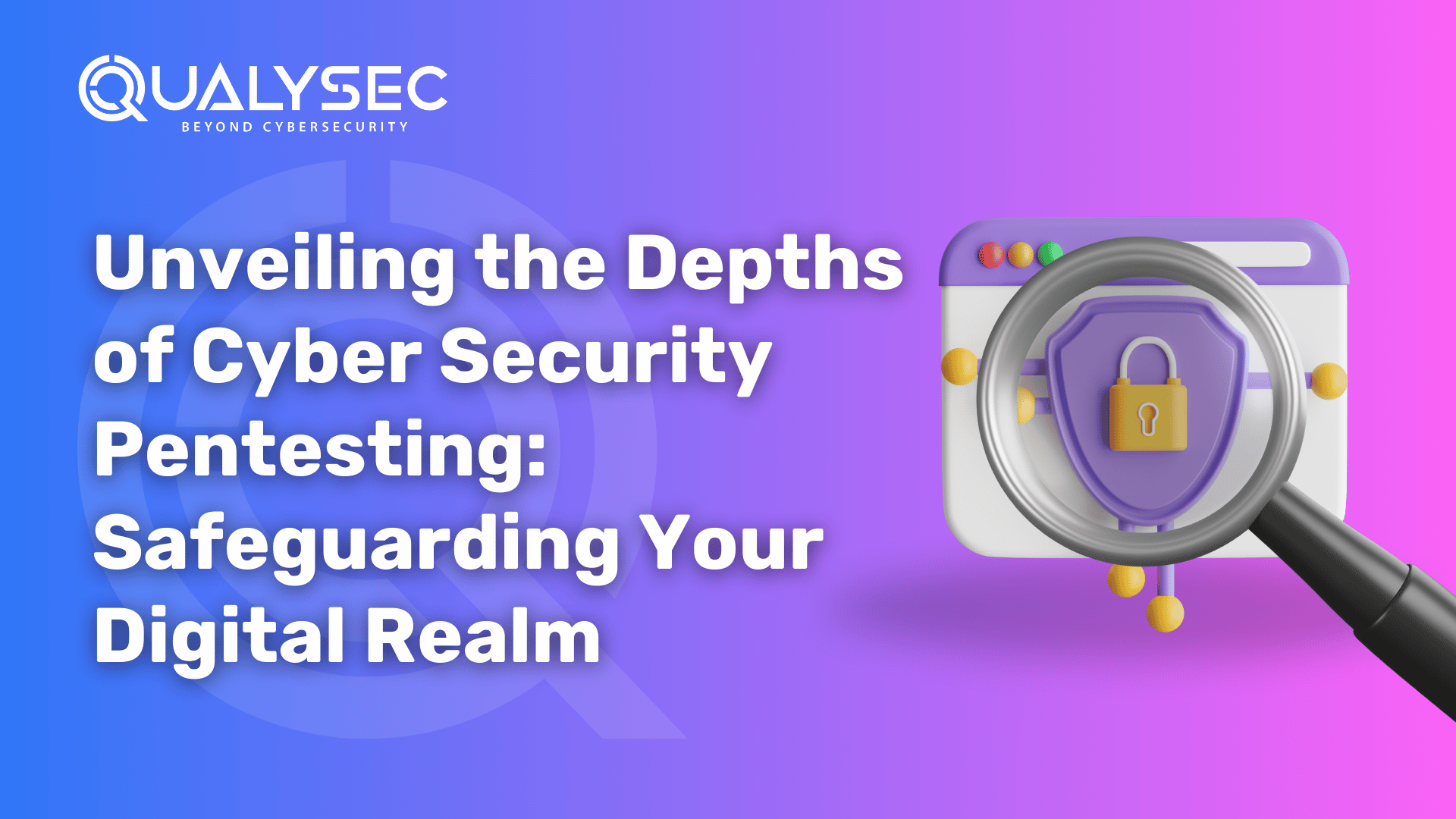
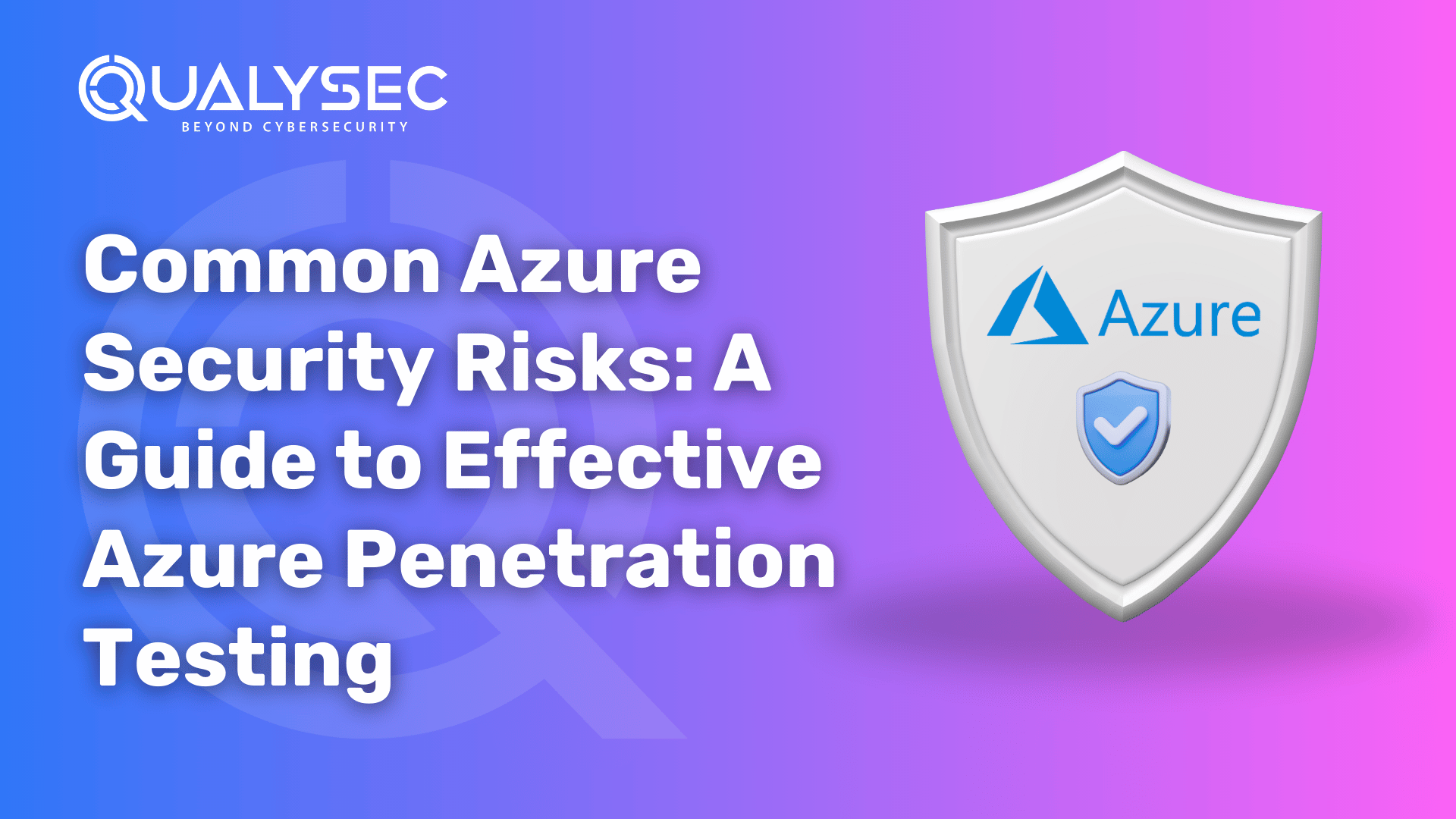
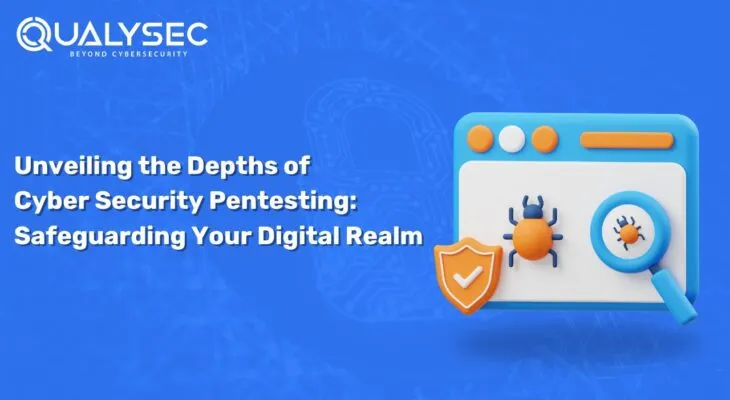
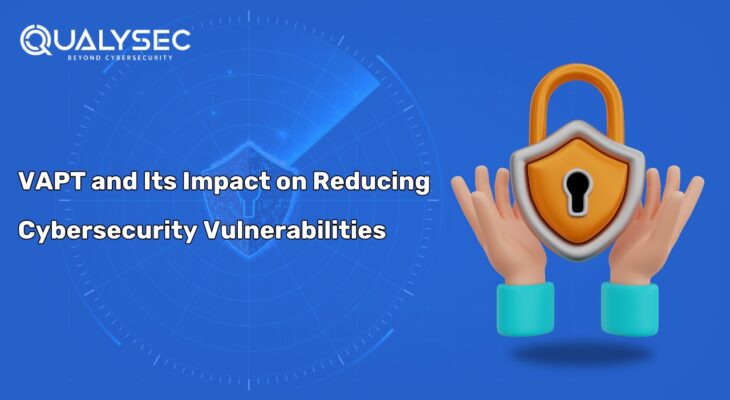
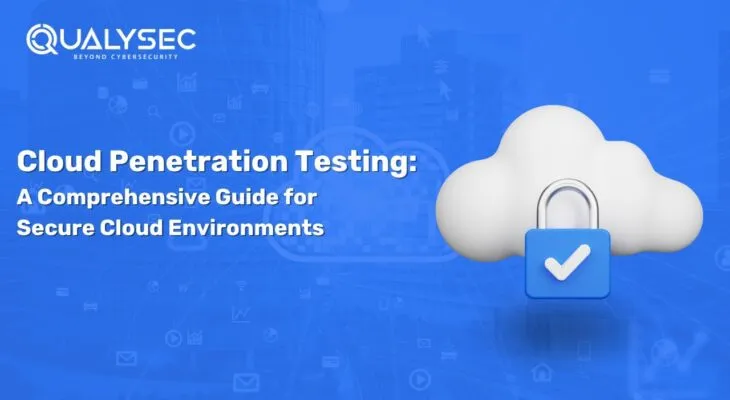
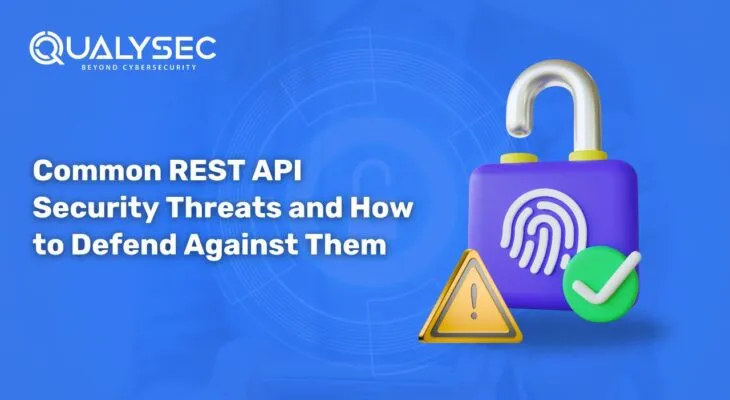
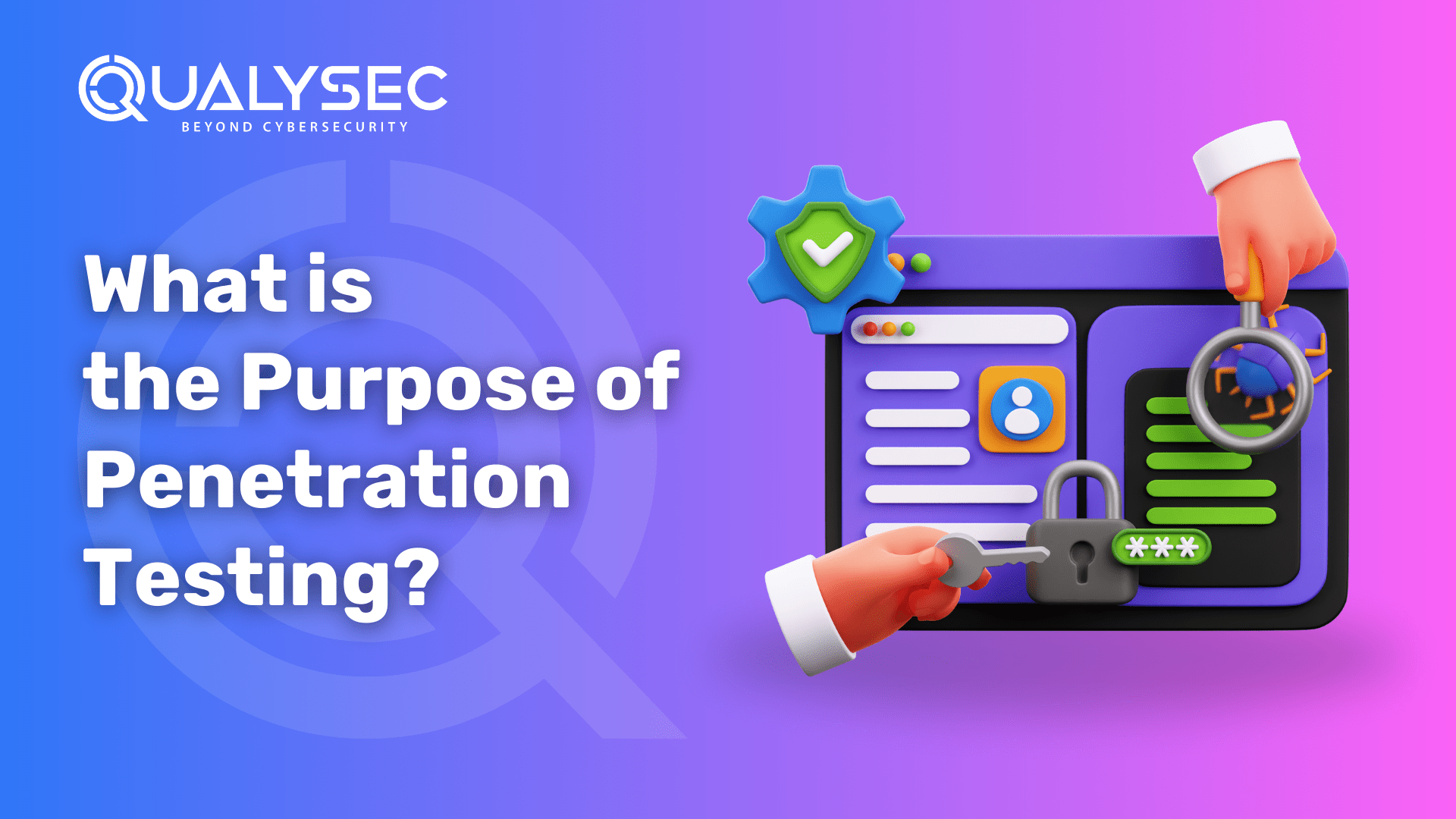
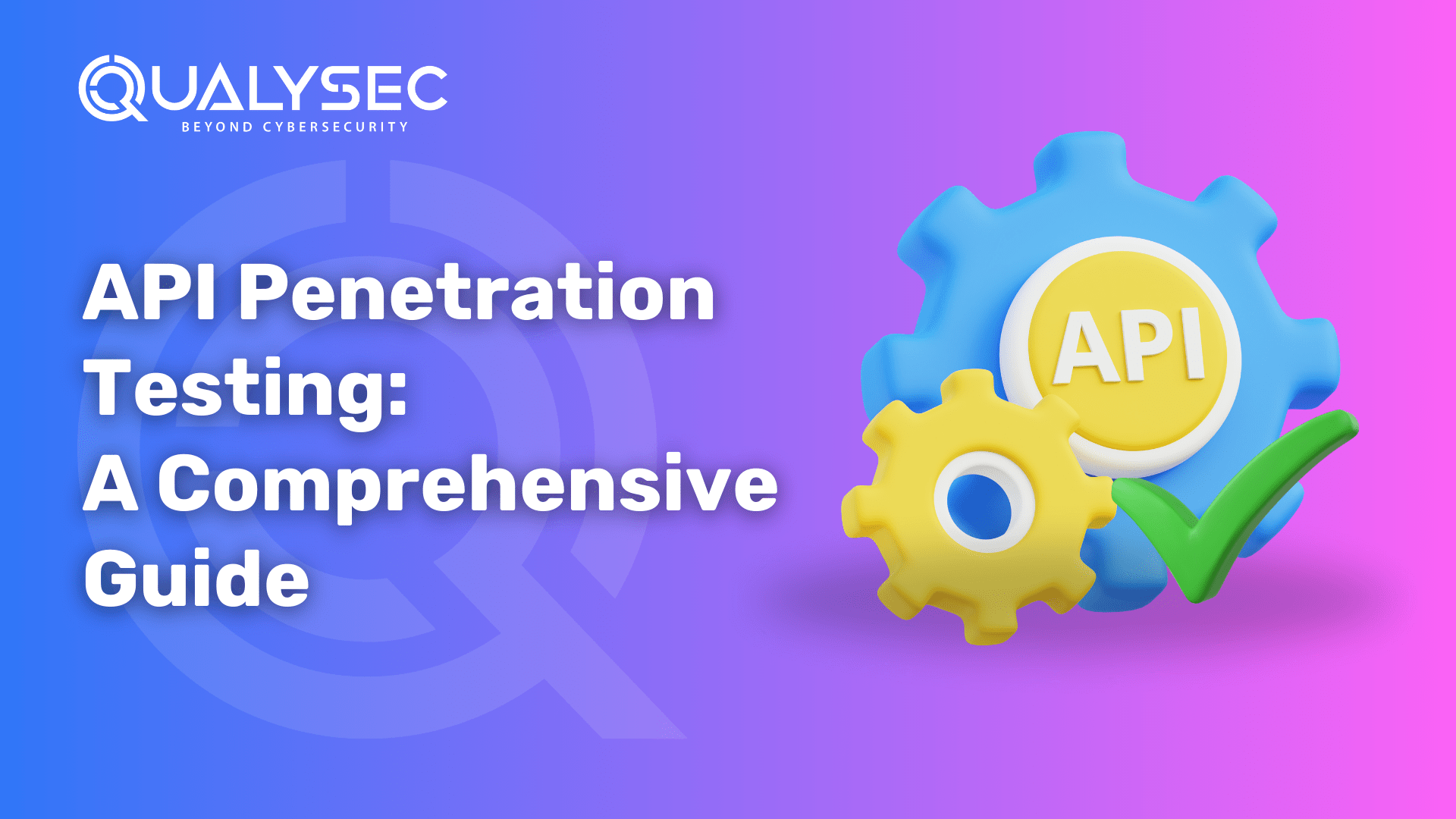
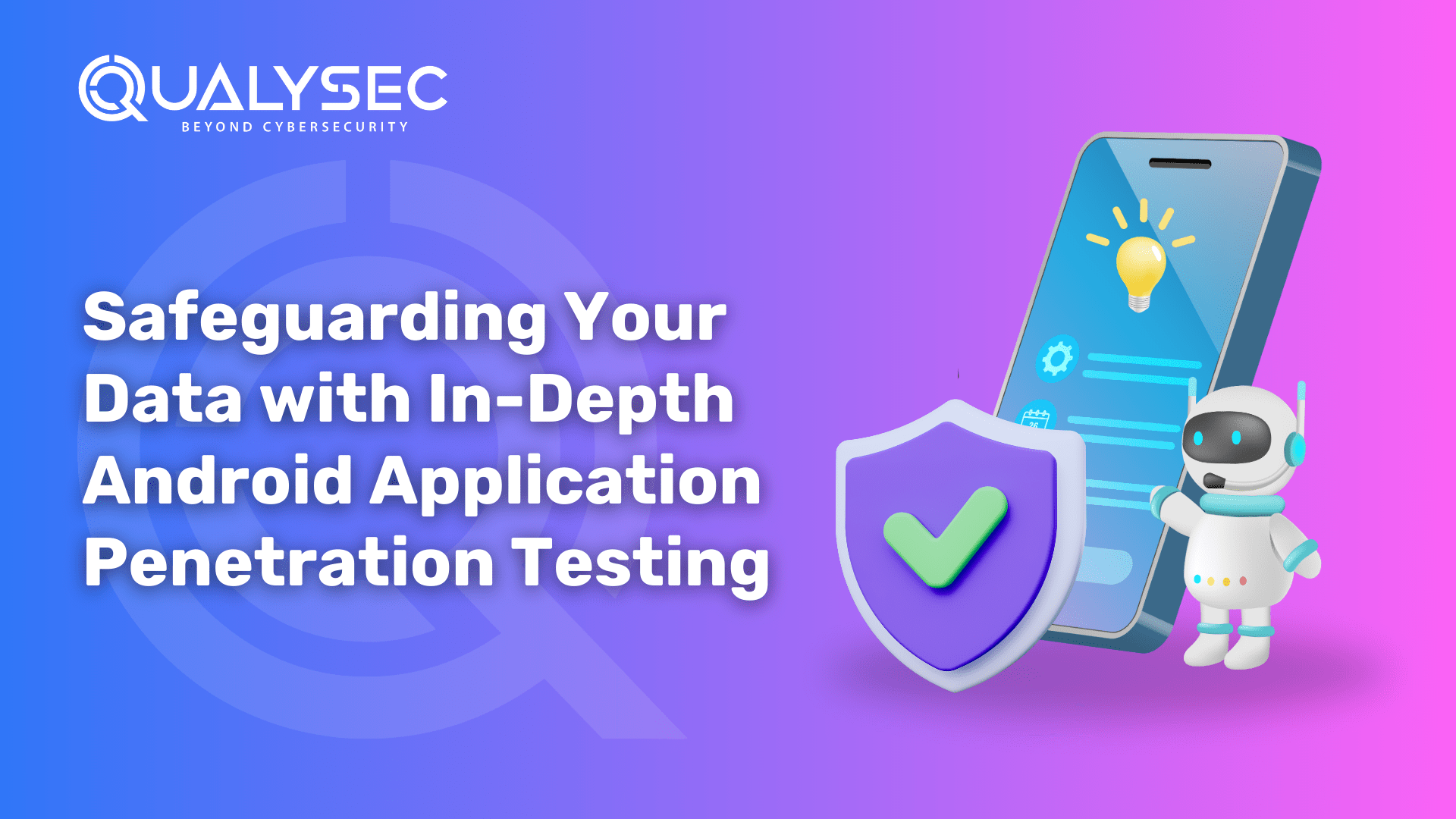

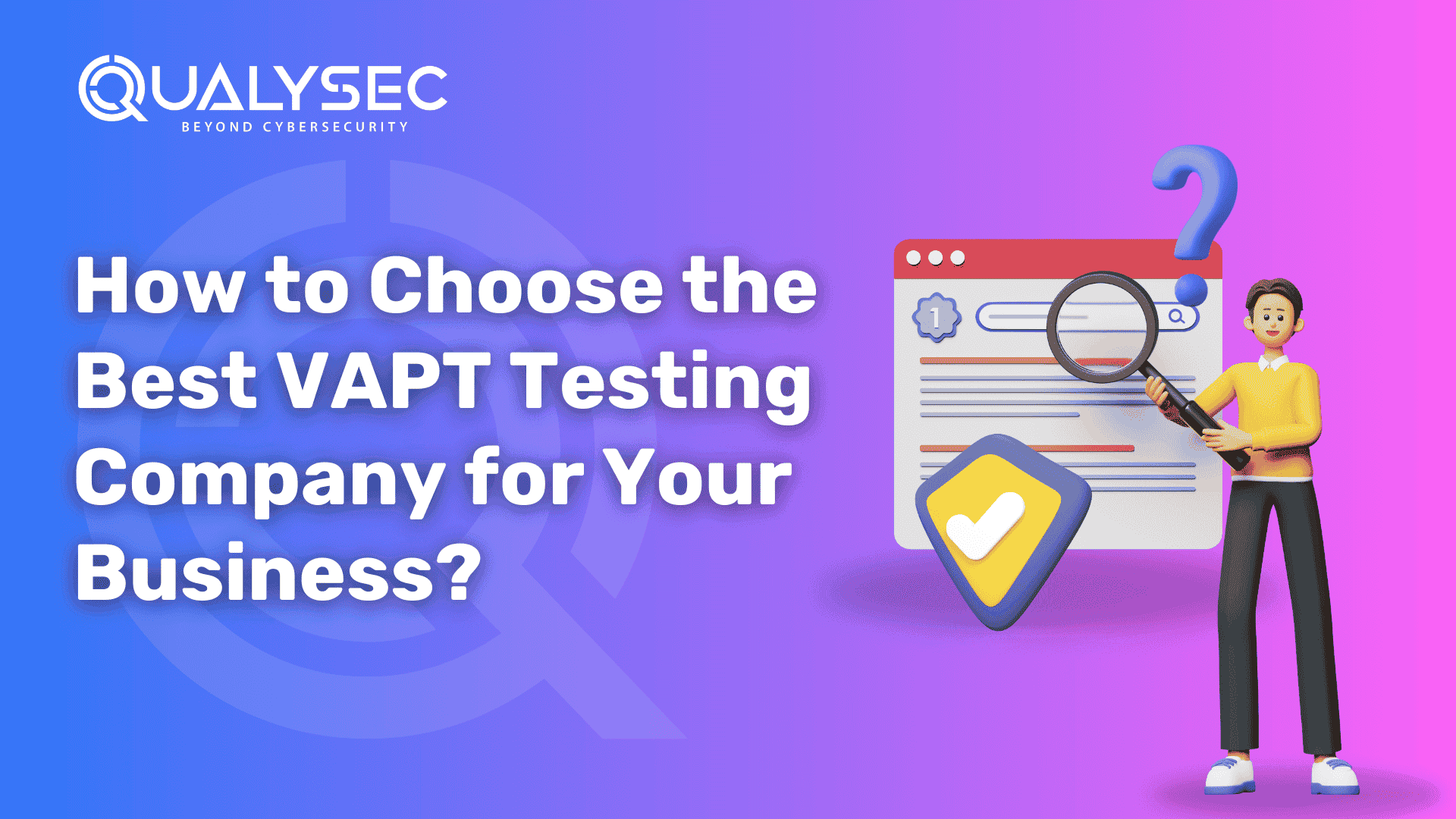
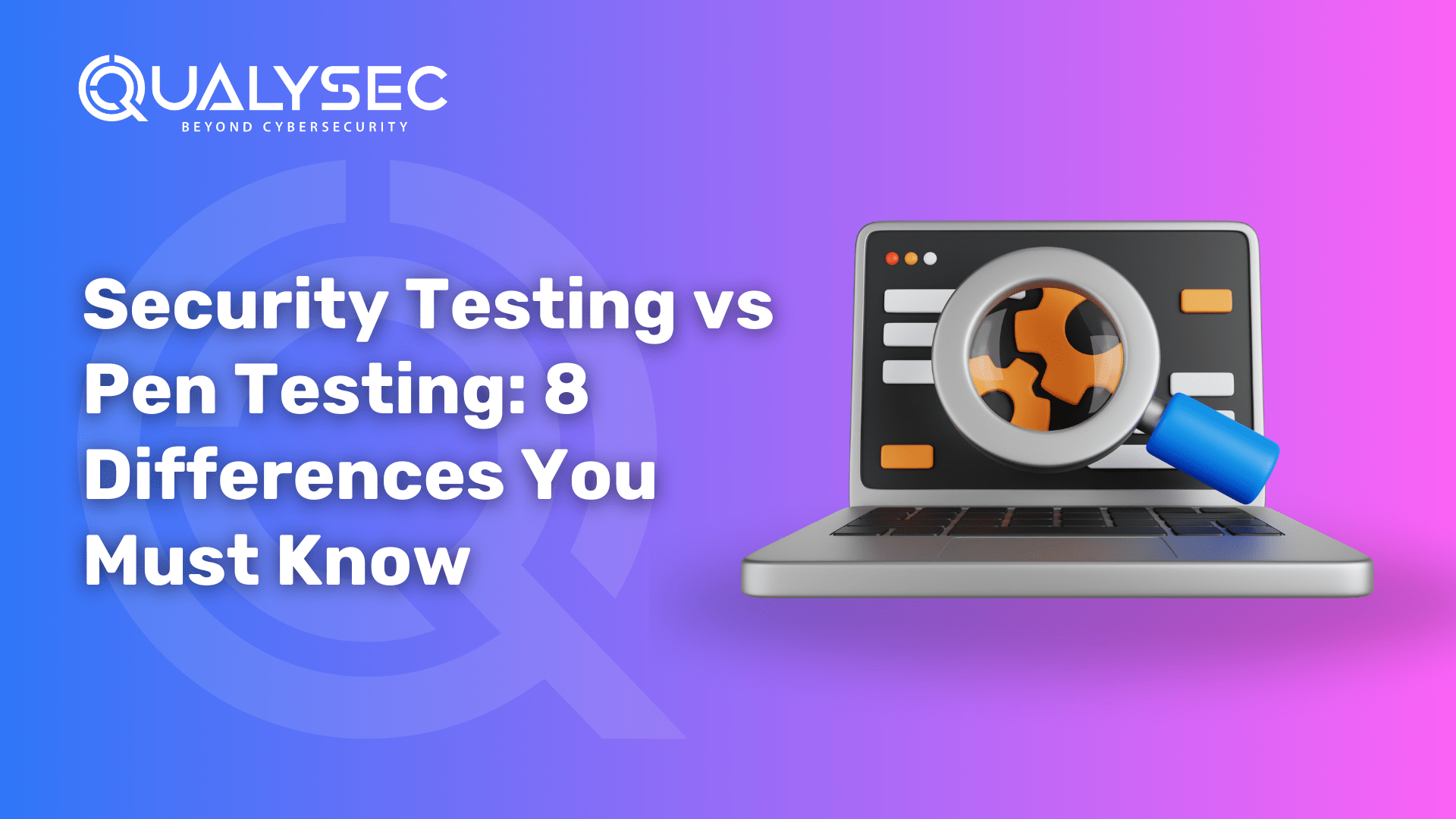
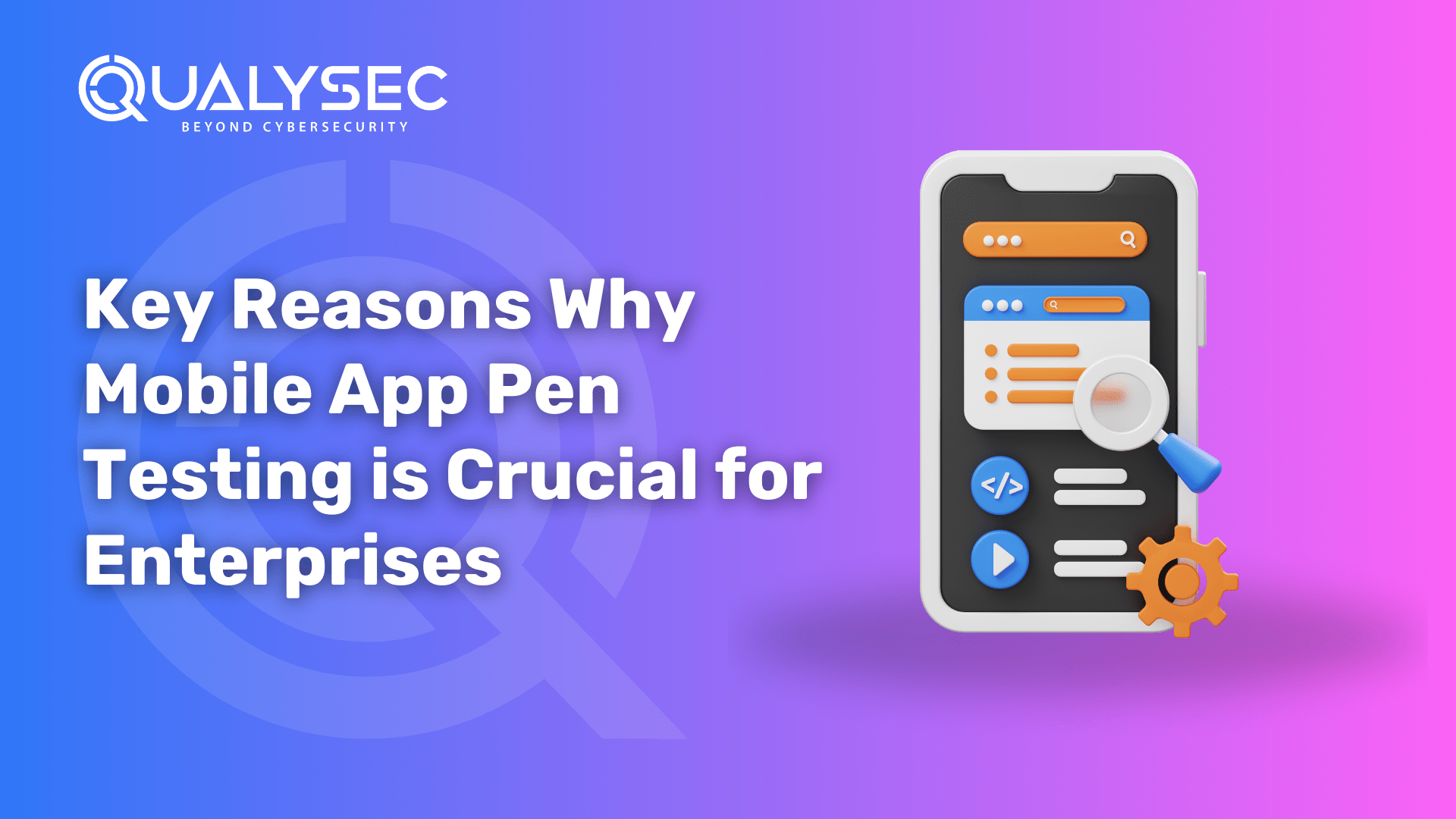
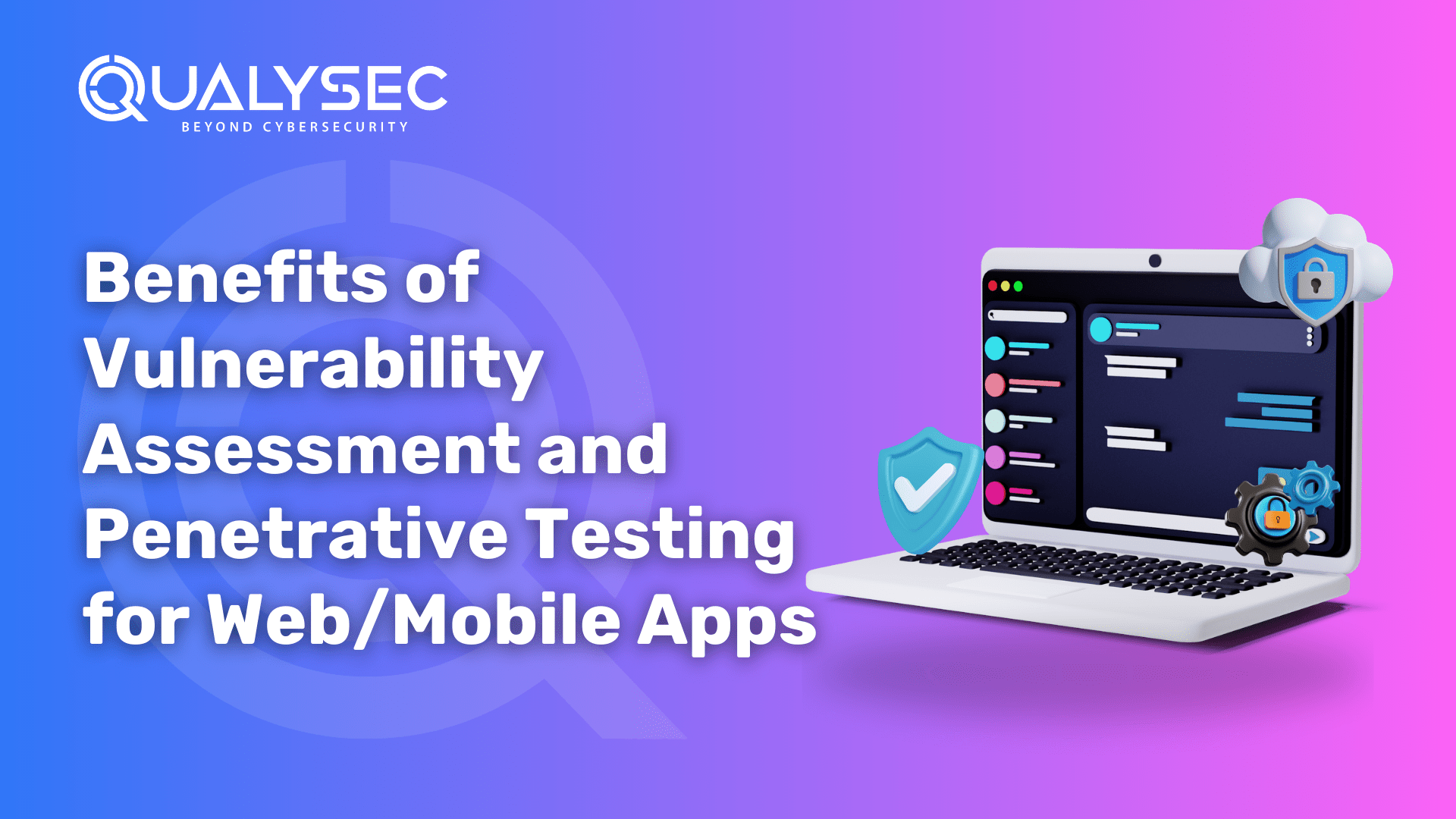
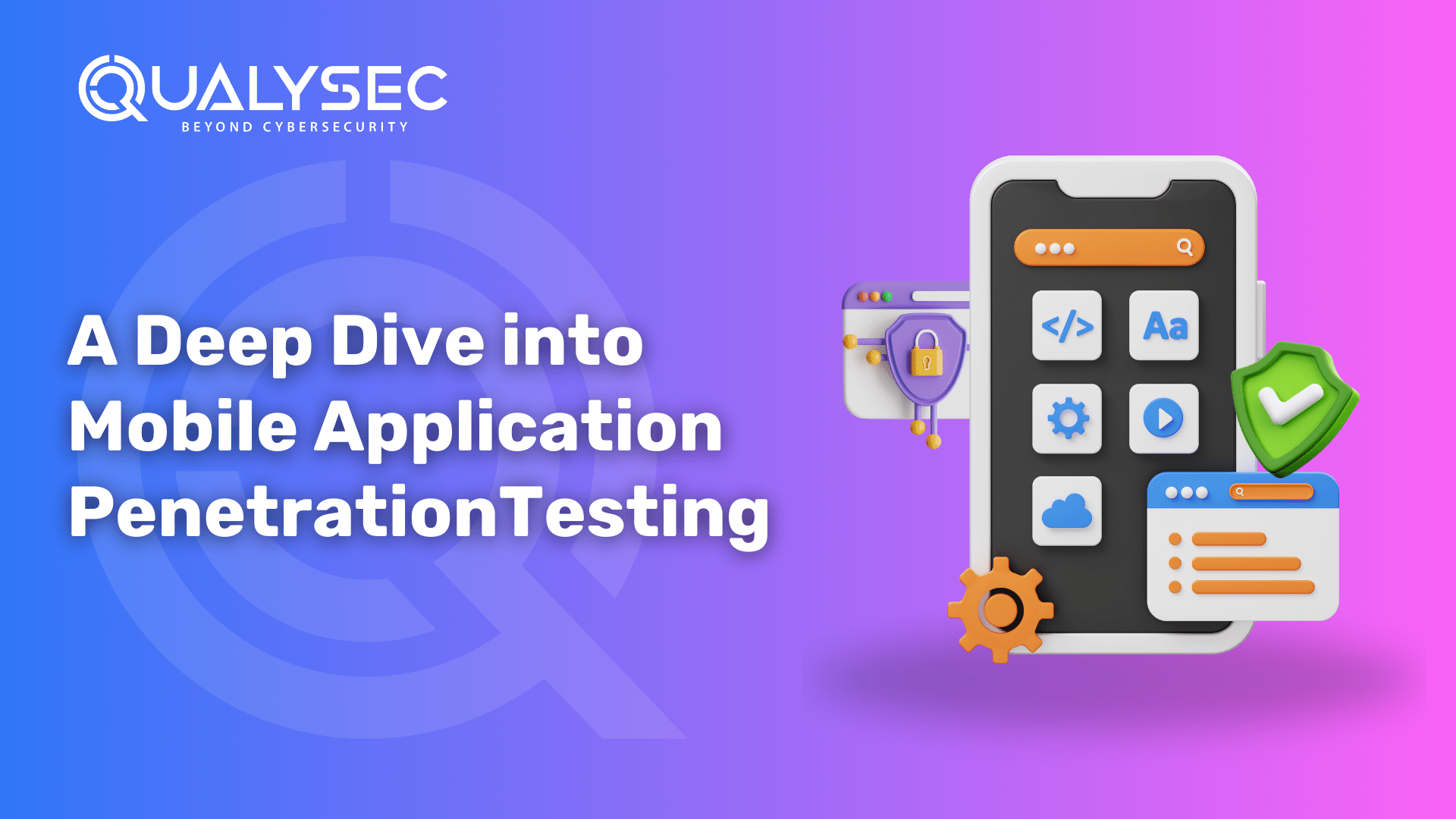

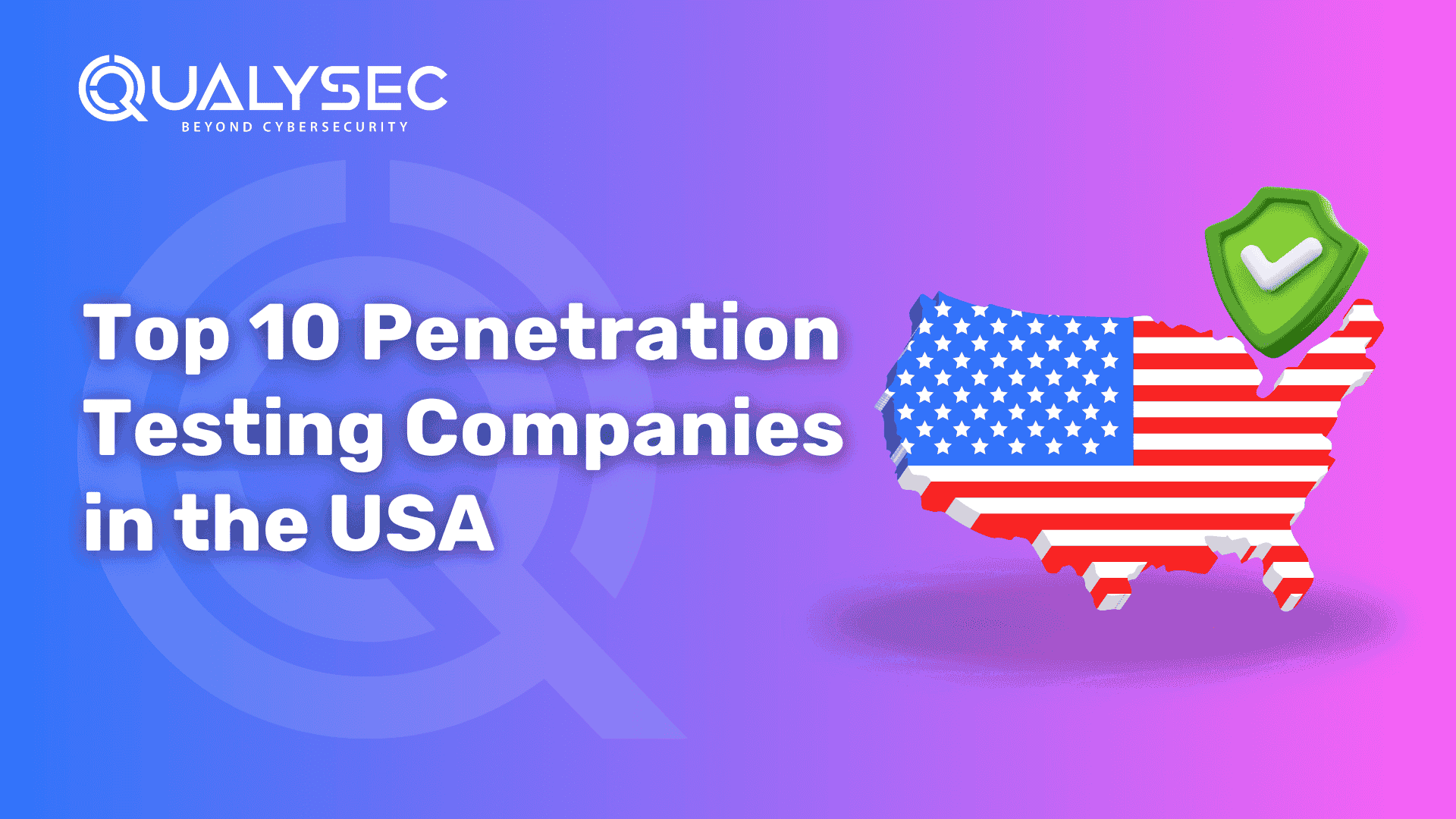
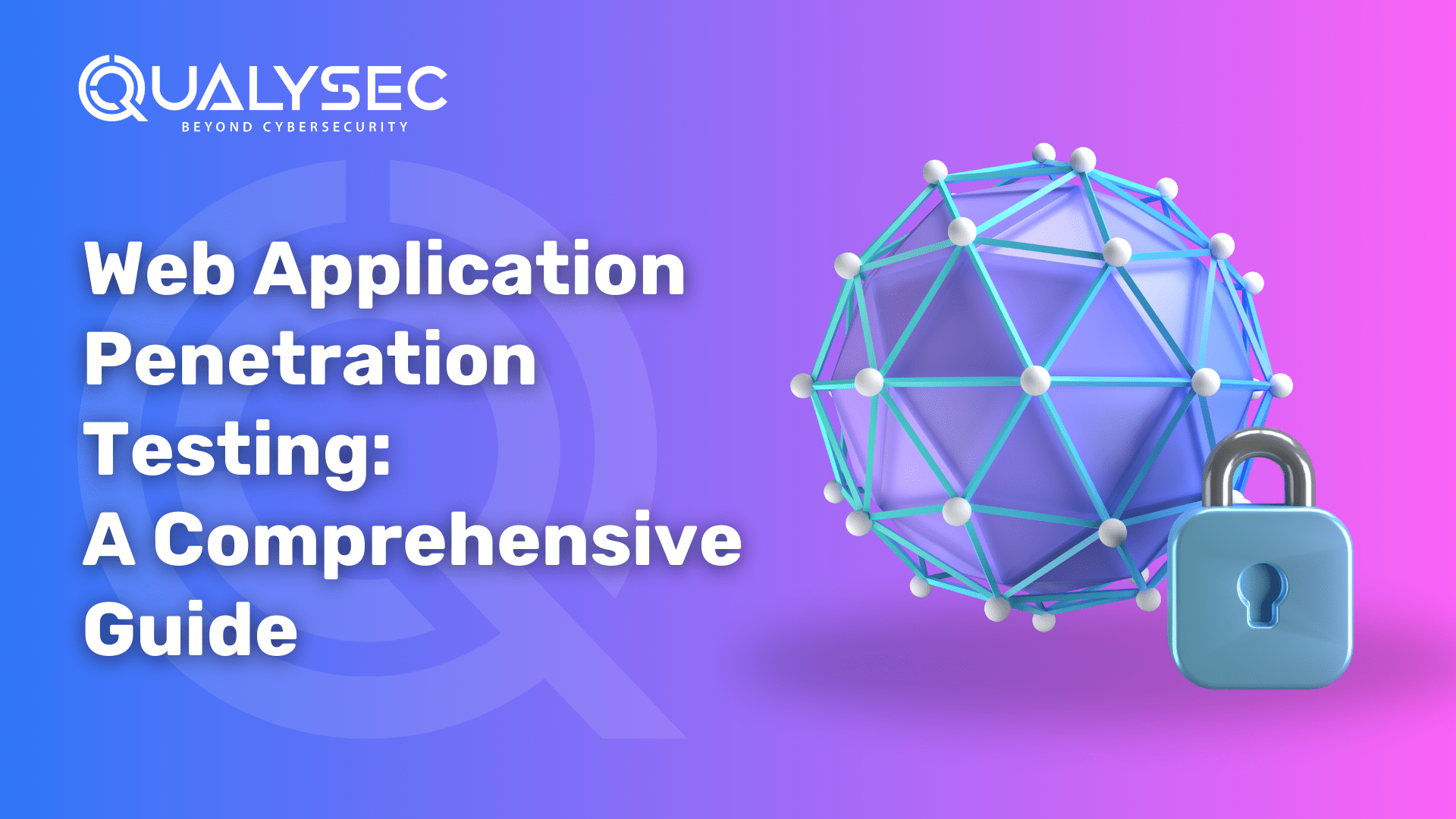
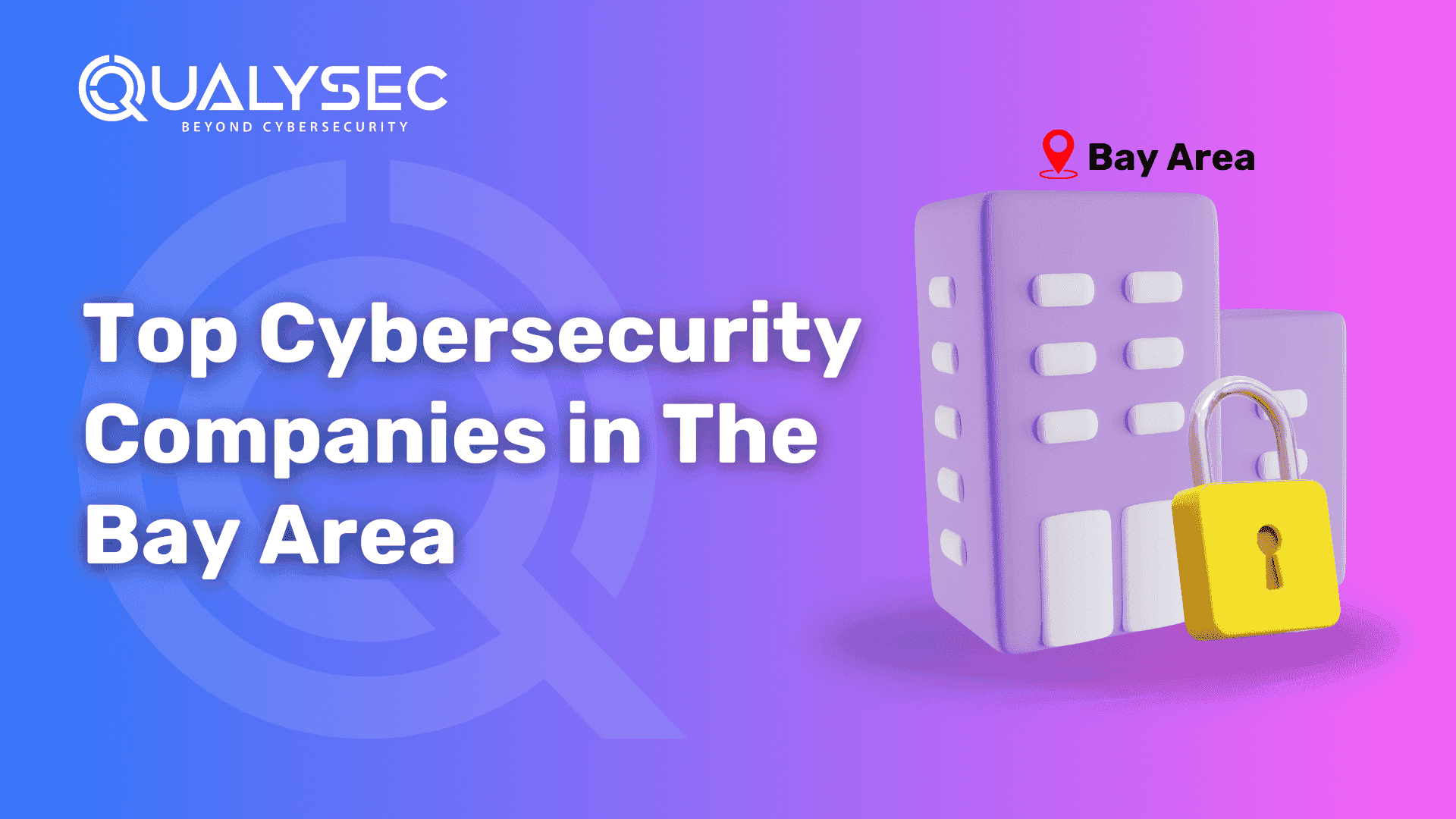
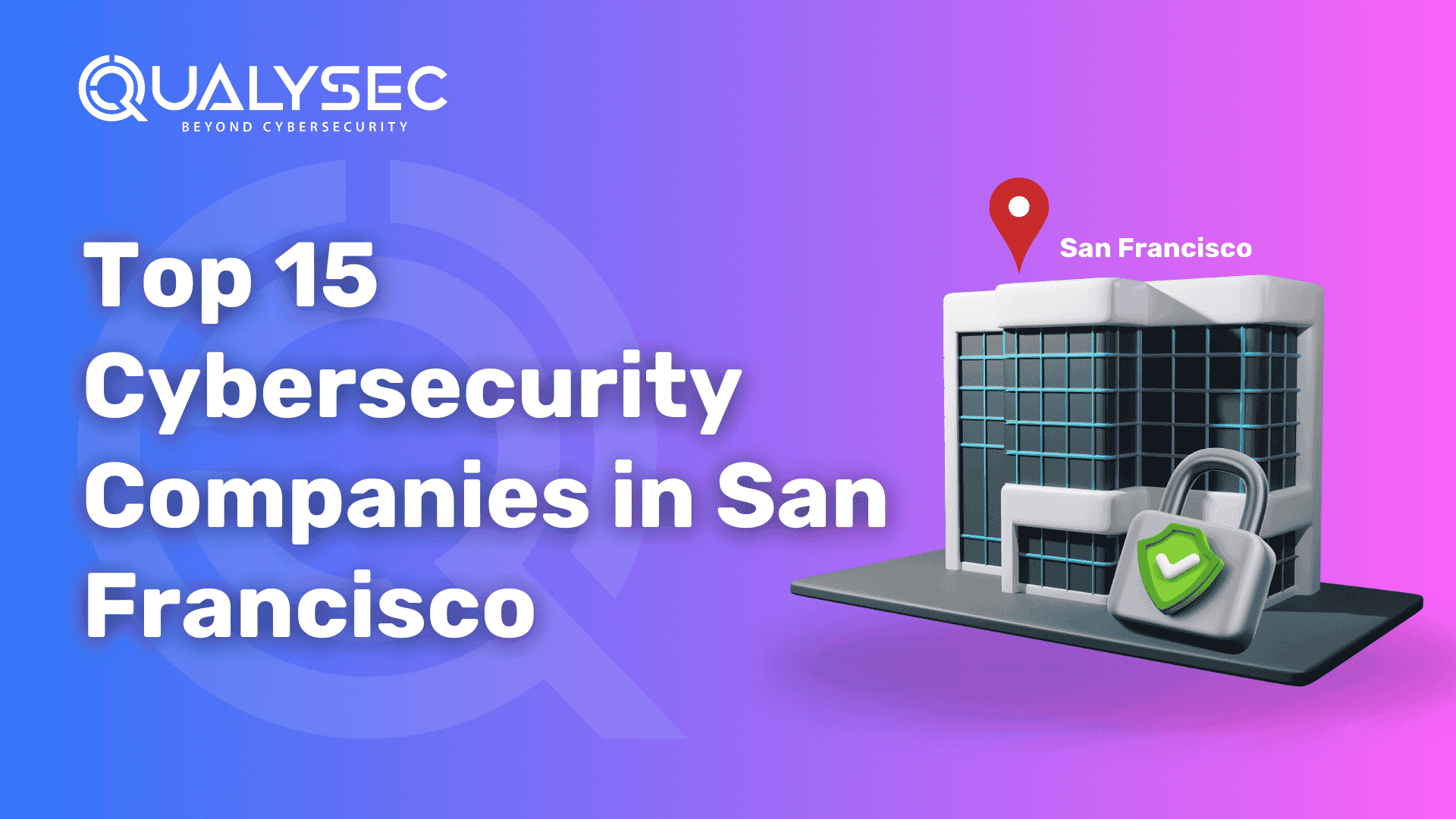
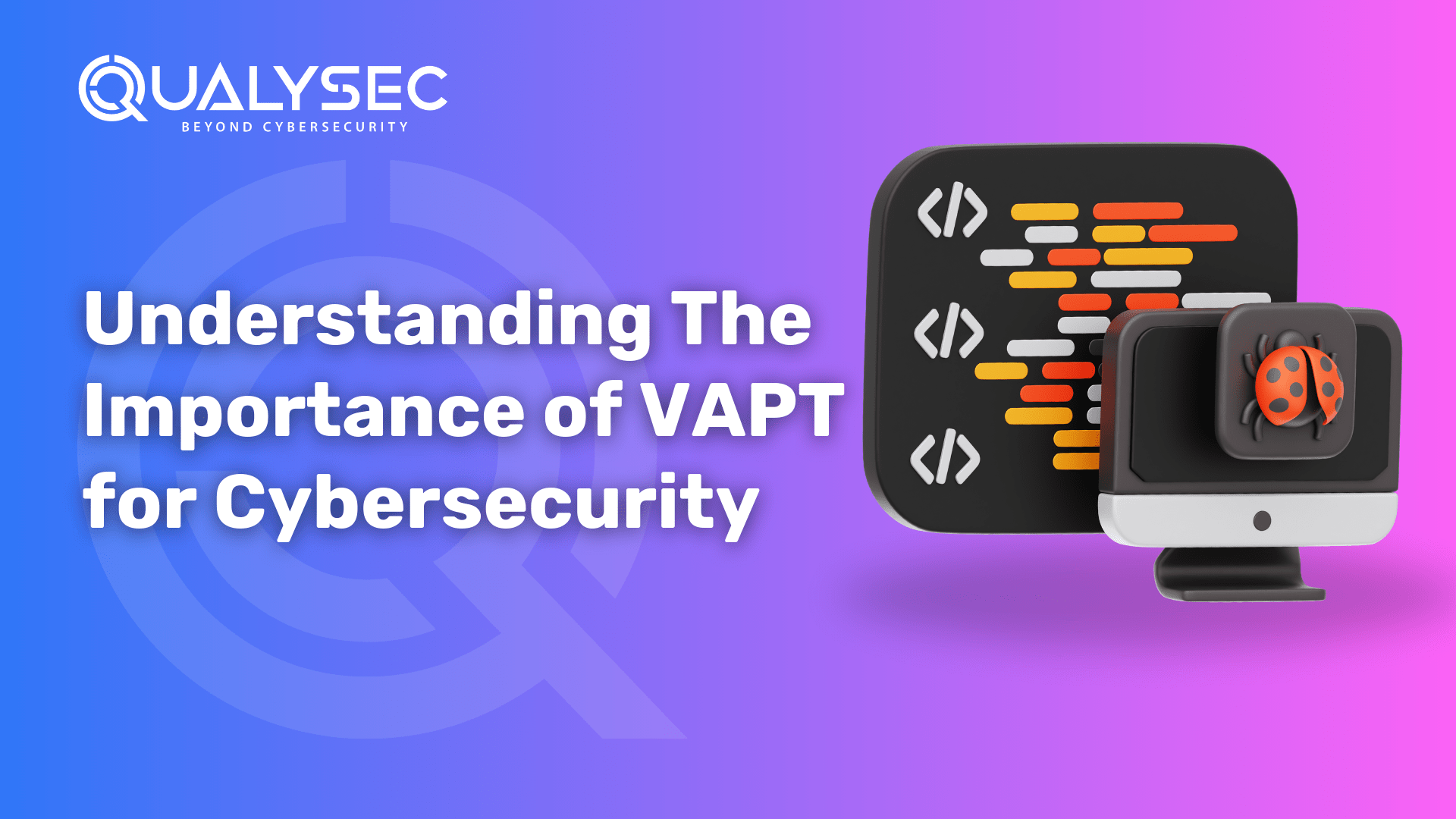
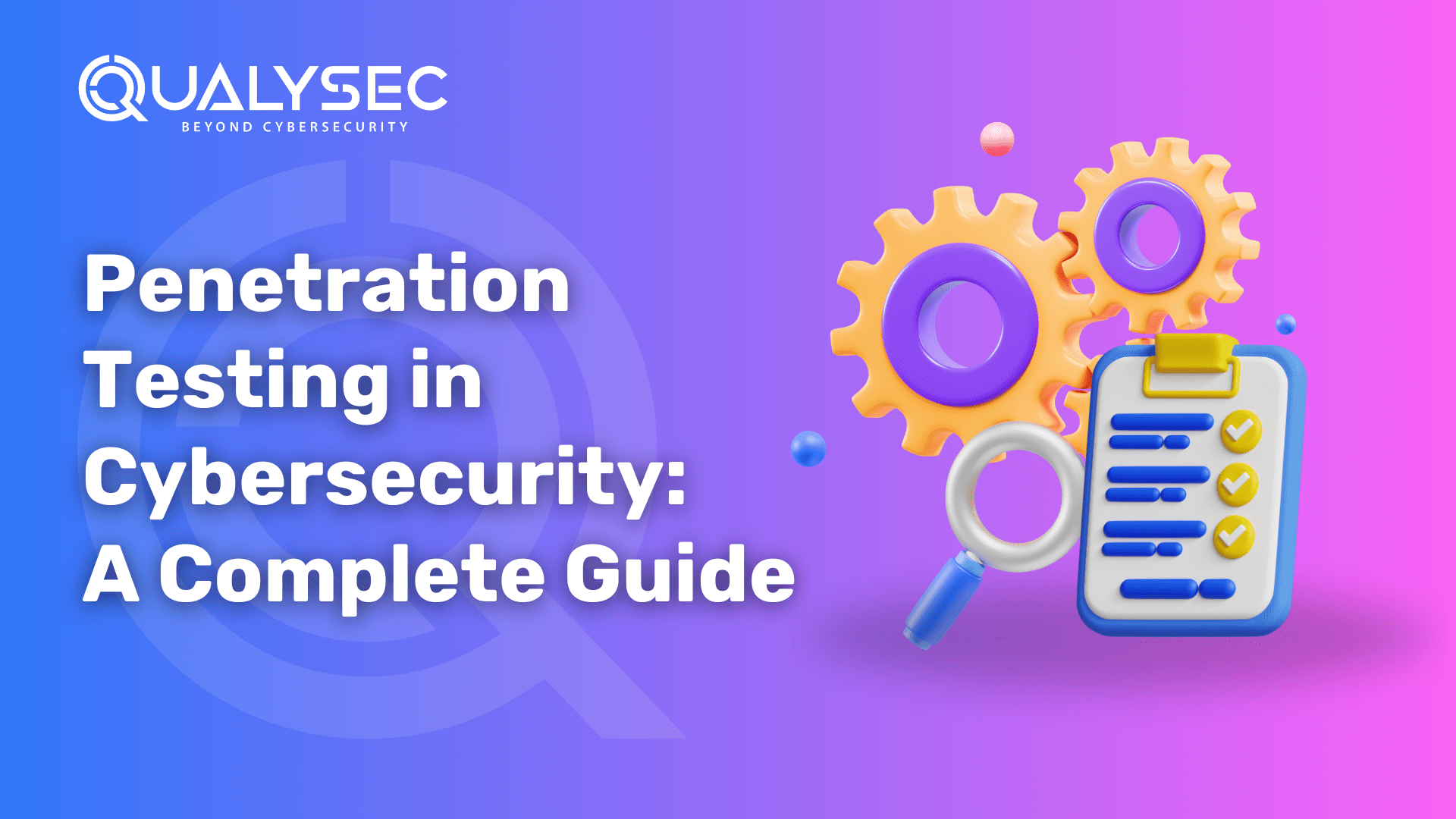


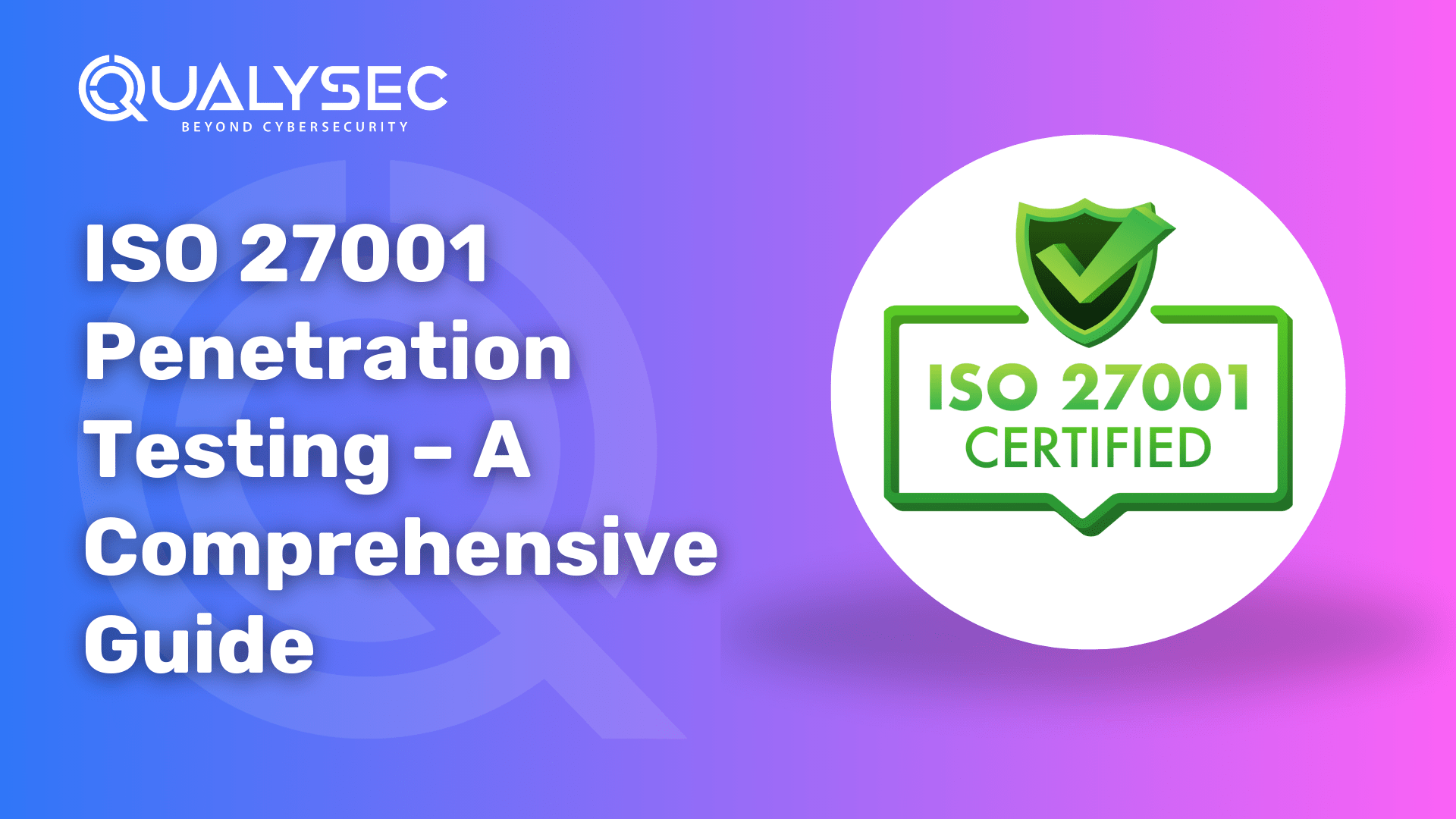
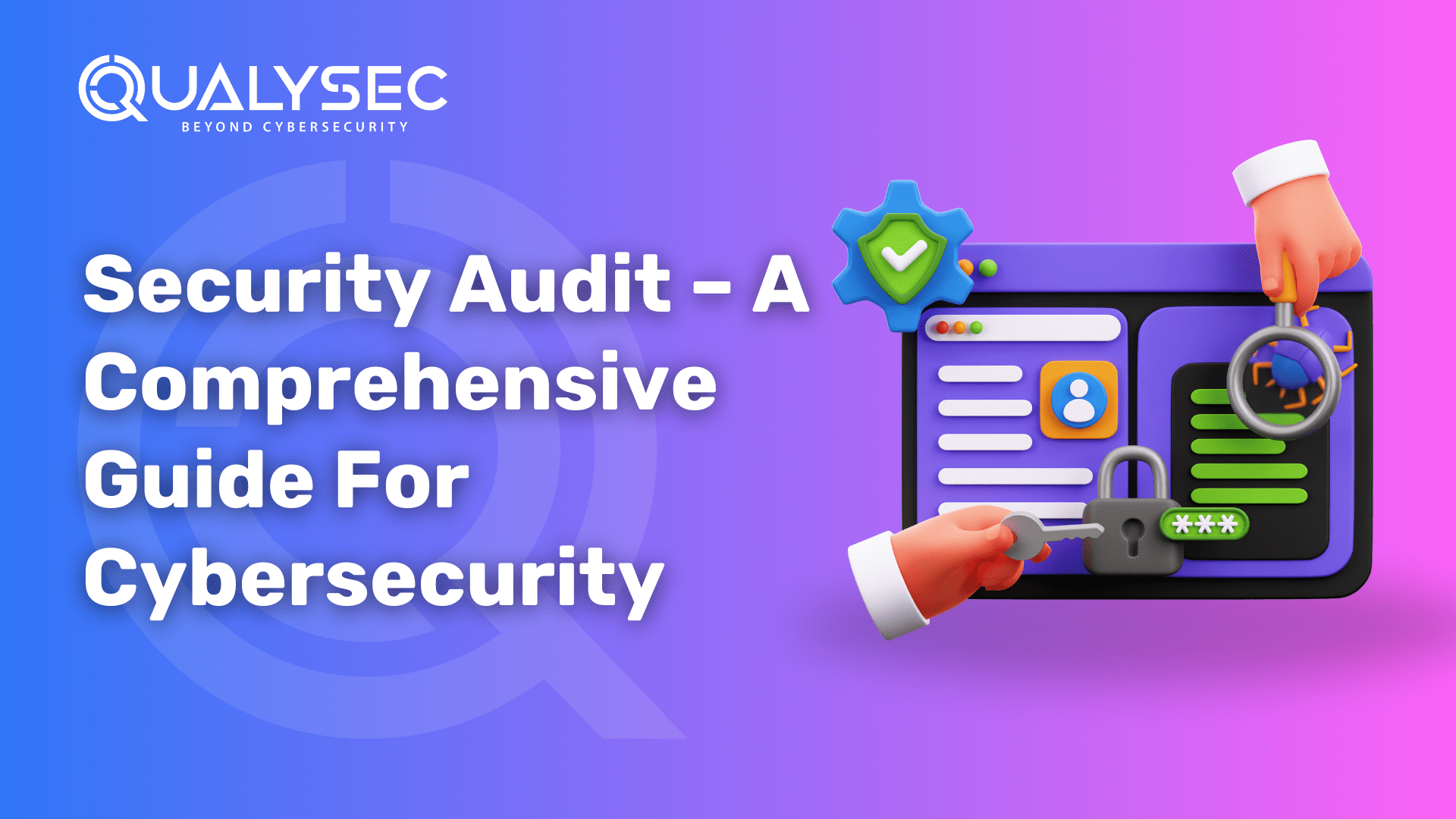
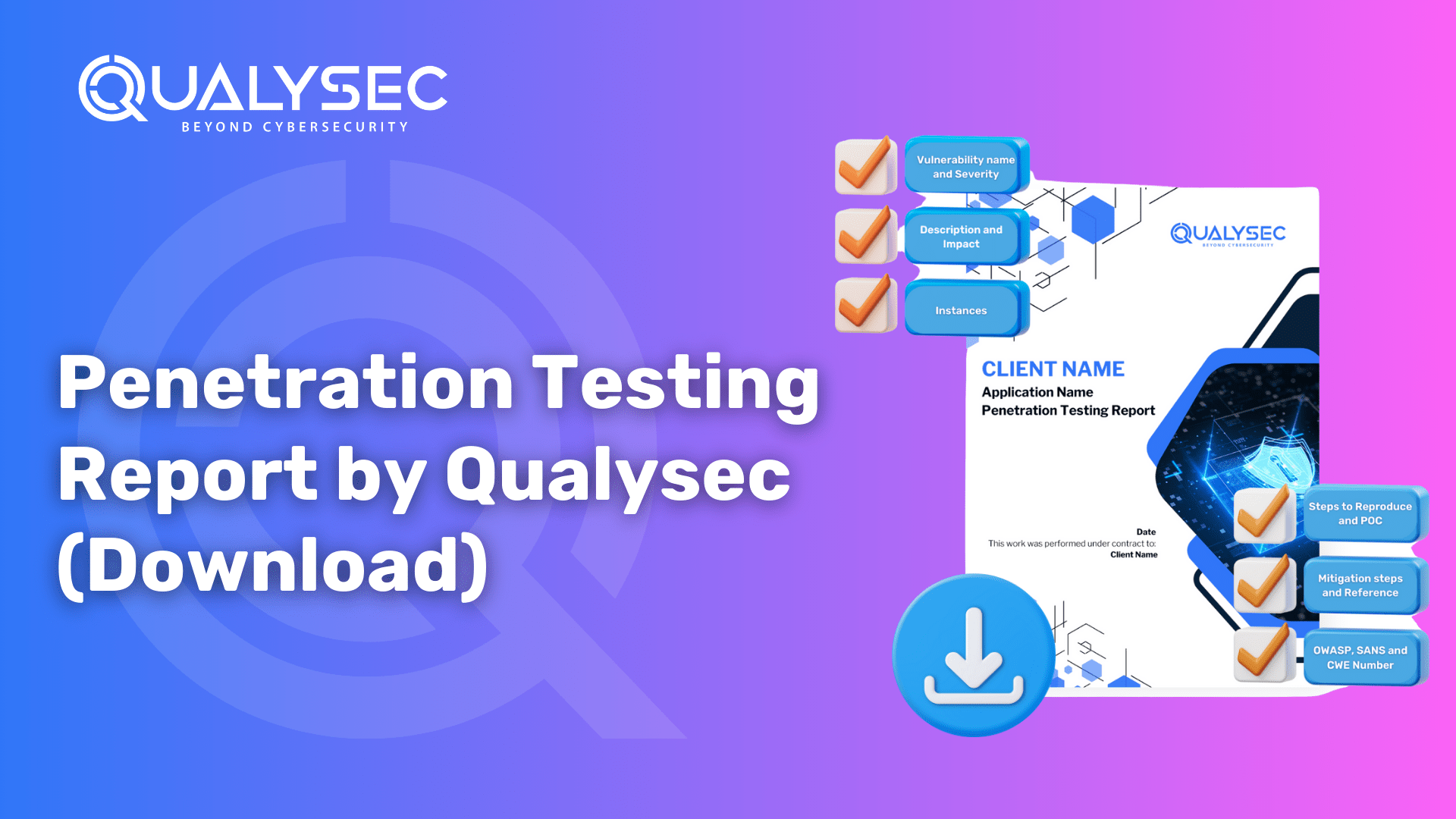
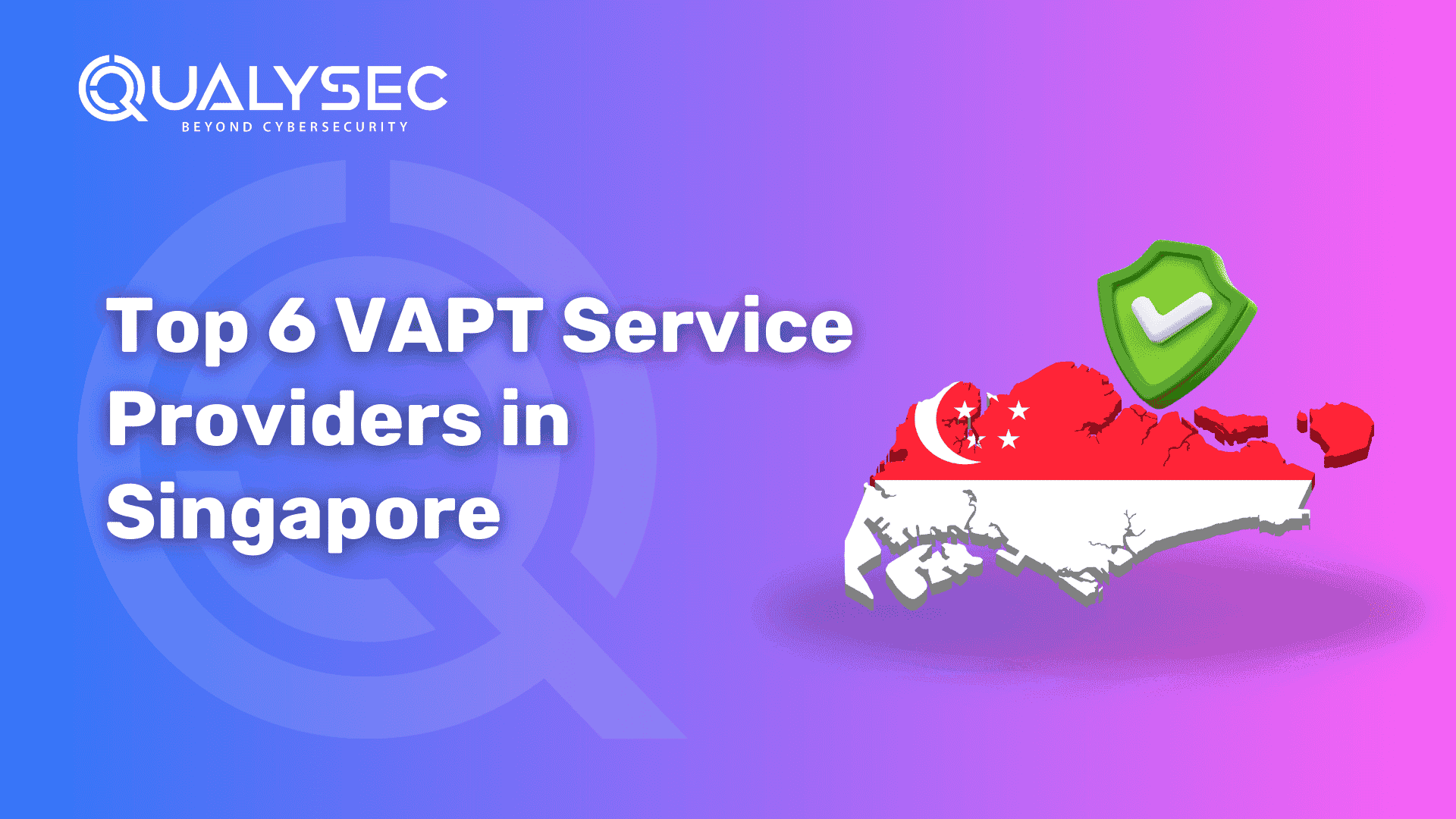
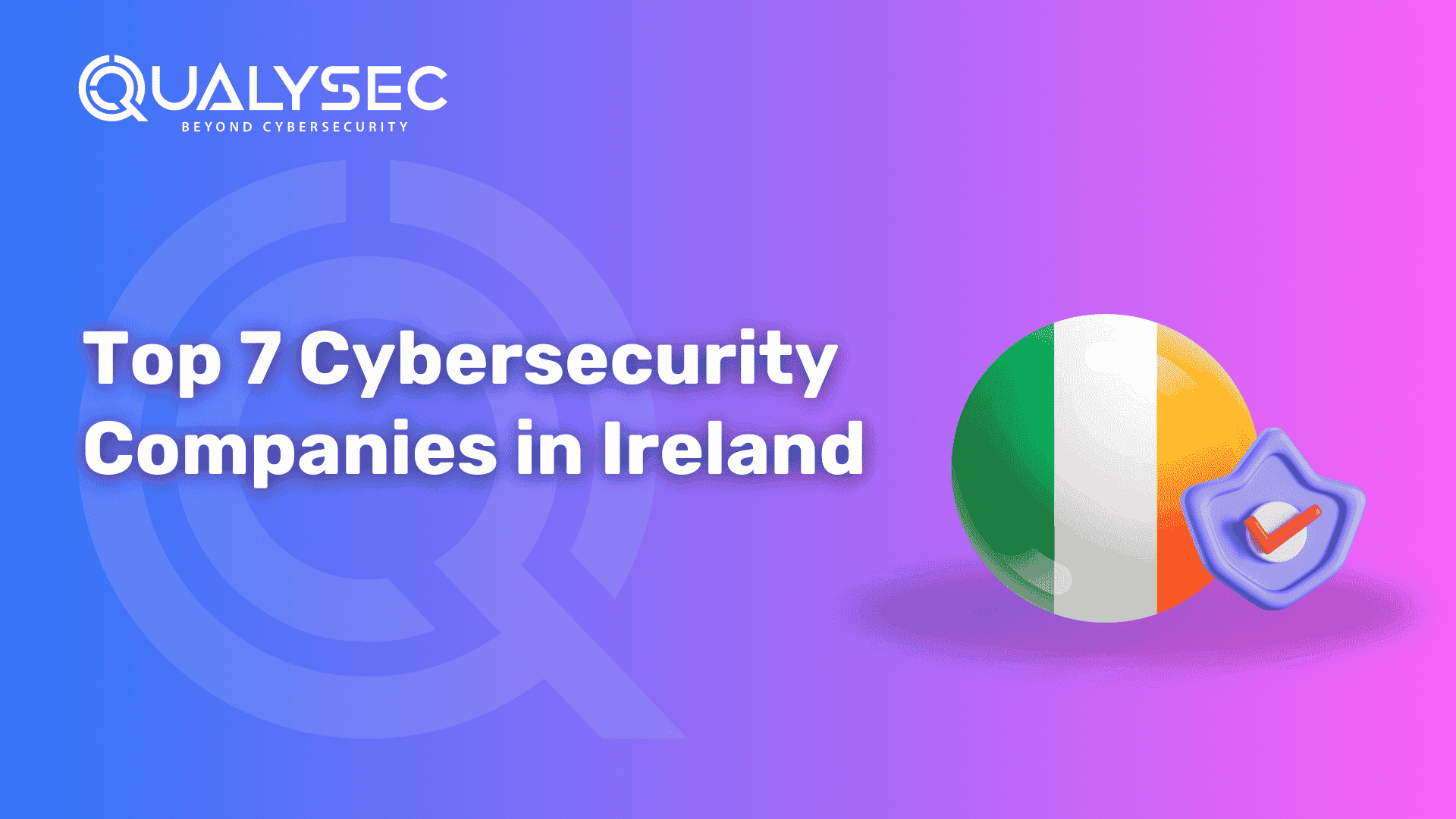
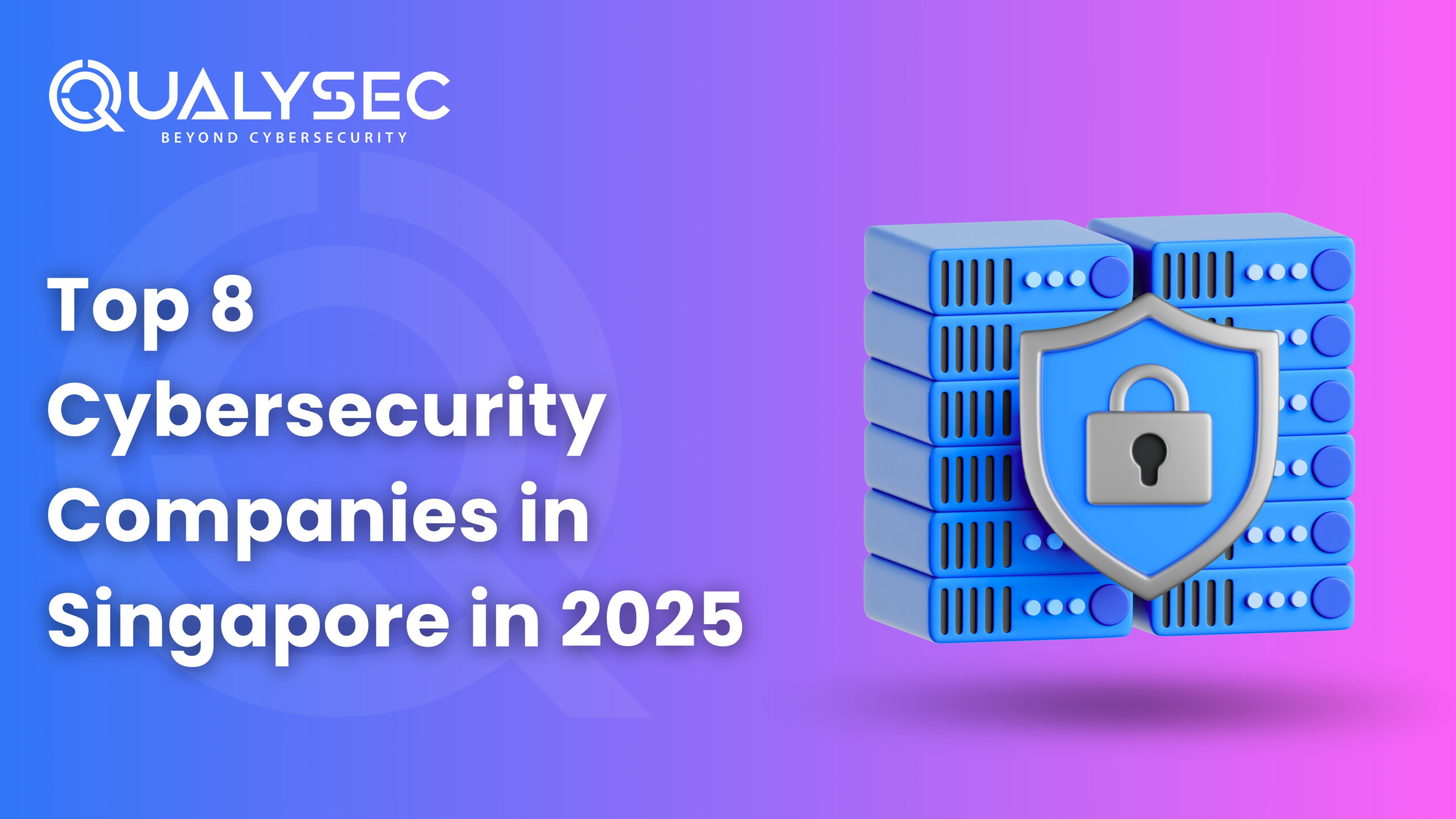
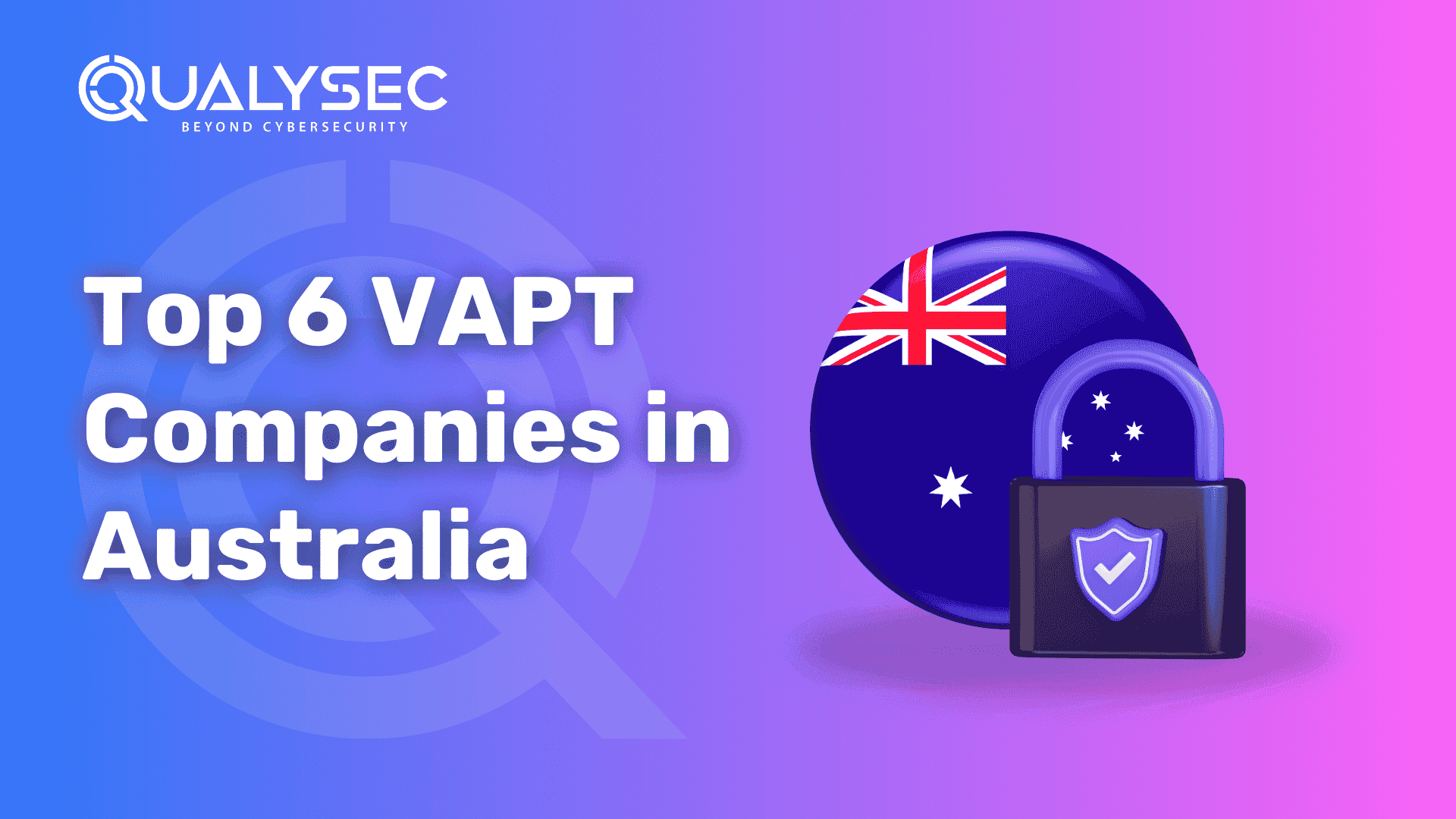
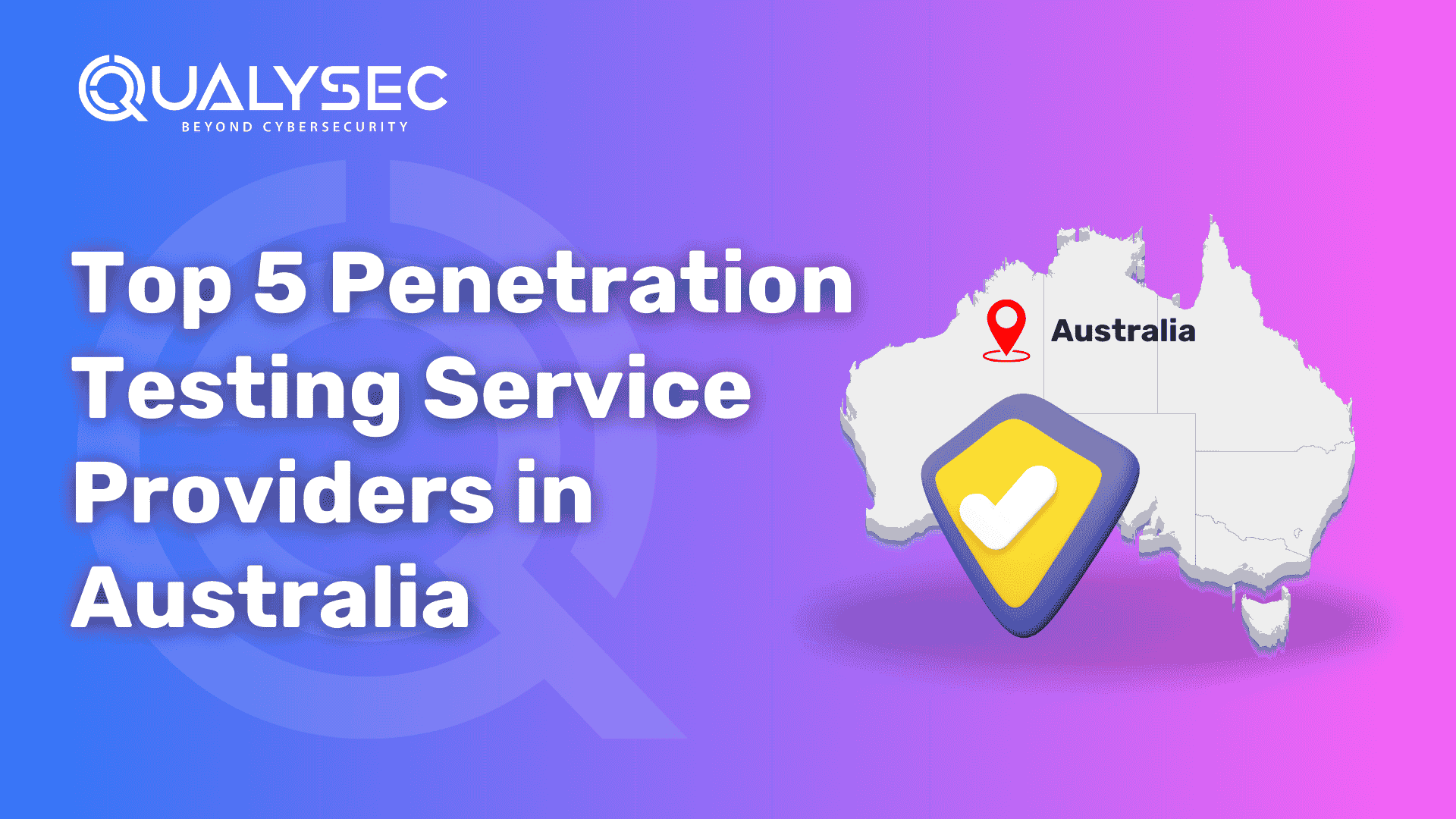
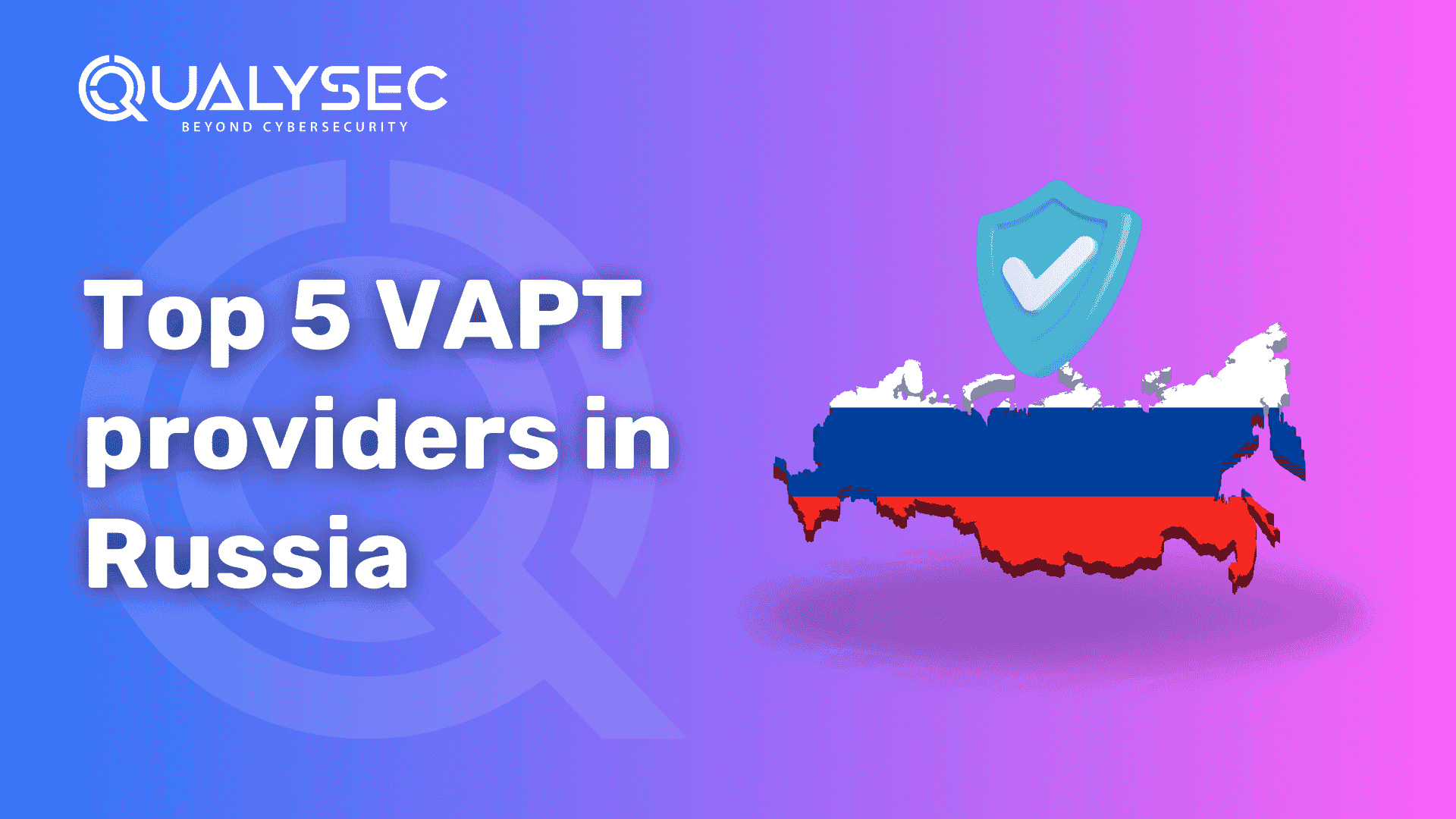
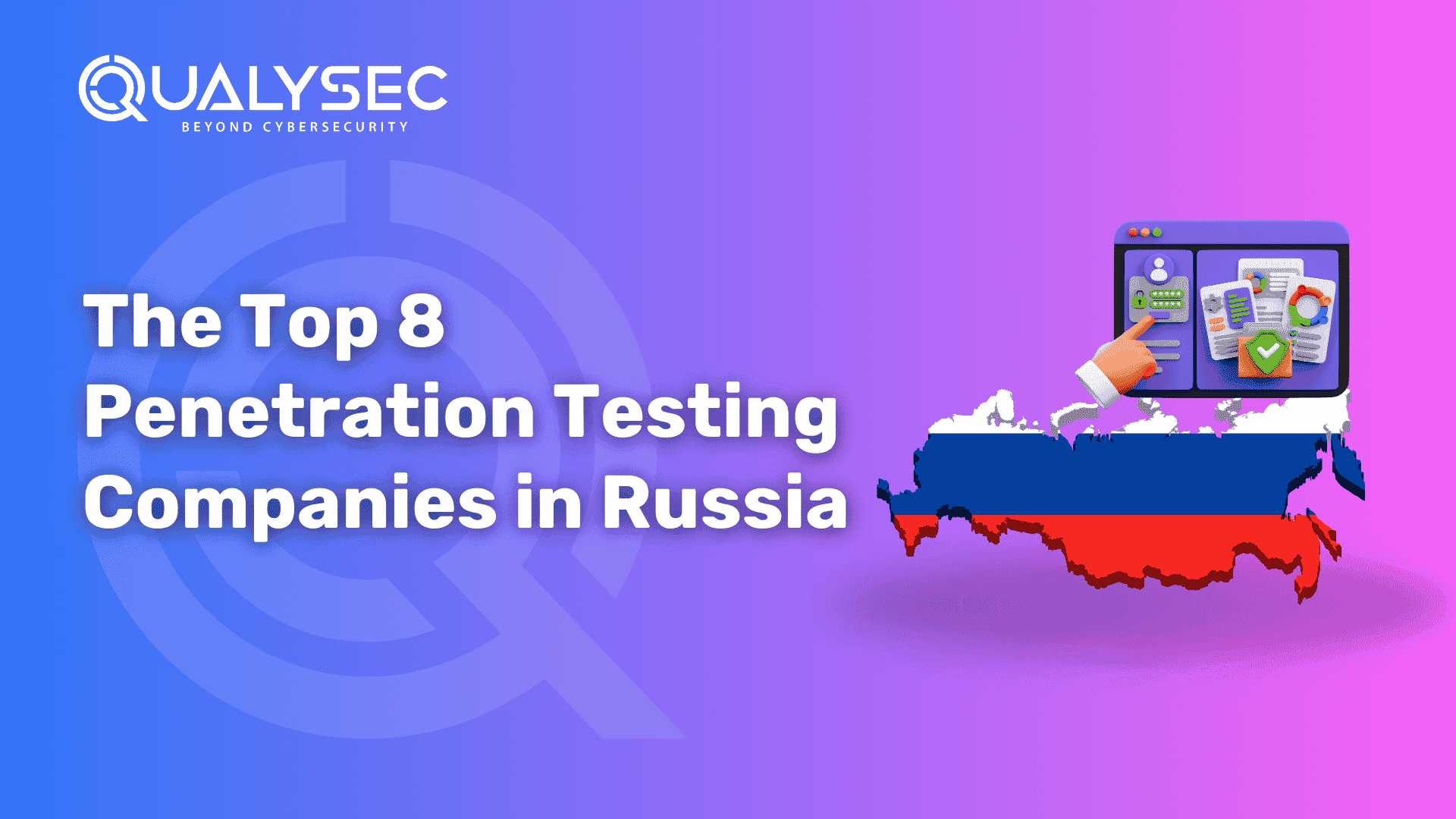
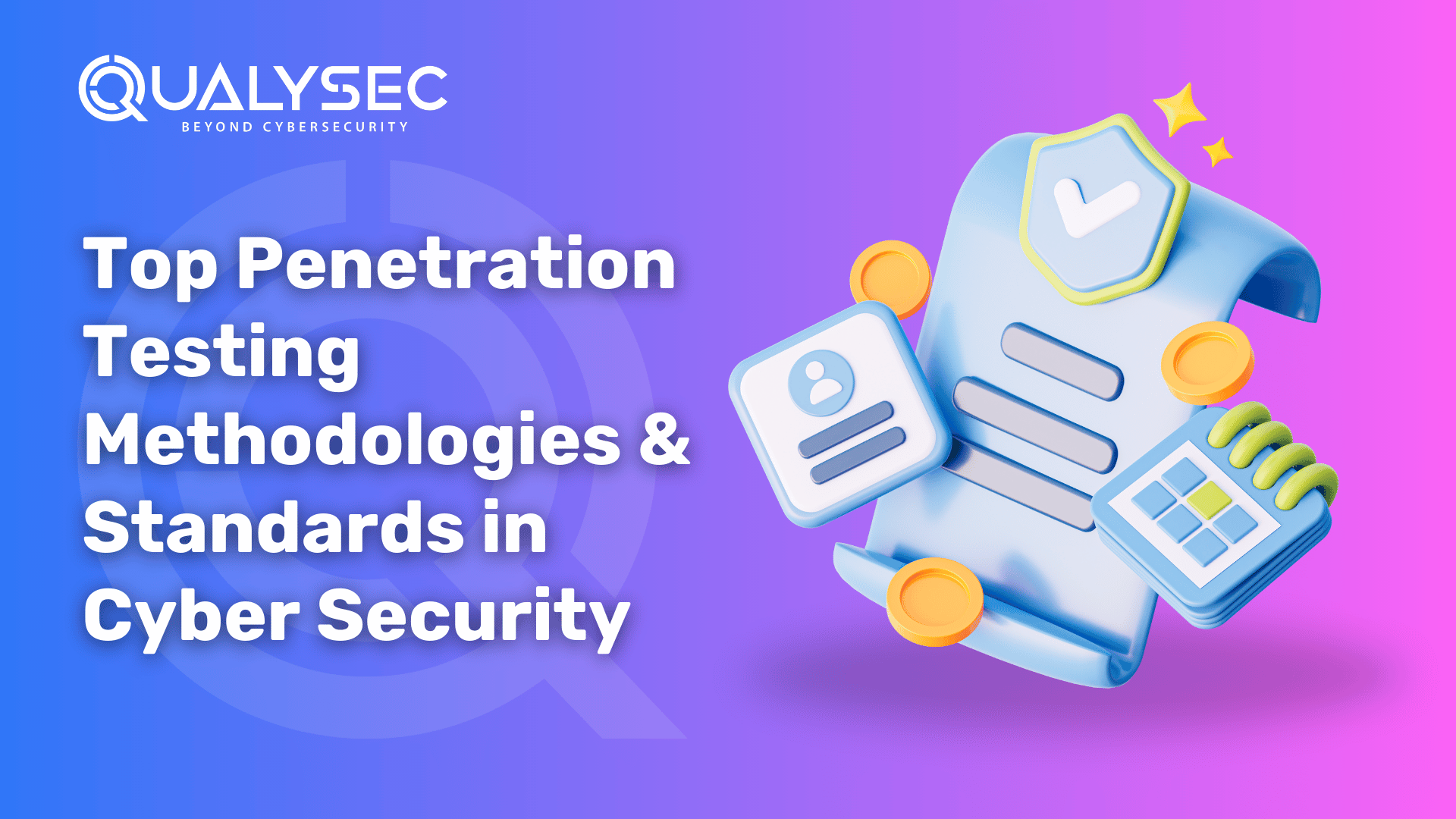
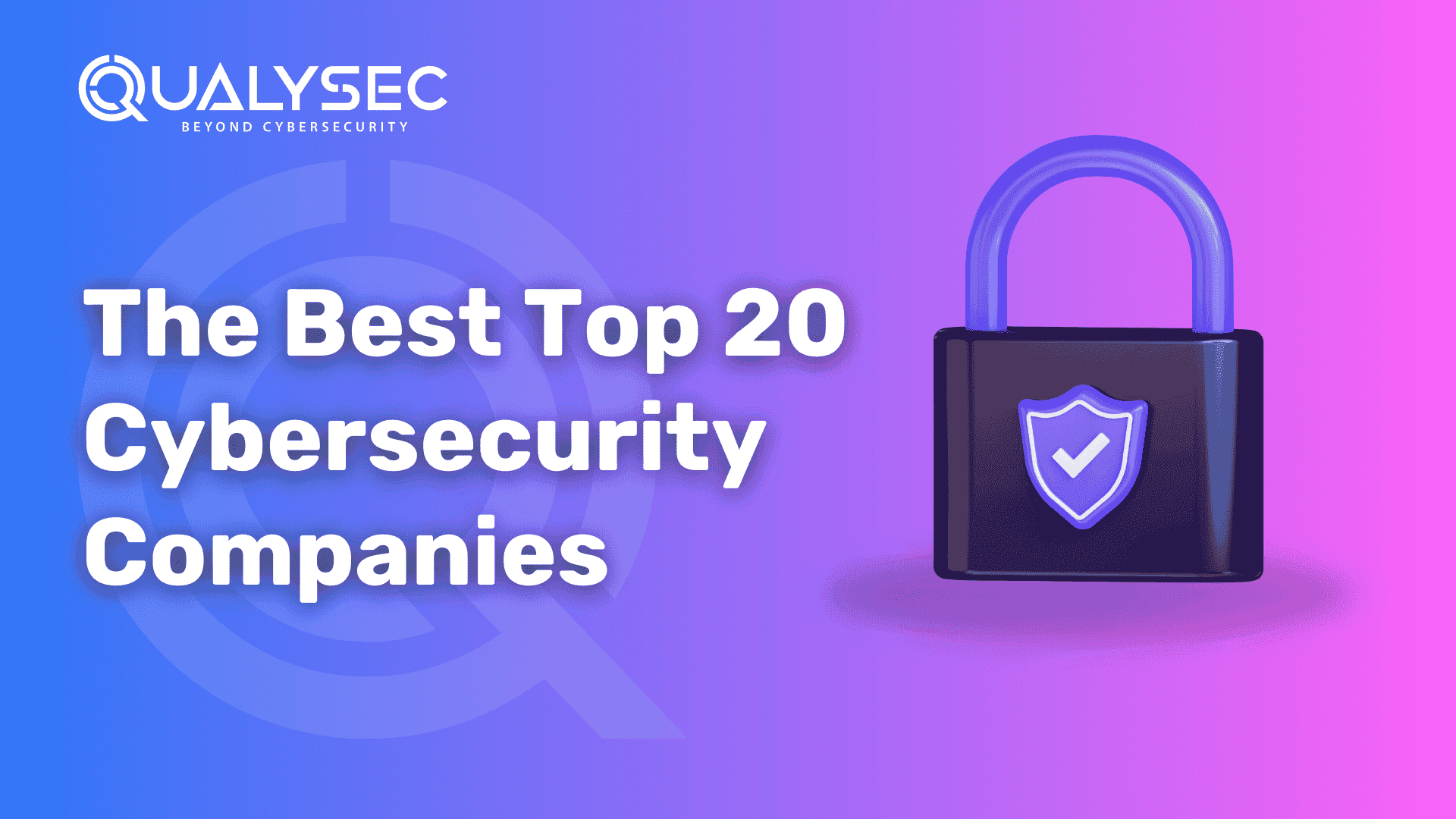
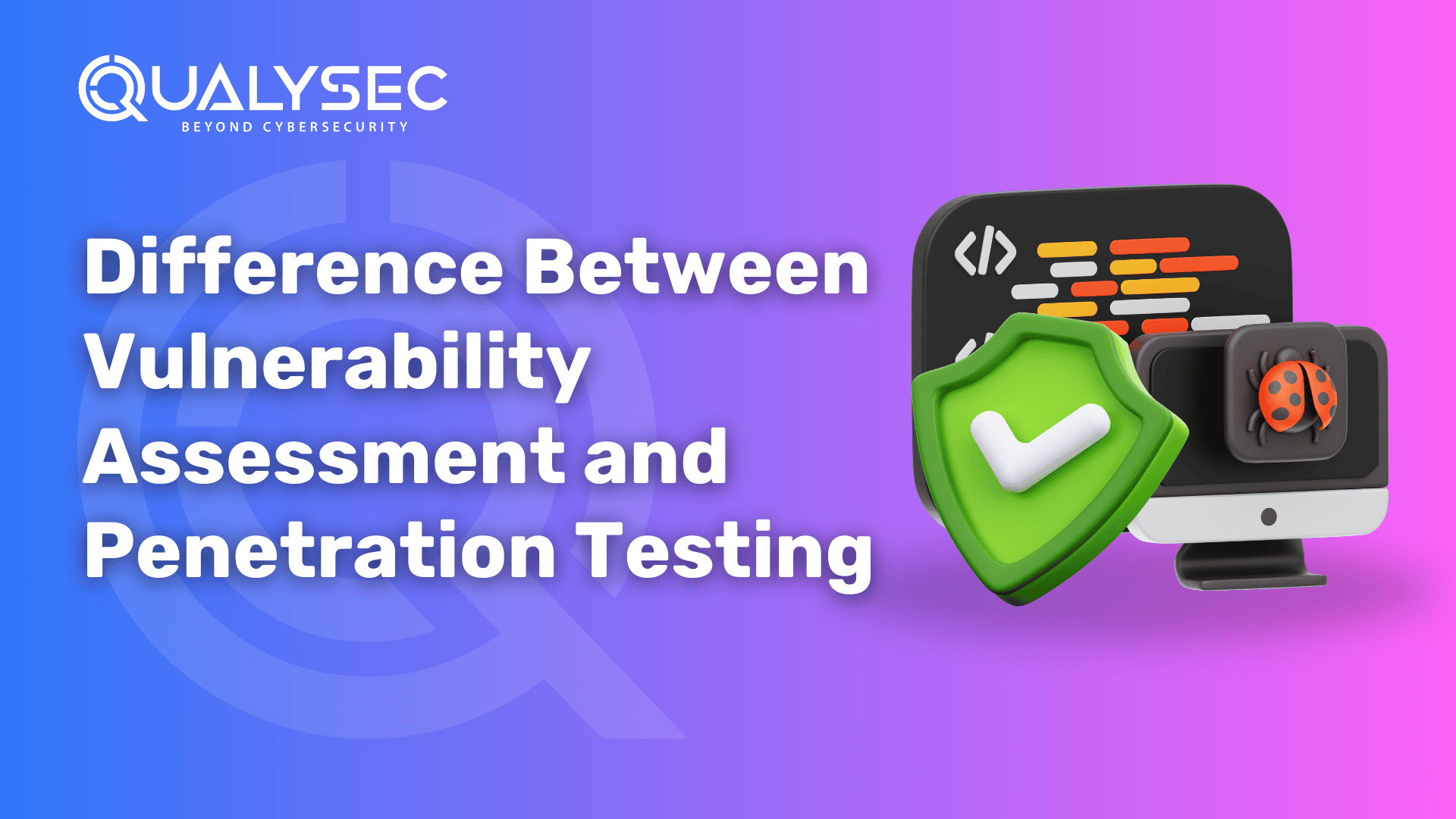
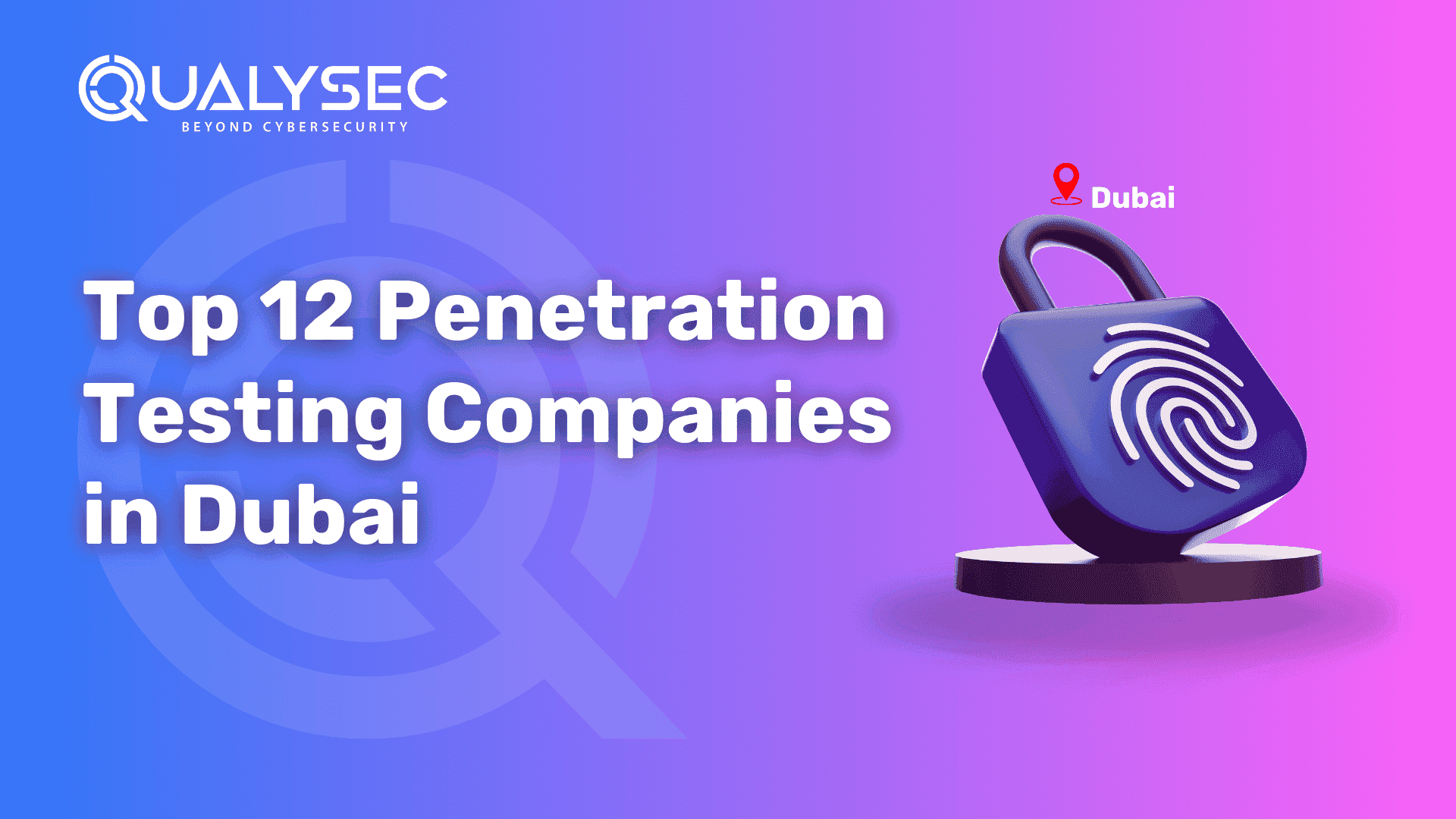
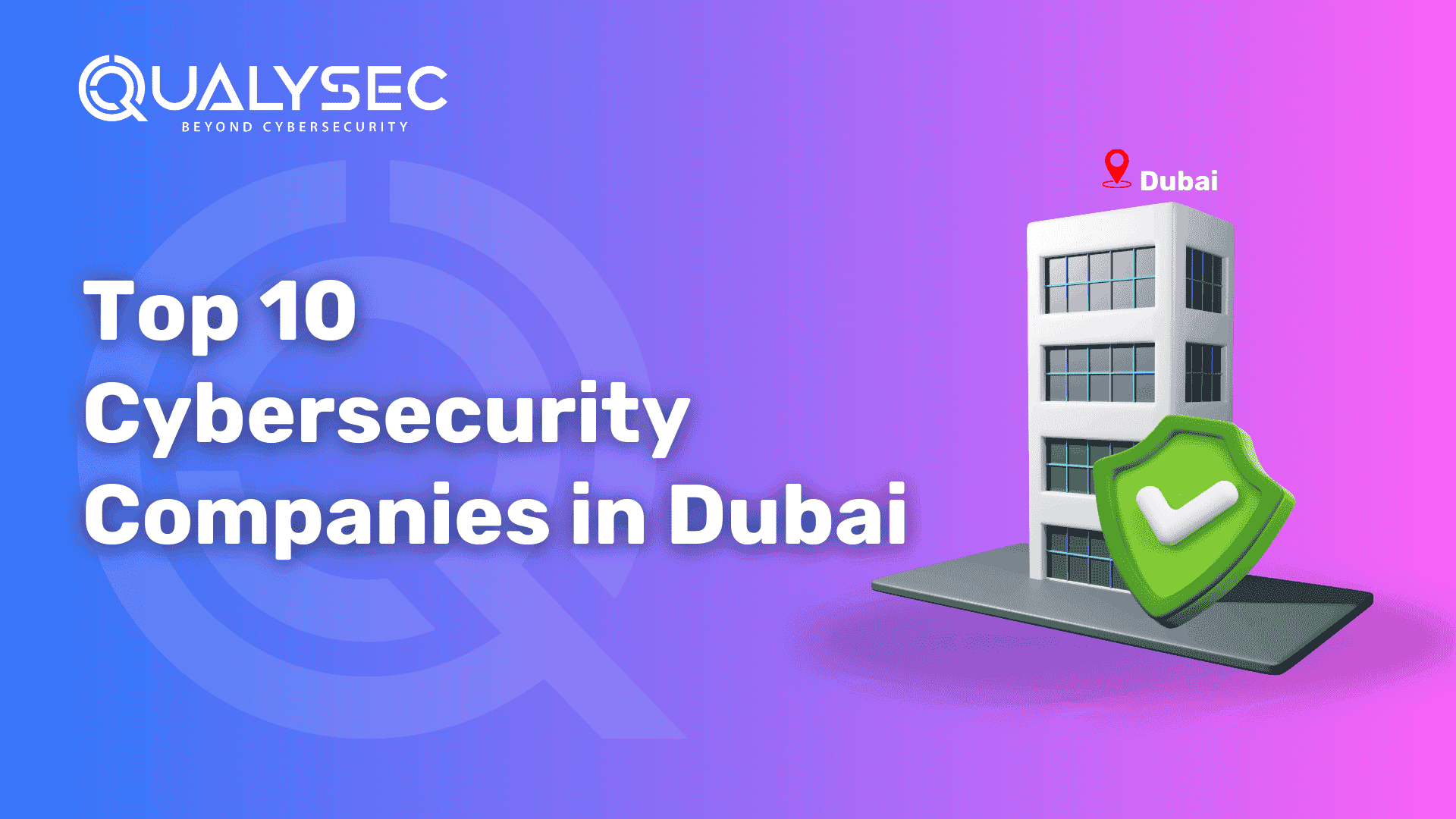
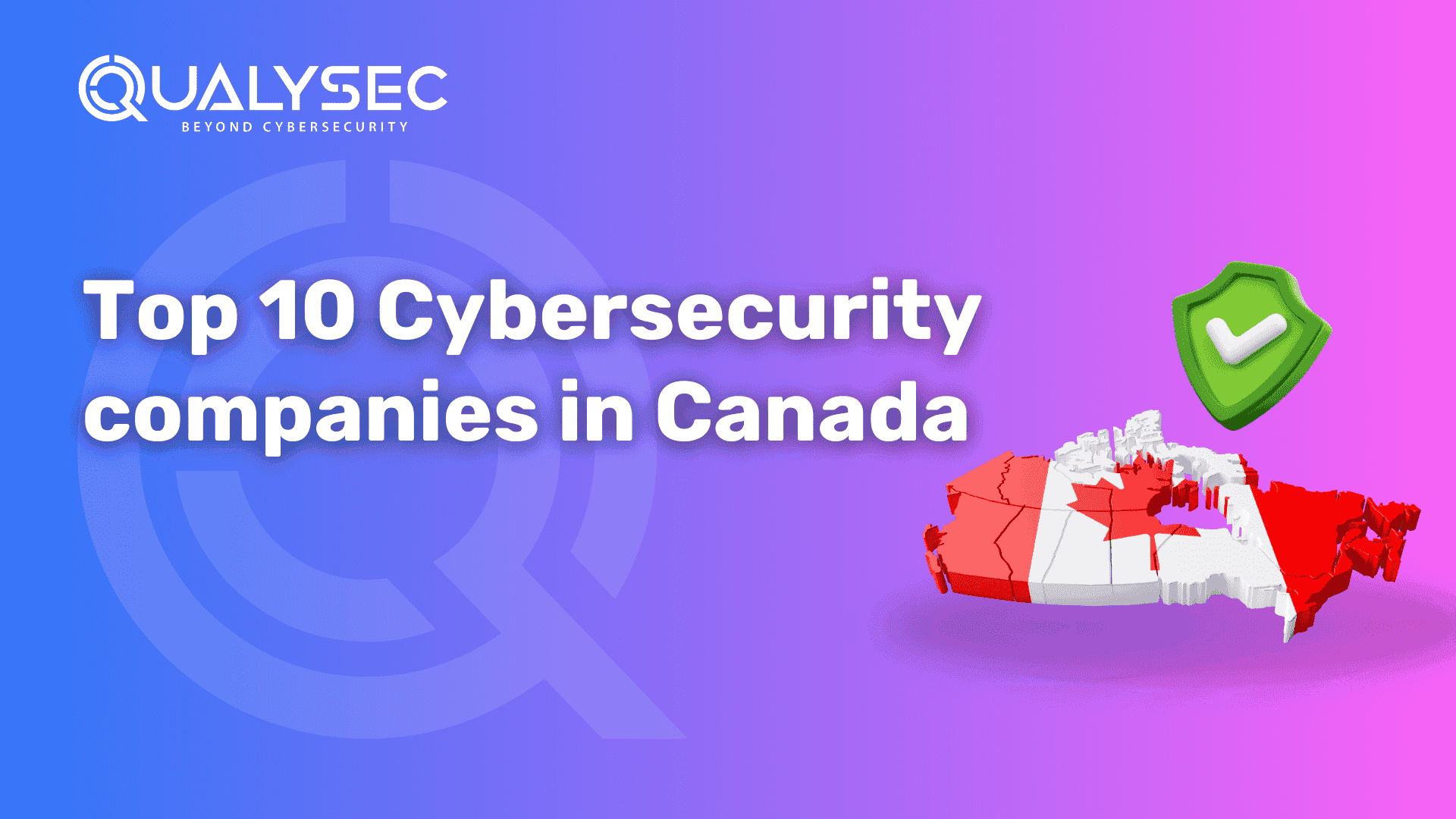




0 Comments